Uniden America UB361 Analog Mobile Trunking Scanning Receiver User Manual UnidenScannersUsersGuides UnidenMan4 TWiki
Uniden America Corporation Analog Mobile Trunking Scanning Receiver UnidenScannersUsersGuides UnidenMan4 TWiki
User Manual
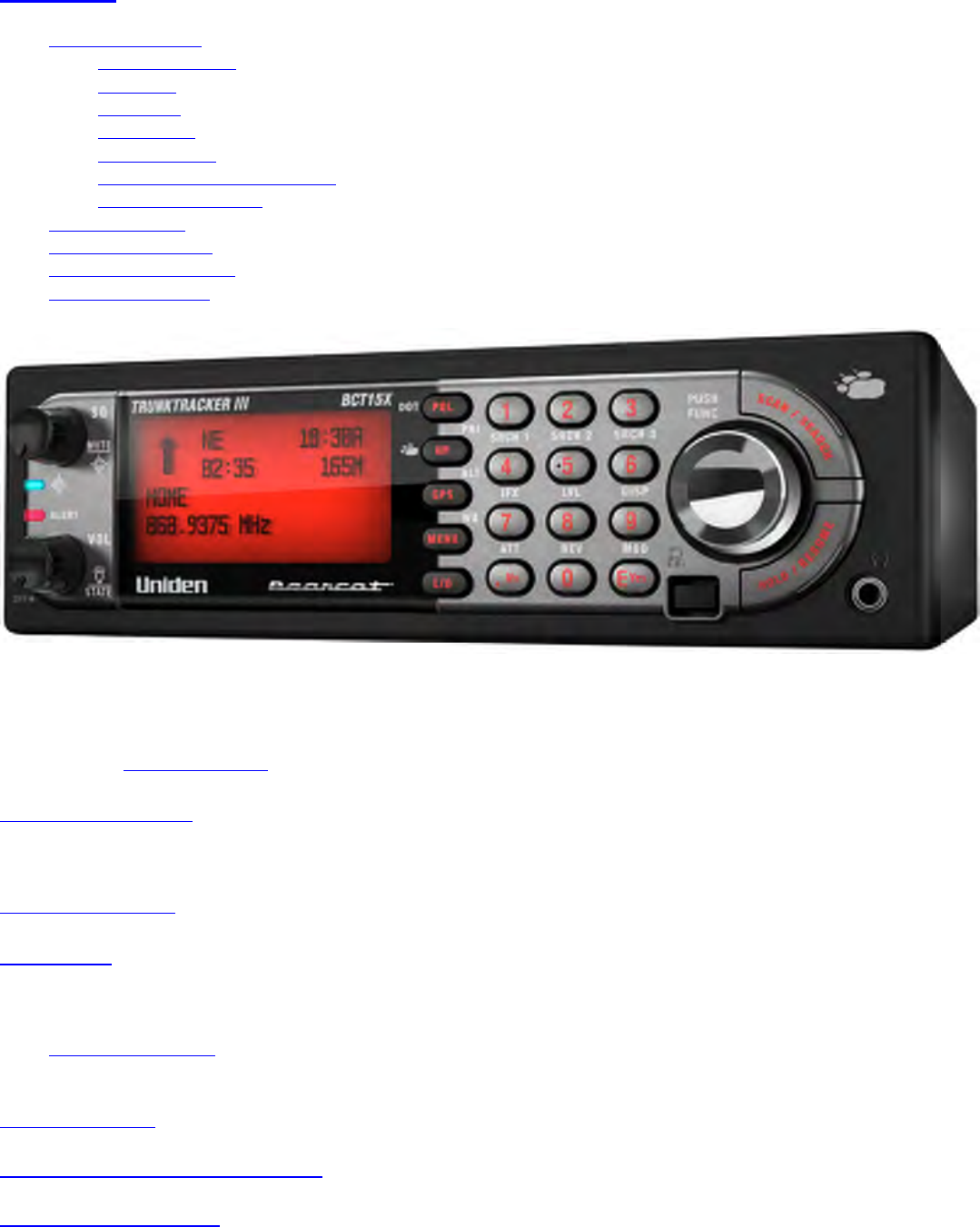
BCT15X < UnidenMan4 < TWiki
BCT15X
● Important information
❍ General Precautions
❍ Quick Start
❍ Feature List
❍ Specifications
❍ FCC Information
❍ Warranty and Support Information
❍ User Guide Information
● Operation overview
● Setting up the hardware
● Programming your scanner
● Operating your scanner
Important information
For general information about using a scanner, including how to program the various types of radio systems into your scanner, we suggest
you start with the General Users Guide page.
General Precautions
Quick Start
Using Preloaded Systems
Feature List
Specifications
● Hardware specifications
● "BCT15X -- The Complete Guide" is coming soon.
FCC Information
Warranty and Support Information
User Guide Information
file:///C|/Documents%20and%20Settings/POpitz/My%20Documents/temp/CDImage_090515/Manual/BCT15X.html (1 of 2)5/26/2009 11:11:46 AM
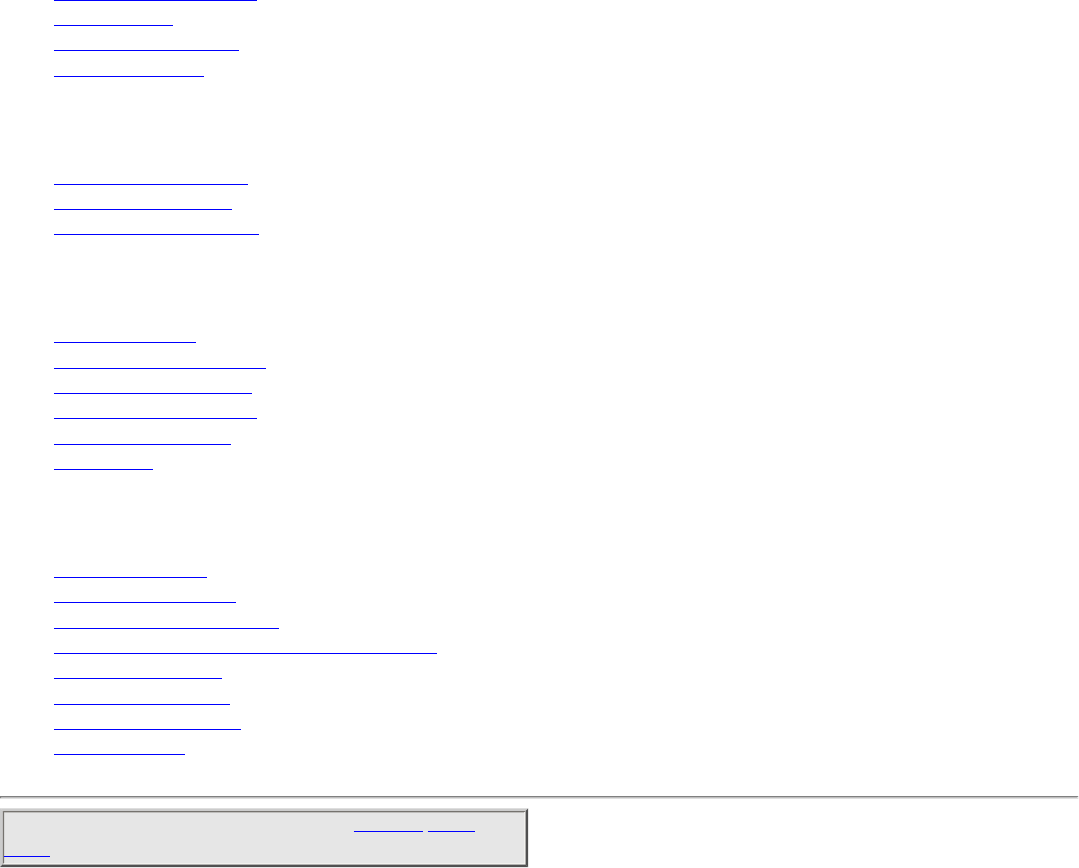
BCT15X < UnidenMan4 < TWiki
Operation overview
● Available operation modes
● Menu reference
● Keys and their functions
● Reading the display
Setting up the hardware
● Included with the scanner
● Connecting the antenna
● Connecting a GPS receiver
Programming your scanner
● Setting up systems
● Programming Number Tags
● Programming Quick Keys
● Programming Search Keys
● Programming locations
● Setting alerts
Operating your scanner
● Using Number Tags
● State-by-State Scanning
● BearTracker Warning System
● Using Quick Keys, Startup Keys, and Search Keys
● Using Tone Out mode
● Using Close Call mode
● Using Band Scope mode
● Using GPS mode
This page applies to the following scanner(s): BCT15X Users
Guide
file:///C|/Documents%20and%20Settings/POpitz/My%20Documents/temp/CDImage_090515/Manual/BCT15X.html (2 of 2)5/26/2009 11:11:46 AM
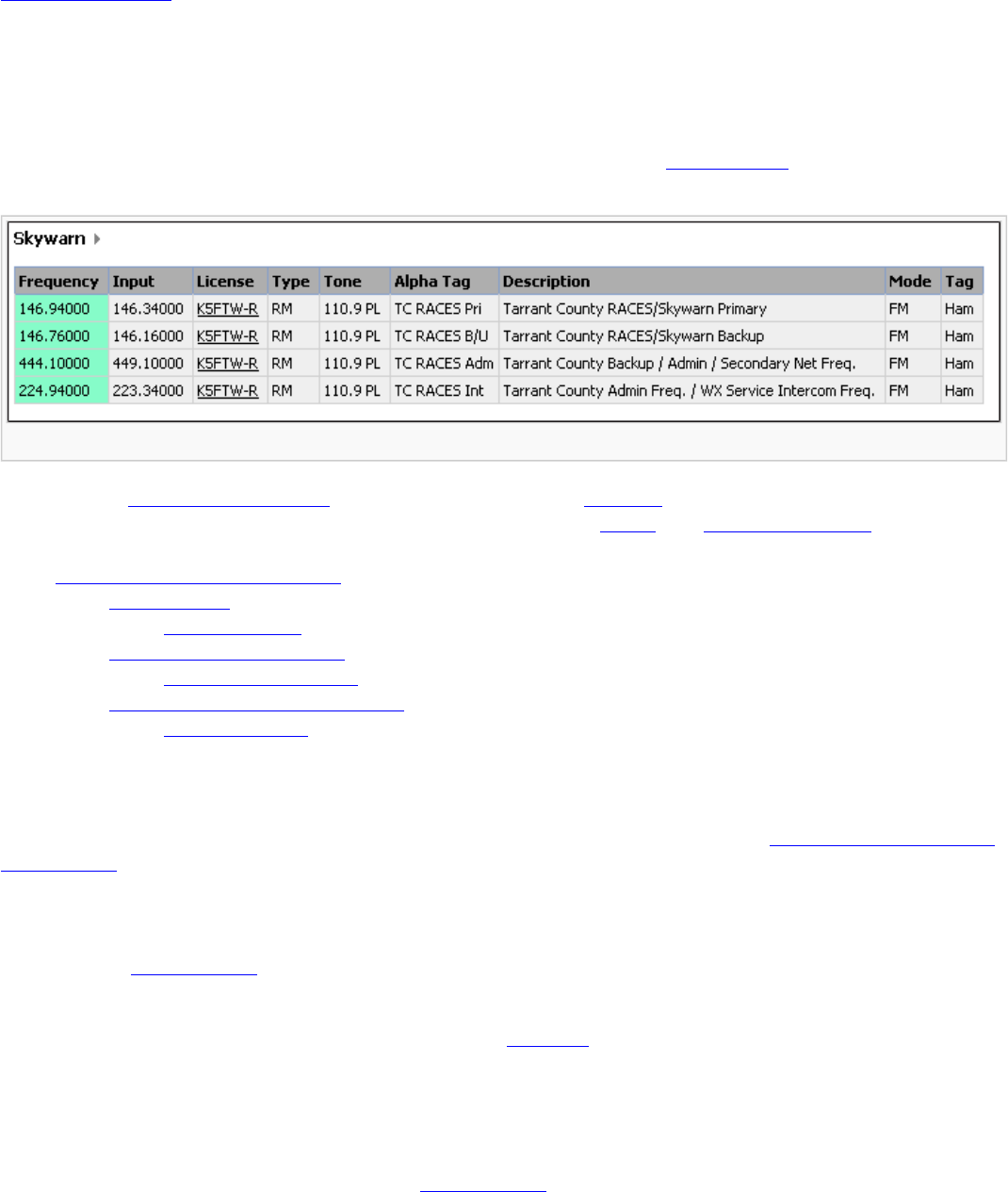
ConventionalSystems < UnidenMan4 < TWiki
Conventional Systems
Please note that these pages are meant as general instructions. While most of the information here applies to all
scanners, some options may not be available on certain scanner models. Model-specific options are indicated in the
text.
Since a conventional system is really a collection of frequencies, the first thing you need to know is the frequency for each channel
you want to program. Here is an example of a conventional system frequency list from RadioReference:
Conventional System
● Here is a conceptual layout diagram of a basic conventional system. (Click here for a legend of the diagram.)
● You can download a planning worksheet for conventional systems as a pdf file or an Excel spreadsheet file.
● Programming a Conventional System
❍ Create a system
■ System properties
❍ Create at least 1 channel group
■ Channel group properties
❍ Create at least 1 channel in each group
■ Channel properties
Programming a Conventional System
To program a conventional system, you'll need to program the required elements in following order (click here for information on
using the menu):
Create a system
1. Go to the Program System menu and choose New System .
2. The scanner will prompt you for the System Type. Select Conventional .
3. When the scanner prompts you confirm, tap YES .
4. The scanner creates the system with a default name. Select Edit Name if you want to change it.
5. If you need to change any of the system properties, you can do that now. Unless a property is Required , you can operate the
system without changing the default settings.
System properties
All of these options can be found under your scanner's Program System menu. If necessary, the sub-menu and option name on each
scanner are listed beside the property.
file:///C|/Documents%20and%20Settings/POpitz/My%20Do.../temp/CDImage_090515/Manual/ConventionalSystems.html (1 of 4)5/26/2009 11:11:49 AM
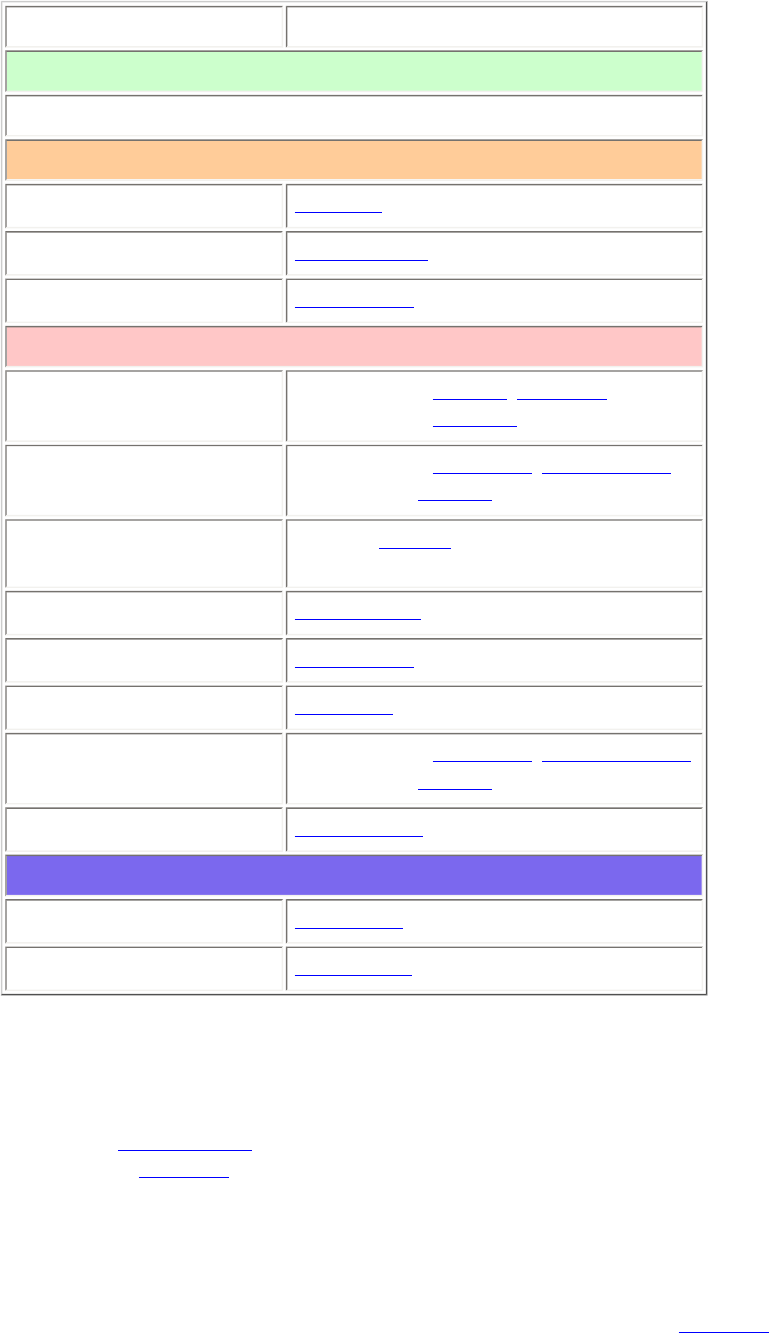
ConventionalSystems < UnidenMan4 < TWiki
Property Option name
Required
None
Recommended
Name Edit Name
Number tag Set Number Tag
Quick key Set Quick Key
Optional
Record Flag BCD996XT and BCT15X: Set Record
BCD396XT and BC346XT: Not available
Automatic Gain Control
(AGC)
BCD396XT and BCD996XT: Set Audio AGC
BC346XT and BCT15X: Not available
Set State BCT15X: Set State
Other Models: Not available
Delay time Set Delay Time
Hold time Set Hold Time
Lockout Set Lockout
P25 wait time BCD396XT and BCD996XT: P25 Waiting Time
BC346XT and BCT15X: Not available
Startup key Set Startup Key
Available operations
Copy a system Copy System
Delete a system Delete System
Create at least 1 channel group
Each conventional system can contain up to 20 channel groups, and all systems must contain at least 1 channel group.
1. On the Program System menu, select the system you just created.
2. Go to the Edit Group menu and select New Group .
3. If you need to change any of the channel group properties, you can do that now. Unless a property is Required , you can
operate the system without changing the default settings.
Channel group properties
All of these options can be found by selecting the group name under your scanner's Edit Group menu. If necessary, the sub-menu
and option name on each scanner are listed beside the property.
file:///C|/Documents%20and%20Settings/POpitz/My%20Do.../temp/CDImage_090515/Manual/ConventionalSystems.html (2 of 4)5/26/2009 11:11:49 AM
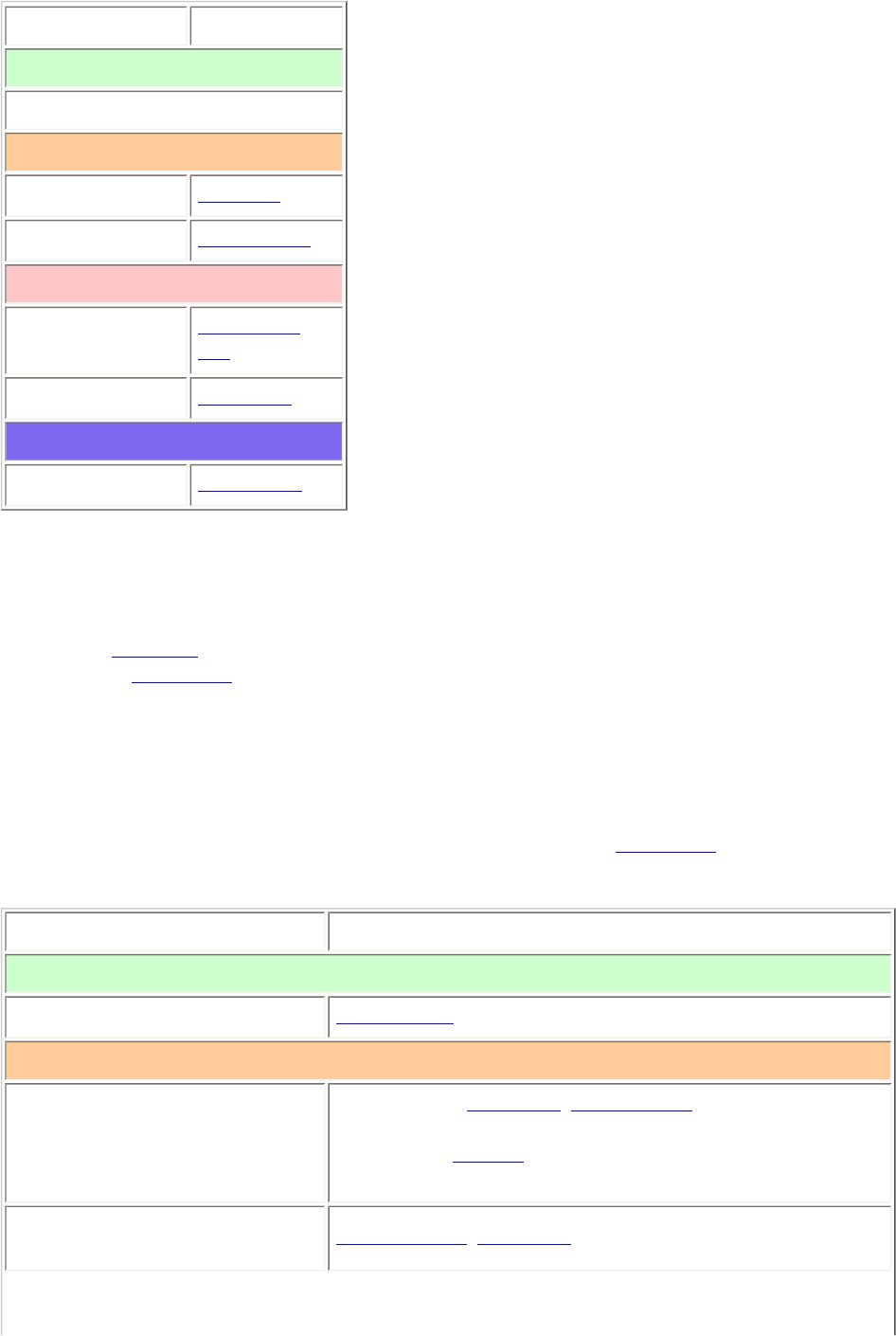
ConventionalSystems < UnidenMan4 < TWiki
Property Option name
Required
None
Recommended
Name Edit Name
Quick key Set Quick Key
Optional
Location
information
Set Location
Info
Lockout Set Lockout
Available operations
Delete a group Delete Group
Create at least 1 channel in each group
Each conventional system can contain up to 1000 channels in each group, and all groups must contain at least 1 channel.
1. On the Edit Group menu, select the channel group you just created.
2. Go to the Edit Channel menu and select New Channel .
3. Input the frequency for this channel in MHz.
4. If you need to change any of the channel properties, you can do that now. Unless a property is Required , you can operate
the system without changing the default settings.
Channel properties
(All of these options can be found by selecting the channel name your scanner's Edit Channel menu. If necessary, the sub-menu
and the exact option name are listed beside each property.)
Property Option name
Required
Frequency Edit Frequency
Recommended
Analog/digital
BCD396XT and BCD996XT: Set Audio Type
BC346XT and BCT15X: Not available
● CTCSS/DCS Set CTCSS/DCS (BCD396XT: analog channels only)
file:///C|/Documents%20and%20Settings/POpitz/My%20Do.../temp/CDImage_090515/Manual/ConventionalSystems.html (3 of 4)5/26/2009 11:11:49 AM
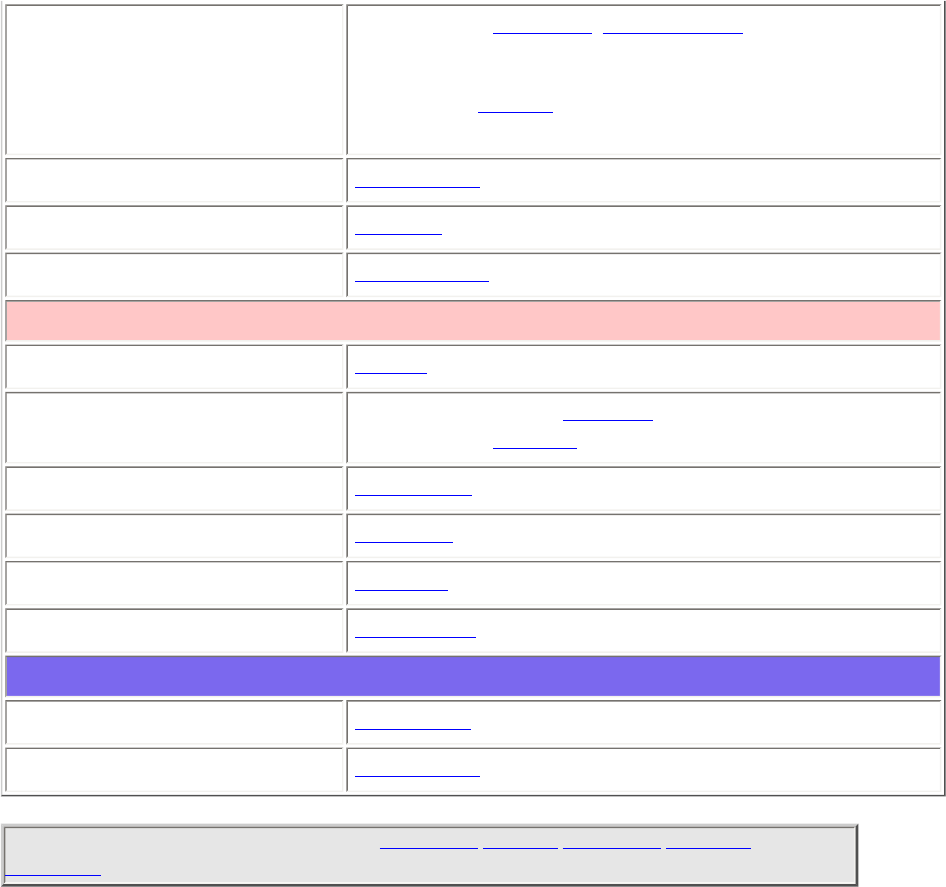
ConventionalSystems < UnidenMan4 < TWiki
● P25 Network Address (NAC)
BCD396XT and BCD996XT: P25 NAC Option (digital channels
only)
BC346XT and BCT15X: Not available
Modulation Set Modulation
Name Edit Name
Number tag Set Number Tag
Optional
Alert Set Alert
Record BCD996XT and BCT15: Set Record
BCD396XT and BC346XT: Not available.
Attenuator Set Attenuator
Lockout Set Lockout
Priority Set Priority
Volume Offset Volume Offset
Available operations
Copy a channel Copy Channel
Delete a channel Delete Channel
This page applies to the following scanner(s): BCD996XT BCT15X BCD396XT BC346XT
UsersGuide
file:///C|/Documents%20and%20Settings/POpitz/My%20Do.../temp/CDImage_090515/Manual/ConventionalSystems.html (4 of 4)5/26/2009 11:11:49 AM
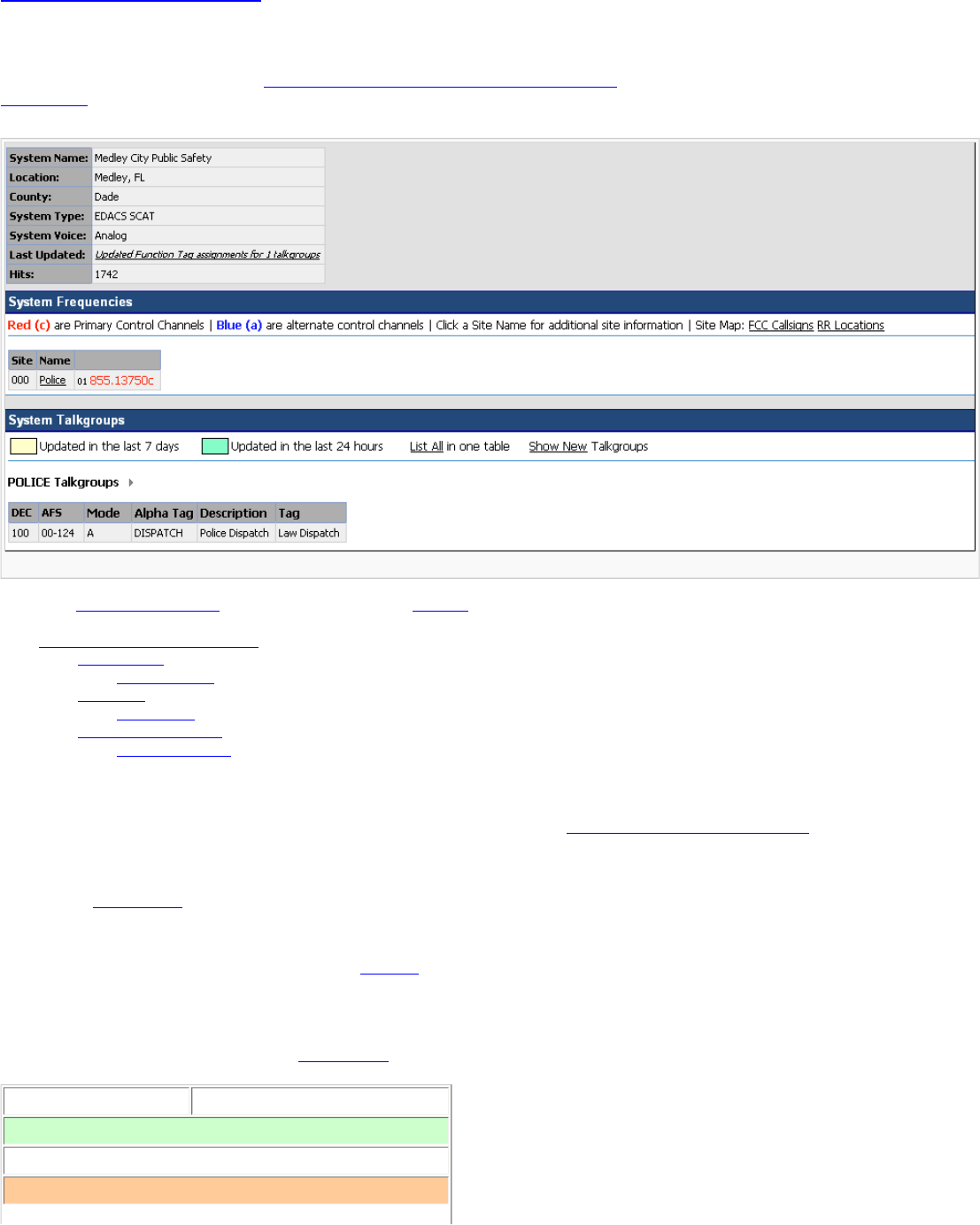
EDACSSCATSystems < UnidenMan4 < TWiki
EDACS SCAT Systems
Please note that these pages are meant as general instructions. While most of the information here applies to all scanners, some options may not be available on
certain scanner models. Model-specific options are indicated in the text.
This section deals with EDACS SCAT systems. Click here for information on EDACS Wide and Narrow systems. Below is an example of an EDACS SCAT system from
RadioReference:
150 px
And here is a conceptual layout diagram of a basic EDACS SCAT system. (Click here for a legend of the diagram.)
● Programming an EDACS SCAT System
❍ Create a system
■ System properties
❍ Create a site
■ Site properties
❍ Create at least 1 frequency
■ Frequency properties
Programming an EDACS SCAT System
To program an EDACS SCAT system, you'll need to program the required elements in following order (click here for information on using the menu):
Create a system
1. Go to the Program System menu and choose New System .
2. The scanner will prompt you for the System Type. Select EDCS .
3. The scanner will prompt you for the sub-type. Select SCAT .
4. When the scanner prompts you confirm, tap YES .
5. The scanner creates the system with a default name. Select Edit Name if you want to change it.
6. If you need to change any of the system properties, you can do that now. Unless a property is Required , you can operate the system without changing the default settings.
System properties
All of these options can be found under your scanner's Program System menu. If necessary, the sub-menu and option name on each scanner are listed beside the property.
Property Option name
Required
None
Recommended
file:///C|/Documents%20and%20Settings/POpitz/My%20...s/temp/CDImage_090515/Manual/EDACSSCATSystems.html (1 of 3)5/26/2009 11:11:50 AM
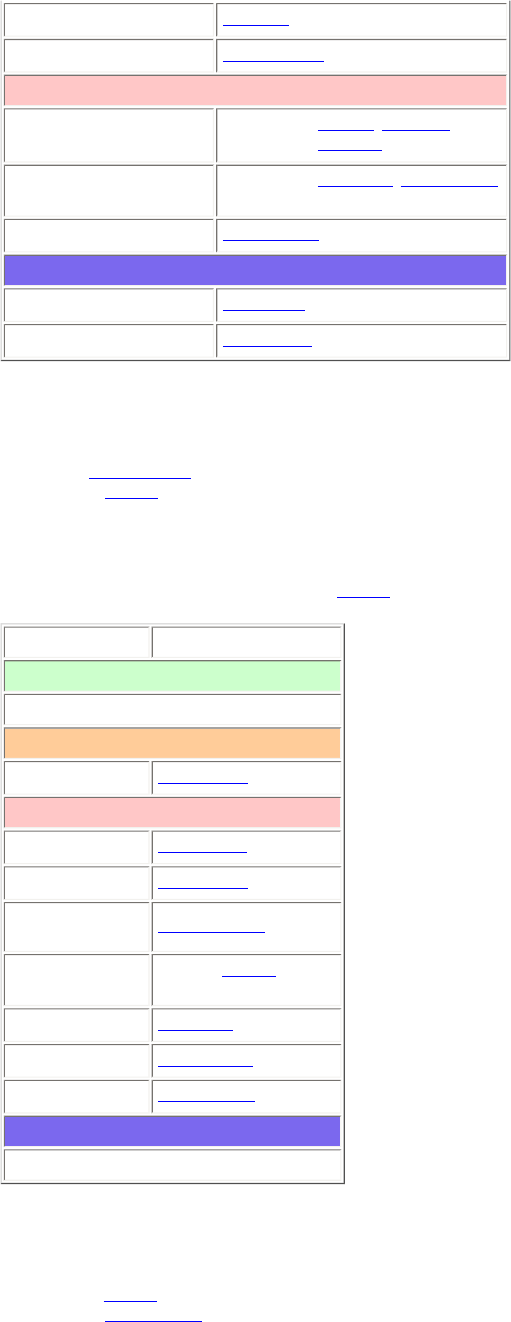
EDACSSCATSystems < UnidenMan4 < TWiki
Name Edit Name
Number tag Set Number Tag
Optional
Record BCD996XT or BCT15X: Set Record
BCD396XT or BC346XT: Not available
Automatic Gain Control
(AGC)
BCD396XT or BCD996XT: Set Audio AGC
BC346XT or BCT15: Not available
Delay time Set Delay Time
Available operations
Copy a system Copy System
Delete a system Delete System
Create a site
Each EDACS SCAT system must contain exactly 1 site.
1. On the Program System menu, select the system you just created.
2. Go to the Edit Site menu.
3. If you need to change any of the site properties, you can do that now. Unless a property is Required , you can operate the system without changing the default settings.
Site properties
All of these options can be found under your scanner's Edit Site menu. If necessary, the sub-menu and option name on each scanner are listed beside the property.
Property Option name
Required
None
Recommended
Quick key Set Quick Key
Optional
Attenuator Set Attenuator
Hold time Set Hold Time
Location
information Set Location Info
Set State BCT15X: Set State
Other Models: Not available
Lockout Set Lockout
Modulation Set Modulation
Startup key Set Startup Key
Available operations
None
Create at least 1 frequency
Each EDACS SCAT system must contain at least 1 frequency in its site.
1. Open the Edit Site menu.
2. Go to the Set Frequencies sub-menu and select New Frequency .
3. Enter at least 1 frequency for this site.
4. If you need to change any of the frequency properties, you can do that now. Unless a property is Required , you can operate the system without changing the default
settings.
Frequency properties
file:///C|/Documents%20and%20Settings/POpitz/My%20...s/temp/CDImage_090515/Manual/EDACSSCATSystems.html (2 of 3)5/26/2009 11:11:50 AM
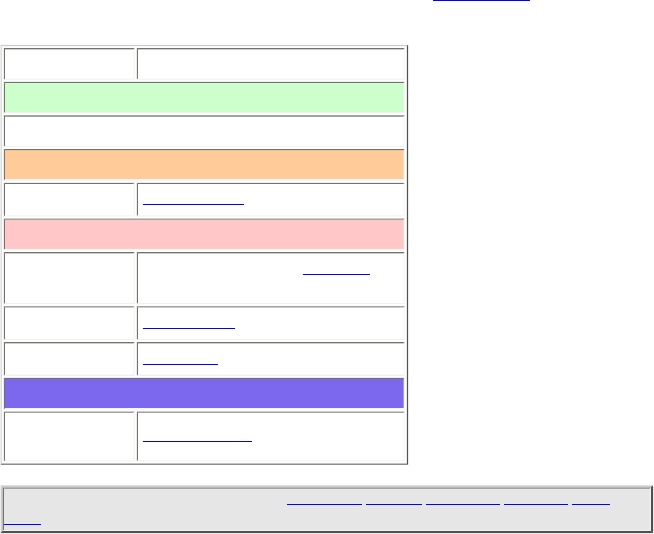
EDACSSCATSystems < UnidenMan4 < TWiki
All of these options can be found by selecting the frequency under the Set Frequencies sub-menu. If necessary, the sub-menu and option name on each scanner are listed beside the
property.
Property Option name
Required
None
Recommended
Number tag Set Number Tag
Optional
Record BCD996XT or BCT15X: Set Record
BCD396XT or BC346XT: Not available.
Volume Offset Volume Offset
Lockout Set Lockout
Available operations
Delete a
frequency Delete Frequency
This page applies to the following scanner(s): BCD996XT BCT15X BCD396XT BC346XT Users
Guide
file:///C|/Documents%20and%20Settings/POpitz/My%20...s/temp/CDImage_090515/Manual/EDACSSCATSystems.html (3 of 3)5/26/2009 11:11:50 AM
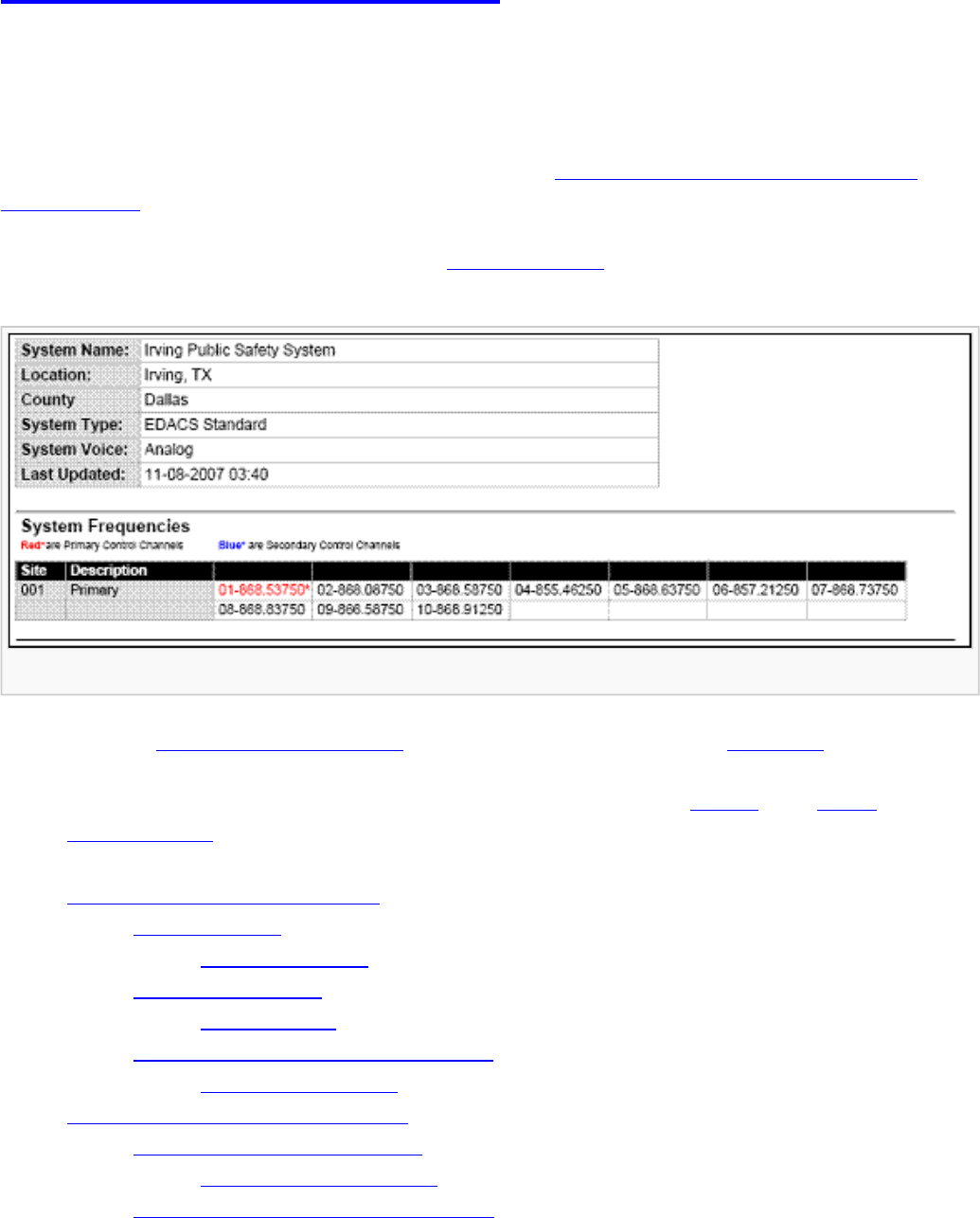
EDACSTrunkedSystems < UnidenMan4 < TWiki
EDACS Trunked Systems
Please note that these pages are meant as general instructions. While most of the
information here applies to all scanners, some options may not be available on certain
scanner models. Model-specific options are indicated in the text.
This section deals with EDACS Wide or standard systems. Click here for information on EDACS
SCAT systems. This includes EDACS systems that use ESK. No special setting is needed to enable
ESK tracking on an EDACS system. Note that the scanner cannot decode EDACS ProVoice. Below is
an example of an EDACS trunked system from RadioReference:
EDACS Wide System
● Here is a conceptual layout diagram of a basic EDACS Wide system. (Click here for a legend of
the diagram.)
● You can download a planning worksheet for EDACS systems as a pdf file or an Excel
spreadsheet file.
● Programming an EDACS System
❍ Create a system
■ System properties
❍ Create at least 1 site
■ Site properties
❍ Create at least 1 frequency in each site
■ Frequency properties
● Programming a system for Scanning
❍ Create at least 1 channel group
■ Channel group properties
❍ Create at least 1 channel in each group
file:///C|/Documents%20and%20Settings/POpitz/My%20...emp/CDImage_090515/Manual/EDACSTrunkedSystems.html (1 of 7)5/26/2009 11:11:51 AM
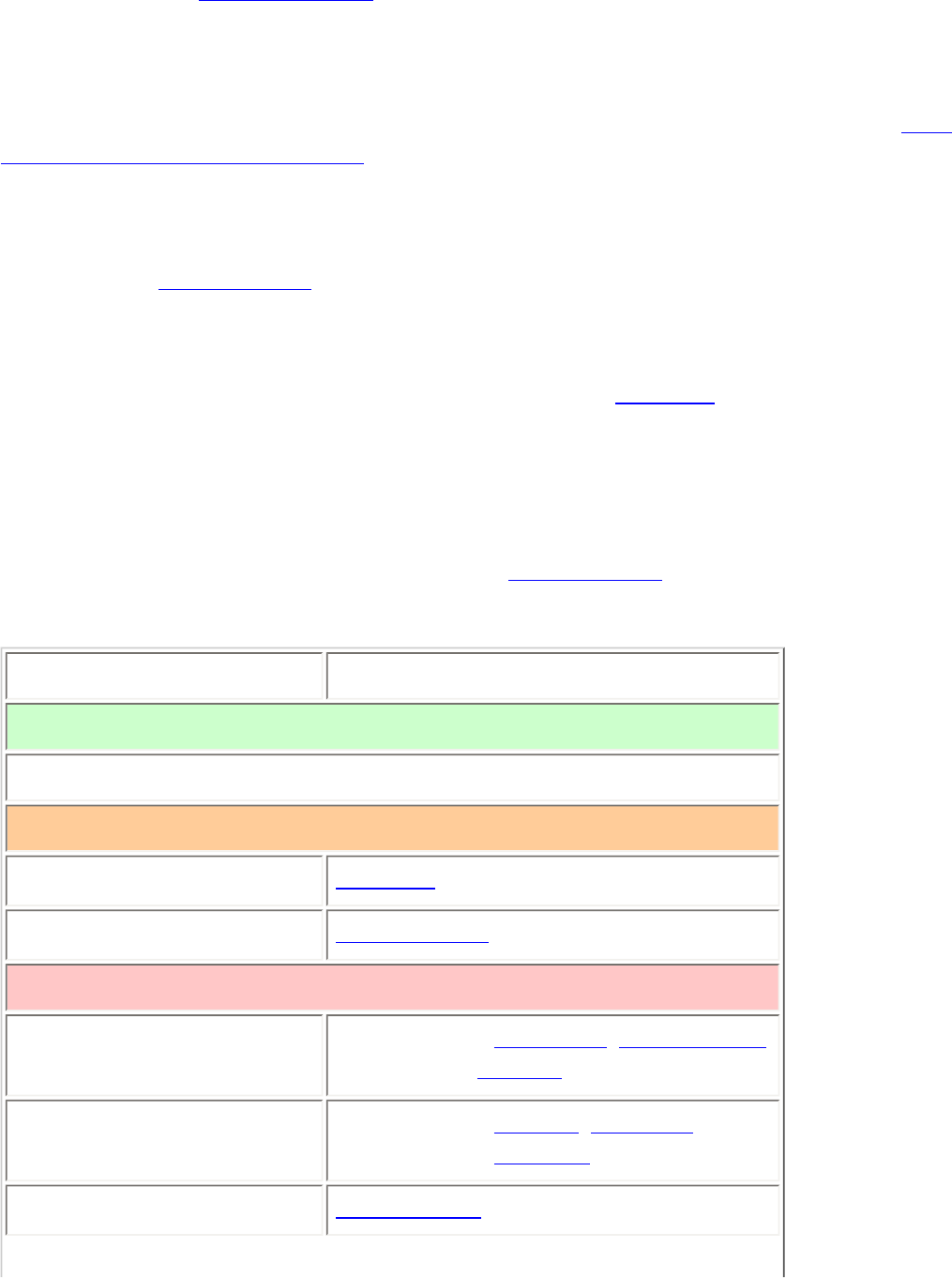
EDACSTrunkedSystems < UnidenMan4 < TWiki
■ Channel properties
Programming an EDACS System
To program an EDACS system, you'll need to program the required elements in following order (click
here for information on using the menu):
Create a system
1. Go to the Program System menu and choose New System .
2. The scanner will prompt you for the System Type. Select EDCS .
3. The scanner will prompt you for the sub-type. Select Wide/Narrow .
4. When the scanner prompts you confirm, tap YES .
5. The scanner creates the system with a default name. Select Edit Name if you want to change it.
6. If you need to change any of the system properties, you can do that now. Unless a property is
Required , you can operate the system without changing the default settings.
System properties
All of these options can be found under your scanner's Program System menu. If necessary, the sub-
menu and option name on each scanner are listed beside the property.
Property Option name
Required
None
Recommended
Name Edit Name
Number tag Set Number Tag
Optional
Automatic Gain Control
(AGC)
BCD396XT and BCD996XT: Set Audio AGC
BC346XT and BCT15X: Not available
Record BCD996XT and BCT15X: Set Record
BCD396XT and BC346XT: Not available
Delay time Set Delay Time
file:///C|/Documents%20and%20Settings/POpitz/My%20...emp/CDImage_090515/Manual/EDACSTrunkedSystems.html (2 of 7)5/26/2009 11:11:51 AM
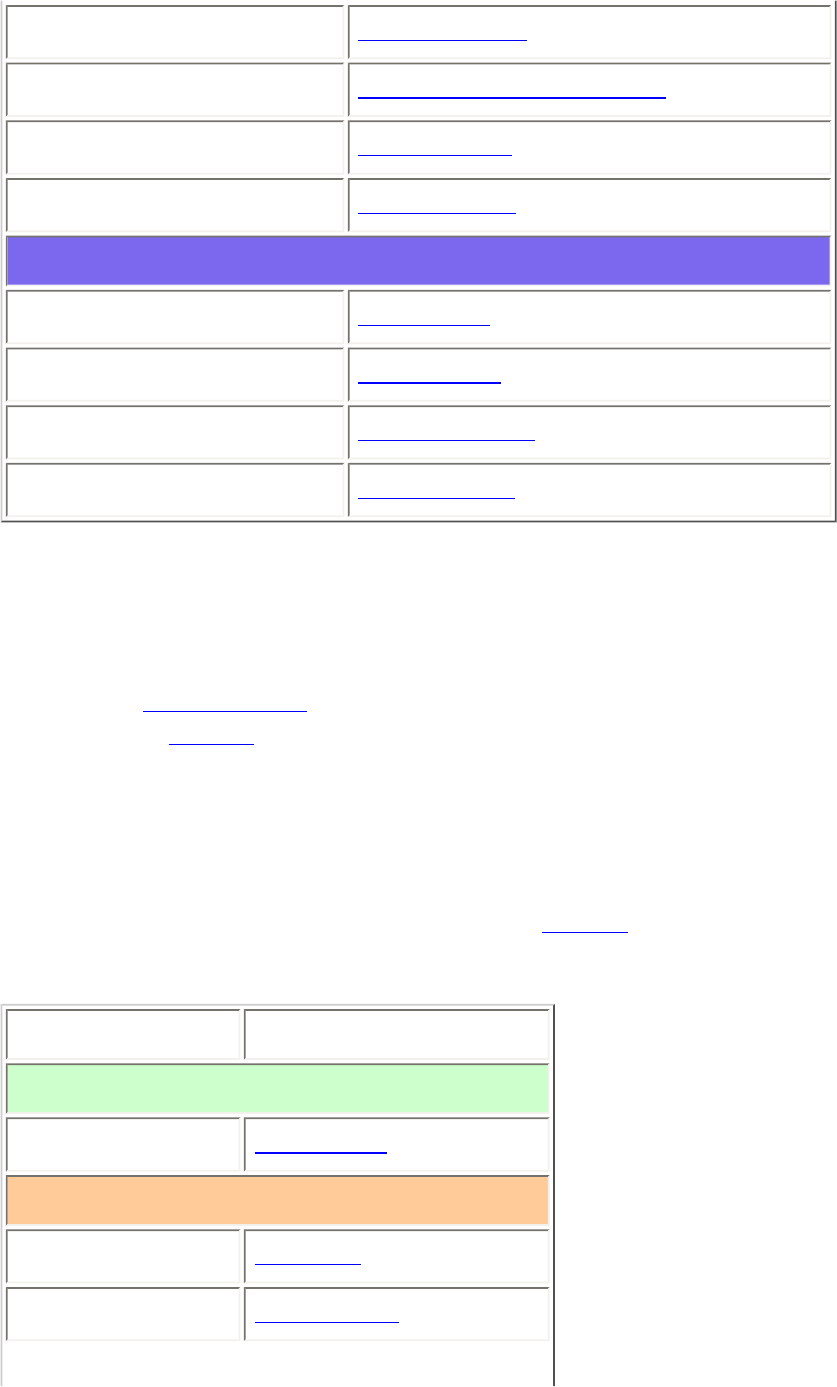
EDACSTrunkedSystems < UnidenMan4 < TWiki
Emergency alert Emergency Alert
ID format Set ID Format (AFS) or (DEC)
ID scan/search ID Scan/Search
Priority ID scan Priority ID scan
Available operations
Copy a system Copy System
Delete a system Delete System
Review locked-out IDs Rvw ID:Srch L/O
Clear all locked-out IDs Clr All L/O IDs
Create at least 1 site
Each EDACS system can contain up to 256 sites, and all systems must contain at least 1 site.
1. On the Program System menu, select the system you just created.
2. Go to the Edit Site menu and select New Site .
3. If you need to change any of the site properties, you can do that now. Unless a property is
Required , you can operate the system without changing the default settings.
Site properties
All of these options can be found under your scanner's Edit Site menu. If necessary, the sub-menu and
option name on each scanner are listed beside the property.
Property Option name
Required
Site type Set Site Type
Recommended
Name Edit Name
Quick key Set Quick Key
file:///C|/Documents%20and%20Settings/POpitz/My%20...emp/CDImage_090515/Manual/EDACSTrunkedSystems.html (3 of 7)5/26/2009 11:11:51 AM

EDACSTrunkedSystems < UnidenMan4 < TWiki
Optional
Attenuator Set Attenuator
Hold time Set Hold Time
Location
information Set Location Info
State BCT15X: Set State
Other Models: Not available
Lockout Set Lockout
Modulation Set Modulation
Startup key Set Startup Key
Available operations
Delete a site Delete Site
Create at least 1 frequency in each site
Each trunked system can contain up to 30 frequencies in each site, and all sites must contain at least 1
frequency.
1. On the Edit Site menu, select the site you just created.
2. Go to the Set Frequencies sub-menu and select New Frequency .
3. Enter at least 1 frequency for this site.
4. When you enter a new frequency, the scanner will prompt you for the logical channel number or
LCN for that frequency. Enter a number from 1 through 30.
5. If you need to change any of the frequency properties, you can do that now. Unless a property is
Required , you can operate the system without changing the default settings.
Frequency properties
All of these options can be found by selecting the frequency under the Set Frequencies sub-menu. If
necessary, the sub-menu and option name on each scanner are listed beside the property.
Property Option name
Required
file:///C|/Documents%20and%20Settings/POpitz/My%20...emp/CDImage_090515/Manual/EDACSTrunkedSystems.html (4 of 7)5/26/2009 11:11:51 AM
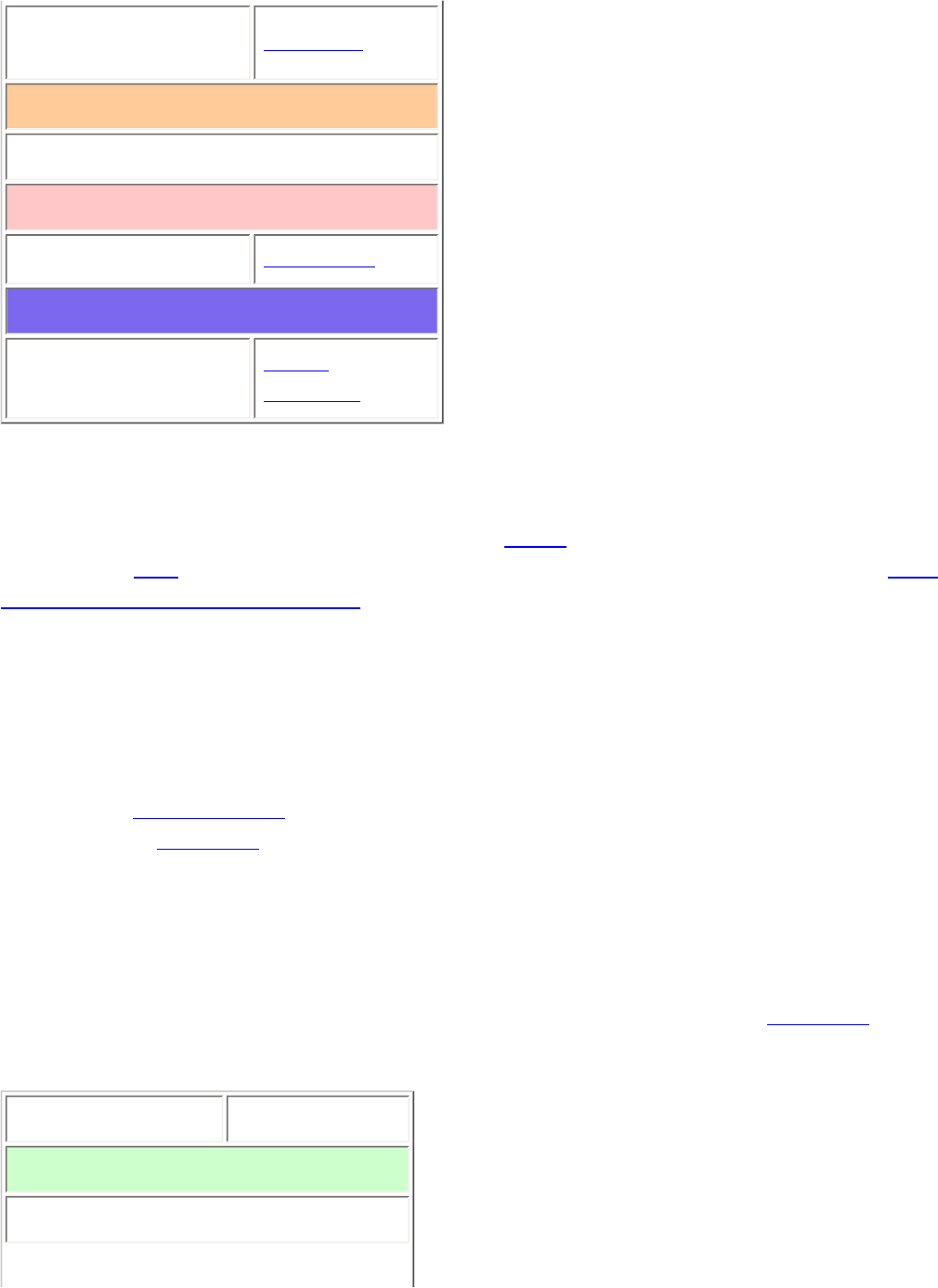
EDACSTrunkedSystems < UnidenMan4 < TWiki
Logical channel
number Input LCN
Recommended
None
Optional
Lockout Set Lockout
Available operations
Delete a frequency Delete
Frequency
Programming a system for Scanning
Once you create the system and at least 1 site, you can Search the system with no problems. However,
if you want to Scan the system, you'll need to program the required elements in following order (click
here for information on using the menu):
Create at least 1 channel group
Each EDACS system can contain up to 20 channel groups, and any system you want to scan must
contain at least 1 channel group.
1. On the Program System menu, select the system you just created.
2. Go to the Edit Group menu and select New Group .
3. If you need to change any of the channel group properties, you can do that now. Unless a
property is Required , you can operate the system without changing the default settings.
Channel group properties
All of these options can be found by selecting the group name under your scanner's Edit Group menu. If
necessary, the sub-menu and option name on each scanner are listed beside the property.
Property Option name
Required
None
file:///C|/Documents%20and%20Settings/POpitz/My%20...emp/CDImage_090515/Manual/EDACSTrunkedSystems.html (5 of 7)5/26/2009 11:11:51 AM
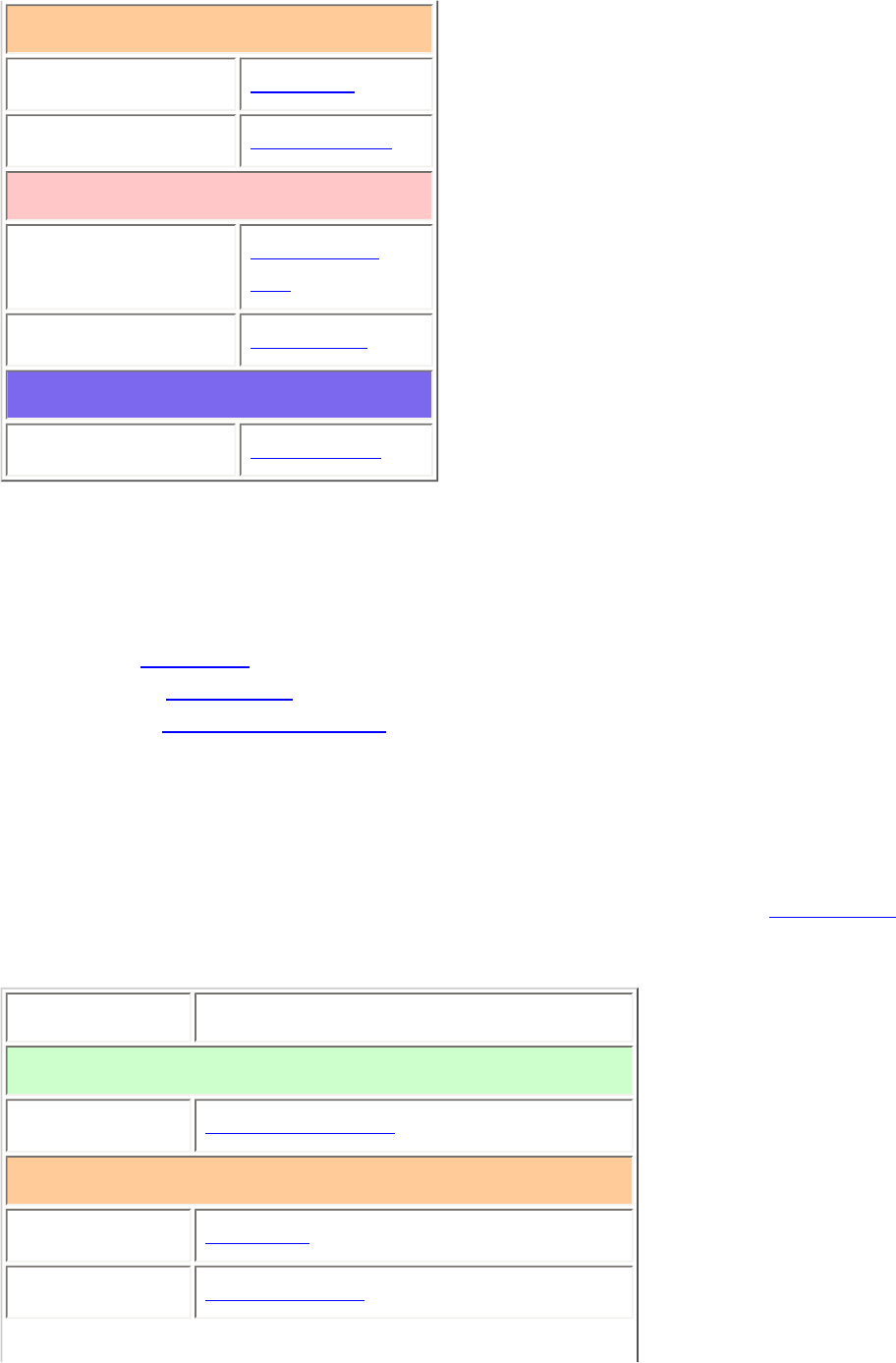
EDACSTrunkedSystems < UnidenMan4 < TWiki
Recommended
Name Edit Name
Quick key Set Quick Key
Optional
Location
information
Set Location
Info
Lockout Set Lockout
Available operations
Delete a group Delete Group
Create at least 1 channel in each group
Each trunked system can contain up to 500 channels.
1. On the Edit Group menu, select the channel group you just created.
2. Go to the Edit Channel menu and select New Channel .
3. Input the Talk Group ID (TGID) for this channel.
4. If you need to change any of the channel properties, you can do that now. Unless a property is
Required , you can operate the system without changing the default settings.
Channel properties
All of these options can be found by selecting the channel name your scanner's Edit Channel menu. If
necessary, the sub-menu and option name on each scanner are listed beside the property.
Property Option name
Required
TGID Edit Talk Group ID
Recommended
Name Edit Name
Number tag Set Number Tag
file:///C|/Documents%20and%20Settings/POpitz/My%20...emp/CDImage_090515/Manual/EDACSTrunkedSystems.html (6 of 7)5/26/2009 11:11:51 AM
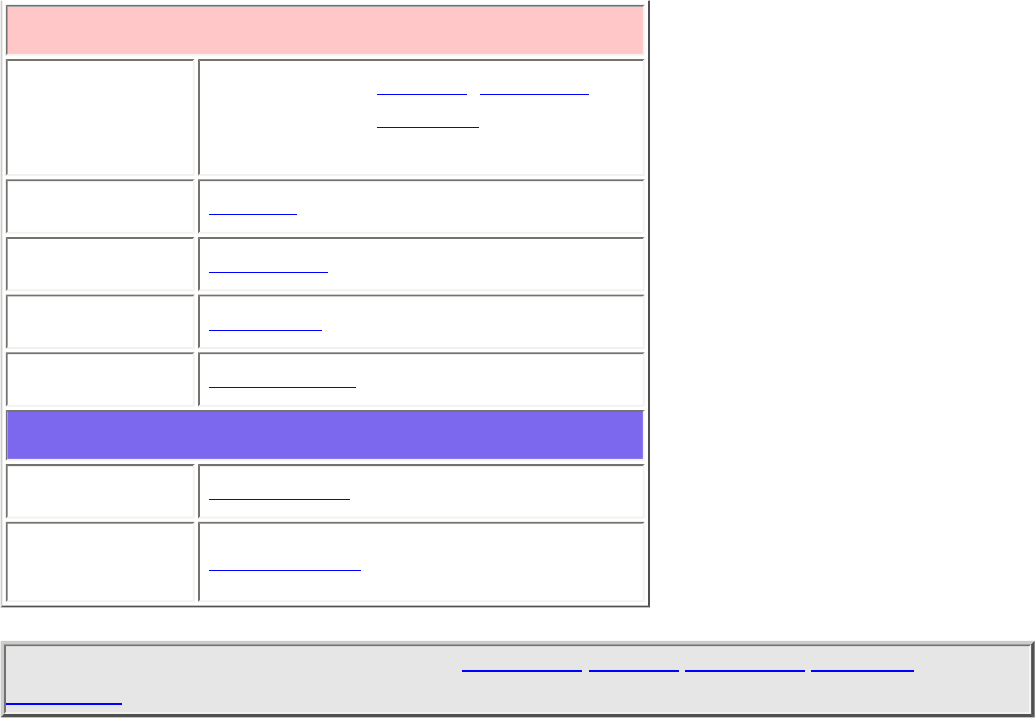
EDACSTrunkedSystems < UnidenMan4 < TWiki
Optional
Record
BCD996XT and BCT15X: Set Record
BCD396XT and BC346XT: Not
available.
Alert Set Alert
Lockout Set Lockout
Priority Set Priority
Volume Offset Volume Offset
Available operations
Copy a channel Copy Channel
Delete a
channel Delete Channel
This page applies to the following scanner(s): BCD996XT BCT15X BCD396XT BC346XT
UsersGuide
file:///C|/Documents%20and%20Settings/POpitz/My%20...emp/CDImage_090515/Manual/EDACSTrunkedSystems.html (7 of 7)5/26/2009 11:11:51 AM
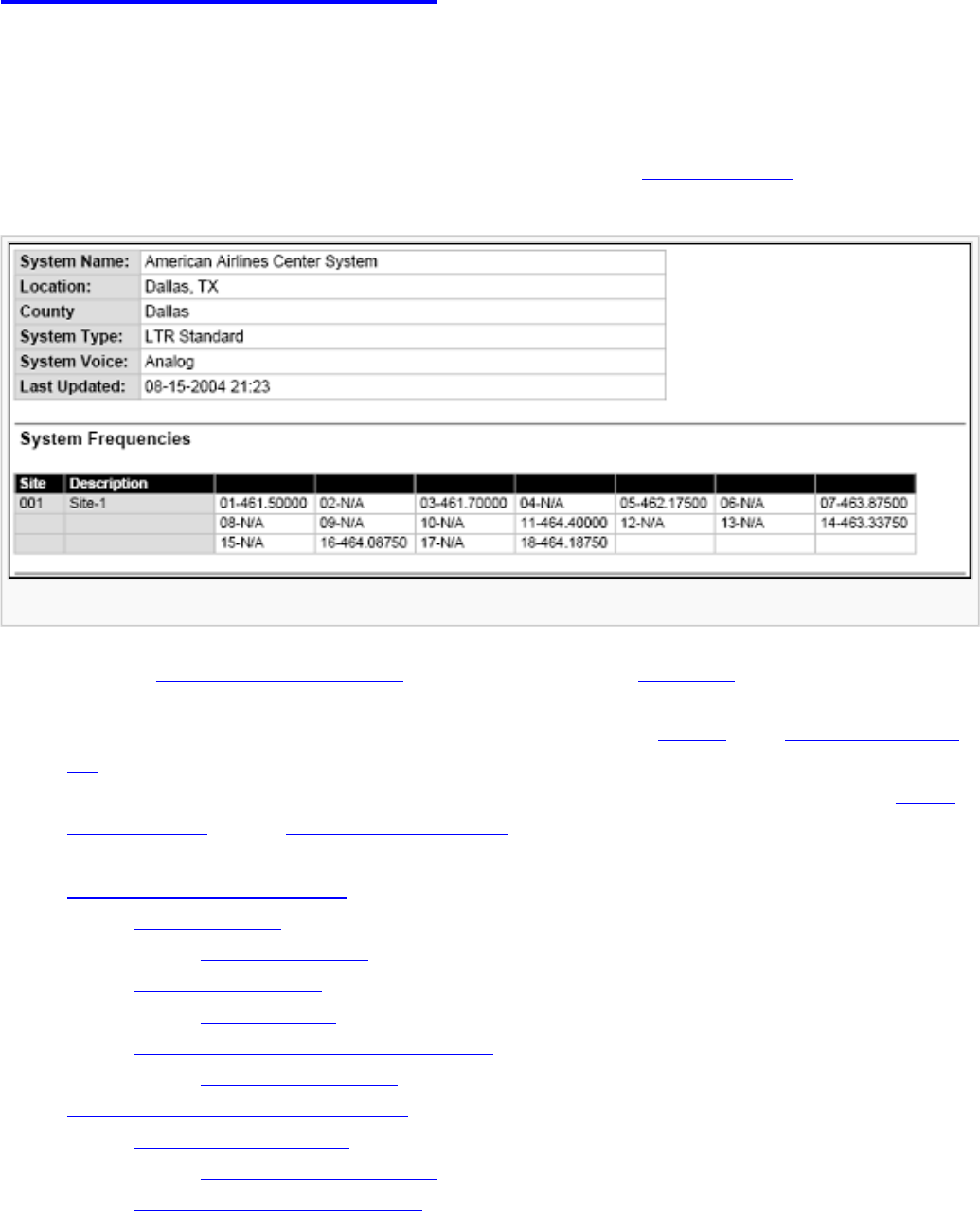
LTRTrunkedSystems < UnidenMan4 < TWiki
LTR Trunked Systems
Please note that these pages are meant as general instructions. While most of the
information here applies to all scanners, some options may not be available on certain
scanner models. Model-specific options are indicated in the text.
Below is an example of a Logic Trunked Radio or LTR system from RadioReference:
LTR System
● Here is a conceptual layout diagram of a basic LTR system. (Click here for a legend of the
diagram.)
● You can download a planning worksheet for LTR systems as a pdf file or an Excel spreadsheet
file.
● For more information on the different types of LTR systems and how they work, see the Logic
Trunked Radio page at Radio Reference's Wiki.
● Programming an LTR System
❍ Create a system
■ System properties
❍ Create at least 1 site
■ Site properties
❍ Create at least 1 frequency in each site
■ Frequency properties
● Programming a system for Scanning
❍ Create a channel group
■ Channel group properties
❍ Create a channel in each group
file:///C|/Documents%20and%20Settings/POpitz/My%20D...s/temp/CDImage_090515/Manual/LTRTrunkedSystems.html (1 of 7)5/26/2009 11:11:52 AM
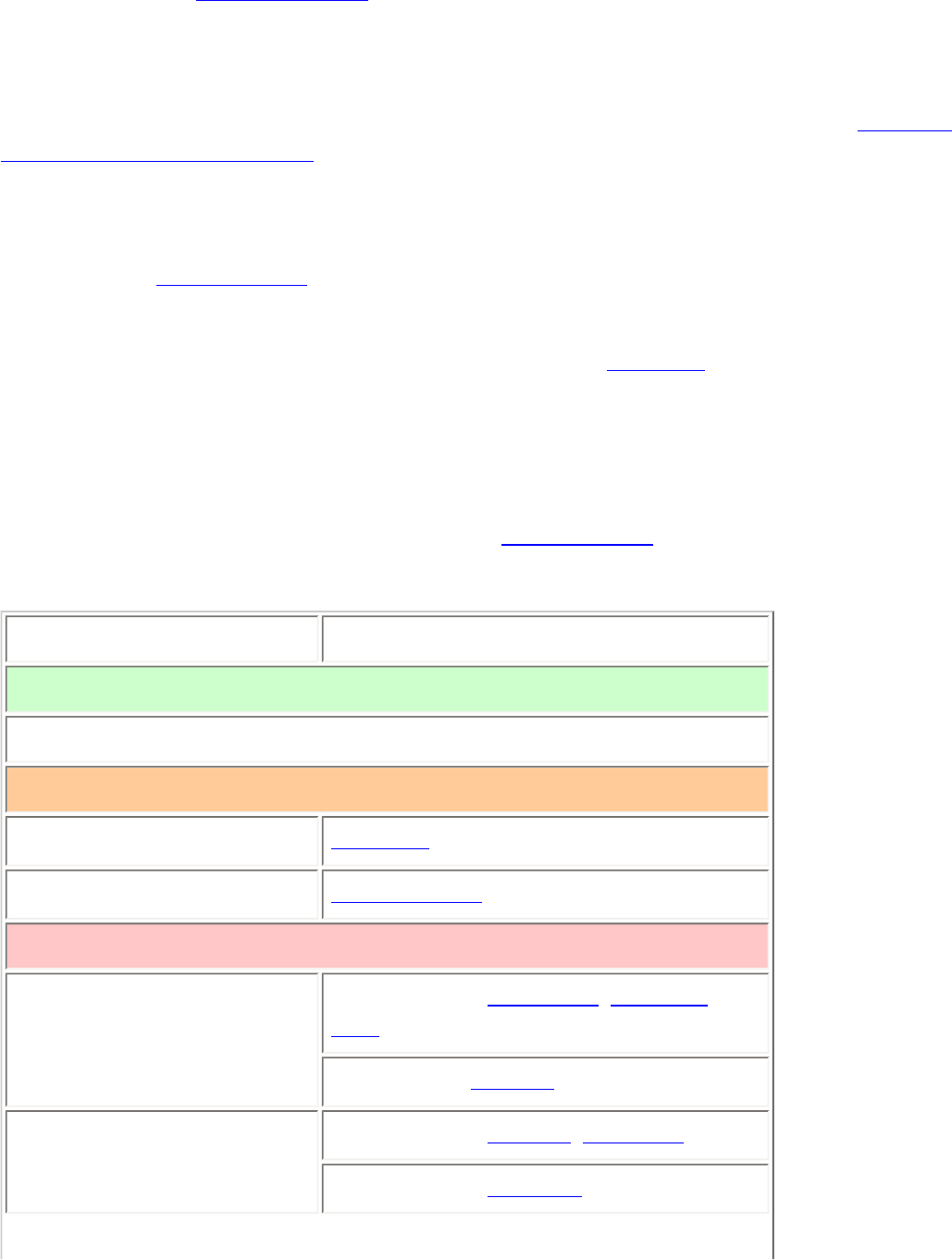
LTRTrunkedSystems < UnidenMan4 < TWiki
■ Channel properties
Programming an LTR System
To program an LTR system, you'll need to program the required elements in following order (click here
for information on using the menu):
Create a system
1. Go to the Program System menu and choose New System .
2. The scanner will prompt you for the System Type. Select LT .
3. When the scanner prompts you confirm, tap YES .
4. The scanner creates the system with a default name. Select Edit Name if you want to change it.
5. If you need to change any of the system properties, you can do that now. Unless a property is
Required , you can operate the system without changing the default settings.
System properties
All of these options can be found under your scanner's Program System menu. If necessary, the sub-
menu and option name on each scanner are listed beside the property.
Property Option name
Required
None
Recommended
Name Edit Name
Number tag Set Number Tag
Optional
Automatic Gain Control
(AGC)
BCD396XT and BCD996XT: Set Audio
AGC
BC346XT and BCT15X: Not available
Record Out
BCD996XT and BCT15X: Set Record
BCD396XT and BC346XT: Not available
file:///C|/Documents%20and%20Settings/POpitz/My%20D...s/temp/CDImage_090515/Manual/LTRTrunkedSystems.html (2 of 7)5/26/2009 11:11:52 AM
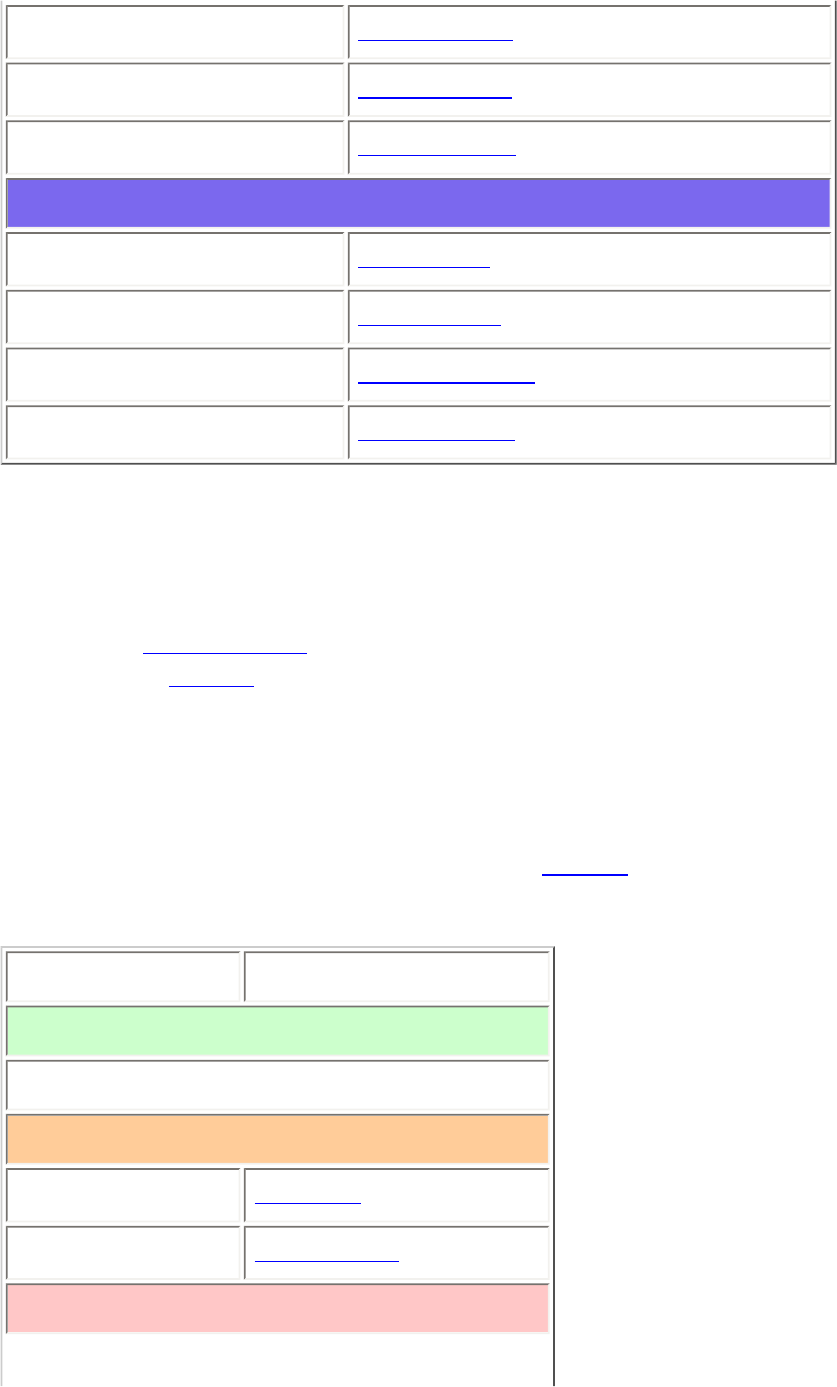
LTRTrunkedSystems < UnidenMan4 < TWiki
Delay time Set Delay Time
ID scan/search ID Scan/Search
Priority ID scan Priority ID scan
Available operations
Copy a system Copy System
Delete a system Delete System
Review locked-out IDs Rvw ID:Srch L/O
Clear all locked-out IDs Clr All L/O IDs
Create at least 1 site
Each LTR system can contain up to 256 sites, and all systems must contain at least 1 site.
1. On the Program System menu, select the system you just created.
2. Go to the Edit Site menu and select New Site .
3. If you need to change any of the site properties, you can do that now. Unless a property is
Required , you can operate the system without changing the default settings.
Site properties
All of these options can be found under your scanner's Edit Site menu. If necessary, the sub-menu and
option name on each scanner are listed beside the property.
Property Option name
Required
None
Recommended
Name Edit Name
Quick key Set Quick Key
Optional
file:///C|/Documents%20and%20Settings/POpitz/My%20D...s/temp/CDImage_090515/Manual/LTRTrunkedSystems.html (3 of 7)5/26/2009 11:11:52 AM
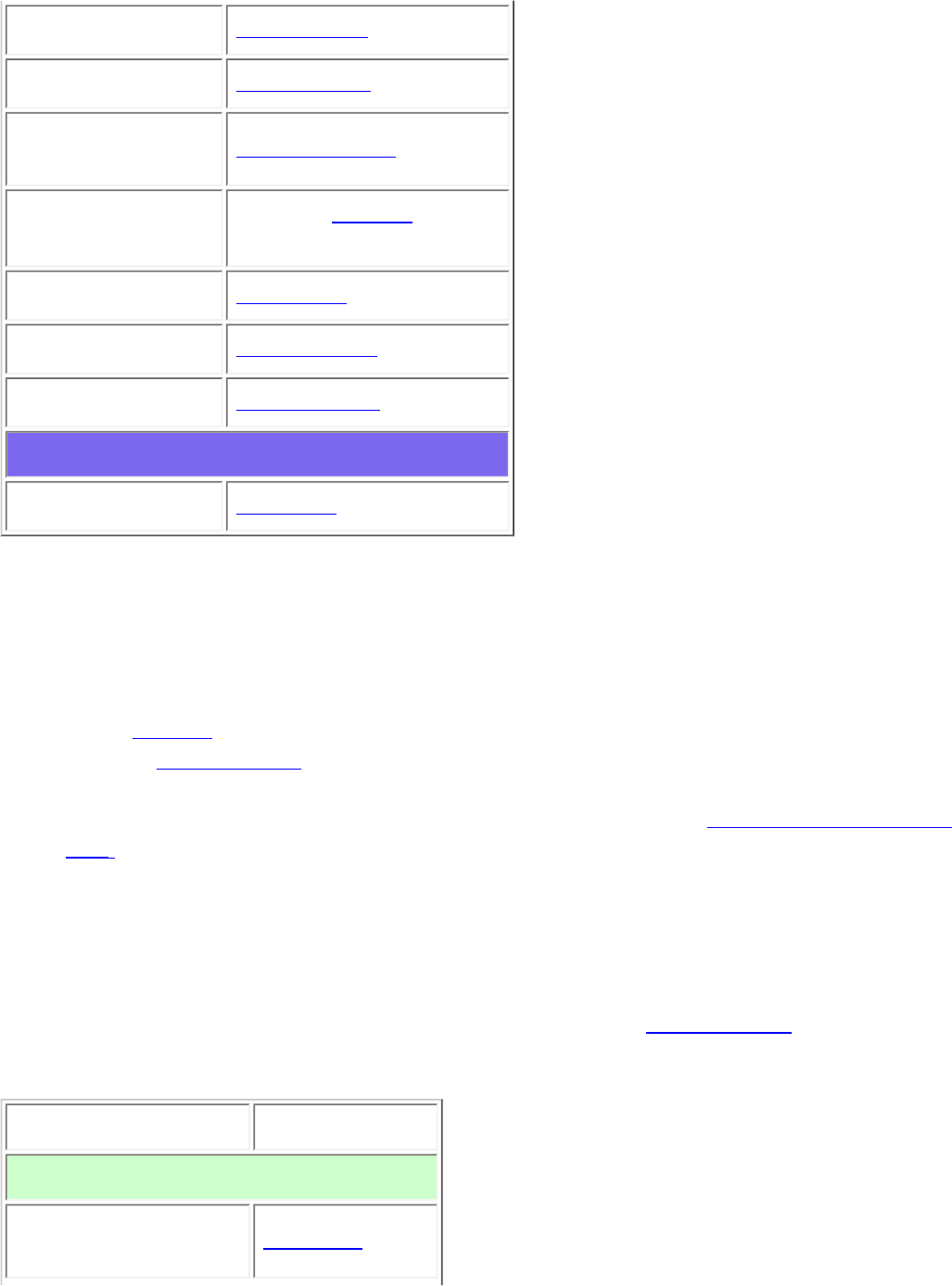
LTRTrunkedSystems < UnidenMan4 < TWiki
Attenuator Set Attenuator
Hold time Set Hold Time
Location
information Set Location Info
State BCT15X: Set State
Other Models: Not available
Lockout Set Lockout
Modulation Set Modulation
Startup key Set Startup Key
Available operations
Delete a site Delete Site
Create at least 1 frequency in each site
Each LTR system can contain up to 20 frequencies in each site, and all sites must contain at least 1
frequency.
1. On the Edit Site menu, select the site you just created.
2. Go to the Set Frequencies sub-menu and select New Frequency .
3. Enter at least 1 frequency for this site.
4. When you enter a new frequency, the scanner will prompt you for the logical channel number or
LCN for that frequency. Enter a number from 1 through 20.
5. If you need to change any of the frequency properties, you can do that now. Unless a property is
Required , you can operate the system without changing the default settings.
Frequency properties
All of these options can be found by selecting the frequency under the Set Frequencies sub-menu. If
necessary, the sub-menu and option name on each scanner are listed beside the property.
Property Option name
Required
Logical channel
number Input LCN
file:///C|/Documents%20and%20Settings/POpitz/My%20D...s/temp/CDImage_090515/Manual/LTRTrunkedSystems.html (4 of 7)5/26/2009 11:11:52 AM
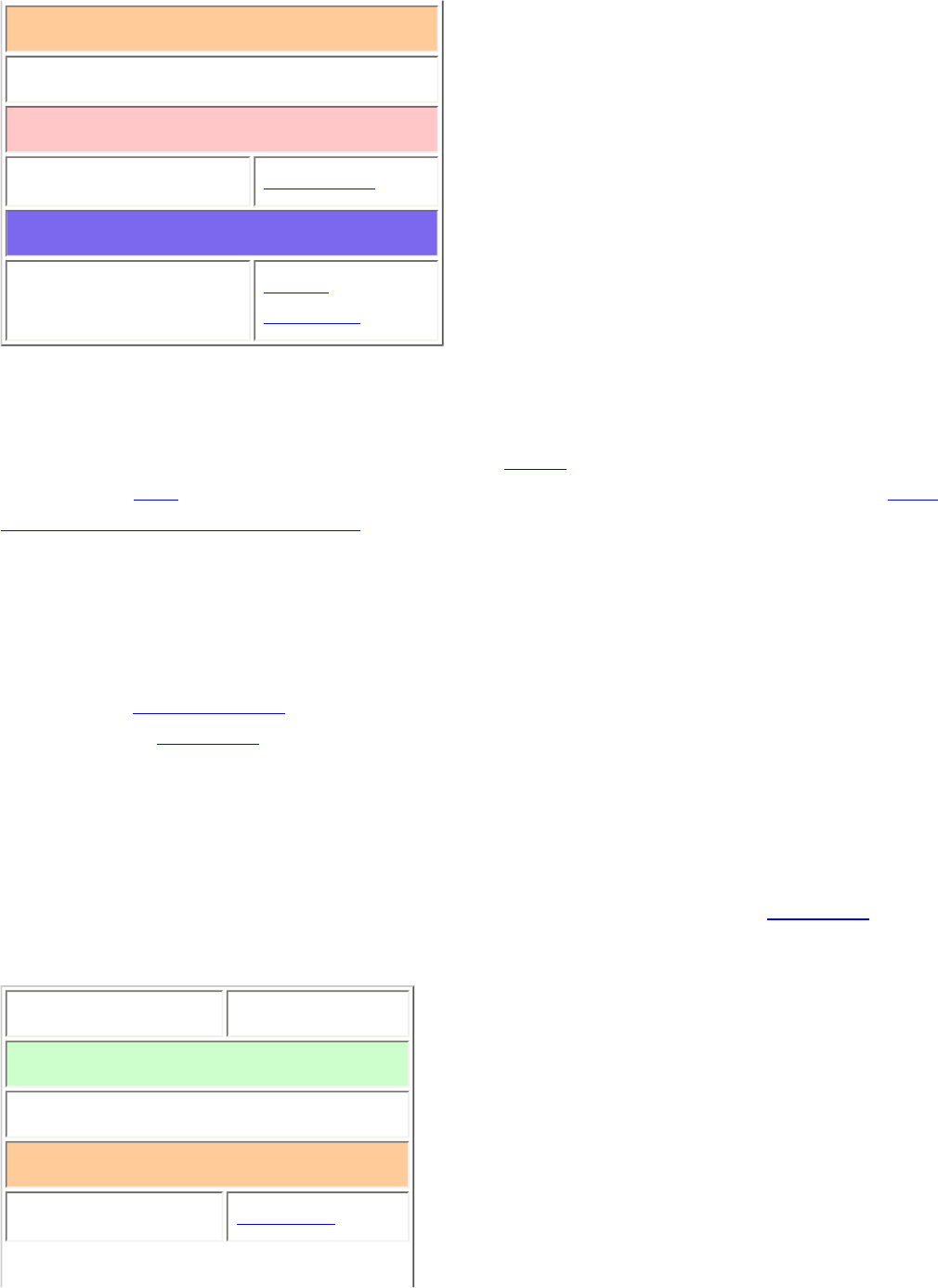
LTRTrunkedSystems < UnidenMan4 < TWiki
Recommended
None
Optional
Lockout Set Lockout
Available operations
Delete a frequency Delete
Frequency
Programming a system for Scanning
Once you create the system and at least 1 site, you can Search the system with no problems. However,
if you want to Scan the system, you'll need to program the required elements in following order (click
here for information on using the menu):
Create a channel group
Each LTR system can contain up to 20 channel groups.
1. On the Program System menu, select the system you just created.
2. Go to the Edit Group menu and select New Group .
3. If you need to change any of the channel group properties, you can do that now. Unless a
property is Required , you can operate the system without changing the default settings.
Channel group properties
All of these options can be found by selecting the group name under your scanner's Edit Group menu. If
necessary, the sub-menu and option name on each scanner are listed beside the property.
Property Option name
Required
None
Recommended
Name Edit Name
file:///C|/Documents%20and%20Settings/POpitz/My%20D...s/temp/CDImage_090515/Manual/LTRTrunkedSystems.html (5 of 7)5/26/2009 11:11:52 AM
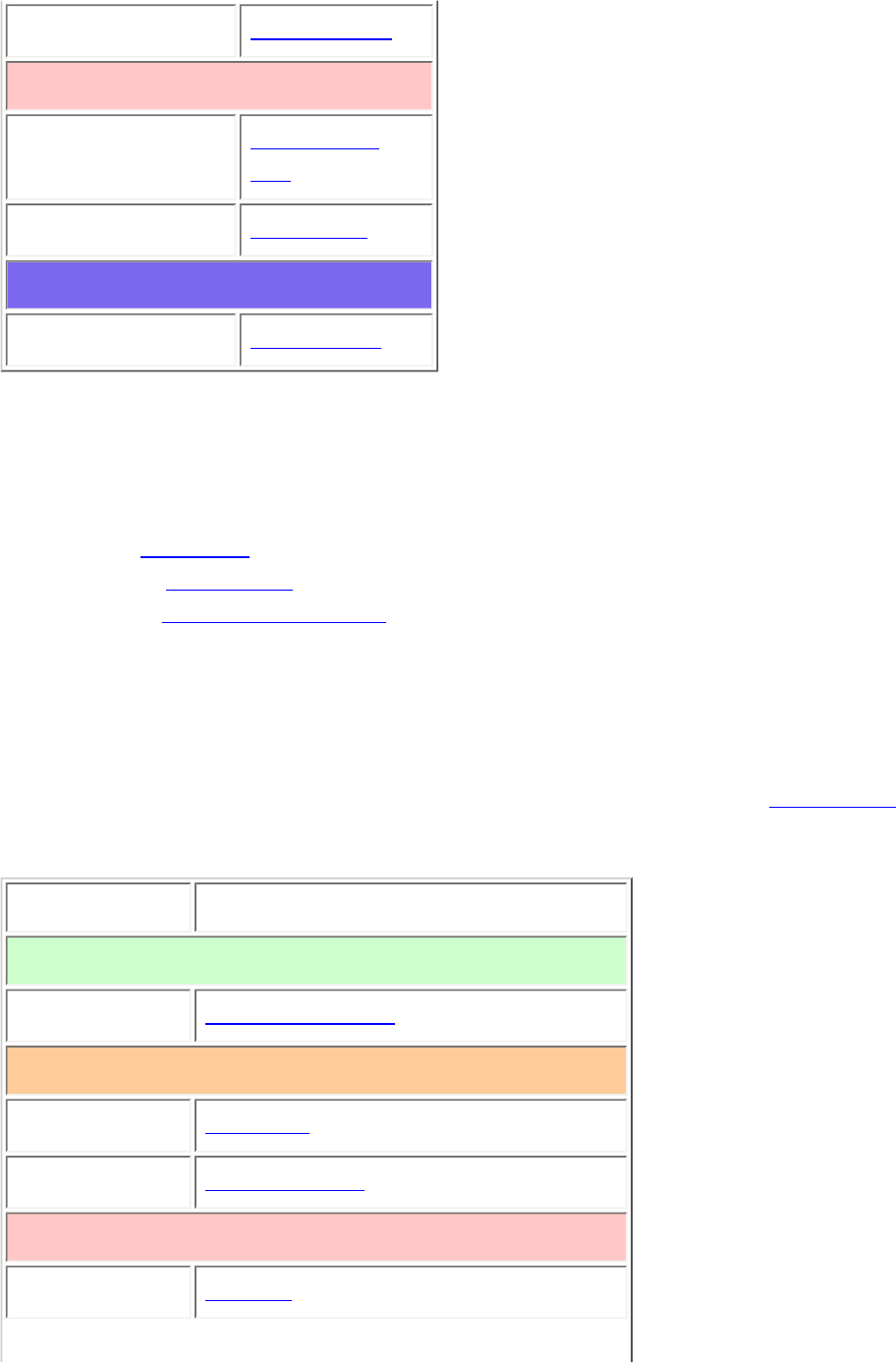
LTRTrunkedSystems < UnidenMan4 < TWiki
Quick key Set Quick Key
Optional
Location
information
Set Location
Info
Lockout Set Lockout
Available operations
Delete a group Delete Group
Create a channel in each group
Each trunked system can contain up to 500 channels.
1. On the Edit Group menu, select the channel group you just created.
2. Go to the Edit Channel menu and select New Channel .
3. Input the Talk Group ID (TGID) for this channel.
4. If you need to change any of the channel properties, you can do that now. Unless a property is
Required , you can operate the system without changing the default settings.
Channel properties
All of these options can be found by selecting the channel name your scanner's Edit Channel menu. If
necessary, the sub-menu and option name on each scanner are listed beside the property.
Property Option name
Required
TGID Edit Talk Group ID
Recommended
Name Edit Name
Number tag Set Number Tag
Optional
Alert Set Alert
file:///C|/Documents%20and%20Settings/POpitz/My%20D...s/temp/CDImage_090515/Manual/LTRTrunkedSystems.html (6 of 7)5/26/2009 11:11:52 AM
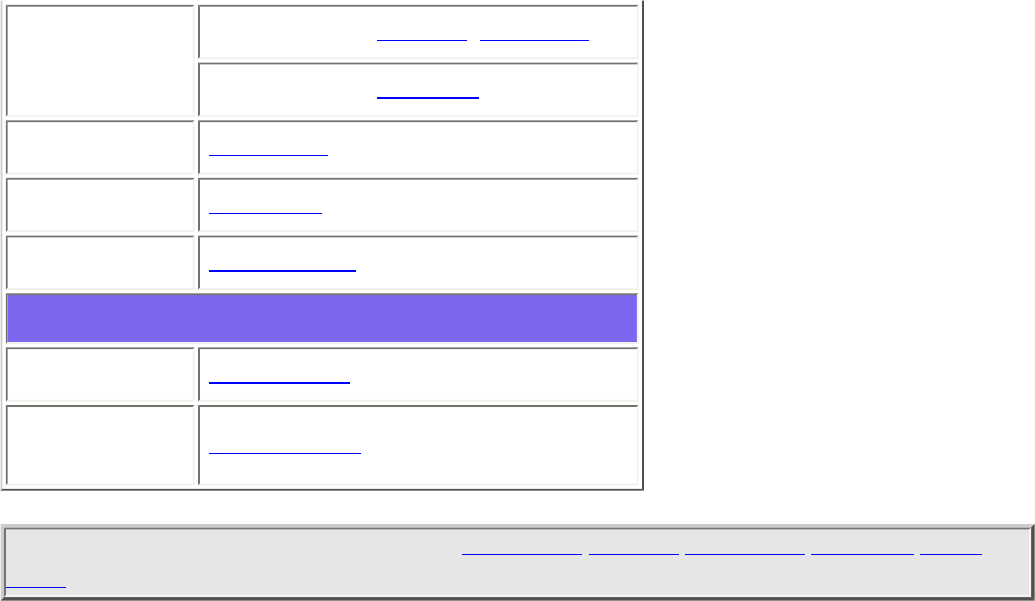
LTRTrunkedSystems < UnidenMan4 < TWiki
Record Out
BCD996XT and BCT15X: Set Record
BCD396XT and BC346XT: Not available
Lockout Set Lockout
Priority Set Priority
Volume Offset Volume Offset
Available operations
Copy a channel Copy Channel
Delete a
channel Delete Channel
This page applies to the following scanner(s): BCD996XT BCT15X BCD396XT BC346XT Users
Guide
file:///C|/Documents%20and%20Settings/POpitz/My%20D...s/temp/CDImage_090515/Manual/LTRTrunkedSystems.html (7 of 7)5/26/2009 11:11:52 AM
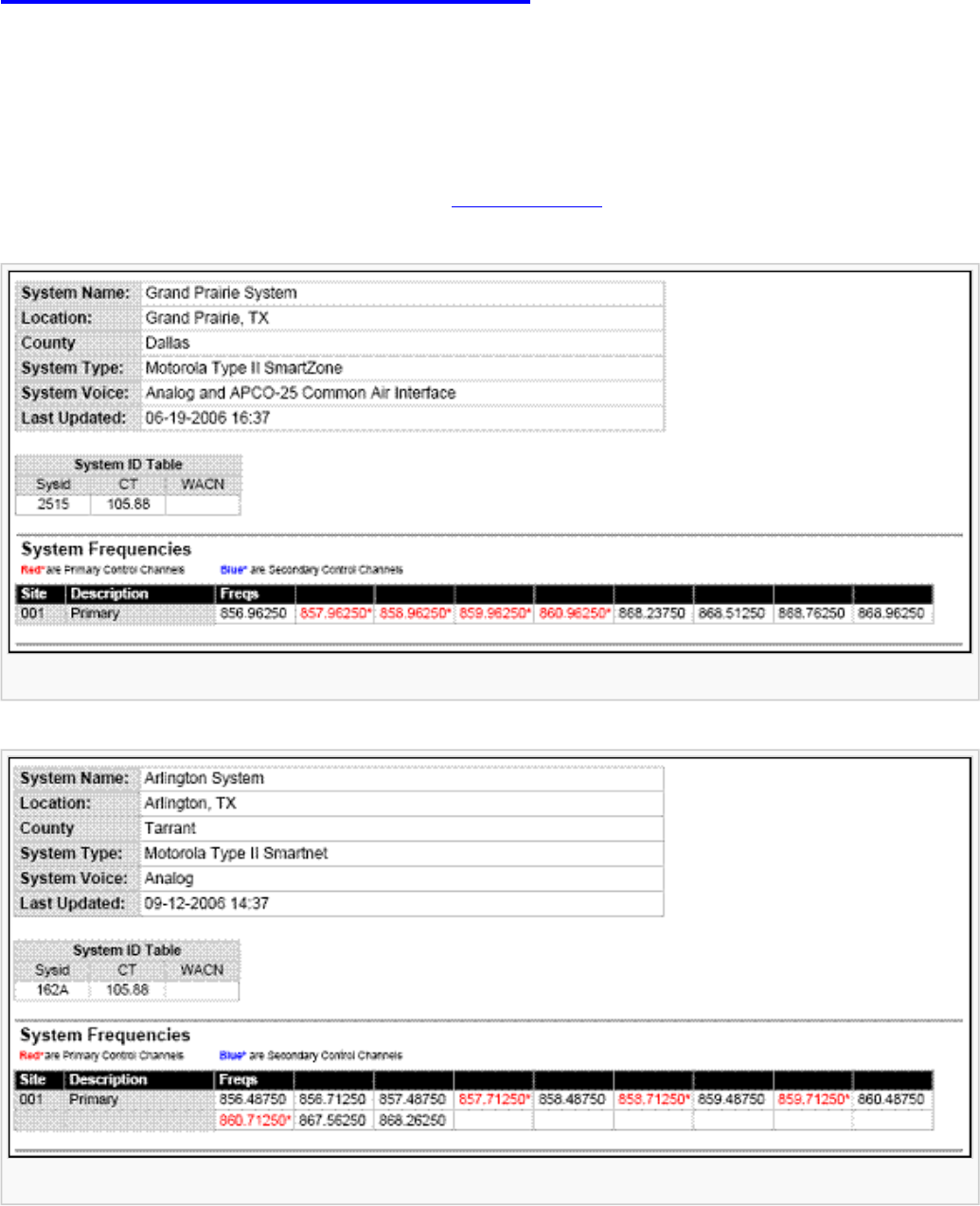
MotorolaTrunkedSystems < UnidenMan4 < TWiki
Motorola Trunked Systems
Please note that these pages are meant as general instructions. While most of the
information here applies to all scanners, some options may not be available on certain
scanner models. Model-specific options are indicated in the text.
A Motorola system can be an 800 MHz, 400 MHz (UHF), or 100-200 MHz (VHF) system. Below are
some examples of these Motorola systems from RadioReference:
Motorola 800 MHz System
Another Motorola 800 MHz System
file:///C|/Documents%20and%20Settings/POpitz/My%20D...p/CDImage_090515/Manual/MotorolaTrunkedSystems.html (1 of 8)5/26/2009 11:11:53 AM
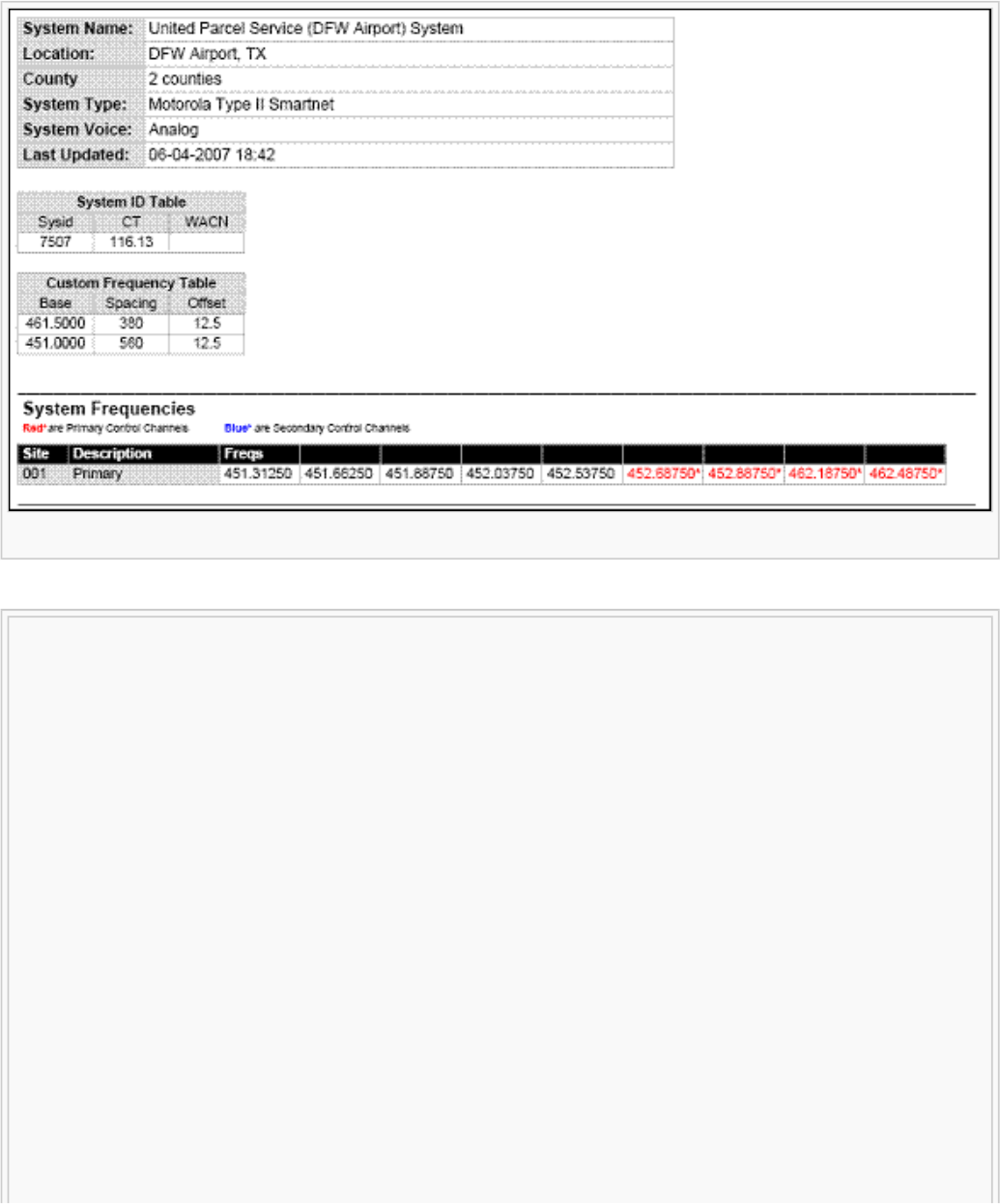
MotorolaTrunkedSystems < UnidenMan4 < TWiki
● Even though some (or all) of the System Voice channels are APCO 25, this system, and others
like it, is correctly programmed as a Motorola 800 MHz system, per the information given for
the System Type.
Motorola UHF System (400 MHz band)
file:///C|/Documents%20and%20Settings/POpitz/My%20D...p/CDImage_090515/Manual/MotorolaTrunkedSystems.html (2 of 8)5/26/2009 11:11:53 AM
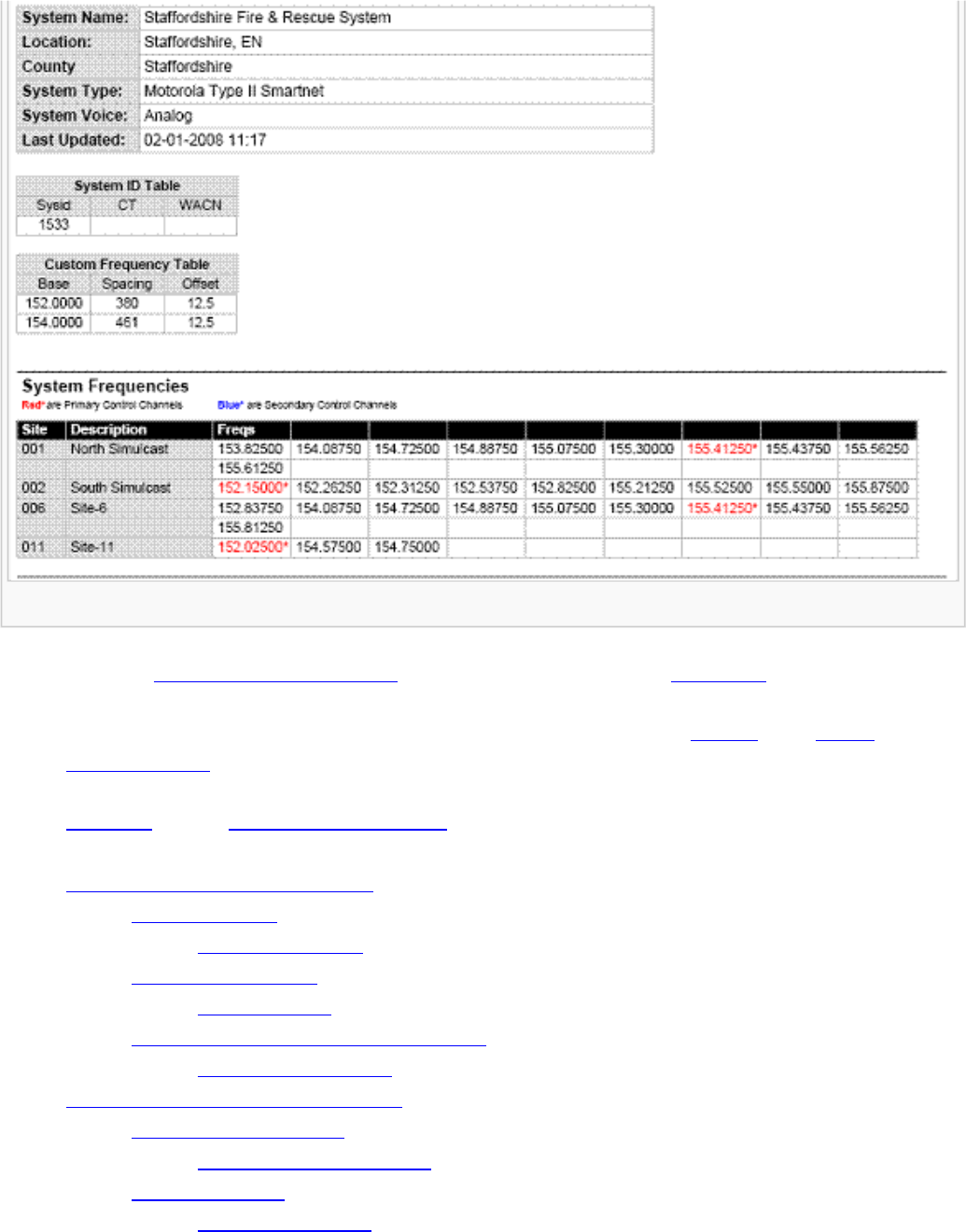
MotorolaTrunkedSystems < UnidenMan4 < TWiki
Motorola VHF System (100-200 MHz band)
● Here is a conceptual layout diagram of a basic Motorola system. (Click here for a legend of the
diagram.)
● You can download a planning worksheet for Motorola systems as a pdf file or an Excel
spreadsheet file.
● For more information on the different types of Motorola systems and how they work, see the
Motorola page at Radio Reference's Wiki.
● Programming a Motorola System
❍ Create a system
■ System properties
❍ Create at least 1 site
■ Site properties
❍ Create at least 1 frequency in each site
■ Frequency properties
● Programming a system for Scanning
❍ Create a channel group
■ Channel group properties
❍ Create a channel
■ Channel properties
file:///C|/Documents%20and%20Settings/POpitz/My%20D...p/CDImage_090515/Manual/MotorolaTrunkedSystems.html (3 of 8)5/26/2009 11:11:53 AM
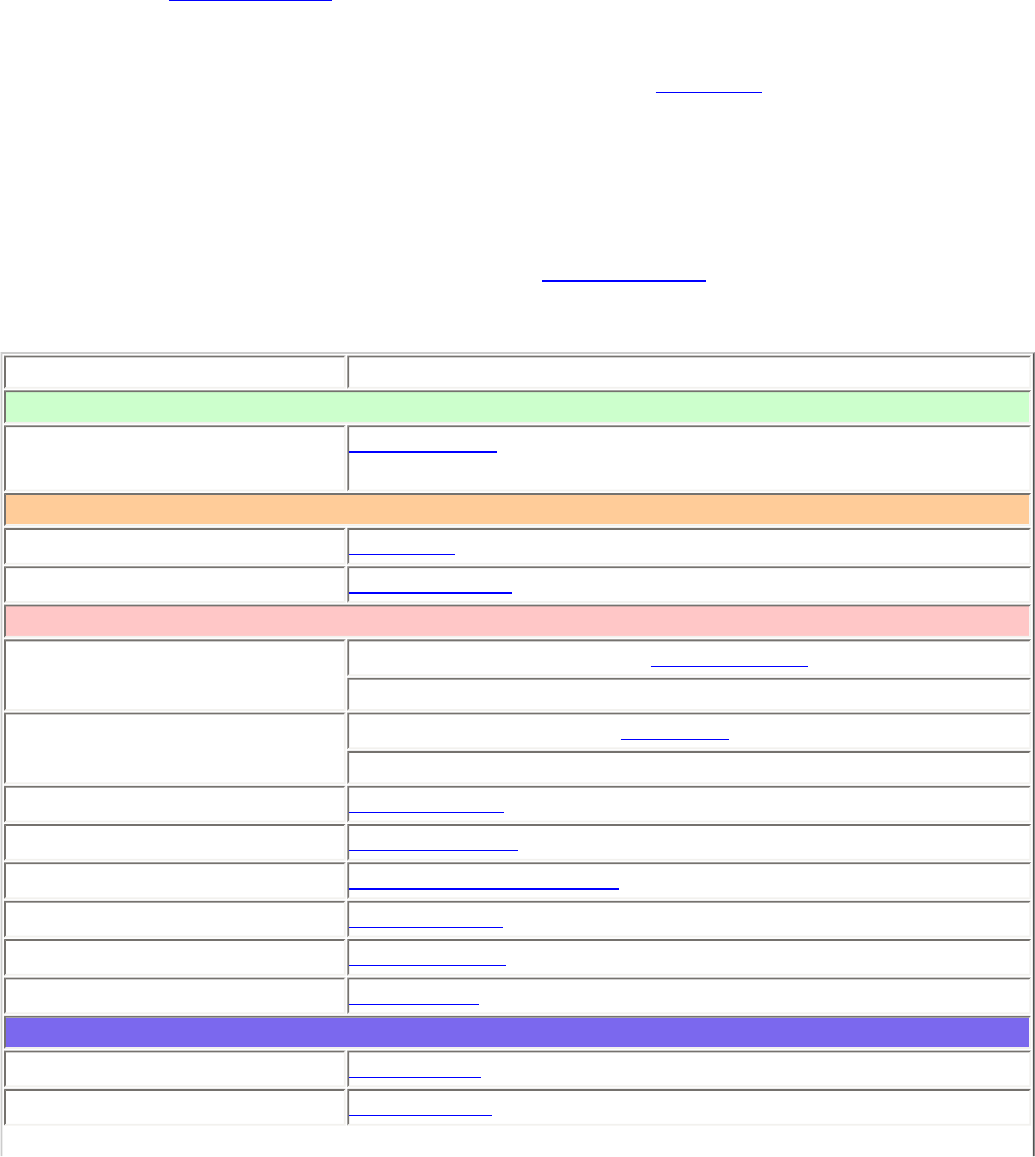
MotorolaTrunkedSystems < UnidenMan4 < TWiki
Programming a Motorola System
To program a Motorola system, you'll need to program the required elements in following order:
Create a system
1. Go to the Program System menu and choose New System .
2. The scanner will prompt you for the System Type. Select MOT .
3. When the scanner prompts you confirm, tap YES .
4. The scanner creates the system with a default name. Select Edit Name if you want to change it.
5. If you need to change any of the system properties, you can do that now. Unless a property is
Required , you can operate the system without changing the default settings.
System properties
All of these options can be found under your scanner's Program System menu. If necessary, the sub-
menu and option name on each scanner are listed beside the property.
Property Option name
Required
Fleet map Edit Fleet Map (Required for Motorola Type I or Type I/II Hybrid
systems only)
Recommended
Name Edit Name
Number tag Set Number Tag
Optional
Automatic Gain Control
(AGC)
BCD396XT and BCD996XT: Set Audio AGC
BC346XT and BCT15X: Not available
Record BCD996XT and BCT15X: Set Record
BCD396XT and BC346XT: Not available
Delay time Set Delay Time
Emergency alert Emergency Alert
ID format Set ID Format (DEC/HEX)
ID scan/search ID Scan/Search
Priority ID scan Priority ID scan
Status bit Set Status bit
Available operations
Copy a system Copy System
Delete a system Delete System
file:///C|/Documents%20and%20Settings/POpitz/My%20D...p/CDImage_090515/Manual/MotorolaTrunkedSystems.html (4 of 8)5/26/2009 11:11:53 AM
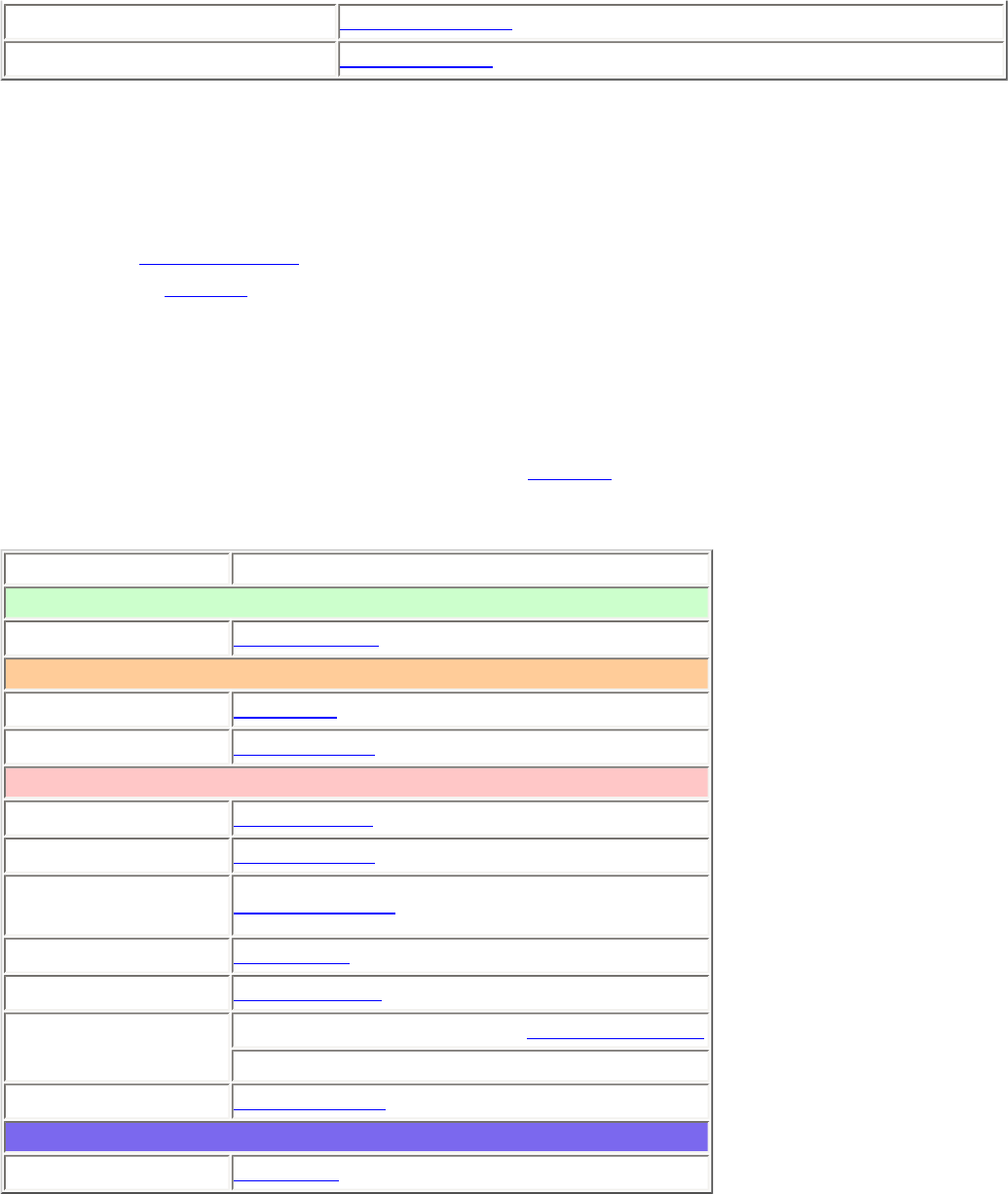
MotorolaTrunkedSystems < UnidenMan4 < TWiki
Review locked-out IDs Rvw ID:Srch L/O
Clear all locked-out IDs Clr All L/O IDs
Create at least 1 site
Each Motorola system can contain up to 256 sites, and all systems must contain at least 1 site.
1. On the Program System menu, select the system you just created.
2. Go to the Edit Site menu and select New Site .
3. If you need to change any of the site properties, you can do that now. Unless a property is
Required , you can operate the system without changing the default settings.
Site properties
All of these options can be found under your scanner's Edit Site menu. If necessary, the sub-menu and
option name on each scanner are listed beside the property.
Property Option name
Required
Band plan Edit Band Plan
Recommended
Name Edit Name
Quick key Set Quick Key
Optional
Attenuator Set Attenuator
Hold time Set Hold Time
Location
information Set LocationInfo
Lockout Set Lockout
Modulation Set Modulation
P25 wait time BCD396XT and BCD996XT: P25 Waiting Time
BC346XT and BCT15X: Not available
Startup key Set Startup Key
Available operations
Delete a site Delete Site
Create at least 1 frequency in each site
Each site must contain at least 1 frequency.
file:///C|/Documents%20and%20Settings/POpitz/My%20D...p/CDImage_090515/Manual/MotorolaTrunkedSystems.html (5 of 8)5/26/2009 11:11:53 AM
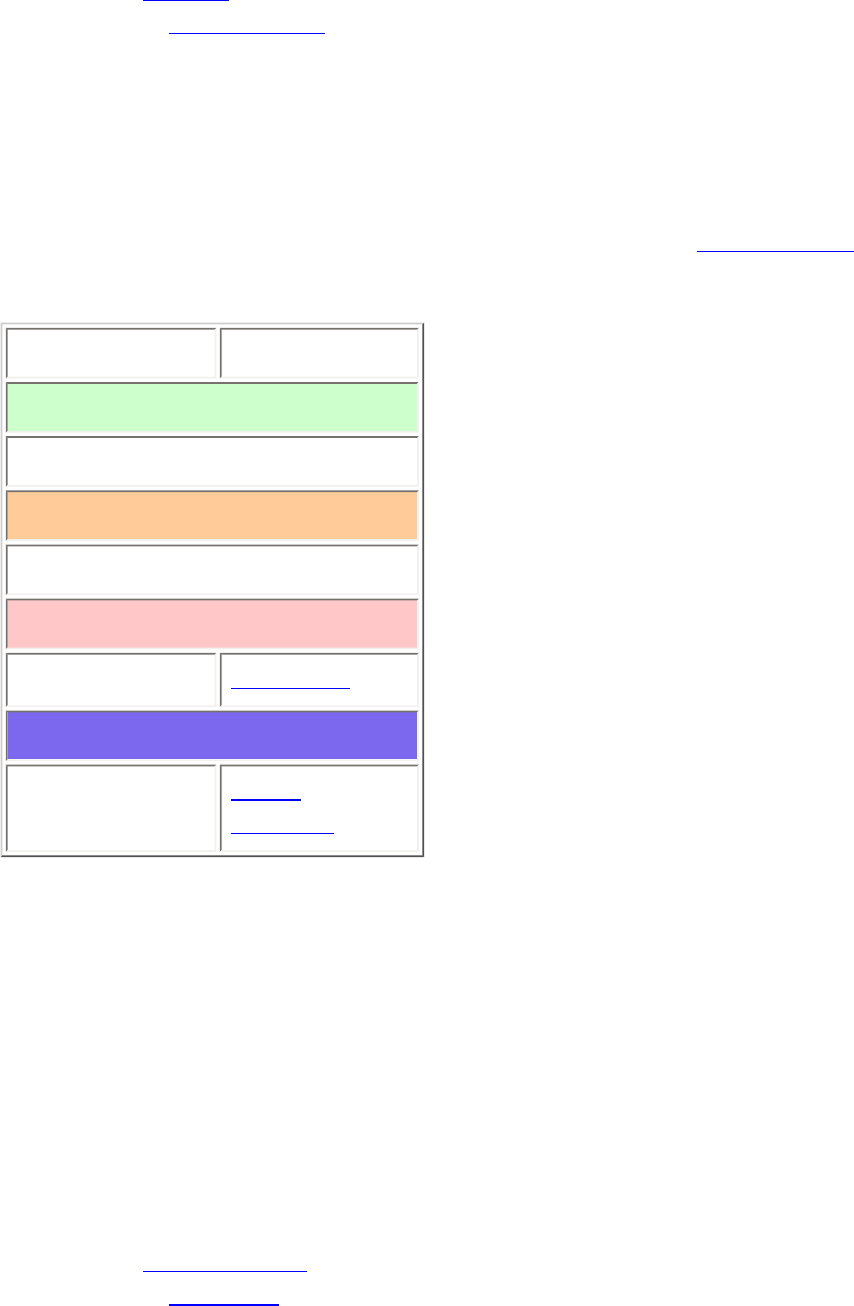
MotorolaTrunkedSystems < UnidenMan4 < TWiki
1. On the Edit Site menu, select the site you just created.
2. Go to the Set Frequencies sub-menu and select New Frequency .
3. Enter at least 1 frequency for this site.
4. If you need to change any of the frequency properties, you can do that now. Unless a property is
Required , you can operate the system without changing the default settings.
Frequency properties
All of these options can be found by selecting the frequency under the Set Frequencies sub-menu. If
necessary, the sub-menu and option name on each scanner are listed beside the property.
Property Option name
Required
None
Recommended
None
Optional
Lockout Set Lockout
Available operations
Delete a
frequency
Delete
Frequency
Programming a system for Scanning
Once you create the system and at least 1 site, you can scan the system in ID Search mode. In this
mode, the scanner stops on all system traffic for talk groups you have not locked out. If you want to use
ID Scan mode, you'll need to program channels into the system. In ID Scan, the scanner only stops on
talk groups you have programmed into a channel.
Create a channel group
Each Motorola system can contain up to 20 channel groups.
1. On the Program System menu, select the system you just created.
2. Go to the Edit Group menu and select New Group .
3. If you need to change any of the channel group properties, you can do that now. Unless a
file:///C|/Documents%20and%20Settings/POpitz/My%20D...p/CDImage_090515/Manual/MotorolaTrunkedSystems.html (6 of 8)5/26/2009 11:11:53 AM
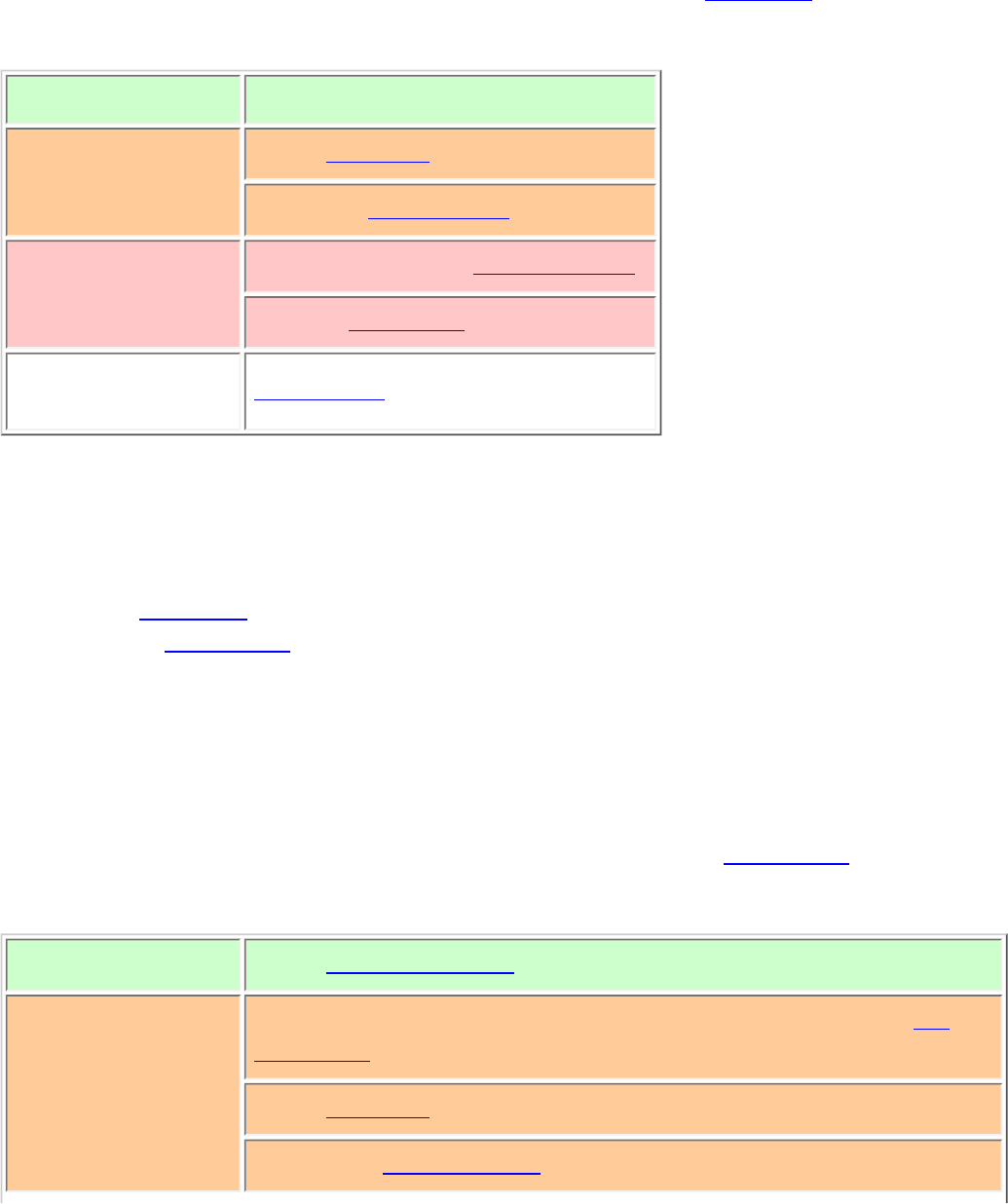
MotorolaTrunkedSystems < UnidenMan4 < TWiki
property is Required , you can operate the system without changing the default settings.
Channel group properties
(All of these options can be found by selecting the group name under the Edit Group menu. If
necessary, the sub-menu and the exact option name are listed beside each property.)
Required None
Recommended
Name (Edit Name)
Quick key (Set Quick Key)
Optional
Location information (Set LocationInfo)
Lockout (Set Lockout)
Available
operations Delete Group
Create a channel
Each trunked system can contain up to 500 channels.
1. On the Edit Group menu, select the channel group you just created.
2. Go to the Edit Channel menu and select New Channel .
3. Input the Talk Group ID (TGID) for this channel.
4. If you need to change any of the channel properties, you can do that now. Unless a property is
Required , you can operate the system without changing the default settings.
Channel properties
(All of these options can be found by selecting the channel name under the Edit Channel menu. If
necessary, the sub-menu and the exact option name are listed beside each property.)
Required TGID (Edit Talk Group ID)
Recommended
Audio type (Analog or digital) (BCD396XT and BCD996XT only) (Set
Audio Type)
Name (Edit Name)
Number tag (Set Number Tag)
file:///C|/Documents%20and%20Settings/POpitz/My%20D...p/CDImage_090515/Manual/MotorolaTrunkedSystems.html (7 of 8)5/26/2009 11:11:53 AM
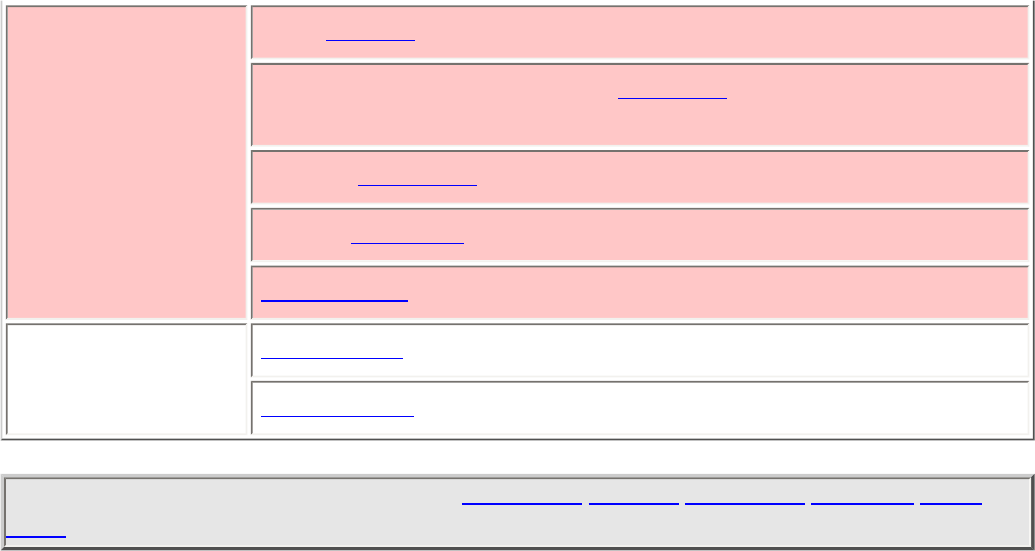
MotorolaTrunkedSystems < UnidenMan4 < TWiki
Optional
Alert (Set Alert)
Record (BCD996XT and BCT15X: Set Record; BCD396XT and
BC346XT: Not available)
Lockout (Set Lockout)
Priority (Set Priority)
Volume Offset
Available operations
Copy Channel
Delete Channel
This page applies to the following scanner(s): BCD996XT BCT15X BCD396XT BC346XT Users
Guide
file:///C|/Documents%20and%20Settings/POpitz/My%20D...p/CDImage_090515/Manual/MotorolaTrunkedSystems.html (8 of 8)5/26/2009 11:11:53 AM

RadioSystemsOverview < UnidenMan4 < TWiki
Radio Systems Overview
There are two basic types of radio systems: conventional systems and trunked systems.
● Conventional radio systems
● Trunked radio systems
❍ Trunked system basics
❍ How a trunked system works
❍ A real life example
Conventional radio systems
In a conventional radio system, each group of users is assigned one (for simplex systems) or two frequencies (for repeater systems). For example, the
police in your area might operate on 460.500 MHz, the fire department on 154.445 MHz, the highway department on 37.900 MHz, etc. All
transmissions from each group always go out on the on the same frequency--the police won't randomly switch to 500.000 MHz, for instance.
Since each group always stays on the same frequency and frequencies never overlap, it's very easy to follow conversations on conventional systems:
when your scanner stops on a frequency, you usually know who it is, and more importantly, you can stop on a channel and listen to an entire
conversation.
Up until the late 1980s, this was the primary way that radio systems operated. Some examples of conventional radio systems are
● Aircraft
● Amateur radio
● FRS/GMRS users
● Small, private radio systems
Trunked radio systems
Several major trends have converged that have resulted in agencies moving to more efficient trunked radio systems:
● Higher levels of radio usage has meant that there arent enough individual frequencies available to allow every group to have their own
frequency.
● Technology advances have brought down the overall cost and complexity of implementing a trunked radio system while increasing the
features available to the agency and individual radio users.
● Roll-out of major statewide trunked systems makes it easier for even small agencies to piggy back onto the larger system for less cost than
replacing existing systems.
Trunked system basics
There are three major elements common to most trunked systems:
System Controller
The system controller is a special computer that assigns voice channels to users as they key up their radio. The controller is the brains
behind the trunking system.
Voice Frequency Pool
The voice frequency pool is a selection of radio frequencies available to the system controller for assigning voice traffic. By assigning
voice frequencies to channels only as they are needed, a trunked system can support many more channels than it actually has
frequencies.
Talk Group IDs
A Talk Group ID identifies which user or agency has been assigned a particular voice frequency at any particular moment. The Talk
Group ID is essentially the user's "channel": since each voice frequency is used over and over by all the agencies on the system,
trunked systems rely on the Talk Group ID to identify which particular user or agency is talking.
file:///C|/Documents%20and%20Settings/POpitz/My%20D...emp/CDImage_090515/Manual/RadioSystemsOverview.html (1 of 3)5/26/2009 11:12:00 AM
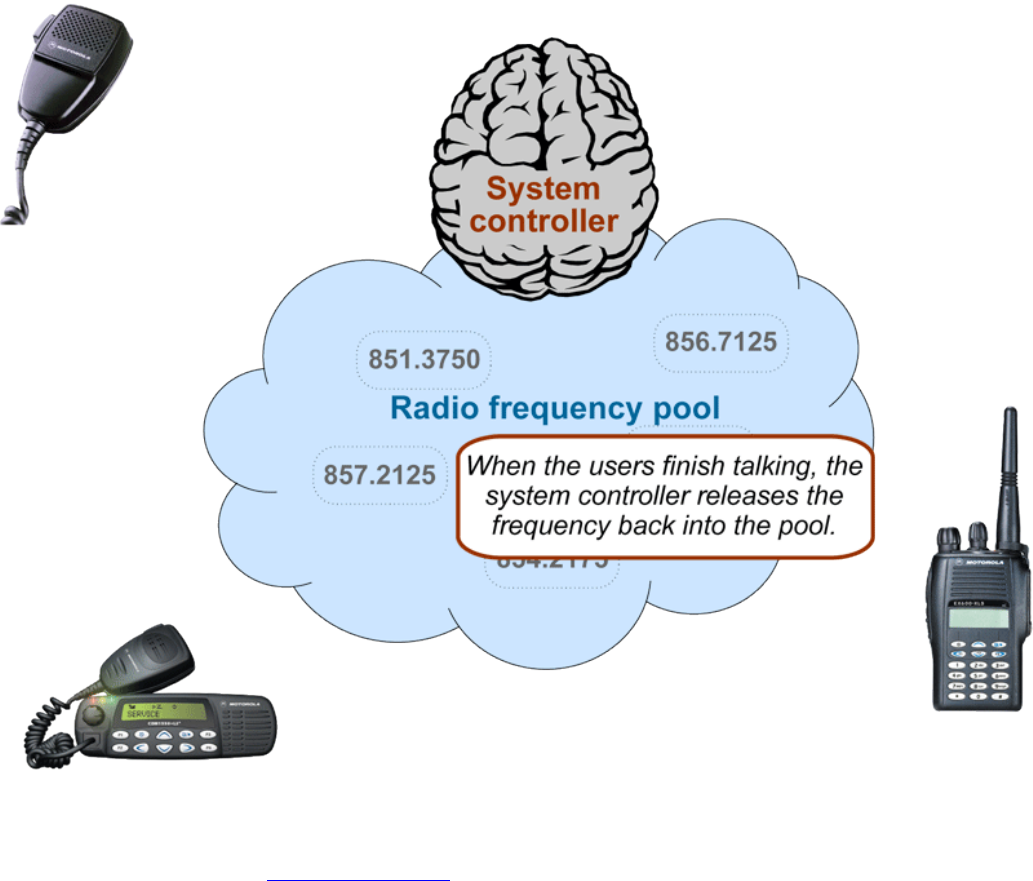
RadioSystemsOverview < UnidenMan4 < TWiki
How a trunked system works
A typical communication on a trunked system goes something like this:
1. A user selects the channel they want to communicate on and presses the PTT button on the side of their radio.
2. This sends a channel request message to the controller that the user wants to start a transmission on the Talk Group ID (the channel) that they
selected.
3. The controller locates an unused voice frequency and assigns it to that Talk Group ID.
4. The controller then sends out a channel grant message to all radios on the system so everyone knows where to find the voice channel for that
Talk Group.
5. At this point, the original user's radio beeps, and the user can begin their transmission. While this sounds complicated, in real life this process
takes about half a second (sometimes less).
When the user releases the PTT button, the controller releases the voice frequency from its Talk Group ID assignment, leaving the frequency free for
the next user that becomes active.
A real life example
A typical 20-frequency trunked system can support hundreds of channels. For example, the Fort Worth system includes over 400 channels providing
communication support for Fort Worth agencies (Police, Fire and Ambulance) and agencies in the surrounding cities of Kennedale, North Richland
Hills, Forest Hill, Haltom City and Richland Hills. In addition, the same system also supports the Tarrant County Sheriff and Texas Christian
University. (You can see its setup in the RadioReference database.)
Before moving to the trunked system, the Police had only 6 channels (North, South, East, West, Information, and Tactical). Since moving to the
trunked system, they are now able to provide 11 channels for North Side PD alone: a main dispatch channel, three talkaround channels, a supervisor
channel, a bike patrol channel, and several community patrol channels. Other police districts have similar channel requirements, and now special
file:///C|/Documents%20and%20Settings/POpitz/My%20D...emp/CDImage_090515/Manual/RadioSystemsOverview.html (2 of 3)5/26/2009 11:12:00 AM

RadioSystemsOverview < UnidenMan4 < TWiki
operations teams such as SWAT, Narcotics, and Traffic each have one or more dedicated channels for their use as well.
This page applies to the following scanner(s): BCD996XT BCT15X BCD396XT BC346XT Users
Guide
file:///C|/Documents%20and%20Settings/POpitz/My%20D...emp/CDImage_090515/Manual/RadioSystemsOverview.html (3 of 3)5/26/2009 11:12:00 AM

DecipheringTrunkedSystems < UnidenMan4 < TWiki
Deciphering Trunked Systems
● Before you program a trunked system
❍ System Type
■ P25 Systems
■ LTR Systems
■ Motorola Systems
■ EDACS Systems
■ Conventional Systems
■ Non-scannable Systems
❍ System Voice
❍ System Frequencies
❍ Talk Group IDs (Channels)
Before you program a trunked system
To the average radio user, the complexity of a trunked system is invisible. Their radio is
programmed up at the radio shop. They can still easily select who they need to communicate
with by selecting a channel on their two-way. They can even directly call other radio users
without tying up a dispatch channel — something they could never do before. As a scanner
user, on the other hand, you need to know the different types of trunking systems in use, what
options are available on each system, and three key pieces of information about any trunking
system before you start any actual programming:
● System Type
● System Frequencies
● IDs of the Talk Groups you want to hear
All of this information is usually available from the online database at RadioReference. The
picture to the right shows a screenshot of a system from the database, with the pertinent
information highlighted.
file:///C|/Documents%20and%20Settings/POpitz/My%20D...DImage_090515/Manual/DecipheringTrunkedSystems.html (1 of 5)5/26/2009 11:12:03 AM
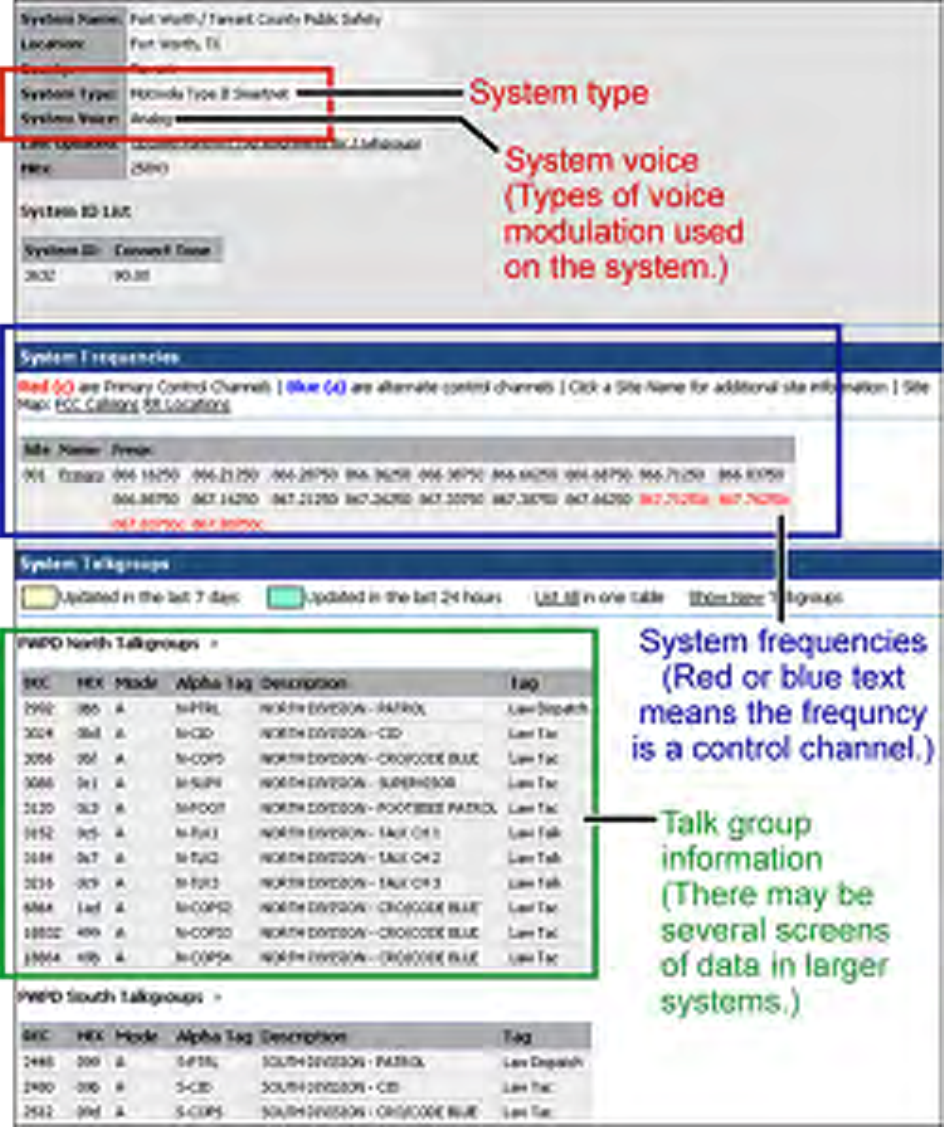
DecipheringTrunkedSystems < UnidenMan4 < TWiki
System Type
There are five major types of scannable systems; some of these also have subtypes. In the
RadioReference database, you can generally determine the radio system type by looking at the
line labeled System Type at the top of the screen (inside the red square in the screenshot).
file:///C|/Documents%20and%20Settings/POpitz/My%20D...DImage_090515/Manual/DecipheringTrunkedSystems.html (2 of 5)5/26/2009 11:12:03 AM

DecipheringTrunkedSystems < UnidenMan4 < TWiki
P25 Systems
These are identified in the RadioReference database as Project 25 Standard . If the System
Type line says anything else, then it is not a P25 system (even though it might have some P25
channels).
LTR Systems
These systems are identified as LTR Standard in the system type.
Motorola Systems
There are several subcategories of Motorola systems, but they will all have some form of
Motorola in the system type: Motorola Fleetnet , Motorola Smartnet , Motorola Smartzone ,
etc. Once you have identified that it is a Motorola system, you can check the system
frequencies to confirm its subtype:
● Motorola 800: all of the frequencies are in the 800 MHz range
● Motorola 900: all of the frequencies are in the 900 MHz range
● Motorola UHF: all of the frequencies are between 400 and 512 MHz
● Motorola VHF: all of the frequencies are between 100 and 200 MHz.
EDACS Systems
There are three subtypes of EDACS systems:
● EDACS Wide: identified as EDACS Standard in the system type.
● EDACS Narrow: identified as EDACS Narrowband in the system type.
● EDACS SCAT: identified as EDACS Scat in the system type (these systems operate on
a single frequency).
Conventional Systems
This fifth type of scannable system is a general catchall for all non-trunked systems. See
Conventional Systems for more information.
Non-scannable Systems
There are several system types that cannot be monitored with a scanner, either because the
systems use proprietary digital formats that are not licensable by scanner manufacturers, or
because the systems are not in wide enough use to make it cost-effective for manufacturers to
file:///C|/Documents%20and%20Settings/POpitz/My%20D...DImage_090515/Manual/DecipheringTrunkedSystems.html (3 of 5)5/26/2009 11:12:03 AM
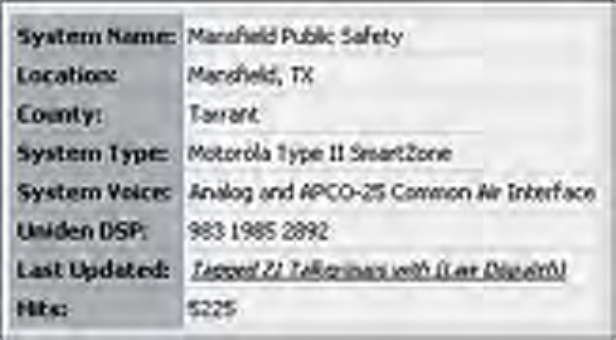
DecipheringTrunkedSystems < UnidenMan4 < TWiki
develop a scanner that can monitor them.
These non-scannable systems are identified in the system type as:
● EDACS w/ESK
● LTR Passport
● OpenSky Standard
● MPT1327
● Tetra
System Voice
The other line inside the red square in the screenshot is System Voice , which summarizes the
kinds of voice modulation used on the system. Youll find the following voice types:
● Analog (can be heard with any trunking scanner)
● APCO-25 (can be heard with a digital scanner)
● ProVoice (cannot be heard by any scanner)
● VSELP (cannot be heard by any scanner)
The system voice also tells us
when digital channels are
mixed in with analog
channels on the same system.
Unfortunately, this means the
system voice line can cause a
lot of confusion. Just
remember: system voice does
not define the system type .
For example, in the system
information shown to the left,
we see that APCO-25 can be
used as a voice type on a Motorola system that is not actually a P25 system . When we're trying
to determine whether a system is a P25 system, we need to ignore the System Voice line and
focus on the System Type line. If there is P25 Voice on a non-P25 system, the scanner can sort
this out while scanning.
System Frequencies
The system frequencies section in the database lists all the frequencies used by the system (see
the blue square in the screenshot above on the right). For Motorola and P25 systems, you will
file:///C|/Documents%20and%20Settings/POpitz/My%20D...DImage_090515/Manual/DecipheringTrunkedSystems.html (4 of 5)5/26/2009 11:12:03 AM

DecipheringTrunkedSystems < UnidenMan4 < TWiki
need to program only the system control channel frequencies: those are the frequencies shown
in red (for primary control channels) and blue (for alternate control channels) in the database.
For EDACS and LTR systems, you will need to program all the listed frequencies and their
associated LCN (that is a small number right next to the frequency). Some systems have
multiple sets of frequencies. These are called multi-site systems: each set of frequencies
corresponds to a different physical antenna site.
Talk Group IDs (Channels)
The Talk Group information section (inside the green rectangle) shows the different channels
on the system and which agency uses them. You'll need to go through the list and make a note
of the channels you want to hear. Then you can start thinking about how you want to organize
those channels.
(Keep in mind that this screenshot shows just a few of the channels on a single system. One of
the great features available to subscribers on RadioReference is the ability to tag channels
directly on the site and print out a nicely-formatted hardcopy of each system. It makes this task
much, much easier.)
This page applies to the following scanner(s): BCD996XT BCT15X BCD396XT BC346XT
Users Guide
file:///C|/Documents%20and%20Settings/POpitz/My%20D...DImage_090515/Manual/DecipheringTrunkedSystems.html (5 of 5)5/26/2009 11:12:03 AM
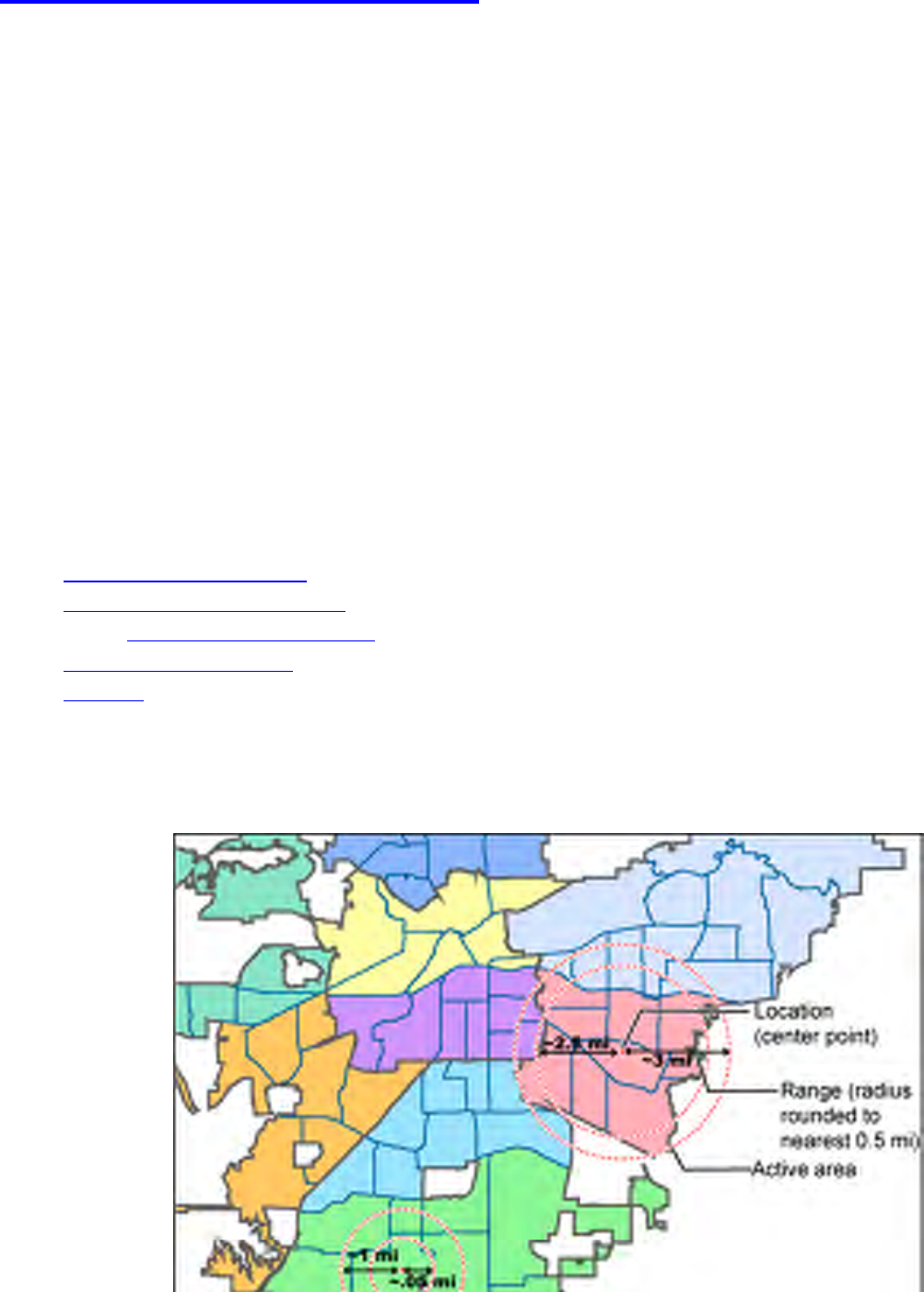
LocationBasedScanning < UnidenMan4 < TWiki
Location-based Scanning
Location-based scanning allows you to control which systems/sites and channel groups are scanned based
on your exact location. This frees you from having to manually enable and disable systems or channel
groups as you change location.
To use Location-Based scanning, you need to have the following:
● the location for the center point for each system/site or channel group you want to control
● the radius or distance from the center point you want to set as the range for each system/site or
channel group
● if you are scanning while traveling, you may want to include the heading (direction) of travel
● some type of mapping method. If you don't want to use paper maps, you might try a mapping
software (such as Microsoft® Streets and Trips or Delorme® Street Atlas) that allows you to draw
markings and overlays on maps.
● a GPS receiver with a serial data output (NMEA)
There are many different approaches you can use to determine where to place a center point for a system/
site or channel group. The two most common are the geopolitical approach and the antenna-centric
approach. For large trunked systems, you may find that a combination of these two approaches works best.
● The Geopolitical Approach
● The Antenna-Centric Approach
❍ Finding an antenna location
● Combining for Efficiency
● See Also
The Geopolitical Approach
With the
geopolitical
approach, you
want the
scanner to turn
on the system/
site or channel
group at the
limit of
relevance
rather than
reception. This
approach is
useful for
scanning
file:///C|/Documents%20and%20Settings/POpitz/My%20D...mp/CDImage_090515/Manual/LocationBasedScanning.html (1 of 7)5/26/2009 11:12:06 AM
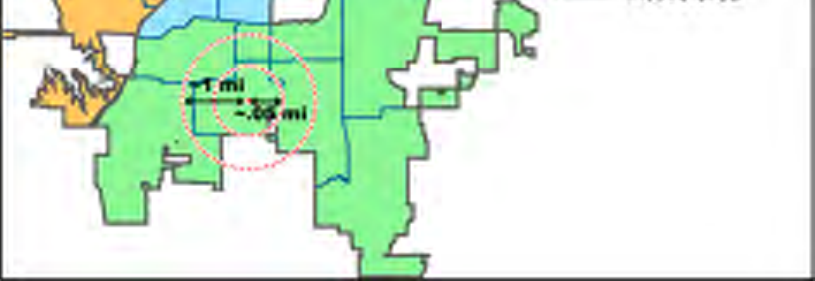
LocationBasedScanning < UnidenMan4 < TWiki
targets that
have a well-
defined
jurisdiction
and their
transmission
are only
relevant when
you are within
that
jurisdiction.
To use the geopolitical approach, find the geographical center of the scanning target's territory (whether
city, county, district, precinct, or other agency jurisdiction), and set these coordinates as your center point
location. Then, adjust the range or radius to cover the boundaries of that target.
To use this method, use your chosen mapping application to zoom out so that the entire target is visible,
then, draw a circle that just covers the targets boundaries. Adjust the size of the circle to the nearest 1/2
mile increment.
Depending on the shape of the territory, you may have to choose between a lot of overlap or not covering
the entire area: jurisdiction, you might end up with a large amount of overlap. You'll have to decide which
radius that best suits your application.
For example, if your territory is a city, you'll have a lot of "extra" area if you use one single location:
file:///C|/Documents%20and%20Settings/POpitz/My%20D...mp/CDImage_090515/Manual/LocationBasedScanning.html (2 of 7)5/26/2009 11:12:06 AM
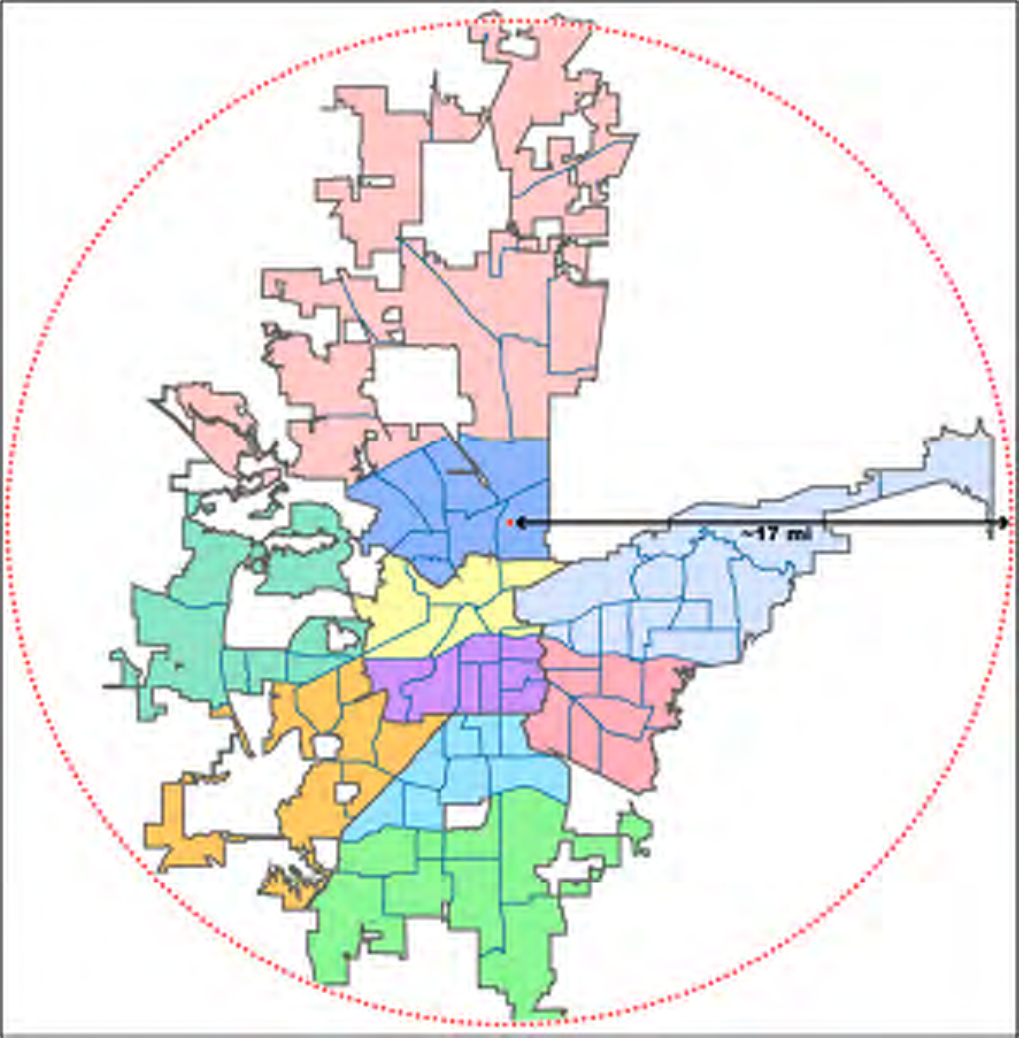
LocationBasedScanning < UnidenMan4 < TWiki
On the other hand, if you sub-divide the area, you may end up with areas that are not covered:
file:///C|/Documents%20and%20Settings/POpitz/My%20D...mp/CDImage_090515/Manual/LocationBasedScanning.html (3 of 7)5/26/2009 11:12:06 AM
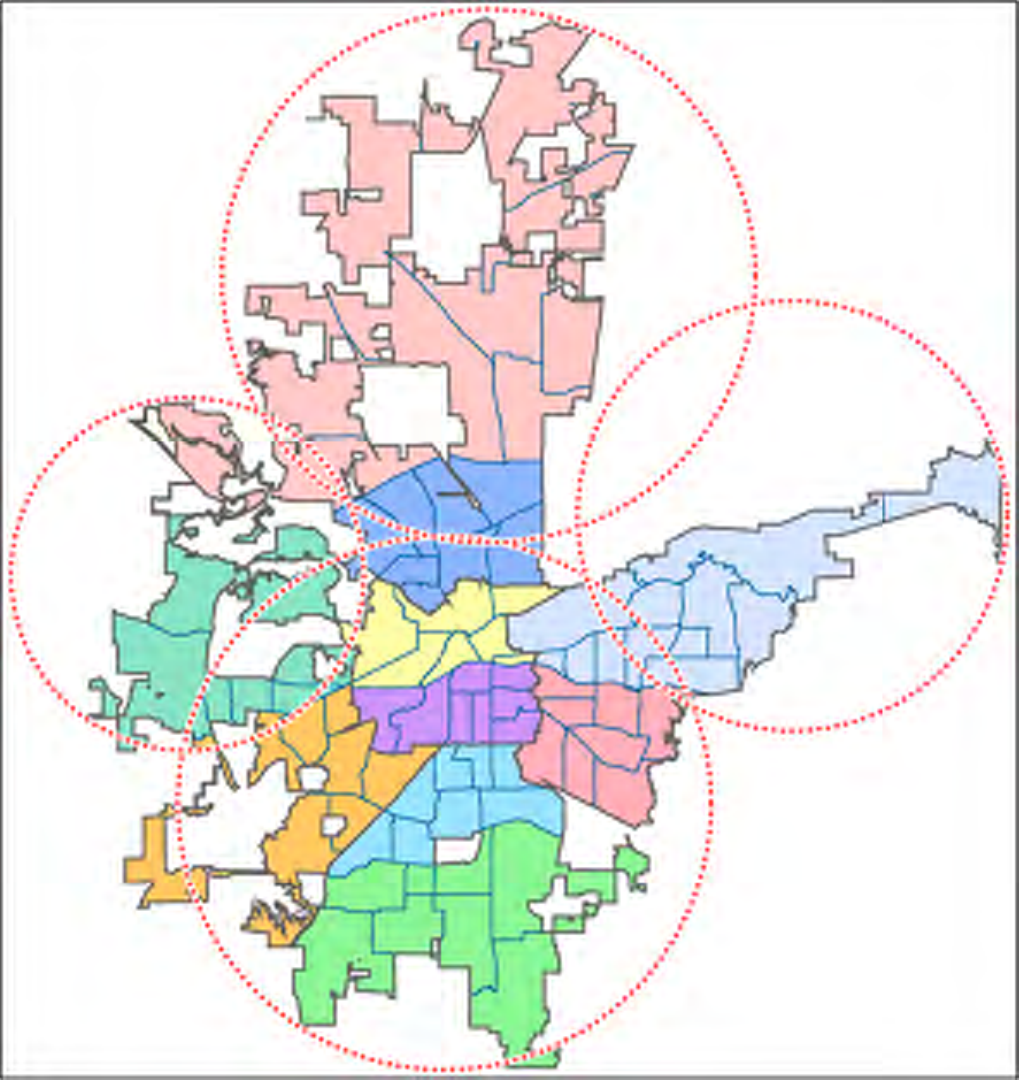
LocationBasedScanning < UnidenMan4 < TWiki
The Antenna-Centric Approach
Using an antenna-centric approach, you set the physical antenna location as the system/sites center point
and the antenna's actual reach as the range.
file:///C|/Documents%20and%20Settings/POpitz/My%20D...mp/CDImage_090515/Manual/LocationBasedScanning.html (4 of 7)5/26/2009 11:12:06 AM
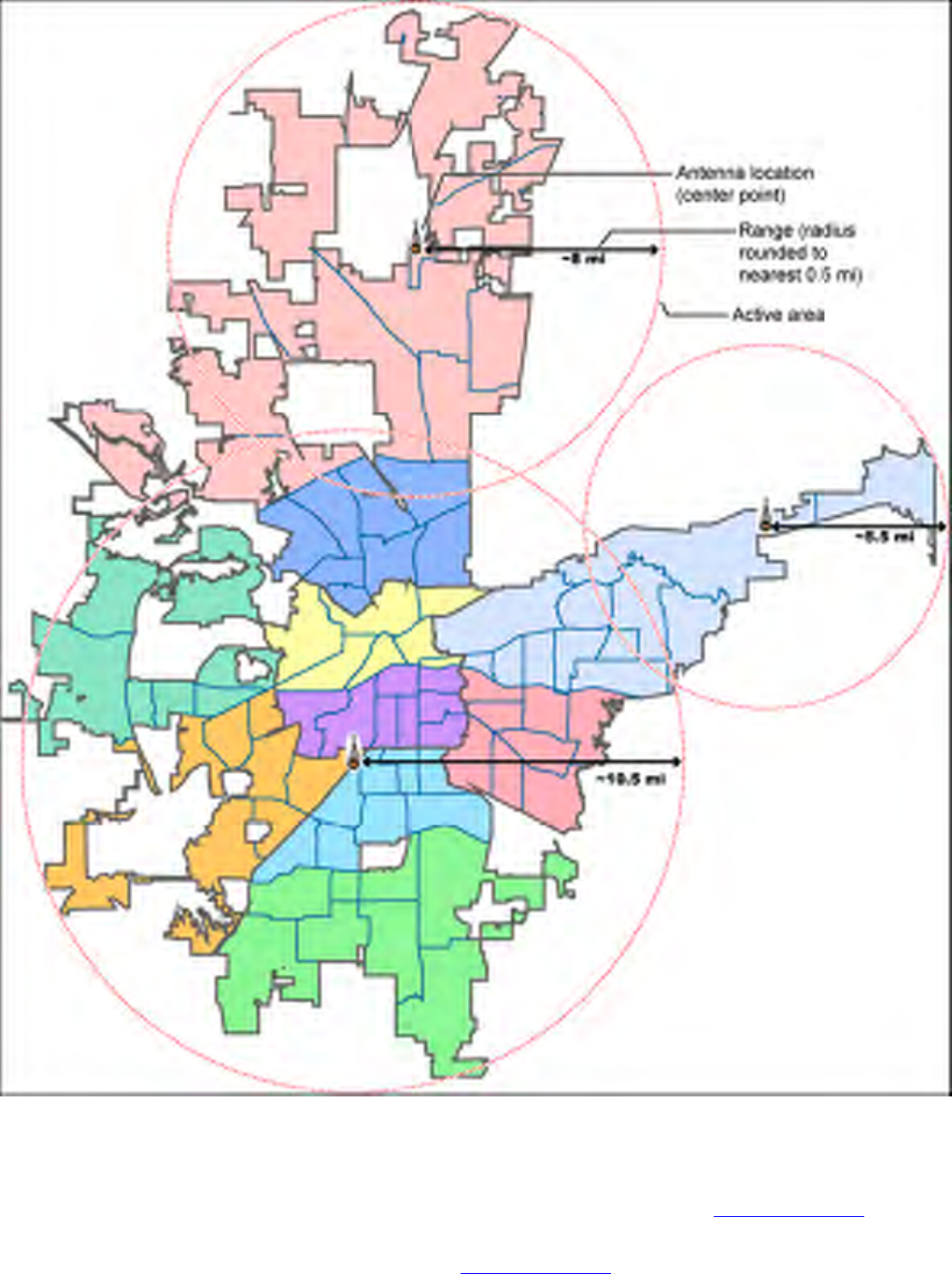
LocationBasedScanning < UnidenMan4 < TWiki
Finding an antenna location
You can find the physical location of antennas using the databases available at Radio Referenceor the
FCC's Antenna Structure Registration site. Both sites list the latitude, longitude, and height of the antenna,
and both sites can map the exact location for you. (Radio Reference is more user-friendly, so it's easier to
file:///C|/Documents%20and%20Settings/POpitz/My%20D...mp/CDImage_090515/Manual/LocationBasedScanning.html (5 of 7)5/26/2009 11:12:06 AM
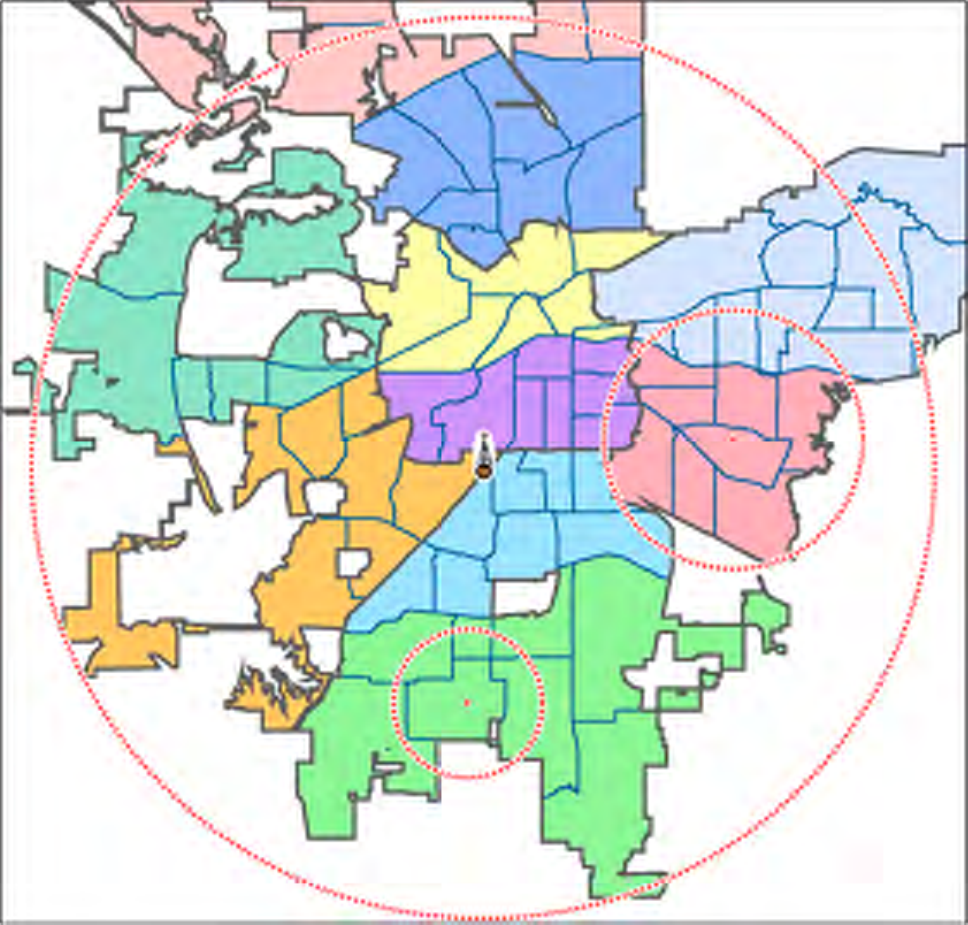
LocationBasedScanning < UnidenMan4 < TWiki
find what you're looking for.)
Combining for Efficiency
Because many trunked systems have both multiple antenna sites and multiple agencies with differing
geographic boundaries, you may want to combine the approaches:
1. Use the antenna centric approach at the site level: set the geographic coordinates of the antenna as
the central location for each site.
2. Use the geopolitical approach at the channel group level. Within the same system, set up a channel
group for each agency, and set the central point of the agency territory as the group location.
With both approaches combined into a single system, the scanner will now seamlessly switch between
file:///C|/Documents%20and%20Settings/POpitz/My%20D...mp/CDImage_090515/Manual/LocationBasedScanning.html (6 of 7)5/26/2009 11:12:06 AM

LocationBasedScanning < UnidenMan4 < TWiki
antenna sites as needed to keep the scanner tuning only to those sites you can receive well, and will also
turn channel groups on and off as you relocate to different jurisdictions.
See Also
Connecting a GPS receiver
Programming locations
This page applies to the following scanner(s): BCD996XT BCT15X BCD396XT BC346XT Users
Guide
file:///C|/Documents%20and%20Settings/POpitz/My%20D...mp/CDImage_090515/Manual/LocationBasedScanning.html (7 of 7)5/26/2009 11:12:06 AM

ScanningLegally < UnidenMan4 < TWiki
Scanning Legally
Your scanner covers frequencies used by many different groups, including police and
fire departments, ambulance services, government agencies, private companies, amateur
radio services, military operations, pager services, and wireline (telephone and telegraph)
service providers.
It is legal to listen to almost every transmission your scanner can receive. However, there
are some transmissions that you should never intentionally listen to. These include:
● Telephone conversations (cellular, cordless, or other private means of telephone
signal transmission)
● Pager transmissions
● Any scrambled or encrypted transmissions
According to the Electronic Communications Privacy Act (ECPA), you are subject to
fines and possible imprisonment for intentionally listening to, using, or divulging the
contents of such a conversation unless you have the consent of a party to the
conversation (unless such activity is otherwise illegal).
This scanner has been designed to prevent the reception of cellular telephone
transmissions and the decoding of scrambled transmissions. This is done to comply with
the legal requirement that scanners be manufactured so they are not easy to modify to
pick up these transmissions. Do not open your scanners case to make any modifications
that could allow it to pick up transmissions that are illegal to monitor. Modifying or
tampering with your scanners internal components or using it in a way other than as
described in the manual could invalidate your warranty and void your FCC authorization
to operate it.
In some areas, mobile and/or portable use of this scanner is unlawful or requires a
permit. Check the laws in your area. It is also illegal in many areas (and a bad idea
everywhere) to interfere with the duties of public safety officials by traveling to the
scene of an incident without authorization.
Digital Scanners Only: A license is required to use this product in
Canada!
file:///C|/Documents%20and%20Settings/POpitz/My%20Do...ents/temp/CDImage_090515/Manual/ScanningLegally.html (1 of 2)5/26/2009 11:12:07 AM
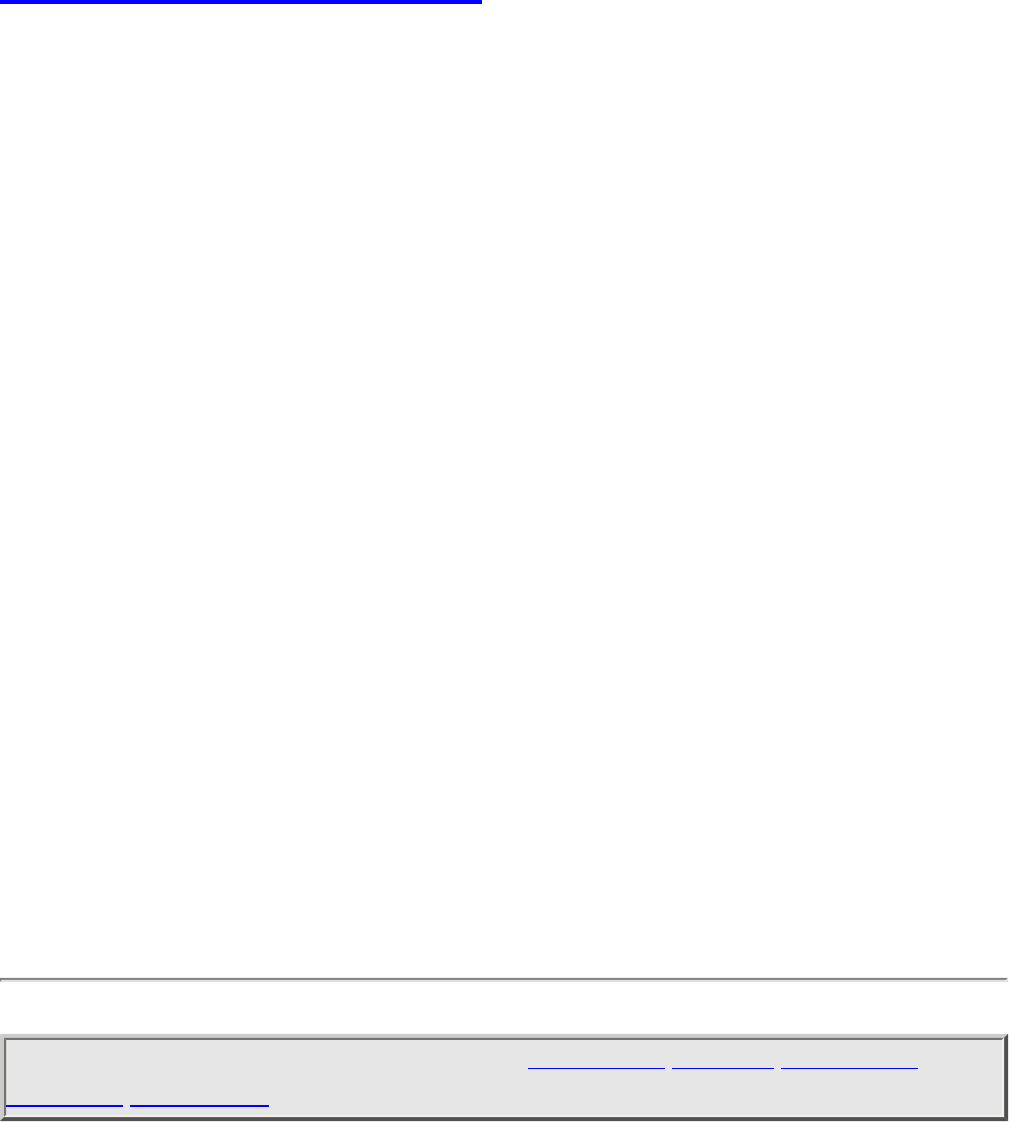
GeneralPrecautions < UnidenMan4 < TWiki
General Precautions
Before you use this scanner, please read and observe the following:
Earphone Warning
You can use an optional 32Ω stereo headset or earphone with your scanner. Use of an
incorrect earphone or headset might be potentially hazardous to your hearing. The output
of the phone jack is monaural, but you will hear it in both headphones of a stereo
headset.
Set the volume to a comfortable audio level coming from the speaker before plugging in
the earphone or headset. Otherwise, you might experience some discomfort or possible
hearing damage if the volume suddenly becomes too loud because of the volume control
or squelch control setting. This might be particularly true of the type of earphone that is
placed in the ear canal.
Liquid Exposure Warning
Uniden does not represent this unit to be waterproof. To reduce the risk of fire or
electrical shock, do not expose this unit to rain or moisture!
Power Disconnection Caution
Important: Always turn the scanner off before disconnecting external power. Some
settings are saved only as the scanner is powering down.
This topic applies to the following scanner(s): BCD996XT BCT15X BCD396XT
BC346XT Users Guide
file:///C|/Documents%20and%20Settings/POpitz/My%20Documents/temp/CDImage_090515/Manual/GeneralPrecautions.html5/26/2009 11:12:07 AM

FCCInformation < UnidenMan4 < TWiki
FCC Information
The FCC Wants You to Know
IMPORTANT! This scanning radio has been manufactured so that it will not tune to the
radio frequencies assigned by the FCC for cellular telephone usage. The Electronic
Communications Privacy Act of 1986, as amended, makes it a federal crime to
intentionally intercept cellular or cordless telephone transmissions or to market this radio
when altered to receive them. The installation, possession, or use of this scanning radio
in a motor vehicle may be prohibited, regulated, or require a permit in certain states,
cities, and/or local jurisdictions. Your local law enforcement officials should be able to
provide you with information regarding the laws in your community.
For more details, see Scanning Legally.
Modification Notice
Changes or modifications to this product not expressly approved by Uniden, or operation
of this product in any way other than as detailed by this User's Guide, could void your
authority to operate this product.
Part 15 Information
This scanner has been tested and found to comply with the limits for a scanning receiver,
pursuant to Part 15 of the FCC Rules. These limits are designed to provide reasonable
protection against harmful interference in a residential installation. This scanner
generates, uses, and can radiate radio frequency energy and, if not installed and used in
accordance with the instructions, may cause harmful interference to radio
communications.
There is no guarantee that interference will not occur in a particular installation. If this
scanner does cause harmful interference to radio or television reception, which can be
determined by turning the scanner on and off, you are encouraged to try to correct the
interference by one or more of the following measures:
● Reorient or relocate the receiving antenna.
file:///C|/Documents%20and%20Settings/POpitz/My%20D...ents/temp/CDImage_090515/Manual/FCCInformation.html (1 of 2)5/26/2009 11:12:07 AM

FCCInformation < UnidenMan4 < TWiki
● Increase the separation between the scanner and the receiver
This device complies with Part 15 of the FCC Rules. Operation is subject to the
following two conditions:
1. This device may not cause harmful interference, and
2. this device must accept any interference received, including interference that may
cause undesired operation.
This page applies to the following scanner(s): BCD996XT BCT15X BCD396XT
BC346XT Users Guide
file:///C|/Documents%20and%20Settings/POpitz/My%20D...ents/temp/CDImage_090515/Manual/FCCInformation.html (2 of 2)5/26/2009 11:12:07 AM
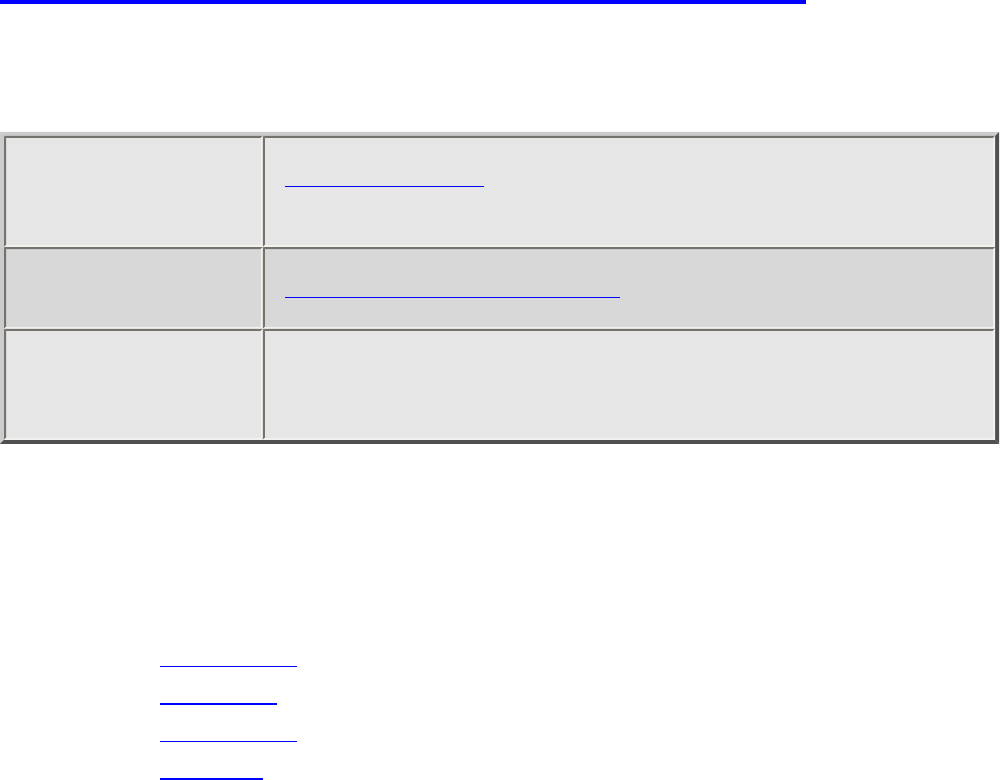
WarrantyAndSupportInformation < UnidenMan4 < TWiki
Warranty and Support Information
Support Information
Information
online www.uniden.com
Email support http://mycusthelp.com/uniden
Phone support (800) 297-1023 (during regular business hours, Central
time)
One-Year Limited Warranty
This warranty text applies to the following scanners:
● BCD396XT
● BC346XT
● BCD996XT
● BCT15X
If your scanner is not listed, the warranty information below may not
apply.
Important: Evidence of original purchase is required for warranty
service!
WARRANTOR: UNIDEN AMERICA CORPORATION (Uniden)
ELEMENTS OF WARRANTY: Uniden warrants, for one year, to the original retail
owner, this Uniden Product to be free from defects in materials and craftsmanship with
only the limitations or exclusions set out below.
WARRANTY DURATION: This warranty to the original user shall terminate and be of
no further effect 12 months after the date of original retail sale. The warranty is invalid if
file:///C|/Documents%20and%20Settings/POpitz/My%20Do...age_090515/Manual/WarrantyAndSupportInformation.html (1 of 3)5/26/2009 11:12:08 AM
WarrantyAndSupportInformation < UnidenMan4 < TWiki
the Product is
(A) damaged or not maintained as reasonable or necessary,
(B) modified, altered, or used as part of any conversion kits,
subassemblies, or any configurations not sold by Uniden,
(C) improperly installed,
(D) serviced or repaired by someone other than an authorized Uniden
service center for a defect or malfunction covered by this warranty,
(E) used in any conjunction with equipment or parts or as part of any
system not manufactured by Uniden, or
(F) installed or programmed by anyone other than as detailed by the
Operating Guide for this product.
STATEMENT OF REMEDY: In the event that the product does not conform to this
warranty at any time while this warranty is in effect, warrantor will repair the defect and
return it to you without charge for parts, service, or any other cost (except shipping and
handling) incurred by warrantor or its representatives in connection with the
performance of this warranty. THE LIMITED WARRANTY SET FORTH ABOVE IS
THE SOLE AND ENTIRE WARRANTY PERTAINING TO THE PRODUCT AND IS
IN LIEU OF AND EXCLUDES ALL OTHER WARRANTIES OF ANY NATURE
WHATSOEVER, WHETHER EXPRESS, IMPLIED OR ARISING BY OPERATION
OF LAW, INCLUDING, BUT NOT LIMITED TO ANY IMPLIED WARRANTIES OF
MERCHANTABILITY OR FITNESS FOR A PARTICULAR PURPOSE. THIS
WARRANTY DOES NOT COVER OR PROVIDE FOR THE REIMBURSEMENT OR
PAYMENT OF INCIDENTAL OR CONSEQUENTIAL DAMAGES. Some states do
not allow this exclusion or limitation of incidental or consequential damages so the
above limitation or exclusion might not apply to you.
LEGAL REMEDIES: This warranty gives you specific legal rights, and you might also
have other rights which vary from state to state. This warranty is void outside the United
States of America.
PROCEDURE FOR OBTAINING PERFORMANCE OF WARRANTY: If, after
following the instructions in this Operating Guide you are certain that the Product is
defective, pack the Product carefully (preferably in its original packaging). Include
evidence of original purchase and a note describing the defect that has caused you to
return it. The Product should be shipped freight prepaid, by traceable means, or
delivered, to warrantor at:
Uniden America Corporation Parts and Service Division 4700 Amon
file:///C|/Documents%20and%20Settings/POpitz/My%20Do...age_090515/Manual/WarrantyAndSupportInformation.html (2 of 3)5/26/2009 11:12:08 AM

WarrantyAndSupportInformation < UnidenMan4 < TWiki
Carter Boulevard Fort Worth, TX 76155
This page applies to the following scanner(s): BCD996XT BCT15X BCD396XT
BCD346XT Users Guide
file:///C|/Documents%20and%20Settings/POpitz/My%20Do...age_090515/Manual/WarrantyAndSupportInformation.html (3 of 3)5/26/2009 11:12:08 AM

UserGuideInformation < UnidenMan4 < TWiki
User Guide Information
Illustrations in this guide are used for explanation purposes only. Your scanner may not
match the illustrations exactly.
All content (including any media) contained within in this guide is copyright 2009 by
Uniden America Corporation unless otherwise specified. Any content not belonging to
Uniden America is marked as such and used with permission.
Content or information in external sources are neither the intellectual property not the
responsibility of Uniden America Corp. Uniden America makes no claim to the accuracy
or completeness of external content.
Screen grabs used in most examples are provided with the permission of RadioReference.
com
Astro®, DPL®, Digital Private Line®, Motorola®, PL®, PRIVACY PLUS®, Private
Line®, SMARTNET®,and SMARTZONE® are registered trademarks of Motorola, Inc.
LTR® is a registered trademark of E.F. Johnson Co.
EDACS® is a registered trademark of M/A-COM Private Radio Systems Inc.
Uniden® and Bearcat® are registered trademarks of Uniden America Corporation.
TrunkTracker™, Trunk Tracking™, and Close Call™ are proprietary trademarks of
Uniden America Corporation.
Other trademarks used throughout this manual are the property of their respective
holders.
Users Guide
file:///C|/Documents%20and%20Settings/POpitz/My%20Documents/temp/CDImage_090515/Manual/UserGuideInformation.html5/26/2009 11:12:09 AM
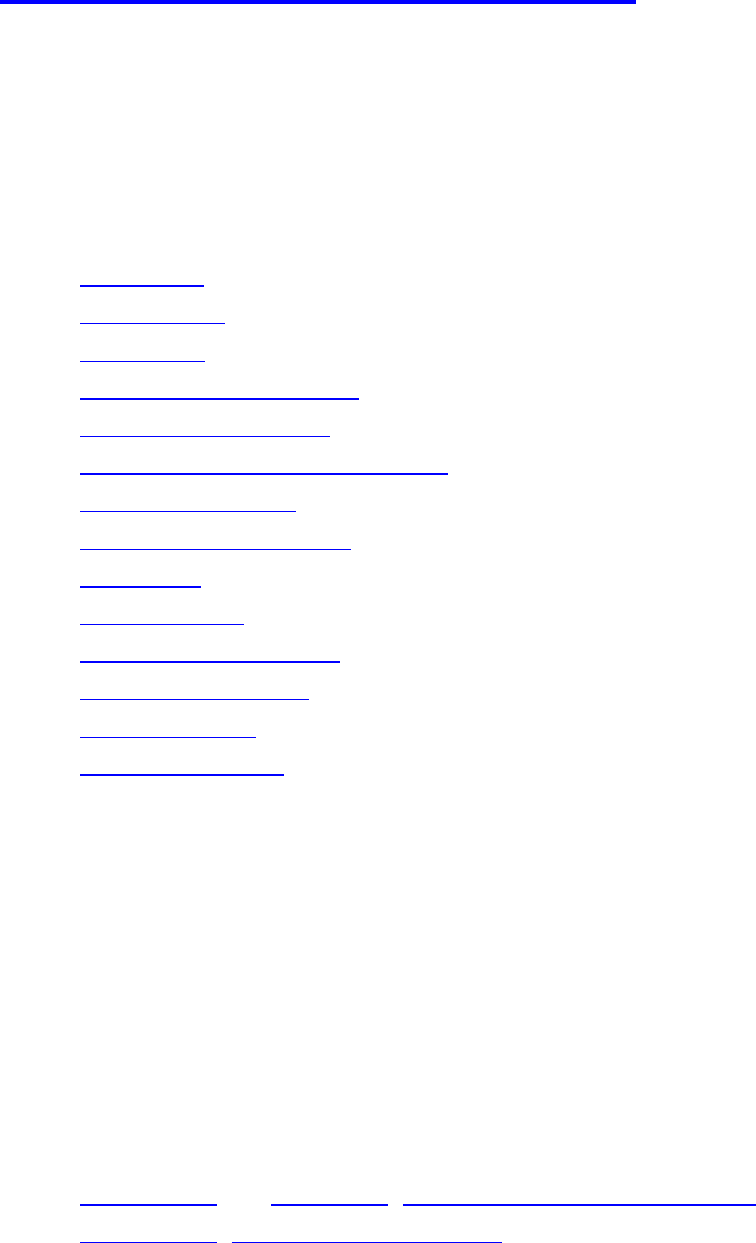
AvailableOperationModes < UnidenMan4 < TWiki
Available Operation Modes
To determine whether the information on this page applies to your
scanner, see the tags at the bottom of the page.
The scanner has several different operation modes; in each mode, the scanner's
operation, display, and key functions can be completely different:
● Scan mode
● Search mode
● Hold mode
● Close Call Priority mode
● Close Call Only mode
● Close Call Do Not Disturb mode
● Priority Scan mode
● Priority Plus Scan mode
● GPS mode
● Weather mode
● Weather Priority Mode
● Weather Alert mode
● Tone Out mode
● Band Scope mode
Scan mode
The scanner checks each frequency in the user-programmed list of frequencies. For
trunked systems, it checks each Talk Group ID in the user-programmed list. When it
detects a signal, the scanner stays on the channel and opens squelch. For trunked
systems, if the Talk Group ID becomes active, the scanner switches to the audio channel
and opens squelch. When the signal stops, the scanner continues the scan.
For information about key operation and other specifics about Scan Mode:
● BCD396XT and BC346XT: Hand Held Scanner Scan Mode
● BCD996XT: BCD996XT Scan Mode
file:///C|/Documents%20and%20Settings/POpitz/My%20D.../CDImage_090515/Manual/AvailableOperationModes.html (1 of 8)5/26/2009 11:12:22 AM

AvailableOperationModes < UnidenMan4 < TWiki
● BCT15X: BCT15X Scan Mode
To enter Scan mode, tap SCAN. (This is the default mode when the
scanner powers on.)
Search mode
The scanner checks each frequency that falls within a user-programmed range. For
trunked systems, it checks each control channel in the user-programmed list. When it
detects a signal, the scanner stays on the channel and opens squelch. For trunked
systems, when it detects an active Talk Group ID, the scanner switches to the audio
channel and opens squelch. When the signal stops, the scanner continues the search.
For information about key operation and other specifics about Scan Mode:
● BCD396XT and BC346XT: Hand Held Scanner Search Mode
● BCD996XT: BCD996XT Search Mode
● BCT15X: BCT15X Search Mode
To enter Search mode, FUNCTION+ tap SCAN . The scanner asks if you
want to perform the Quick Search: tap YES if this is the search you want.
To start a different search, tap NO: the scanner takes you to the Search
for... menu, and you can select your search.
Hold mode
The scanner stays on the current channel and enables save and edit options (options vary
depending on the type of system).
For more information about key operation and other specifics about hold mode:
● BCD396XT: BCD396XT Hold Mode
● BCD996XT: BCD996XT Hold Mode
● BC346XT: BC346XT Hold Mode
● BCT15X: BCT15X Hold Mode.
To enter Hold mode, tap HOLD.
file:///C|/Documents%20and%20Settings/POpitz/My%20D.../CDImage_090515/Manual/AvailableOperationModes.html (2 of 8)5/26/2009 11:12:22 AM

AvailableOperationModes < UnidenMan4 < TWiki
Close Call Priority mode
In Close Call Priority, the scanner interrupts its current operation every 2 seconds,
searches for signals that are stronger than other signals on the selected band, then returns
to the previous operation. When it detects a close call hit, the scanner can switch to the
channel and open squelch (depending on the setting). In Close Call DND (do-not-
disturb) mode, the scanner only interrupts if it is not already receiving audio.
For more information about key operation and other specifics about Close Call mode:
● BCD396XT or BC346XT: Handheld Scanner Close Call Mode
● BCD996XT: BCD996XT Close Call Mode
● BCT15X: BCT15X Close Call Mode
To enter Close Call mode on the BCD396XT or BC346XT, FUNCTION
+ repeatedly tap HOLD until Close Call Pri appears.
To enter Close Call mode on the BCD996XT, repeatedly tap the SQ knob
until Close Call Pri appears.
To enter Close Call mode on the BCT15X, Function + repeatedly tap the
SQ knob until Close Call Pri appears.
The Close Call icon appears for Close Call Priority mode and is in reverse
colors for Close Call DND mode.
Close Call Only mode
The scanner stops the current operation and only performs Close Call checks as
described above.
For more information about key operation and other specifics about Close Call Only
mode:
● BCD396XT or BC346XT: Handheld Scanner Close Call Only Mode
● BCD996XT: BCD996XT Close Call Only Mode
● BCT15X: BCT15X Close Call Only Mode
file:///C|/Documents%20and%20Settings/POpitz/My%20D.../CDImage_090515/Manual/AvailableOperationModes.html (3 of 8)5/26/2009 11:12:22 AM

AvailableOperationModes < UnidenMan4 < TWiki
To enter Close Call only mode on the BCD396XT or BC346XT,
FUNCTION + press & hold HOLD.
To enter Close Call only mode on the BCD996XT, press and hold the SQ
knob.
To enter Close Call only mode on the BCT15X, FUNCTION + press &
hold the SQ knob.
Close Call Do Not Disturb mode
When set in this mode, the scanner will periodically make Close Call checks whenever
the scanner is not receiving audio in another mode. This eliminates the annoying breaks
in conversation while still allowing for the Close Call functionality. In Close Call Do
Not Disturb mode, the Close Call icon appears in reversed color.
For more information about key operation and other specifics about Close Call Do Not
Disturb mode:
● BCD396XT or BC346XT: Handheld Scanner Close Call Mode
● BCD996XT: BCD996XT Close Call Mode
● BCT15X: BCT15X Close Call Mode
To enter Close Call Do Not Disturb mode on the BCD396XT or
BC346XT, FUNCTION + repeatedly press HOLD until Close Call DND
appears
To enter Close Call Do Not Disturb mode on the BCD996XT, repeatedly
press the SQ knob until Close Call DND appears.
To enter Close Call Do Not Disturb mode on the BCT15X, FUNCTION
+ repeatedly press the SQ knob until Close Call DND appears.
Priority Scan mode
At a specified interval, the scanner interrupts its current operation, checks the user-
designated conventional priority channels, then resumes the previous operation. You can
file:///C|/Documents%20and%20Settings/POpitz/My%20D.../CDImage_090515/Manual/AvailableOperationModes.html (4 of 8)5/26/2009 11:12:22 AM

AvailableOperationModes < UnidenMan4 < TWiki
set the interval for priority scan checks.
For more information about key operation and other specifics about Priority Scan mode,
see Priority Scan.
To enter Priority Scan mode on the BCD396XT or BC346XT:
1. Enter Hold mode.
2. FUNCTION + tap NO.
To enter Priority Scan mode on the BCD996XT, press PRI.
To enter Priority Scan mode on the BCT15X, FUNCTION + press POL/
PRI.
If no conventional channels in enabled and unlocked systems are designated as priority,
the scanner will display Priority Scan No Channel.
For trunked priority channels, you need to enable priority scanning in the system option
menu as well as tagging the channel as priority. Trunked priority only works while
scanning that system's control channel or (in the case of Motorola systems) when the
scanner is scanning any channel in the system.
Priority Plus Scan mode
The scanner stops the current operation and only performs Priority Scan checks as
described above.
To enter Priority Plus Scan mode on the BCD396XT or BC346XT:
1. Enter Hold mode.
2. FUNCTION + repeatedly tap NO until the scanner displays
Priority Mode Plus On.
To enter Priority Plus Scan mode on the BCD996XT, press PRI until the
scanner displays Priority Mode Plus On.
To enter Priority Plus Scan mode on the BCT15X, FUNCTION +
file:///C|/Documents%20and%20Settings/POpitz/My%20D.../CDImage_090515/Manual/AvailableOperationModes.html (5 of 8)5/26/2009 11:12:22 AM

AvailableOperationModes < UnidenMan4 < TWiki
repeatedly tap POL/PRI until the scanner displays Priority Mode Plus On.
GPS mode
(Requires a connected GPS receiver.) The scanner displays longitude, latitude, and
heading information.
For more information about key operation and other specifics about GPS mode:
● For the BCD396XT or BC346XT: Handheld GPS Mode
● For the BCD996XT: BCD996XT GPS Mode
● For the BCT15X: BCT15X GPS Mode
To enter GPS mode on the BCD396XT or BC346XT, FUNCTION + tap
GPS.
To enter GPS mode on the BCD996XT or BCT15, tap GPS.
Weather mode
The scanner checks each of the 10 National Weather Radio channels and opens squelch
when it detects a signal. When the signal stops, the scanner continues checking the other
weather channels. For more information about Weather Mode, see Weather Mode.
To enter Weather mode on the BCD396XT or BC346XT, FUNCTION +
press & hold WX.
To enter Weather mode on the BCD996XT, press & hold WX.
To enter Weather mode on the BCT15X, FUNCTION + press and hold
GPS/WX.
Weather Priority Mode
In Weather Priority mode, the scanner interrupts scanning every 5 seconds to check for
an alert. If an alert tone is present, the scanner sounds an alert tone, then stays on the
weather channel so you can hear the alert. For more information about Weather Priority
file:///C|/Documents%20and%20Settings/POpitz/My%20D.../CDImage_090515/Manual/AvailableOperationModes.html (6 of 8)5/26/2009 11:12:22 AM
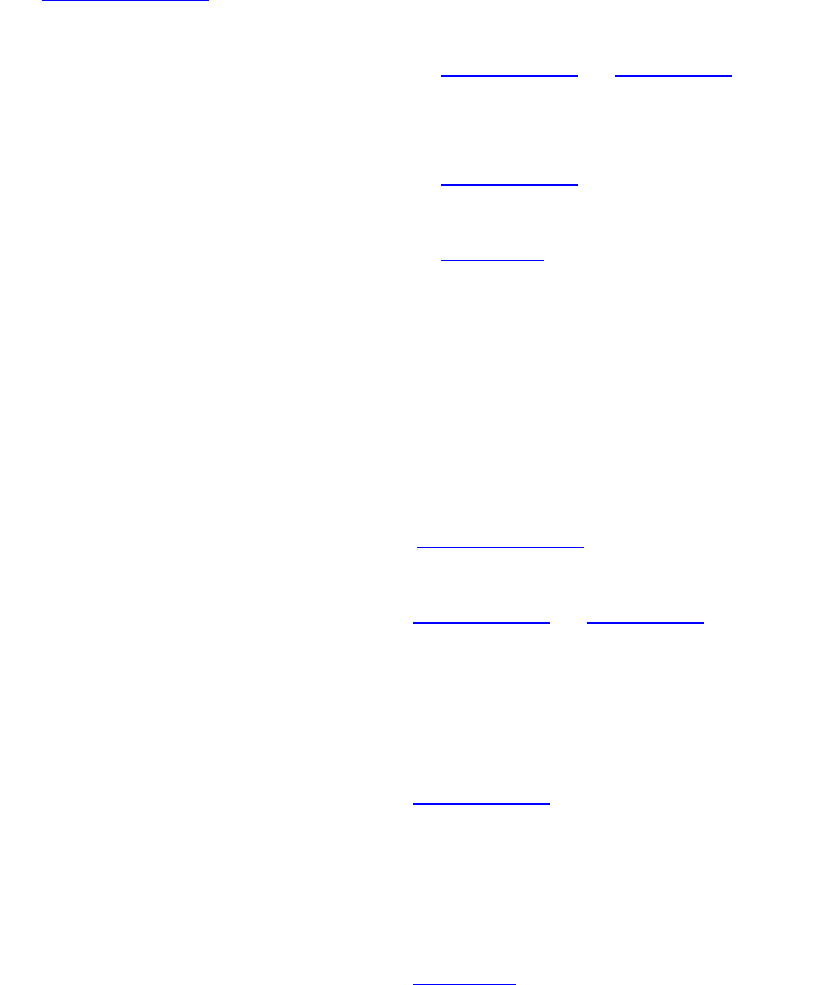
AvailableOperationModes < UnidenMan4 < TWiki
Mode, see Weather Mode.
To enter Weather Priority mode on the BCD396XT or BC346XT,
FUNCTION + tap WX.
To enter Weather Priority mode on the BCD996XT, tap WX.
To enter Weather Priority mode on the BCT15X, FUNCTION + tap GPS/
WX.
Weather Alert mode
This is similar to Weather mode: the scanner checks each of the 10 National Weather
Radio channels and stays on a channel when it detects a signal. However, in Weather
Alert mode, the scanner only opens squelch if it detects the EAS alert tone. For more
information about Weather Alert Mode, see Weather Mode.
To enter Weather Alert mode on the BCD396XT or BC346XT:
1. Enter Weather mode.
2. FUNCTION+ tap WX.
To enter Weather Alert mode on the BCD996XT:
1. Enter Weather mode.
2. Tap WX .
To enter Weather Alert mode on the BCT15X:
1. Enter Weather mode.
2. FUNCTION + tap GPS/WX.
Tone Out mode
The scanner checks up to 10 user-programmed channels for two-tone sequential, single,
or group paging tones. When it detects a tone that matches the configuration for that
channel, the scanner displays the tone information and opens squelch. For more
file:///C|/Documents%20and%20Settings/POpitz/My%20D.../CDImage_090515/Manual/AvailableOperationModes.html (7 of 8)5/26/2009 11:12:22 AM
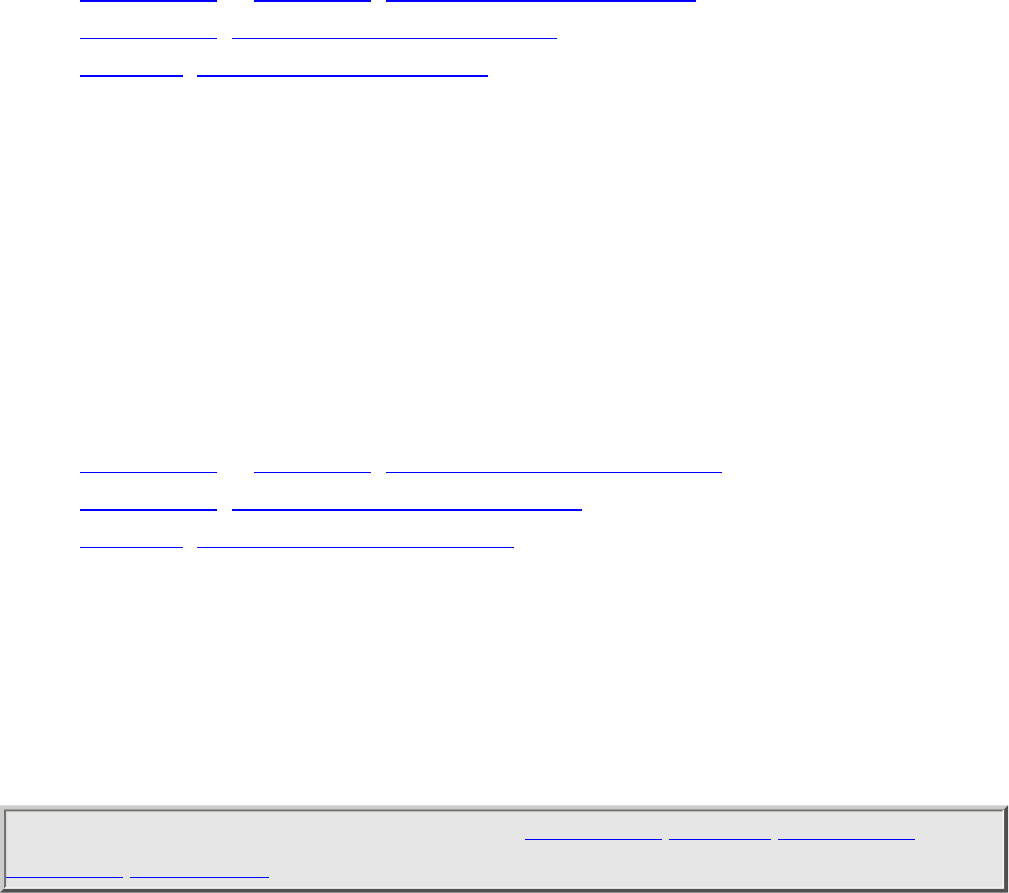
AvailableOperationModes < UnidenMan4 < TWiki
information about Tone Out Mode:
● BCD396XT or BC346XT: Hand Held Tone-Out Mode
● BCD996XT: BCD996XT Tone-Out Mode
● BCT15X: BCT15X Tone-Out Mode
To enter Tone Out mode, tap MENU , then scroll down and select Tone-
Out for...
To exit Tone Out mode, enter Scan mode.
Band Scope mode
The scanner searches a frequency ranges and displays a visual representation of the
signal level. For more information about Band Scope Mode:
● BCD396XT or BC346XT: Hand Held Band Scope Mode
● BCD996XT: BCD996XT Band Scope Mode
● BCT15X: BCT15X Band Scope Mode
To enter Band Scope Mode:
1. Set one of the 3 search keys to a Band Scope search.
2. Enter Search mode.
3. FUNCTION + Tap the designated search key.
This page applies to the following scanner(s): BCD996XT BCT15X BCD396XT
BC346XT Users Guide
file:///C|/Documents%20and%20Settings/POpitz/My%20D.../CDImage_090515/Manual/AvailableOperationModes.html (8 of 8)5/26/2009 11:12:22 AM
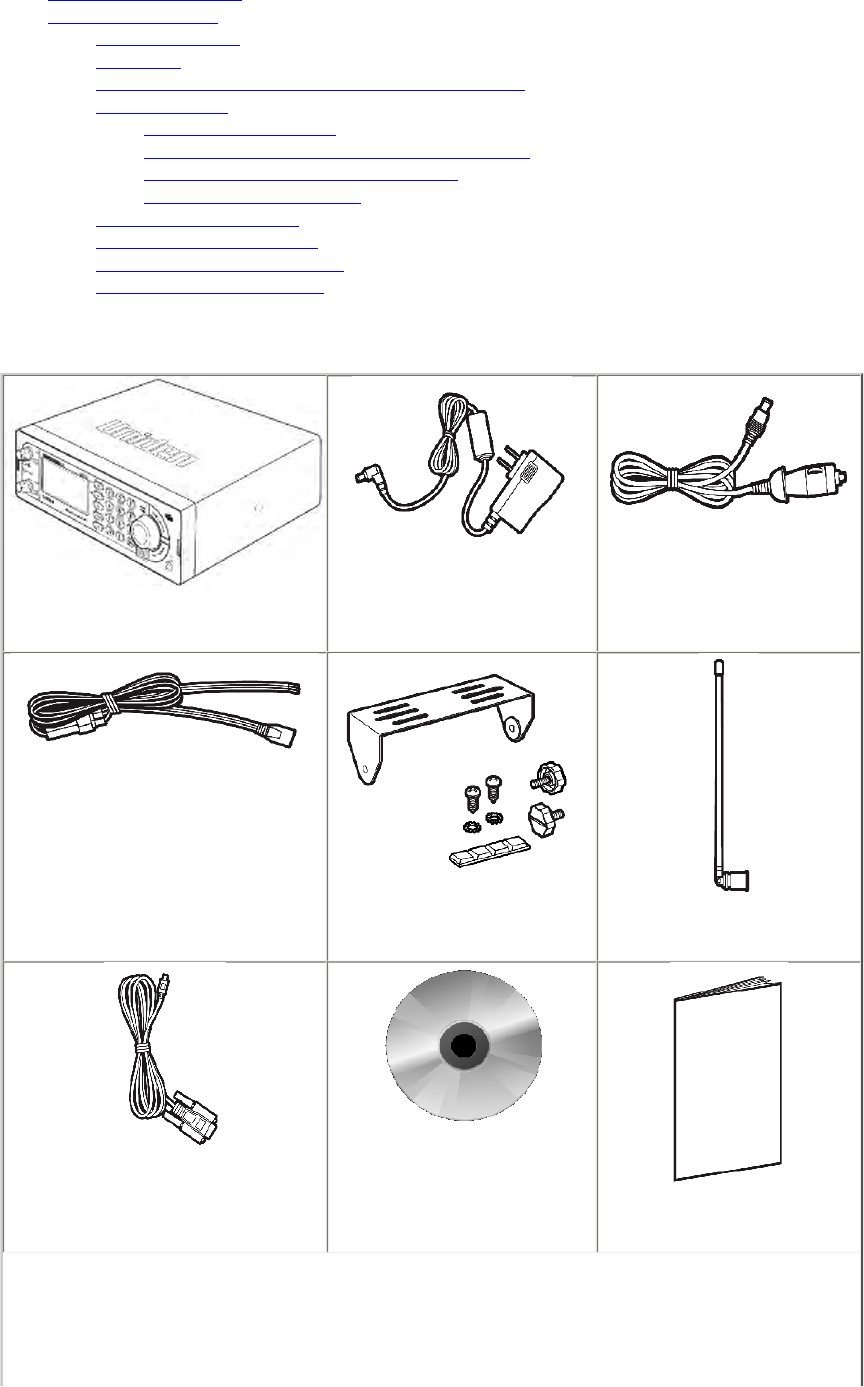
MobileSettingUpTheHardware < UnidenMan4 < TWiki
● Included With Your Scanner
● Setting Up Your Scanner
❍ Power Related Issues
❍ Base Station
❍ Setting Up an Audio Recording Device or Computer Recording
❍ Vehicle Installation
■ Mounting Using the Bracket
■ Mounting Using the DIN-E Sleeve (Option for BCT15X)
■ Removing the Scanner from the DIN-E Sleeve
■ Mounting Using ISO Technique
❍ Removing the Display Sticker
❍ Connecting an Optional Antenna
❍ Connecting an Earphone/Headphone
❍ Connecting an Extension Speaker
Included With Your Scanner
Scanner
AC Adapter
Vehicle Accessory Power Cord
Three-Wire Harness
Mounting Bracket and Hardware
Antenna
Serial Programming Cable O/M on CD ROM
Other Printed Materials
file:///C|/Documents%20and%20Settings/POpitz/My%20D...Image_090515/Manual/MobileSettingUpTheHardware.html (1 of 7)5/26/2009 11:12:31 AM
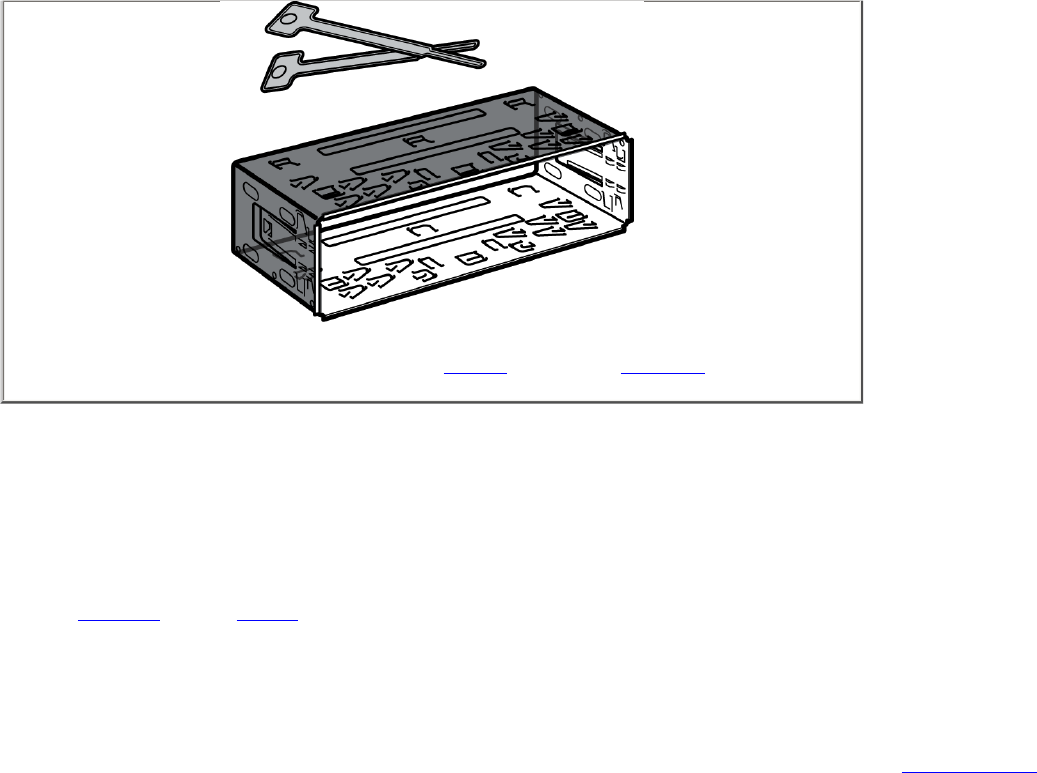
MobileSettingUpTheHardware < UnidenMan4 < TWiki
Mounting Sleeve and keys (Optional for BCT15X; Included with BCD996XT)
Setting Up Your Scanner
These guidelines will help you install and set up your new scanner:
The scanner can be placed on a convenient surface in your home as a base station, and connected to a standard outlet that supplies 120VAC, 60Hz. You must use
either the supplied antenna or an electrically correct outdoor antenna, properly and safely mounted at your chosen site.
The scanner is also designed to accommodate either DIN-E and ISO-DIN automotive mounting configurations using a DIN-E sleeve and keys, (Part Number
DIN-0001, BCD996XT: Included; BCT15X: Optional).
The unit can also be placed above, beneath, or in the dash of your vehicle using the supplied bracket and mounting hardware.
● If your scanner receives interference or electrical noise, move the scanner or its antenna away from the source.
● To improve the scanner’s reception, use an optional external antenna designed for multi-band coverage. (You can purchase this type of antenna at a local
electronics store). If the optional antenna has no cable, use 50Ω coaxial cable for lead-in. A mating plug might be necessary for the optional antennas.
● Use an optional stereo earphone or sterreo headset with proper impedance (32 Ω) for private listening. Read the precautions at General Precautions.
● Do not use the scanner in high-moisture environments such as the kitchen or bathroom.
● Avoid placing the scanner in direct sunlight or near heating elements or vents.
Power Related Issues
Important: To prevent memory from being corrupted, do not unplug the AC adapter during the time the memory is accessed for programming or auto store.
Notes:
● If when you connect the AC adapter the [VOL] /Power Switch is ON, the scanner may not power on. Should this occur, simply turn the control OFF, then
ON again.
● If the scanner loses power (as when you turn off your car’s ignition with the scanner’s power switch on), it can lose some system settings such as display
color and backlight. To ensure that such settings persist, either change the setting using the scanner’s menu or power the scanner off then back on using
the power switch after making such setting changes.
When you turn off the scanner using the power switch, the scanner remembers the last settings and mode. When you turn power back on, it resumes the previous
mode.
Base Station
This is the simplest approach to let you get started quickly. Decide on a location that is convenient to a nearby wall outlet, has desk space to let you complete
your programming worksheets, will safely allow the indoor antenna to be extended, or near a window to use an outdoor antenna.
file:///C|/Documents%20and%20Settings/POpitz/My%20D...Image_090515/Manual/MobileSettingUpTheHardware.html (2 of 7)5/26/2009 11:12:31 AM
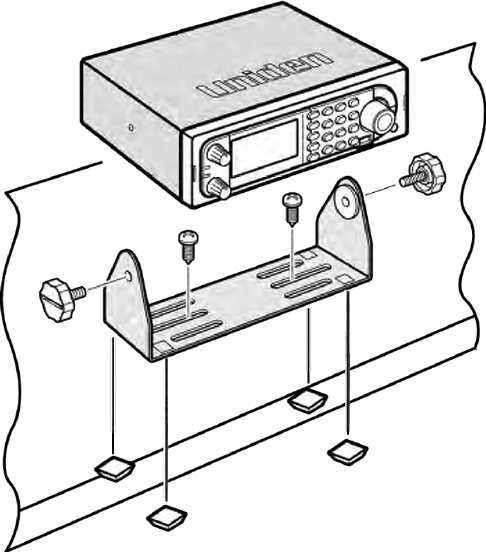
MobileSettingUpTheHardware < UnidenMan4 < TWiki
To secure the radio to a surface, by means of the mounting bracket, follow the steps below:
1. Attach the four protective mounting feet to the mounting bracket when you casually use the scanner on a flat surface. Should you desire to permanently
mount the scanner, remove the feet and use wood screws through the bracket as described in Steps 2 and 3.
2. Use the bracket as a template to mark positions for the two mounting screws.
3. At the marked positions, drill holes slightly smaller than the screws.
4. Align the bracket with the threaded holes on the sides of the radio case so the bracket is beneath the radio. Secure the bracket using the two threaded
knobs. Never overtighten the knobs.
Once the radio is positioned, connect it to a source of AC power using the supplied 13.8V, 750 mA AC adapter. Insert the barrel of the AC adapter to the jack on
the rear, upper right side of the radio marked. Insert the connector of the supplied indoor telescoping antenna to the BNC Antenna Connector and apply moderate
pressure to secure it.
Setting Up an Audio Recording Device or Computer Recording
It is best if you plan ahead when you initiate the basic setup of the scanner if you include the components to record incoming reception. You need an audio
recording device which can be controlled by a Voice Operated module (VOX) either externally or from within the unit and the correct connecting cable. The
REC (record) jack on the rear apron provides a constant-level audio output which is not affected by the setting of the volume control. Use a mono or stereo cable
that ends in a 3.5mm plug for the scanner. The recorder might have its own requirements as to the proper plug. Check the recorder’s instructions to be sure.
Connect the cable to an external or internal VOX control so that the recorder operates when audio is present.
You can also connect the cable to the appropriate input jack on your PC so that with controlling software, you can record to your hard disk.
In order for the function to operate, you must set the channel to record. You must also set the system’s record option to either All Channel, which will record all
channels regardless of any channel’s setting, or Marked Channel which only lets recording occur if you have selected record for that channel. Which you choose
will depend on various factors.
Vehicle Installation
You can mount your scanner in your vehicle, using either the supplied bracket or the optional DIN-E sleeve.
Mounting Using the Bracket
With the bracket removed from the radio, use the holes in the bracket as a template to initially mark the location you plan to use in your vehicle. Be absolutely
certain of what might be behind the mounting surface before making any holes, be it above, or below, or in front of your dash, armrest console, or other location.
If you drill carelessly, expensive damage can result. If in doubt, consult your vehicle dealer’s service department or a qualified professional installer.
Important: AVOID AIRBAG DEPLOYMENT ZONES. Ignoring this installation concern may result in bodily harm and the inability of the airbag to perform
properly.
file:///C|/Documents%20and%20Settings/POpitz/My%20D...Image_090515/Manual/MobileSettingUpTheHardware.html (3 of 7)5/26/2009 11:12:31 AM
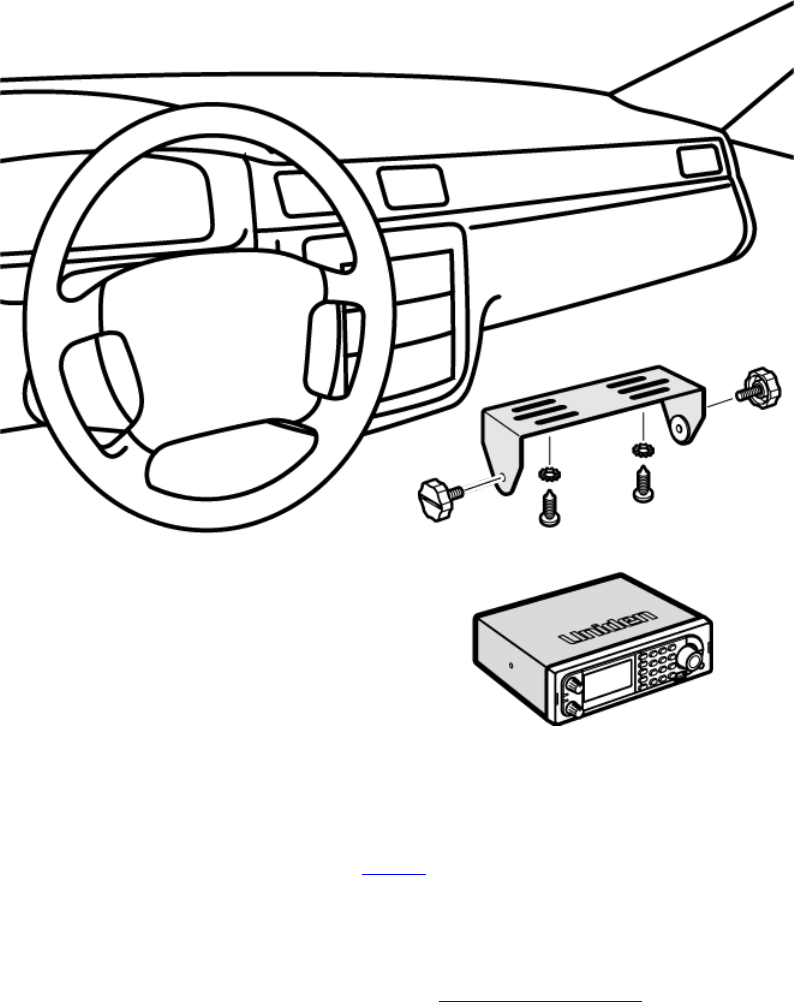
MobileSettingUpTheHardware < UnidenMan4 < TWiki
1. Using appropriate screws or other hardware, secure the bracket.
2. Insert the scanner and insert the bracket knobs to lock the scanner in position.
3. Attach the Cigarette Lighter Power Cord to the rear of the scanner and plug the adapter end into a dash mounted 12V DC socket.
4. Attach a suitable mounted mobile antenna to the antenna jack on the back of the scanner.
Mounting Using the DIN-E Sleeve (Option for BCT15X)
If you are unsure about how to install your scanner in your vehicle using the optional DIN-E sleeve, consult your automobile manufacturer, dealer, or a qualified
installer. Before installing, confirm that your scanner fits in the desired mounting area and you have all the necessary materials to complete the task. Your scanner
requires a 2 x 7-1/8 x 5-5/16 inch (50 x 180 x 135 mm) mounting area. Allow an additional 2-3/8 inch (60mm) space behind the unit for connectors and wires.
To purchase the DIN-E sleeve and included Removal Keys, visit http://www.unidendirect.com/ and order part number, DIN-0001.
file:///C|/Documents%20and%20Settings/POpitz/My%20D...Image_090515/Manual/MobileSettingUpTheHardware.html (4 of 7)5/26/2009 11:12:32 AM
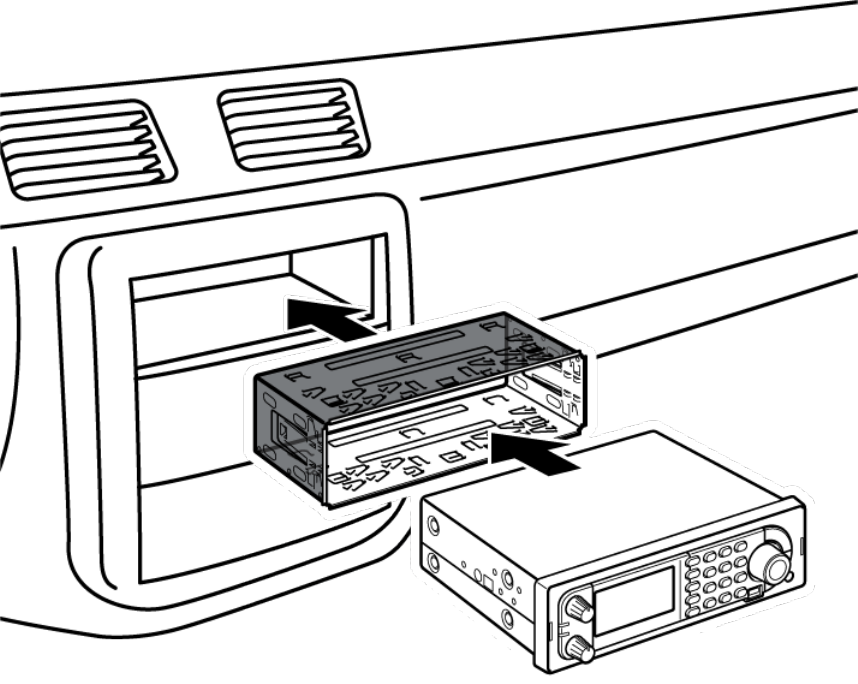
MobileSettingUpTheHardware < UnidenMan4 < TWiki
1. Remove the bracket if it is attached.
2. Remove the four Philips screws from four small tabs on the rear of the case that secure the outer metal case and pull off the case (toward the rear) with
care.
3. Install the DIN sleeve into the opening in your dashboard, lip facing out.
4. Push out the top and bottom tabs to hold the sleeve firmly in place.
5. Before inserting the scanner in the sleeve, attach the cable from the previously mounted antenna. Attach the DC Power leads. RED goes to a positive (+)
connection on your fuse block while BLACK connects to the vehicle’s chassis ground (-).
6. Connect the ORANGE lead to one side of the headlamp switch so that when you activate the headlights, the scanner’s LCD display changes intensity. Be
sure all the connections are routed away from any potentially pinching or slicing sheet metal.
7. Slowly slide the scanner into the sleeve until it locks in place.
8. To remove the unit, fully insert the removal keys into each slot on the left and right edges of the front panel. Carefully slide the radio from the sleeve.
Note: If you plan to connect a GPS unit or external speaker at a later time, expect to remove the unit for ease of making those connections.
Removing the Scanner from the DIN-E Sleeve
If you plan to connect other devices or wires to the radio, such as a GPS unit, at a later time, you should plan to remove the scanner from the DIN-E sleeve. This
is easily done using the provided Removal Keys that come with the optional DIN-E sleeve.
Refer to the illustration that follows, showing the Removal Keys.
Fully insert both Removal Keys into the slots on the left and the right edges of the radio’s dress panel. You cannot remove the radio with only one key. Press in
fully,and do not twist the keys. The radio will unlock from the sleeve making withdrawal from the sleeve possible. Store the keys in a safe place for future use.
file:///C|/Documents%20and%20Settings/POpitz/My%20D...Image_090515/Manual/MobileSettingUpTheHardware.html (5 of 7)5/26/2009 11:12:32 AM
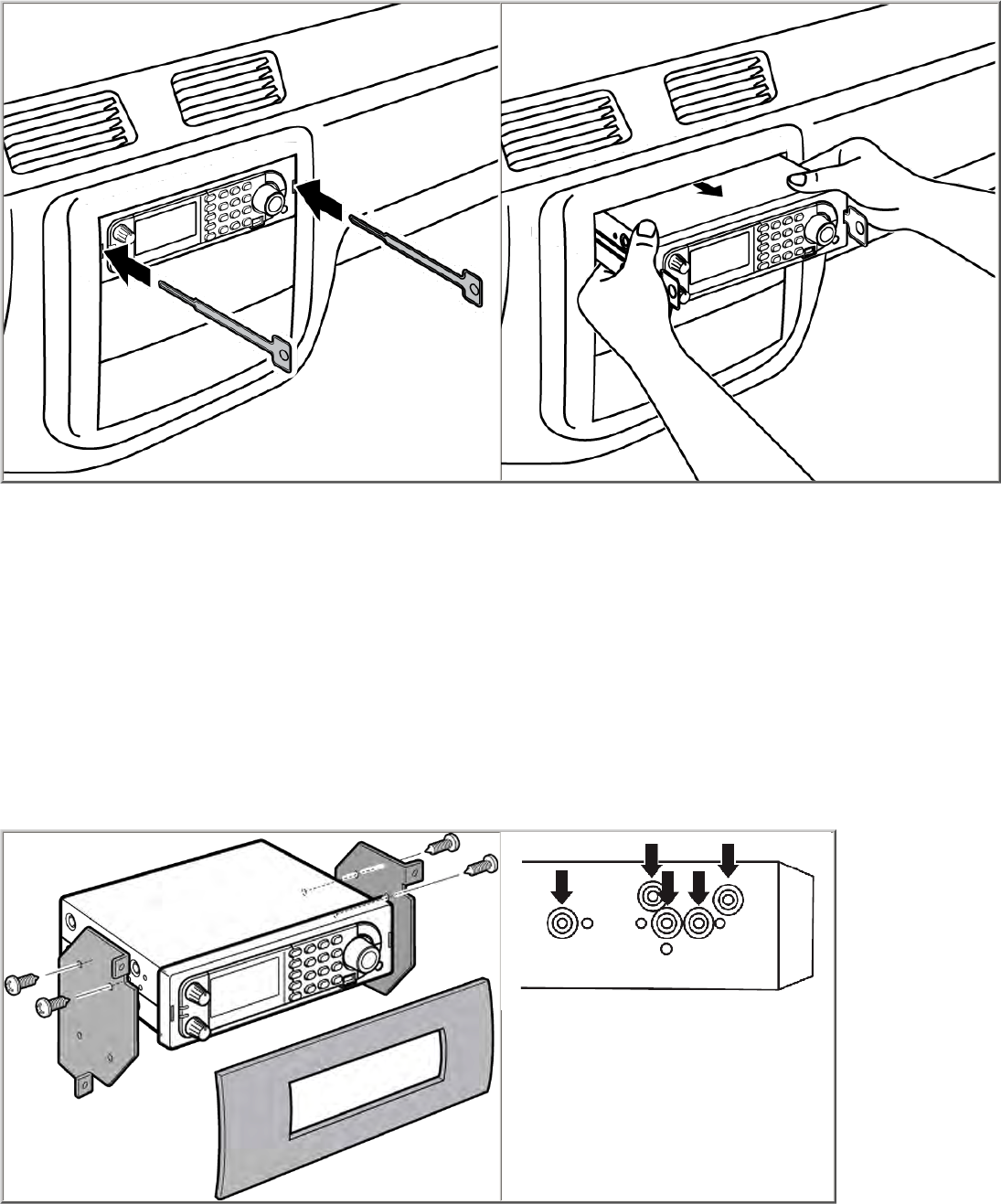
MobileSettingUpTheHardware < UnidenMan4 < TWiki
Mounting Using ISO Technique
Some vehicles can take advantage of another approach to mounting a radio in a vehicle, called the ISO technique. However, this technique requires a very
detailed and thorough knowledge of the technique. Therefore, we strongly suggest that if you have any doubt about your experience and abilities, please consult
with a professional installer who is familiar with the ISO approach to radio installation.
To begin the process, it is first necessary to remove the scanner’s outer metal sleeve from the inner chassis. Unthread the four screws in the rear of the unit. Slide
the cover toward the rear and off. Once the sleeve is removed, you will see threaded, metric machine screw holes on either side of the chassis cabinet. Uniden
does not supply these screws. Their diameter, length, and screw type should be chosen by a qualified installer based on the internal vehicle bracket which will be
used in securing the scanner chassis.
Once the original radio is removed from the vehicle dash and the fit of the scanner is correct, be sure to connect all the power, audio, antenna, and any other
cables or wires, to the scanner before the scanner is secured.
The following illustration is a typical example of the ISO technique and the general side mounting screw holes often encountered. It does not actually represent
the Uniden scanner nor your vehicle’s mounting bracket. Only a professional installer will be able to determine the best and correct approach.
Removing the Display Sticker
Before you use the scanner for the first time, remove the protective plastic film over the display.
file:///C|/Documents%20and%20Settings/POpitz/My%20D...Image_090515/Manual/MobileSettingUpTheHardware.html (6 of 7)5/26/2009 11:12:32 AM
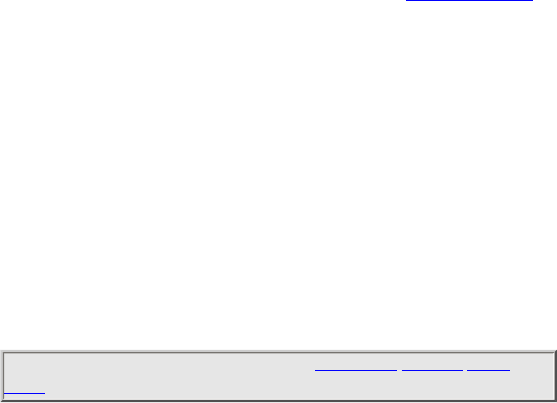
MobileSettingUpTheHardware < UnidenMan4 < TWiki
Connecting an Optional Antenna
The scanner’s BNC connector makes it easy to connect a variety of optional antennas, including an external mobile antenna or outdoor base station antenna.
Note: Always use 50-ohm, RG-58, or RG-8, BNC terminated coaxial cable to connect an outdoor antenna. If the antenna is over 50 feet from the scanner, use
RG-8 low-loss dielectric coaxial cable. Cable loss increases with higher frequency.
Connecting an Earphone/Headphone
For private listening, you can plug a 1/8-inch (3.5 mm) mini-plug earphone or headphones (not supplied) into the headphone jack on the front of your scanner.
This automatically disconnects the internal speaker. See the Earphone Warning for important information about using an earphone/headphone.
WARNING!
Never connect anything other than the recommended amplified extension speaker to the scanner’s headphone jack. Damage to the scanner might
occur.
Connecting an Extension Speaker
In a noisy area, an optional amplified extension speaker, positioned in the right place, might provide more comfortable listening. Plug the speaker cable’s 1/8-
inch (3.5-mm) mini-plug into your scanner’s back-panel Ext. Sp. Jack.
WARNING!
Never connect any part of the headphone jack to the antenna jack or connect the radio to an installation where the antenna and audio connection are
grounded. This might also damage the scanner.
This page applies to the following scanner(s): BCD996XT BCT15X Users
Guide
file:///C|/Documents%20and%20Settings/POpitz/My%20D...Image_090515/Manual/MobileSettingUpTheHardware.html (7 of 7)5/26/2009 11:12:32 AM

MobileConnectingAGPSReceiver < UnidenMan4 < TWiki
Connecting a GPS receiver
To determine whether the information on this page applies to your
scanner, see the tags at the bottom of the page.
● Compatible GPS receivers
● Configuring your scanner
● Connecting the receiver
● Troubleshooting
Compatible GPS receivers
You can connect your scanner to any GPS receiver that meets the following criteria:
● Outputs NMEA-0183 v3.01-compliant location data
● Outputs both the Global Positioning System Fix ( GGA ) and Recommended
Minimum Specific GNSS ( RMC ) data sentences
● Provides a serial data (RS-232) connection
Configuring your scanner
1. Go to the Settings menu and select Set Serial Port .
2. Select Set Baud Rate.
3. Select Set Rear Port.
4. Select 4800 bps for the baud rate.
Connecting the receiver
file:///C|/Documents%20and%20Settings/POpitz/My%20D...age_090515/Manual/MobileConnectingAGPSReceiver.html (1 of 3)5/26/2009 11:12:33 AM
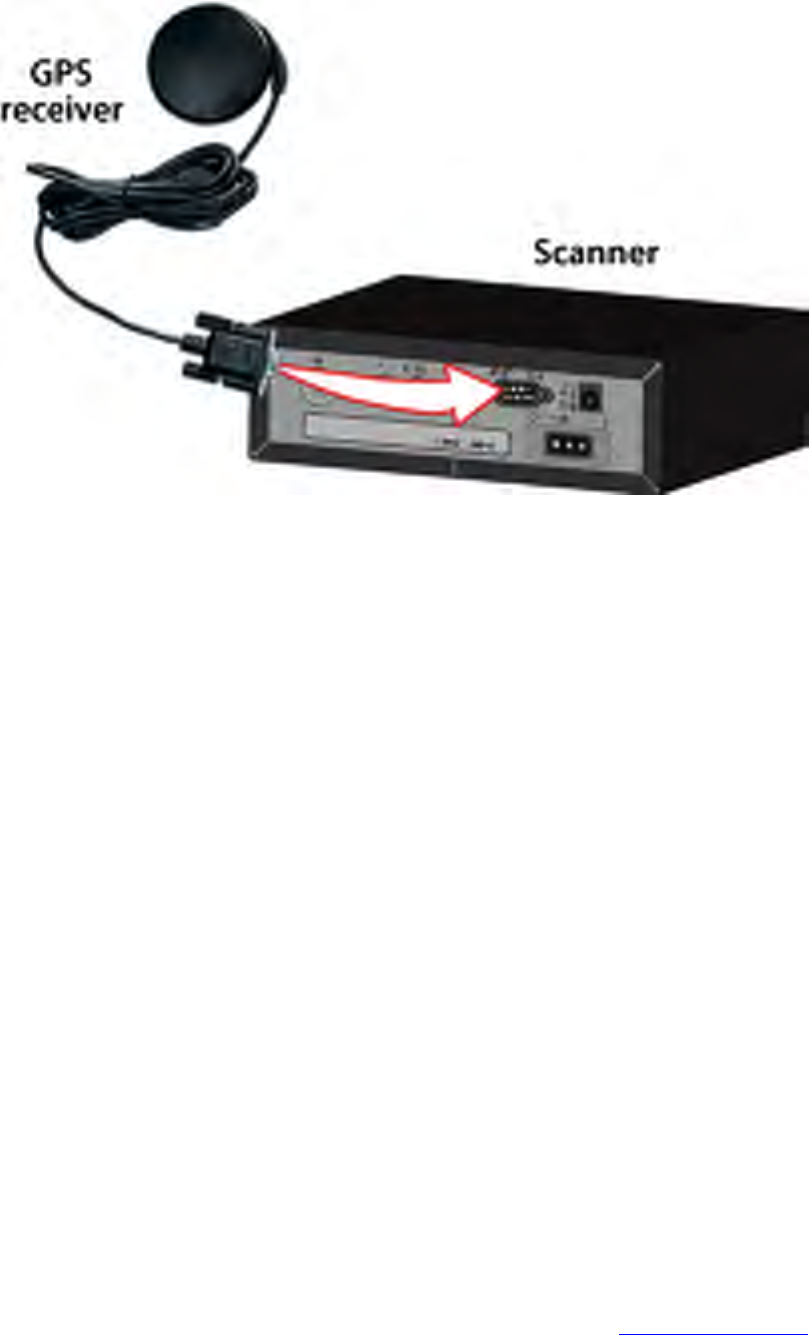
MobileConnectingAGPSReceiver < UnidenMan4 < TWiki
1. Plug your GPS receiver's RS232 cable directly into the DB9 connector on the
back of the scanner.
2. When the scanner recognizes the GPS input, it displays a confirmation message
and shows the GPS icon on the display.
3. If the GPS receiver does not have a lock on the satellites, the scanner displays
Searching for Satellite .
Troubleshooting
If you can't get the scanner to recognize the GPS receiver:
● Check the receiver's baud rate. Most compatible GPS receivers use a baud rate of
4800 bps, but it's possible your receiver is using a non-standard baud rate. Set the
scanner's baud rate to match the GPS receiver's.
● Check the receiver's output mode. Some receivers have proprietary signalling
modes that are not NMEA compliant, but you can usually set them to use a
NMEA compliant mode.
If the scanner recognizes the GPS receiver but doesn't lockout systems as you expected:
● Make sure the GPS receiver has a lock on the satellites.
● Check the location configuration for the sites and channel groups in the system.
1. For each site or channel group, go to the Set LocationInfo menu.
file:///C|/Documents%20and%20Settings/POpitz/My%20D...age_090515/Manual/MobileConnectingAGPSReceiver.html (2 of 3)5/26/2009 11:12:33 AM

MobileConnectingAGPSReceiver < UnidenMan4 < TWiki
2. Check the range, latitude, and longitude settings to make sure they are
correct.
3. Make sure the Set GPS Enable option is set to Yes .
This page applies to the following scanner(s): BCD996XT BCT15X Users
Guide
file:///C|/Documents%20and%20Settings/POpitz/My%20D...age_090515/Manual/MobileConnectingAGPSReceiver.html (3 of 3)5/26/2009 11:12:33 AM

NumberTags < UnidenMan4 < TWiki
Number Tags
● Number Tags let you quickly navigate to a specific system or channel.
● You can assign Number Tags at the system level ( System Number Tag , or SNT),
at the channel level ( CHannel Number Tag , or CHNT), or at both levels.
● You can assign an SNT to the temporary system Close Call Hits that is created
during Close Call searches. This system and its SNT operate like any other
system.
● You can assign Number Tags to service searches and custom search ranges.
These search Number Tags operate like regular SNTs.
● Programming Number Tags
❍ Assigning an SNT
❍ Assigning a CHNT
● Using Number Tags
Programming Number Tags
Assigning an SNT
● SNTs can range from 0 to 999 .
● Systems can have the same SNT, but you will get a warning when you create
multiples. (This includes SNTs assigned to the Close Call Hits system or any
search ranges.)
To a system :
1. Open the Program System menu.
2. Select the system you want to assign the number tag to.
3. Select Edit Sys Option, then select Set Number Tag.
4. Enter the number tag you want to use for this system.
To the Close Call Hits system :
1. Open the Close Call menu.
2. Select Hits with Scan, then select Set Number Tag.
file:///C|/Documents%20and%20Settings/POpitz/My%20Documents/temp/CDImage_090515/Manual/NumberTags.html (1 of 3)5/26/2009 11:12:33 AM

NumberTags < UnidenMan4 < TWiki
3. Enter the number tag you want to use for the Close Call Hits system.
To a service search range :
1. Open the Search for... menu.
2. Select Edit Service, then select the service search range you want to assign the
number tag to.
3. Select Search with Scan, then select Set Number Tag.
4. Enter the number tag you want to use for this search range.
To a custom search range :
1. Open the Search for... menu.
2. Select Edit Custom, then select the custom search range you want to assign the
number tag to.
3. Select Search with Scan, then select Set Number Tag.
4. Enter the number tag you want to use for this custom search range.
Assigning a CHNT
● You can assign CHNTs to channels even if the system does not have an assigned
SNT. However, without an SNT, you can only navigate to these channels from
within that system itself.
● CHNTs can be duplicated within their own system, but you will see a warning
when you create multiples.
● CHNTs can range from 0 to 999 .
1. Open the Program System menu.
2. Select the system containing the channel you want to assign the number tag to.
3. Select Edit Group, then select the channel group you want.
4. Select Edit Channel, then select the channel you want to assign the number tag to.
5. Select Set Number Tag.
6. Enter the number tag you want to use for this channel.
Using Number Tags
file:///C|/Documents%20and%20Settings/POpitz/My%20Documents/temp/CDImage_090515/Manual/NumberTags.html (2 of 3)5/26/2009 11:12:33 AM
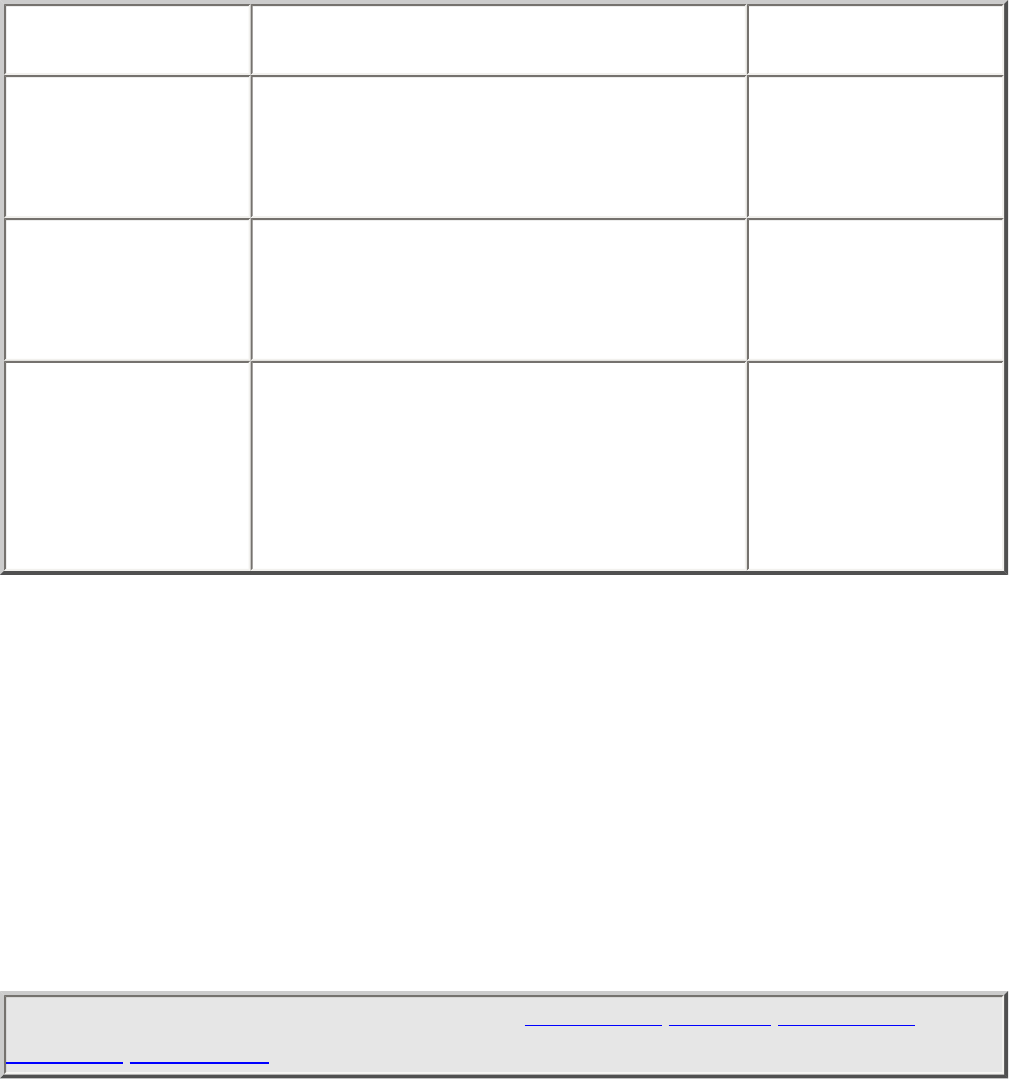
NumberTags < UnidenMan4 < TWiki
To navigate
directly to: Key Sequence Example
A system or search
range 1. Tap HOLD.
2. Enter the SNT + •.
3. Tap MENU.
If the SNT is 4 , enter
HOLD / 4 / • /
MENU.
A channel in the
current system 1. Tap HOLD.
2. Enter the CHNT.
3. Tap MENU.
If the CHNT is 27,
enter HOLD / 27 /
MENU.
A channel in a
different system 1. Tap HOLD.
2. Enter the SNT followed by the
decimal point.
3. Enter the CHNT.
4. Tap MENU.
If the SNT is 4 and
the CHNT is 27,
enter HOLD / 4 / • /
27 / MENU.
Notes:
● If two systems have the same SNT, they will be selected in sequence (i.e. the first
time you select the SNT, the scanner will go to the first system assigned with that
SNT; if you select the same SNT again, it will go to the 2nd system assigned with
that SNT, and so on).
● If two channels in the same system have the same CHNT, they will be selected in
sequence (i.e. the first time you select the CHNT, the scanner will go to the first
channel in that system assigned with that CHNT; if you select the same CHNT
again, it will go to the 2nd channel assigned with that CHNT, and so on).
This page applies to the following scanner(s): BCD996XT BCT15X BCD396XT
BC346XT Users Guide
file:///C|/Documents%20and%20Settings/POpitz/My%20Documents/temp/CDImage_090515/Manual/NumberTags.html (3 of 3)5/26/2009 11:12:33 AM

QuickKeys < UnidenMan4 < TWiki
Quick Keys
● Quick Keys let you enable or disable systems and channel groups during a scan.
Disabled systems and channel groups are ignored during scans.
● You can assign Quick Keys at the system/site level ( System/site Quick Key , or
SQK ), at the channel group level ( Group Quick Key , or GQK ), or at both levels.
● You can assign an SQK to the temporary system Close Call Hits that is created
during Close Call searches. This system and its SQK operate like any other
system.
● You can assign Quick Keys to service searches and custom search ranges. These
search Quick Keys operate like regular SQKs.
● Programming Quick Keys
❍ Assigning an SQK
❍ Assigning a GQK
● Using Quick Keys
❍ To use SQK 0 through 9
❍ To use SQK 10 through 99
❍ To use a GQK
Programming Quick Keys
Assigning an SQK
● Multiple systems, sites, and search ranges can share the same SQK.
● All systems and sites assigned to the same SQK will be enabled (or disabled)
when you enter the Quick Key.
● SQKs range from 0 to 99 .
To a conventional system:
1. Open the Program System menu.
2. Select the system you want to assign the Quick Key to.
3. Select Edit Sys Option, then select Set Quick Key.
4. Enter the Quick Key you want to use for this system.
file:///C|/Documents%20and%20Settings/POpitz/My%20Documents/temp/CDImage_090515/Manual/QuickKeys.html (1 of 4)5/26/2009 11:12:34 AM

QuickKeys < UnidenMan4 < TWiki
To a trunked system:
1. Open the Program System menu.
2. Select the system you want to assign the Quick Key to.
3. Select Edit Site, then select the site you want.
4. Select Set Quick Key, then enter the Quick Key you want to use for this site.
To the Close Call Hits system :
1. Open the Close Call menu.
2. Select Hits with Scan, then select Set Quick Key? .
3. Enter the Quick Key you want to use for the Close Call Hits system.
To a service search range :
1. Open the Search for... menu.
2. Select Edit Service, then select the service search range you want to assign the
Quick Key to.
3. Select Search with Scan, then select Set Quick Key.
4. Enter the Quick Key you want to use for this search range.
To a custom search range :
1. Open the Search for... menu.
2. Select Edit Custom, then select the custom search range you want to assign the
Quick Key to.
3. Select Search with Scan, then select Set Quick Key.
4. Enter the Quick Key you want to use for this custom search range.
Assigning a GQK
● All channels in the channel group will be enabled (or disabled) when you enter
the GQK.
● Multiple channel groups in the same system can share the same GQK. However,
all of these channel groups will be enabled (or disabled) when you enter the GQK
from within that system.
● You can assign GQKs to channel groups even if their system does not have an
assigned SQK.
file:///C|/Documents%20and%20Settings/POpitz/My%20Documents/temp/CDImage_090515/Manual/QuickKeys.html (2 of 4)5/26/2009 11:12:34 AM

QuickKeys < UnidenMan4 < TWiki
● You can only use GQKs within the current system: the GQK will not affect a
channel group in another system.
● GQKs range from 0 to 9 .
1. Open the Program System menu.
2. Select the system containing the channel group you want to assign the Quick Key
to.
3. Select Edit Group, then select the channel group you want.
4. Select Set Quick Key, then enter the Quick Key you want to use for this channel
group.
Using Quick Keys
● Quick Keys only work in Scan mode.
● Entering the Quick Key toggles the enabled/disabled state of the system/site/
search range or channel group (i.e., if the system is currently enabled, entering the
Quick Key will disable it, and vice-versa).
To use SQK 0 through 9
● Enter Scan mode.
● Tap the number key that matches the SQK. (For example, if the SQK is 4, just
enter 4.)
● Any systems, sites, or search ranges assigned to this SQK become disabled. (If
they were already disabled, they become enabled.)
To use SQK 10 through 99
● Enter Scan mode.
● Tap the decimal point ( ./NO ), then enter the SQK. (For example, if the SQK is
32 , enter ./NO / 32.)
● Any systems, sites, or search ranges assigned to this SQK become disabled. (If
they were already disabled, they become enabled.)
To use a GQK
● Enter Scan mode.
● Go to the system that contains the channel group you want to enable or disable.
file:///C|/Documents%20and%20Settings/POpitz/My%20Documents/temp/CDImage_090515/Manual/QuickKeys.html (3 of 4)5/26/2009 11:12:34 AM

QuickKeys < UnidenMan4 < TWiki
● Tap FUNCTION , then tap the number key that matches the GQK. (For example,
if the GQK is 7 , enter FUNCTION / 7.)
● Any channel groups assigned to this GQK within the current system only become
disabled. (If they were already disabled, they become enabled.)
This page applies to the following scanner(s): BCD996XT BCT15X BCD396XT
BC346XT Users Guide
file:///C|/Documents%20and%20Settings/POpitz/My%20Documents/temp/CDImage_090515/Manual/QuickKeys.html (4 of 4)5/26/2009 11:12:34 AM
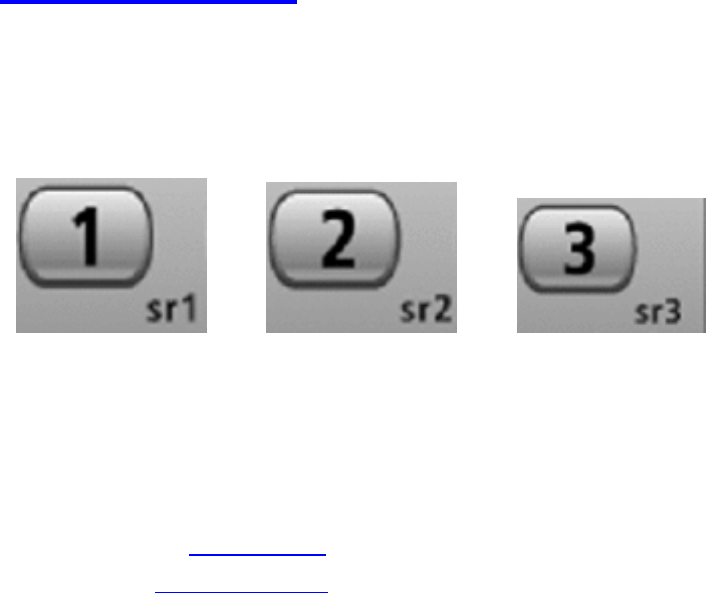
SearchKeys < UnidenMan4 < TWiki
Search Keys
The scanner has three Search Keys that you can assign to a special search range; the
Search Keys are set to number keys 1 , 2 , and 3 :
Search Key 1 Search Key 2 Search Key 3
Programming Search Keys
1. Open the Search for... menu.
2. Select Set Search Key, then select the search key you want to program.
3. Select the search range you want to assign to this Search Key. Choose one of the
pre-programmed service search ranges, one of the 10 custom search ranges, a
Tone-Out search, or a Band Scope search.
Using Search Keys
To start the search assigned to a Search Key, FUNCTION + tap that Search Key. For
example, to start the search assigned to Search Key 2, FUNCTION + tap 2 .
(You can't use the Search Keys when the scanner is in Scan mode or GPS mode.)
If the Search Key you select starts a Tone-Out search, the scanner switches to Tone-Out
mode and searches the most-recently-used Tone-Out channel (out of the 10 available). If
you want to search a different Tone-Out channel, use the SELECT-VOLUME-
SQUELCH knob on handheld models or the SCROLL / FUNCTION knob on mobile
models to select the Tone-Out channel you want to use.
file:///C|/Documents%20and%20Settings/POpitz/My%20Documents/temp/CDImage_090515/Manual/SearchKeys.html (1 of 2)5/26/2009 11:12:35 AM
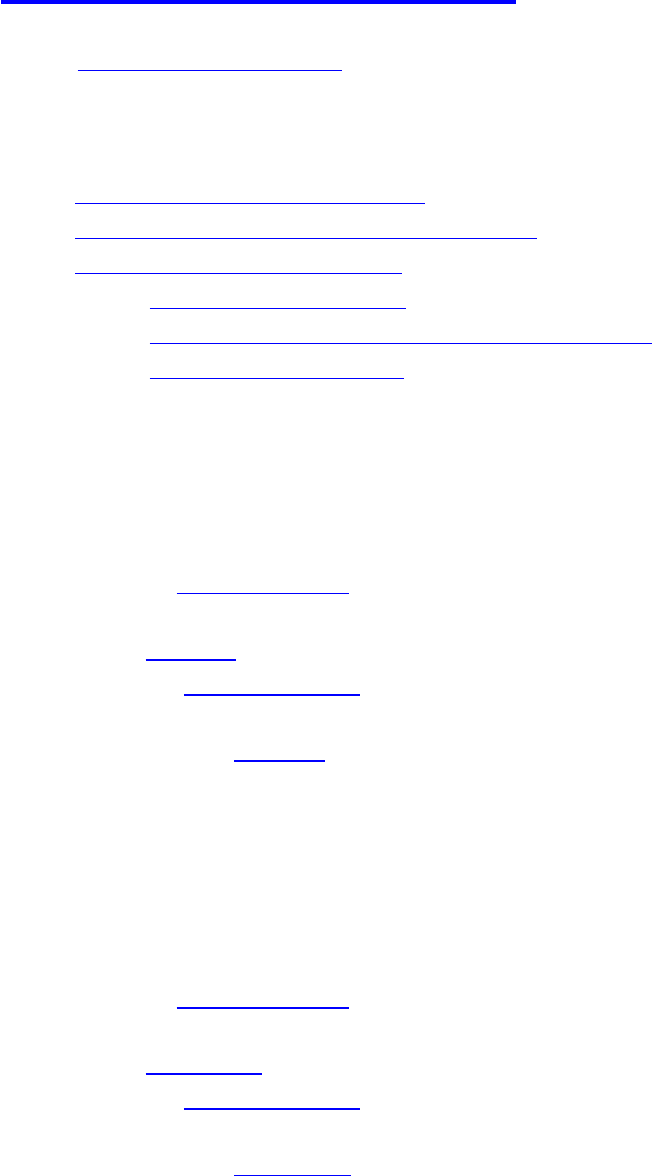
ProgrammingLocations < UnidenMan4 < TWiki
Programming locations
To use Location-based Scanning with a particular system, you will need to program your scanner
with the geographic coordinates you want to use for each site or channel group. You can also
program your scanner to alert you when you approach particular locations.
● Programming a location for a site
● Programming a location for a channel group
● Programming general locations
❍ To create a new location
❍ For Dangerous Xing and Dangerous Roads only
❍ Edit an existing location
Programming a location for a site
Each system site can have separate location information.
1. Open the Program System menu.
2. Select the system you want to program for location based scanning.
3. Select Edit Site, then select the first site you want to assign a location to.
4. Select the Set LocationInfo menu and enter the latitude, longitude, and range for this site.
5. Change the Set GPS Enable field to On .
6. Go back to the Edit Site menu and repeat these steps with any other sites you want to
program for this system.
Programming a location for a channel group
Each channel group in a system can have separate location information.
1. Open the Program System menu.
2. Select the system you want to program for location based scanning.
3. Select Edit Group, then select the first channel group you want to assign a location to.
4. Select the Set LocationInfo menu and enter the latitude, longitude, and range for this site.
5. Change the Set GPS Enable field to On .
6. Go back to the Edit Group menu and repeat these steps with any other sites you want to
program for this system.
Remember: You have to turn on Set GPS Enable before the location information
file:///C|/Documents%20and%20Settings/POpitz/My%20D...emp/CDImage_090515/Manual/ProgrammingLocations.html (1 of 3)5/26/2009 11:12:36 AM
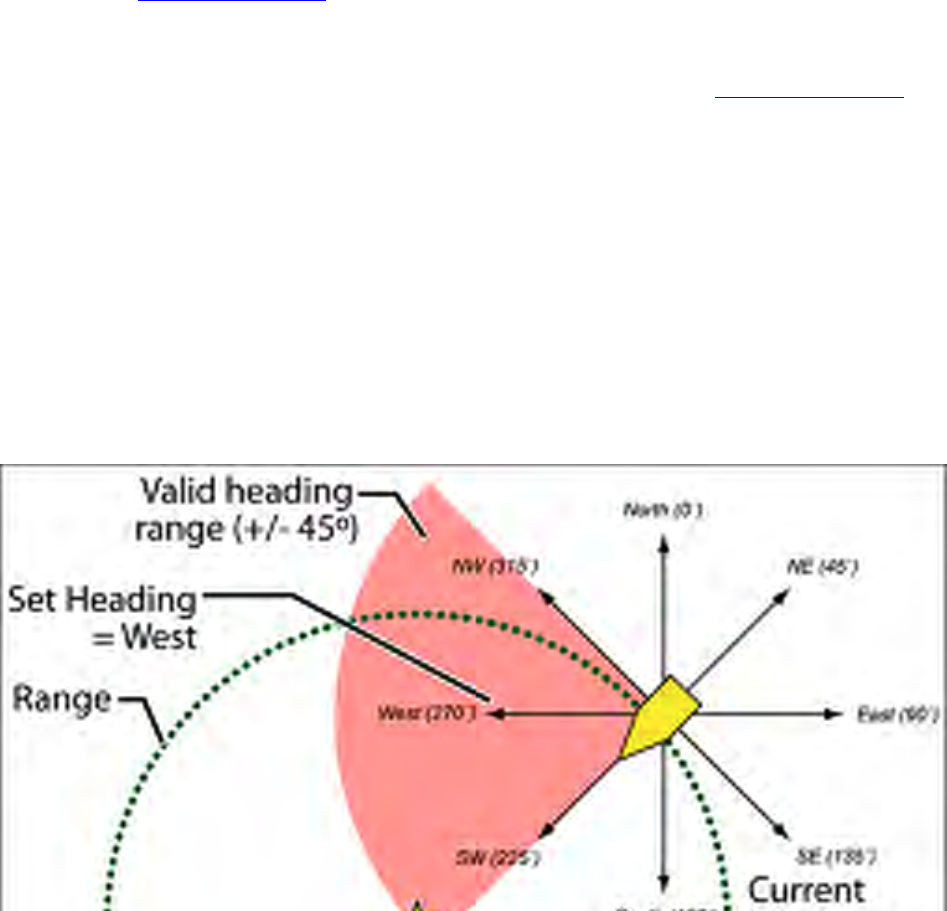
ProgrammingLocations < UnidenMan4 < TWiki
can effect that site or channel group.
Programming general locations
You can program general locations (i.e., locations that are not associated with a site or channel
group). There are three types of general locations:
● points of interest ( POI )
● intersections ( Dangerous Xing )
● roads ( Dangerous Road )
You can program the scanner to alert you when you come within a designated distance of that
location.
To create a new location
1. Open the Program Location menu.
2. Select the type of location you want to create.
3. Select New Location to create a new location of this type.
4. *If you want to create a different type of location, go back to the Program Location menu
and select that location type.
5. If you want to change the default location name, select Edit Name? and enter a new name.
6. Select Set LocationInfo? and enter the latitude and longitude for this location.
7. Select Set Range and enter the distance from this location you want the scanner to alert
you.
8. Choose the Alert Tone and Alert Light you want the scanner to use when you come within
range of this location.
For Dangerous Xing and Dangerous Roads only
file:///C|/Documents%20and%20Settings/POpitz/My%20D...emp/CDImage_090515/Manual/ProgrammingLocations.html (2 of 3)5/26/2009 11:12:36 AM
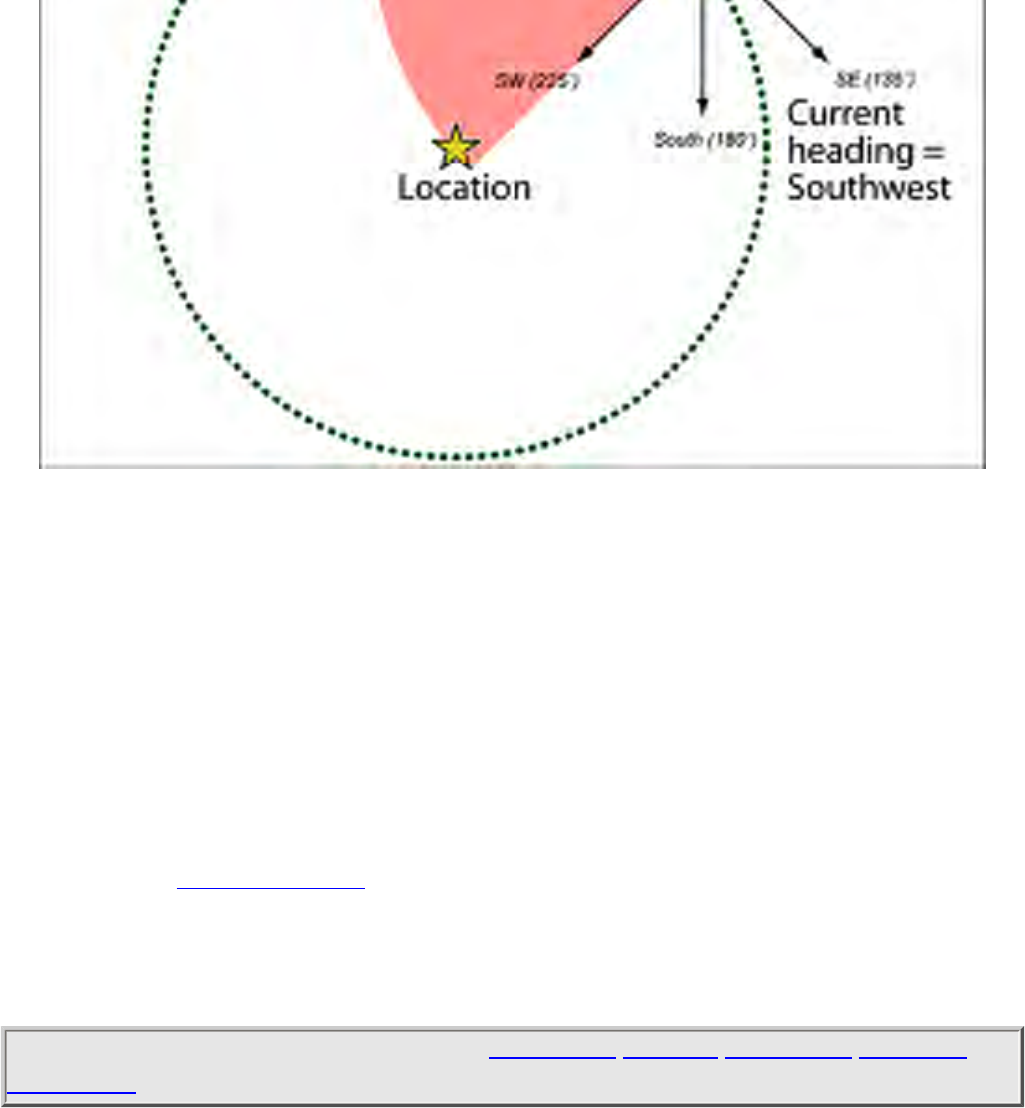
ProgrammingLocations < UnidenMan4 < TWiki
In addition to range, you can specify a heading and a speed limit for these types of locations:
● If you set a speed limit, the scanner will only trigger an alert when you are within the
location's range and your current speed is over the programmed speed limit.
● If you set a heading, the scanner will only trigger an alert when you are within the
location's range and your current heading is +/- 45 degrees from the programmed
heading. (For example, if you set the heading as North , the scanner will trigger an alert if
your current heading is North-east but not if your current heading is due East .)
Edit an existing location
1. Open the Program Location menu.
2. Select the type of location you want to edit; the scanner lists the existing locations of that
type in alphabetical order.
3. Select the location you want to edit, then change any of the location settings you want.
This page applies to the following scanner(s): BCD996XT BCT15X BCD396XT BC346XT
Users Guide
file:///C|/Documents%20and%20Settings/POpitz/My%20D...emp/CDImage_090515/Manual/ProgrammingLocations.html (3 of 3)5/26/2009 11:12:36 AM
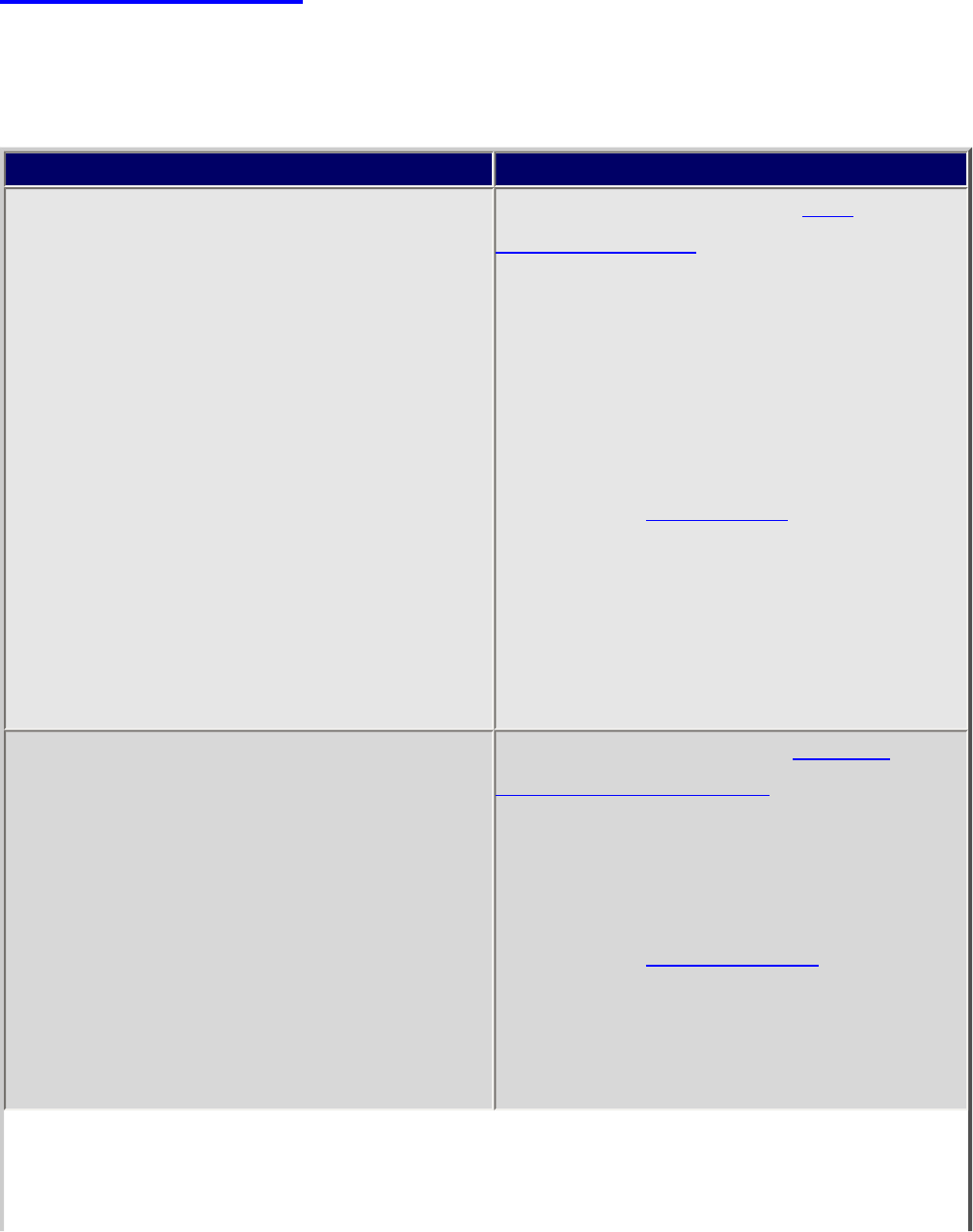
SettingAlerts < UnidenMan4 < TWiki
Setting alerts
Your scanner can trigger alerts for several different events. The table below shows the
different alerts and how to program them:
To sound an alert when Follow these steps
A channel becomes active Edit the channel properties (Edit
Channel#Set Alert):
1. Go to the Program System menu
and select the system that contains
the channel you want set the alert
for.
2. Select Edit Group , then select the
group you want.
3. Select Edit Channel, then select the
channel you want to set the alert
for.
4. Select Set Alert .
5. Choose the Alert Tone and Alert
Light you want the scanner to use.
An active Talk Group on a system contains
an emergency flag Edit the system properties (Edit Sys
Option#Emergency Alert):
1. Go to the Program System menu
and select the system you want set
the alert for.
2. Select Edit Sys Option, then select
Emergency Alert .
3. Choose the Alert Tone and Alert
Light you want the scanner to use.
file:///C|/Documents%20and%20Settings/POpitz/My%20Documents/temp/CDImage_090515/Manual/SettingAlerts.html (1 of 3)5/26/2009 11:12:37 AM
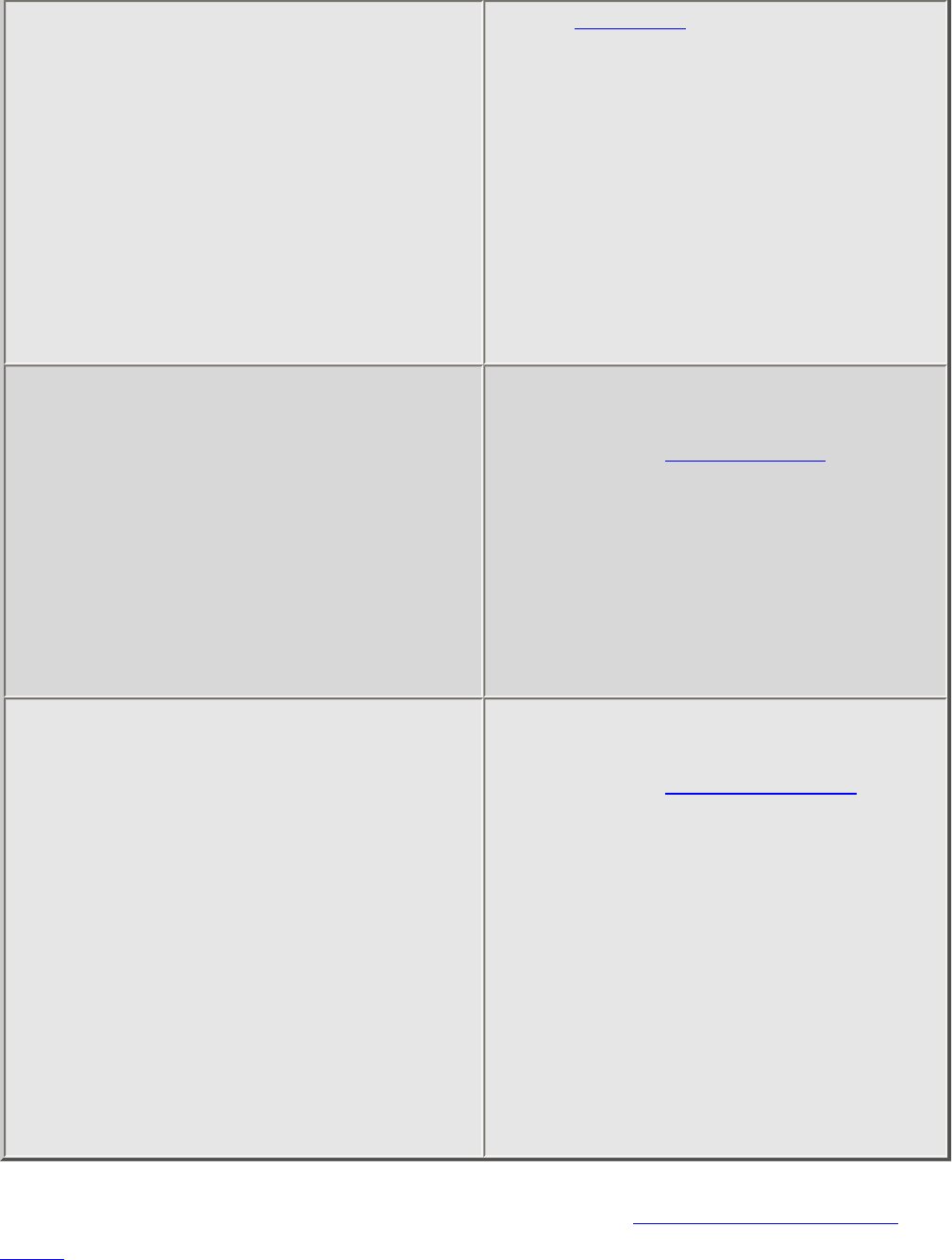
SettingAlerts < UnidenMan4 < TWiki
The scanner detects a Close Call hit Edit the Close Call properties:
1. Go to the Close Call menu.
2. Select Set CC Alert .
3. Choose the Alert Tone and Alert
Light you want the scanner to use.
4. For Close Call Alerts, you can also
have the scanner pause before it
resumes searching. Select Set CC
Pause to activate this feature.
The scanner gets a hit on a Tone-Out
channel Edit the Tone-Out channel properties:
1. Go to the Tone-Out for... menu.
2. Select Tone-Out Setup , then select
the Tone-Out channel you want to
set the alert for.
3. Select Set Alert .
4. Choose the Alert Tone and Alert
Light you want the scanner to use.
You approach a particular location
● Point of Interest( POI )
● Dangerous Road
● Dangerous Intersection ( Dangerous
Xing )
Edit the location properties:
1. Go to the Program Location menu
and select the type of location you
want set the alert for.
2. Select the particular location.
3. For a POI, select Set Alert , then
choose the Alert Tone and the
Alert Light you want to use.
4. For a Dangerous Road or Xing, the
alert tone is preset. Select the Alert
Volume and the Alert Light you
want to use.
NOTE: The scanner also triggers alerts for Weather Alerts (WX Operation#Weather
Alerts), but you can't edit the alert tone and light.
file:///C|/Documents%20and%20Settings/POpitz/My%20Documents/temp/CDImage_090515/Manual/SettingAlerts.html (2 of 3)5/26/2009 11:12:37 AM
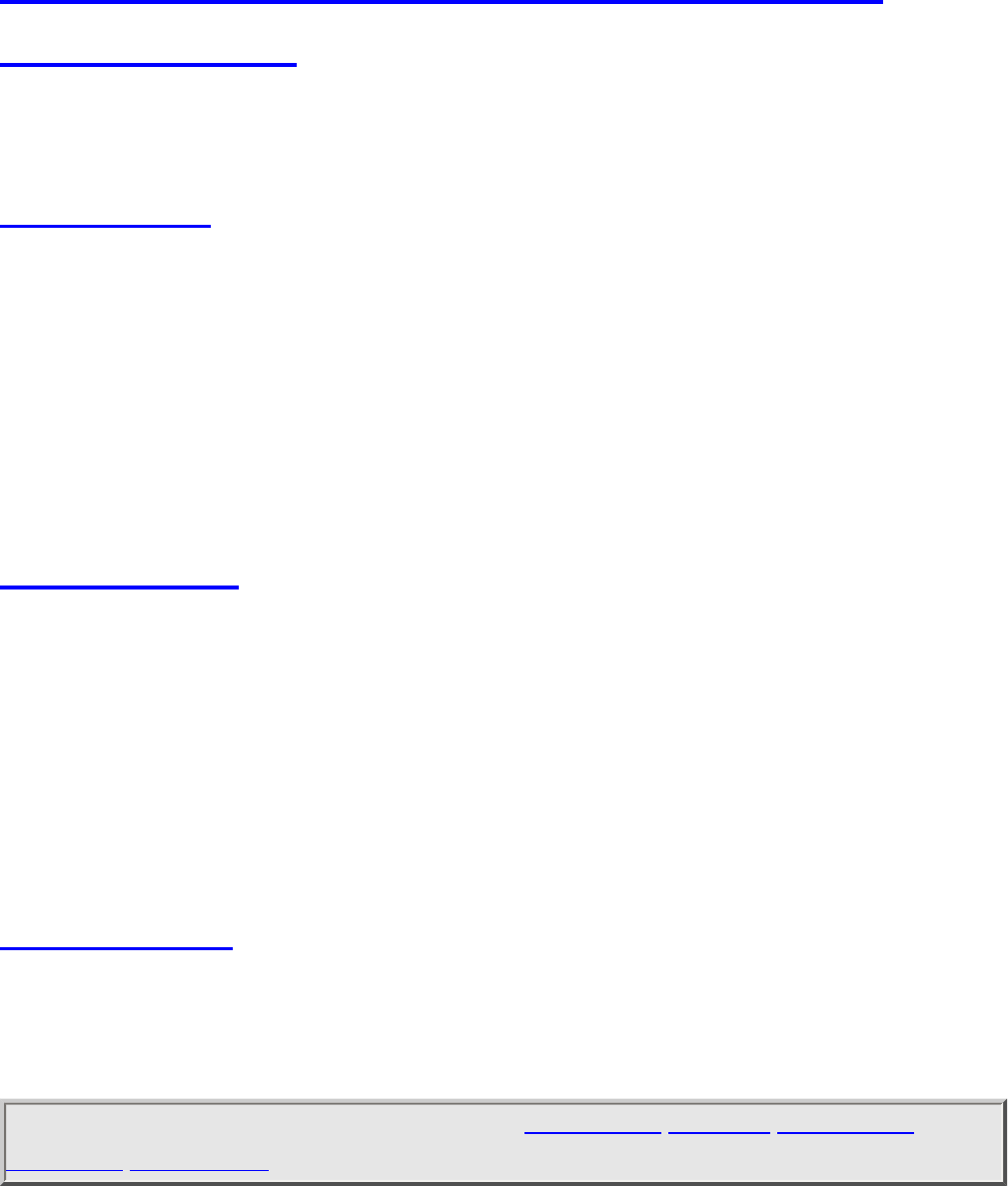
UsingQuickKeysStartupKeysAndSearchKeys < UnidenMan4 < TWiki
Using Quick Keys, Startup Keys, and
Search Keys
The different shortcut keys have different functions:
Quick Keys
● Quick keys let you enable and disable systems and channel groups (disabled
systems and channel groups are ignored during scans).
● You must be in Scan mode to use Quick Keys.
● System Quick Keys (SQKs) let you enable or disable systems, sites or search
ranges: just enter the SQK from the number pad.
● Group Quick Keys (GQKs) let you enable or disable channel groups inside the
current system: Tap FUNCTION , then enter the GQK from the number pad.
Startup Keys
● Startup Keys let you lock and unlock several systems, sites, and search ranges all
at the same time.
● When you activate a Startup Key, the scanner unlocks all systems, sites, and
search ranges that are assigned to that same Startup Key; the scanner also locks
all systems, sites, and search ranges that are assigned to a different Startup Key.
● To activate a Startup Key, press & hold the number key while you power the
scanner on.
Search Keys
● Search Keys let you quickly start one of 3 programmed searches.
● To start the search assigned to a Search Key, FUNCTION + tap that Search Key.
This page applies to the following scanner(s): BCD996XT BCT15X BCD396XT
BC346XT Users Guide
file:///C|/Documents%20and%20Settings/POpitz/My%20Docu...515/Manual/UsingQuickKeysStartupKeysAndSearchKeys.html5/26/2009 11:12:38 AM

BCT15XFeatures < UnidenMan4 < TWiki
BCT15X Features
Limits
● Channels: 9,000 maximum
● Systems: 500 maximum
● Sites: 1000 maximum, 256 maximum per system
● Groups per system: 20 maximum
● Talkgroups per trunked system: 500 maximum
● Scan Rate: 100 channels per second (conventional mode)
● System Quick Key range: 0-99
● Group Quick Key range: 0-9
● Custom Search Ranges: 10
● Startup Keys: 10
● Channel Number Tags: 999
● System Number Tags: 999
● Preprogrammed Service Search Bands: 12
● Band Scope Range: 0.2 to 500 MHz
● Band Scope Steps: 5 kHz to 100 kHz
Frequency Coverage
● 25 - 512 MHz
● 758 - 823.9875 MHz
● 849.0125 - 868.9875 MHz
● 894.0125 - 960 MHz
● 1240 - 1300 MHz
Features
● TrunkTracker III -- tracks the following trunked systems:
❍ Motorola Type I 800
❍ Motorola Type II 800, 900, UHF, VHF (including rebanded 800 MHz
systems)
❍ EDACS Wide (standard), Narrow, SCAT (including systems that use an
EDACS System Key)
file:///C|/Documents%20and%20Settings/POpitz/My%20D...ents/temp/CDImage_090515/Manual/BCT15XFeatures.html (1 of 3)5/26/2009 11:12:48 AM
BCT15XFeatures < UnidenMan4 < TWiki
❍ LTR
● BearTracker warning system
● Location-Based scanning automatically selects programmed systems based on
your location when connected to a compatible GPS receiver.
● Temporary lockout automatically unlocks channels when you cycle power.
● Startup Configurations let you automatically lock out or unlock systems on power
up to quickly configure the scanner for a different area or application.
● Alert Plus mode -- silences the scanner except for channels that have assigned
alerts.
● Channel Number Tagging -- lets you quickly select a channel.
● State-by-State Preprogrammed Channels - let you easily keep up with activity on
local police, Department of Transportation, and Highway Patrol frequencies when
you travel, without having to program any channels.
● Close Call, with Close Call Do Not Disturb, Close Call Priority (or Primary), and
Close Call Temporary Store.
● Fire Tone Out Alert
● Fire Tone-Out Search -- determines the tones received for easy tone-out
programming.
● Motorola Control Channel Only trunking
● DCS/CTCSS Rapid Decode
● Channel Volume Offset
● Band Scope
● Search with Scan
● Frequency/ID AutoStore - automatically store frequencies from a service or limit
search into a conventional system or store talk group IDs into a trunked system
● 16 character text tagging for each system, site, group, channel, talkgroup, search
range, GPS location, tone-out, and SAME group
● Compatible with BC-RH96 Remote Head
● Quick Search
● Service Search - lets you select from Public Safety, News, HAM Radio, Marine,
Railroad, Air, Citizens Band Radio, FRS/GMRS, Racing, FM Broadcast, Military
Air, and Special (Itinerant)
● Custom Search - lets you program up to 10 search ranges
● 500 (250 Temporary + 250 Permanent) Search Lockouts
● SAME Weather Alert
● Weather Priority
● Priority Scan with Priority Plus
● Signal Strength display
● Trunking Activity Indicators
● Adjustable scan delay
file:///C|/Documents%20and%20Settings/POpitz/My%20D...ents/temp/CDImage_090515/Manual/BCT15XFeatures.html (2 of 3)5/26/2009 11:12:48 AM
BCT15XFeatures < UnidenMan4 < TWiki
● Negative Channel Dropout Delay (Forced Resume
● Adjustable Hold (scan duration 0-255 sec) per system, custom or service search
● Strong signal attenuation
● Upgradeable firmware
● Channel Alert
● Independent Alert Tone Volume - lets you set the volume level of the following
tones: Key Beep, Emergency Alert, Channel Alert, and Close Call Alert.
● Repeater Reverse
● Broadcast signal ignore while searching (TV and radio station frequencies,
pagers, etc)
● Quick Recall - quickly navigates to a specific Channel by choosing the System,
Group, and Channel.
● DIN-E and ISO Vehicle Mountable (DIN-E sleeve not included optional)
● Reversible Display - Lets you reverse the display to mount unit upside down (and
hear the speaker from the top)
● Record Out - you can connect an output jack to a VOX controlled recorder or PC
sound input to record the received audio.
● Duplicate Channel Alert
● PC Programming and Control
● Wired Cloning
● Power requirements: 11.0V to 16.6V DC
● Antenna Connector: BNC
file:///C|/Documents%20and%20Settings/POpitz/My%20D...ents/temp/CDImage_090515/Manual/BCT15XFeatures.html (3 of 3)5/26/2009 11:12:48 AM
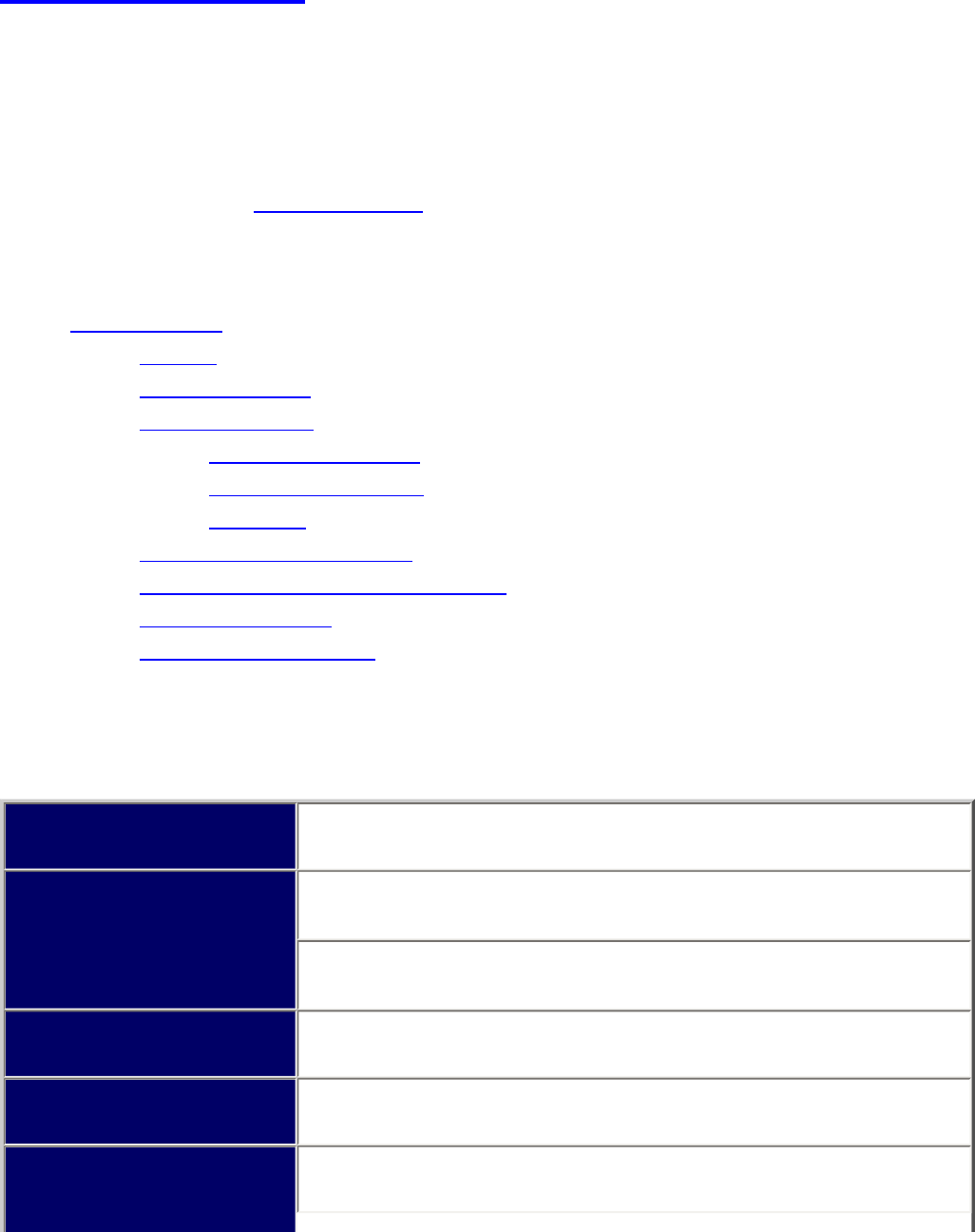
BCT15XSpecs < UnidenMan4 < TWiki
BCT15X Specs
To determine whether the information on this page applies to your scanner, see the
tags at the bottom of the page.
● Certified in accordance with FCC Rules and Regulations Part 15 Subpart C as of date of
manufacture. (See FCC Information for more details.)
● FCC ID: AMWUB361
● BCT15X Specs
❍ General
❍ Frequency Range
❍ Special Functions
■ Band Scope Function
■ Two-Tone-Sequential
■ WX Alert
❍ Supported trunking systems
❍ Dynamic memory allocation capacity
❍ Heterodyne System
❍ CTCSS and DCS Tones
General
Attenuation 20dB nominal
Audio Output Power 3W nominal into 8Ω speaker
30mW nominal into 32Ω stereo headphone
Scan Rate 100 channels per second max (Conventional mode)
Search Rate 300 steps per second max (5kHz steps only)
External Jacks Antenna Jack: BNC Type
file:///C|/Documents%20and%20Settings/POpitz/My%20Documents/temp/CDImage_090515/Manual/BCT15XSpecs.html (1 of 9)5/26/2009 11:12:50 AM
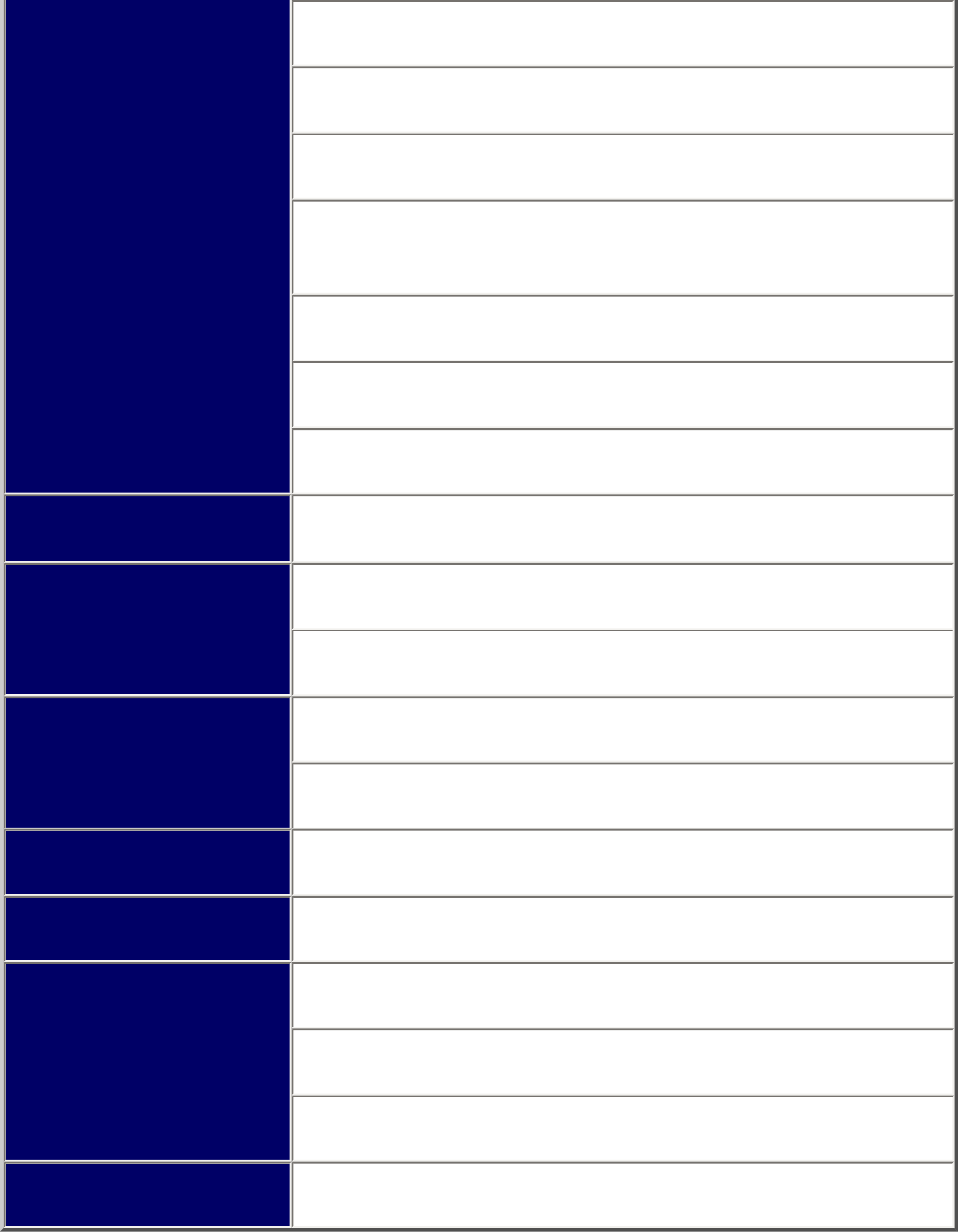
BCT15XSpecs < UnidenMan4 < TWiki
Phone Jack: 3.5mm (1/8 in.) Stereo Type
Ext.SP Jack: 3.5mm (1/8 in.) Monaural Type
REC.Out Jack: 3.5mm (1/8 in.) Stereo Type
Ext. DC Power and Orange Wire Jack 3 pin (Center Orange
Wire)
DC Power Jack: 5.5mm (1/5 in.) (Center Positive)
GPS/Remote Interface Jack: D Sub 9pin Male Type
Remote Interfase Jack (front panel): 4-pin Mini Custom Type
Internal Speaker 8.0Ω 5.0W Max. 77mm (3.0 in.)
Power Requirements DC:11V to 16.6V(Ext.DC Power Jack or DC Power Jack)
AC Adapter (13.8V DC 750mA Regulated) (AD-1009)
Operating
Temperature Nominal: -20°C to +60°C -4°F to +140°F
Close Call: -10°C to +60°C +14°F to +140°F
Size 7.2 in.(W) x 5.9 in.(D) x 2.2 in.(H)
Weight 3.42 lbs
Remote Functions Direct PC control
Database management
Wired cloning
Display 64 x 128 Full Dot Matrix LCD with Orange-color back light
file:///C|/Documents%20and%20Settings/POpitz/My%20Documents/temp/CDImage_090515/Manual/BCT15XSpecs.html (2 of 9)5/26/2009 11:12:50 AM
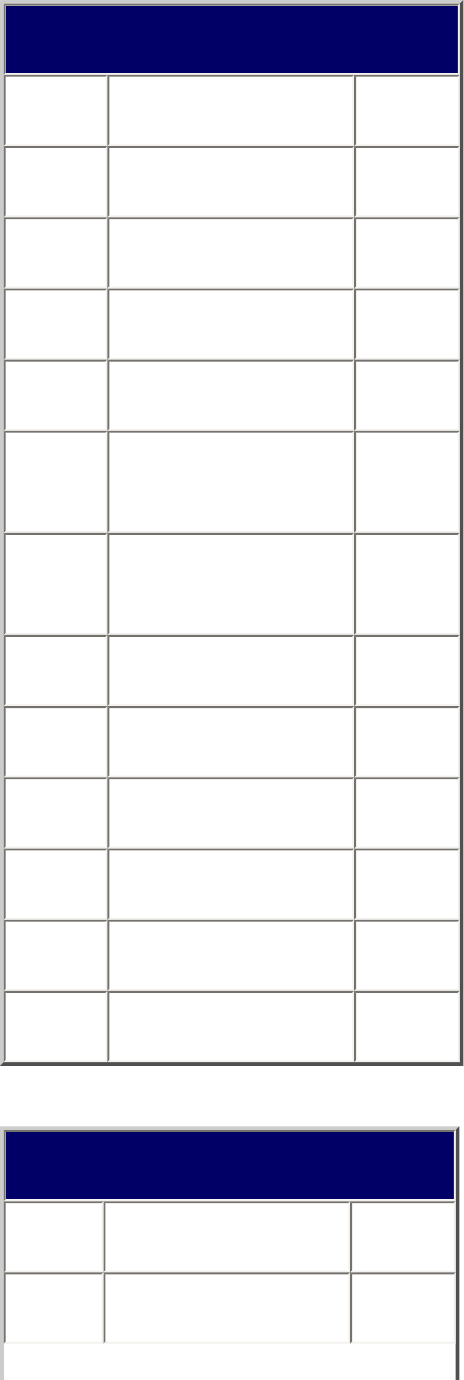
BCT15XSpecs < UnidenMan4 < TWiki
Sensitivity (nominal) 12dB SINAD
0.4•V 25-27.995 MHz AM
0.3•V 28-53.98 MHz NFM
0.6•V 54-71.95 MHz WFM
0.2•V 72-75.995 MHz FM
0.5•V 76-107.9 MHz FMB
0.3•V 108-136.9916
MHz AM
0.3•V 137-173.9875
MHz NFM
0.5•V 174-215.95 MHz WFM
0.3•V 216-224.98 MHz NFM
0.3•V 225-379.975 MHz AM
0.3•V 380-512 MHz NFM
0.3•V 758-960 MHz NFM
0.4•V 1240-1300 MHz NFM
Signal Noise Ratio (nominal)
48dB 25-27.995 MHz AM
41dB 28-53.98 MHz NFM
file:///C|/Documents%20and%20Settings/POpitz/My%20Documents/temp/CDImage_090515/Manual/BCT15XSpecs.html (3 of 9)5/26/2009 11:12:50 AM
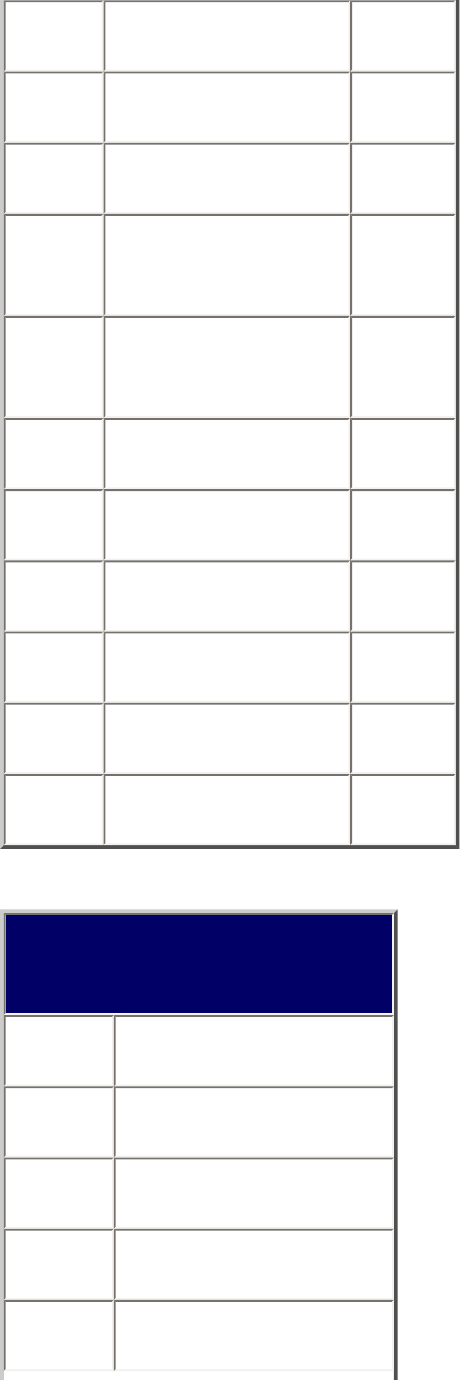
BCT15XSpecs < UnidenMan4 < TWiki
54dB 54-71.95 MHz WFM
48dB 72-75.995 MHz FM
60dB 76-107.9 MHz FMB
50dB 108-136.9916
MHz AM
41dB 137-173.9875
MHz NFM
54dB 174-215.95 MHz WFM
41dB 216-224.98 MHz NFM
50dB 225-379.975 MHz AM
40dB 380-512 MHz NFM
41dB 758-960 MHz NFM
37dB 1240-1300 MHz NFM
Close Call Sensitivity
(nominal)
160•V VHF Low1 Band
110•V VHF Low2 Band
90•V Air Band
90•V VHF High1 Band
100•V VHF High2 Band
file:///C|/Documents%20and%20Settings/POpitz/My%20Documents/temp/CDImage_090515/Manual/BCT15XSpecs.html (4 of 9)5/26/2009 11:12:50 AM
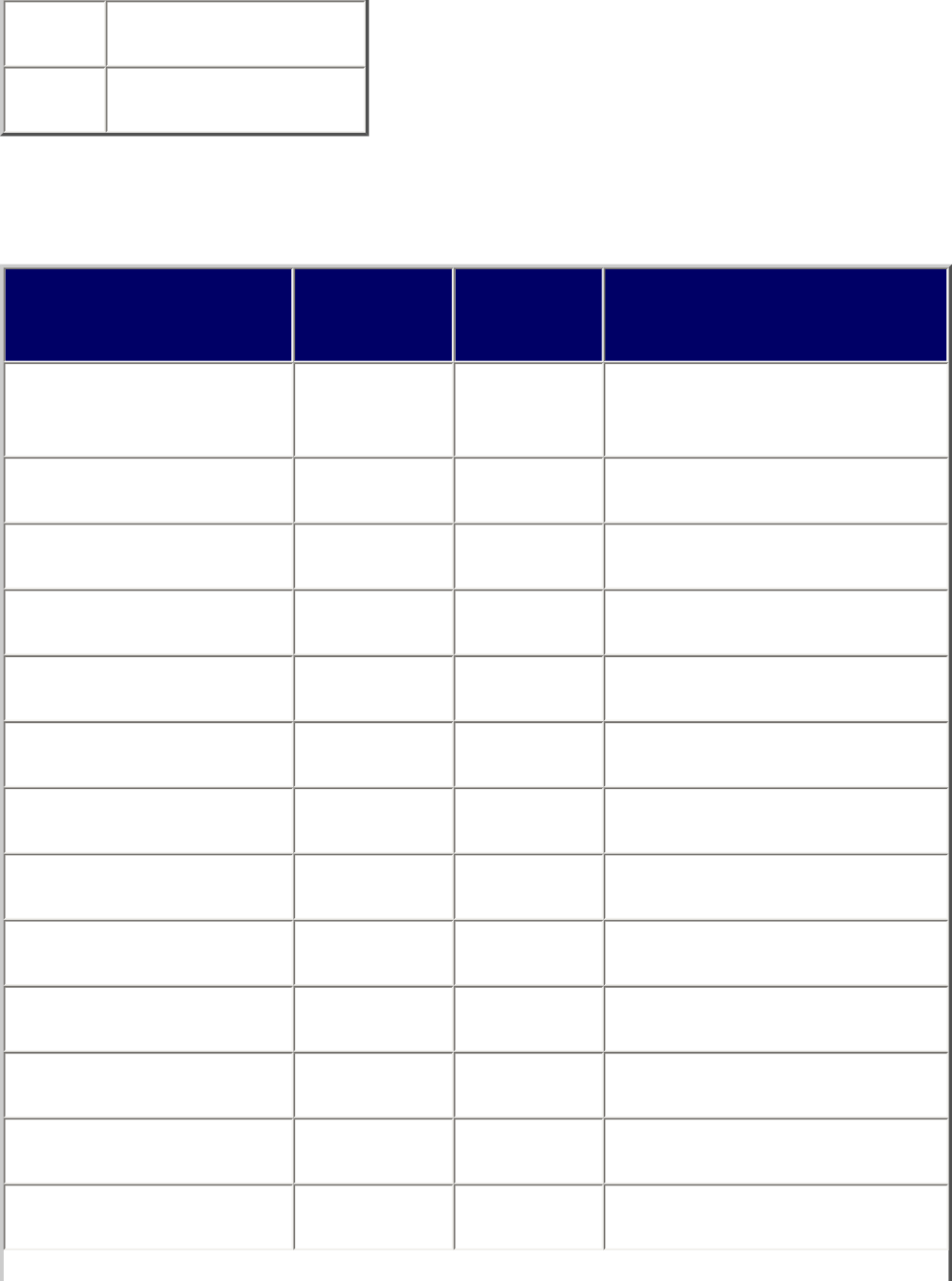
BCT15XSpecs < UnidenMan4 < TWiki
110•V UHF Band
160•V 800MHz+ Band
Frequency Range
Frequency Range
(MHz) Modulation Step
(kHz) Name
25.0000-26.9600 AM 5 Petroleum Products &
Broadcast Pickup
26.9650-27.4050 AM 5 CB Class D Channel
27.4100-27.9950 AM 5 Business & Forest Products
28.0000-29.6800 NFM 20 10 Meter Amateur Band
29.7000-49.9900 NFM 10 VHF Low Band
50.0000-53.9800 NFM 20 6 Meter Amateur Band
54.0000-71.9500 WFM 50 VHF TV
72.0000-75.9950 FM 5 Intersystem & Astronomy
76.0000-87.9500 WFM 50 VHF TV
88.0000-107.9000 FMB 100 FM Broadcast
108.0000-136.9916 AM 8.33 Aircraft Band
137.0000-143.9875 NFM 12.5 Military Land Mobile
144.0000-147.9950 NFM 5 2 Meter Amateur Band
file:///C|/Documents%20and%20Settings/POpitz/My%20Documents/temp/CDImage_090515/Manual/BCT15XSpecs.html (5 of 9)5/26/2009 11:12:50 AM

BCT15XSpecs < UnidenMan4 < TWiki
148.0000-150.7875 NFM 12.5 Military Land Mobile
150.8000-161.9950 NFM 5 VHF High Band
162.0000-173.9875 NFM 12.5 Federal Government
174.0000-215.9500 WFM 50 VHF TV
216.0000-224.9800 NFM 20 1.25 Meter Amateur Band
225.0000-379.9750 AM 25 Military Aircraft Band
380.0000-399.9875 NFM 12.5 Military Land Mobile
400.0000-405.9875 NFM 12.5 Miscellaneous
406.0000-419.9875 NFM 12.5 Federal Government Land
Mobile
420.0000-449.9875 NFM 12.5 70 cm Amateur Band
450.0000-469.9875 NFM 12.5 UHF Standard Band
470.0000-512.0000 NFM 12.5 UHF TV
758.0000-787.99375 NFM 6.25 Public Service Band
788.0000-805.99375 NFM 6.25 Public Service Band
806.0000-823.9875 NFM 12.5 Public Service Band
849.0125-868.9875 NFM 12.5 Public Service Band
894.0125-960.0000 NFM 12.5 Public Service Band
1240.0000-1300.0000 NFM 25 25 cm Amateur Band
file:///C|/Documents%20and%20Settings/POpitz/My%20Documents/temp/CDImage_090515/Manual/BCT15XSpecs.html (6 of 9)5/26/2009 11:12:50 AM
BCT15XSpecs < UnidenMan4 < TWiki
Special Functions
Band Scope Function
● Frequency Span 0.2 MHz To 500 MHz
● Frequency Step 5 kHz To 100 kHz
Two-Tone-Sequential
● 250.0-3500.0Hz , 0.1Hz Step Programmable
WX Alert
● 1050 Hz Tone System
● NWR-SAME System (Warning / Watch / Advisory)
Supported trunking systems
● Motorola Systems: Type I, II, II/I (hybrid)
● EDACS Systems: FM, NFM, and SCAT
● LTR Systems
Dynamic memory allocation capacity
● Systems: 500 max
● Groups: 20 per system
● Site: 1000 max (All) 256 per system
● Channels: 9000 max (21120 memory blocks)
● Channels per Trunked System: 500 max
Heterodyne System
● 1st IF: 380.7 to 380.8 MHz / 265.5 to 265.6 MHz
● 2nd IF: 10.8 MHz
● 3rd IF: 450 kHz
CTCSS and DCS Tones
file:///C|/Documents%20and%20Settings/POpitz/My%20Documents/temp/CDImage_090515/Manual/BCT15XSpecs.html (7 of 9)5/26/2009 11:12:50 AM
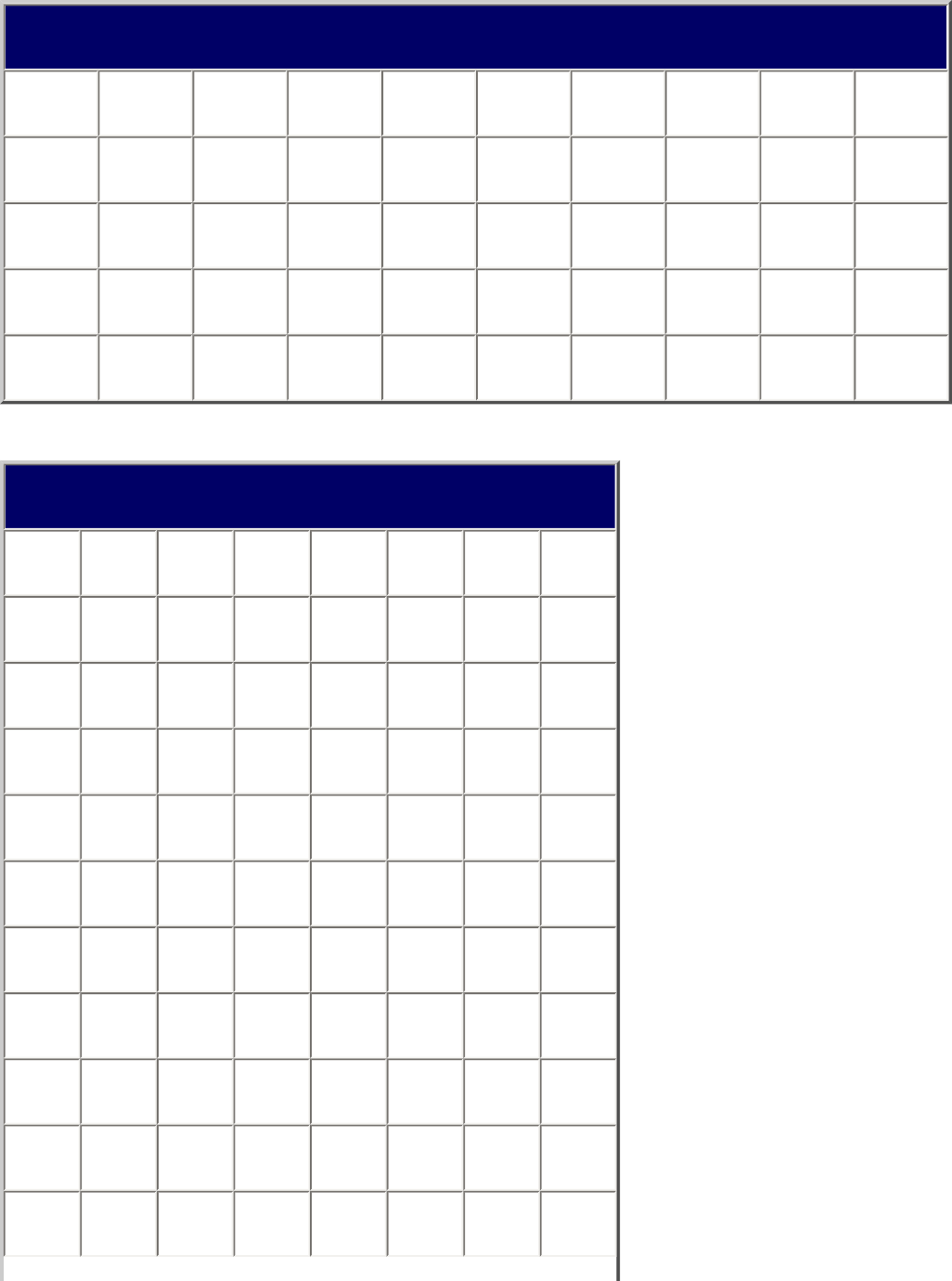
BCT15XSpecs < UnidenMan4 < TWiki
CTCSS Tone Frequencies - 50 frequencies total (Hz)
67.0 69.3 71.9 74.4 77.0 79.7 82.5 85.4 88.5 91.5
94.8 97.4 100.0 103.5 107.2 110.9 114.8 118.8 123.0 127.3
131.8 136.5 141.3 146.2 151.4 156.7 159.8 162.2 165.5 167.9
171.3 173.8 177.3 179.9 183.5 186.2 189.9 192.8 196.6 199.5
203.5 206.5 210.7 218.1 225.7 229.1 233.6 241.8 250.3 254.1
DCS Tone Codes - 104 codes total
023 025 026 031 032 036 043 047
051 053 054 065 071 072 073 074
114 115 116 122 125 131 132 134
143 145 152 155 156 162 165 172
174 205 212 223 225 226 243 244
245 246 251 252 255 261 263 265
266 271 274 306 311 315 325 331
332 343 346 351 356 364 365 371
411 412 413 423 431 432 445 446
452 454 455 462 464 465 466 503
506 516 523 526 532 546 565 606
file:///C|/Documents%20and%20Settings/POpitz/My%20Documents/temp/CDImage_090515/Manual/BCT15XSpecs.html (8 of 9)5/26/2009 11:12:50 AM
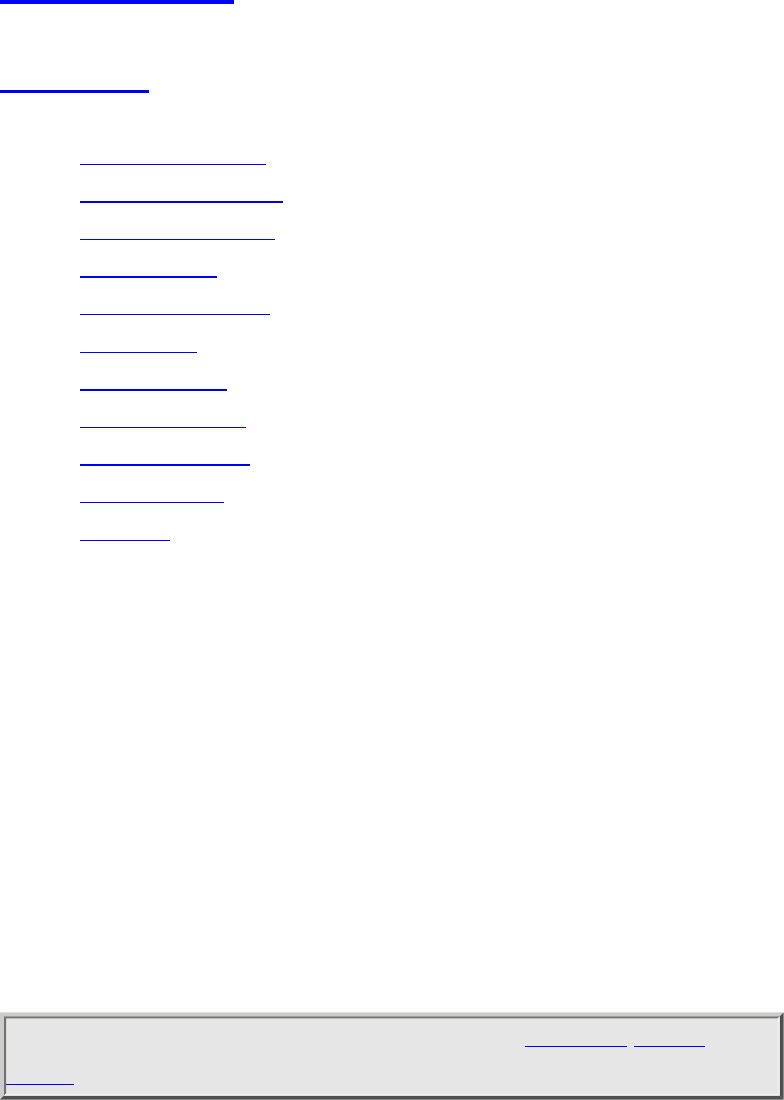
BCT15XMenuTree < UnidenMan4 < TWiki
Menu tree
BCT15X main menu
● Program System
● Program Location
● Srch/CloCall Opt
● Search for...
● Set Bear Tracker
● Close Call
● Priority Scan
● WX Operation
● Tone-Out for...
● Wired Clone
● Settings
Using the menu
● To open the menu, tap MENU .
● Turn the Scroll/Function knob to move the cursor and highlight menu items. The
currently highlighted item appears in reversed-out text.
● To select the highlighted item or confirm an option setting, tap E-YES or press
down on the Scroll/Function knob.
● To cancel an option setting, press NO .
● To go back one level in the menu, tap MENU .
● To exit the menu, press LOCKOUT . The scanner goes back to the operating
mode it was in before you entered the menu.
This page applies to the following scanner(s): BCT15X Users
Guide
file:///C|/Documents%20and%20Settings/POpitz/My%20Documents/temp/CDImage_090515/Manual/BCT15XMenuTree.html5/26/2009 11:12:50 AM
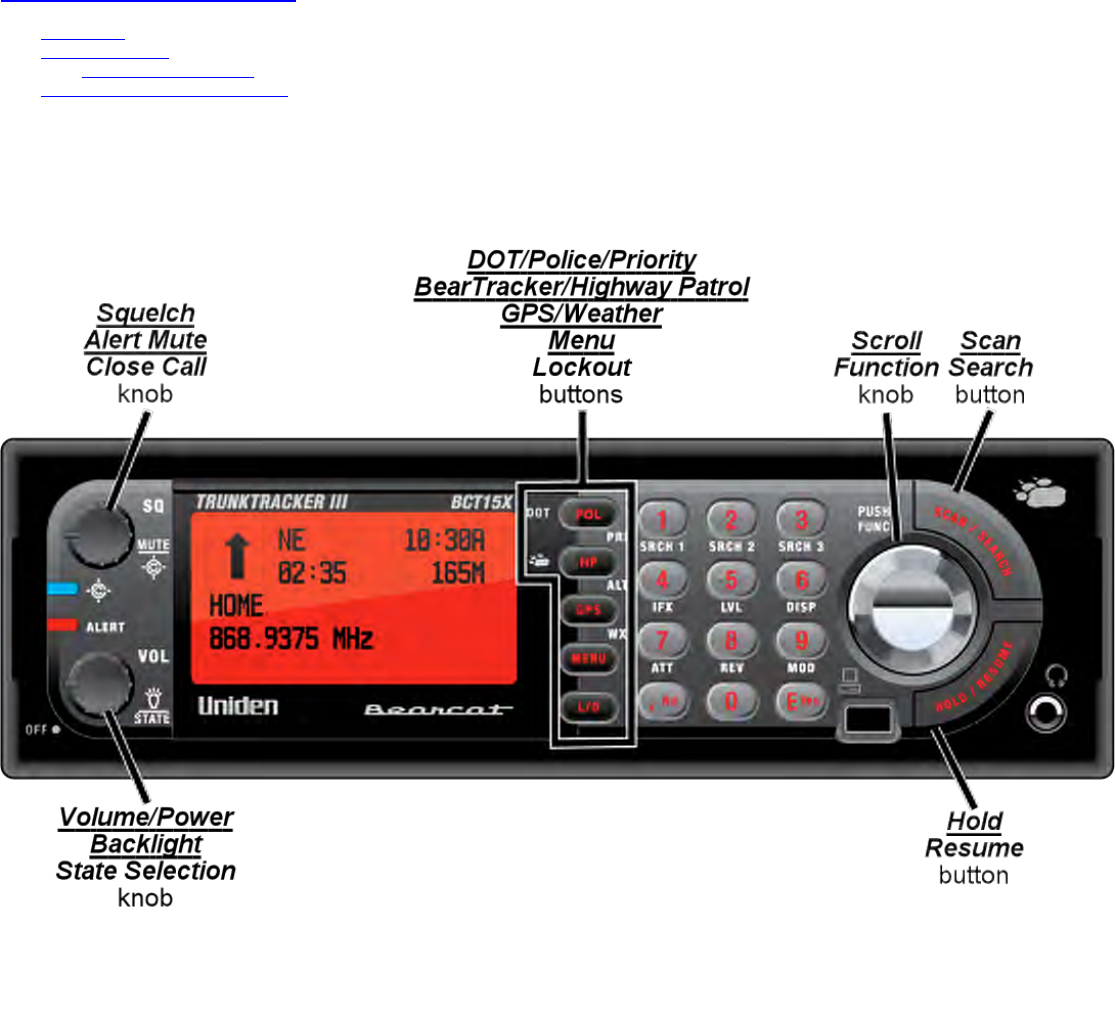
BCT15XKeysAndTheirFunctions < UnidenMan4 < TWiki
Keys and their functions
● Key Overview
● Operating the controls
❍ Using the FUNCTION button
● Key functions in different operation modes
Key Overview
The diagram below shows the keys and what they are called throughout the guide:
Operating the controls
Each button has at least two different actions which you control using the key combinations explained below.
● Tap : press the button and release it immediately
● Double tap : press the button twice, as quickly as possible (within 1 second)
● Press & hold : press the button and keep it pressed for at least 2 seconds before releasing it
● FUNCTION + tap : press and release FUNCTION , then tap the button
● FUNCTION + Double tap : press and release FUNCTION , then double tap the button
● FUNCTION + Press & hold : press and release FUNCTION , then press and hold the button
Using the FUNCTION button
When you tap FUNCTION (the scroll knob), the scanner remembers the FUNCTION + key combination for the next 3 seconds; during this time, it displays an F icon at the top of the screen.
If you want the scanner to maintain the FUNCTION + key combination longer, press & hold FUNCTION. The scanner remembers the FUNCTION + key combination until the next time you
tap FUNCTION; during this time, it displays Function Key Holding and flashes the F icon at the top of the screen.
file:///C|/Documents%20and%20Settings/POpitz/My%20D...mage_090515/Manual/BCT15XKeysAndTheirFunctions.html (1 of 2)5/26/2009 11:12:53 AM
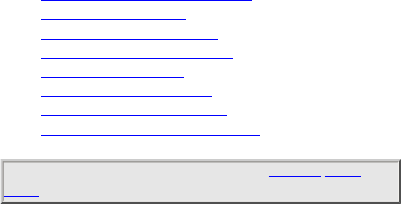
BCT15XKeysAndTheirFunctions < UnidenMan4 < TWiki
Key functions in different operation modes
The keys have different functions in each operation mode:
● Scan and Search mode key functions
● Hold mode key functions
● Close Call mode key functions
● Priority Scan mode key functions
● GPS mode key functions
● Tone Out mode key functions
● Band Scope mode key functions
● Available functions in Key Safe mode
This page applies to the following scanner(s): BCT15X Users
Guide
file:///C|/Documents%20and%20Settings/POpitz/My%20D...mage_090515/Manual/BCT15XKeysAndTheirFunctions.html (2 of 2)5/26/2009 11:12:53 AM

BCT15XReadingTheDisplay < UnidenMan4 < TWiki
BCT15X displays
This page applies to the BCT15X. For other models, see:
● BCD396XT and BCD996XT Reading the Display
● BC346XT Reading the Display
The display icons vary depending on the status of the scanner and what youre doing at any given
time. The diagram shows common icon locations, and table below lists the most common icons
and their meanings:
General Display when Function is not activated
file:///C|/Documents%20and%20Settings/POpitz/My%20...CDImage_090515/Manual/BCT15XReadingTheDisplay.html (1 of 5)5/26/2009 11:12:55 AM
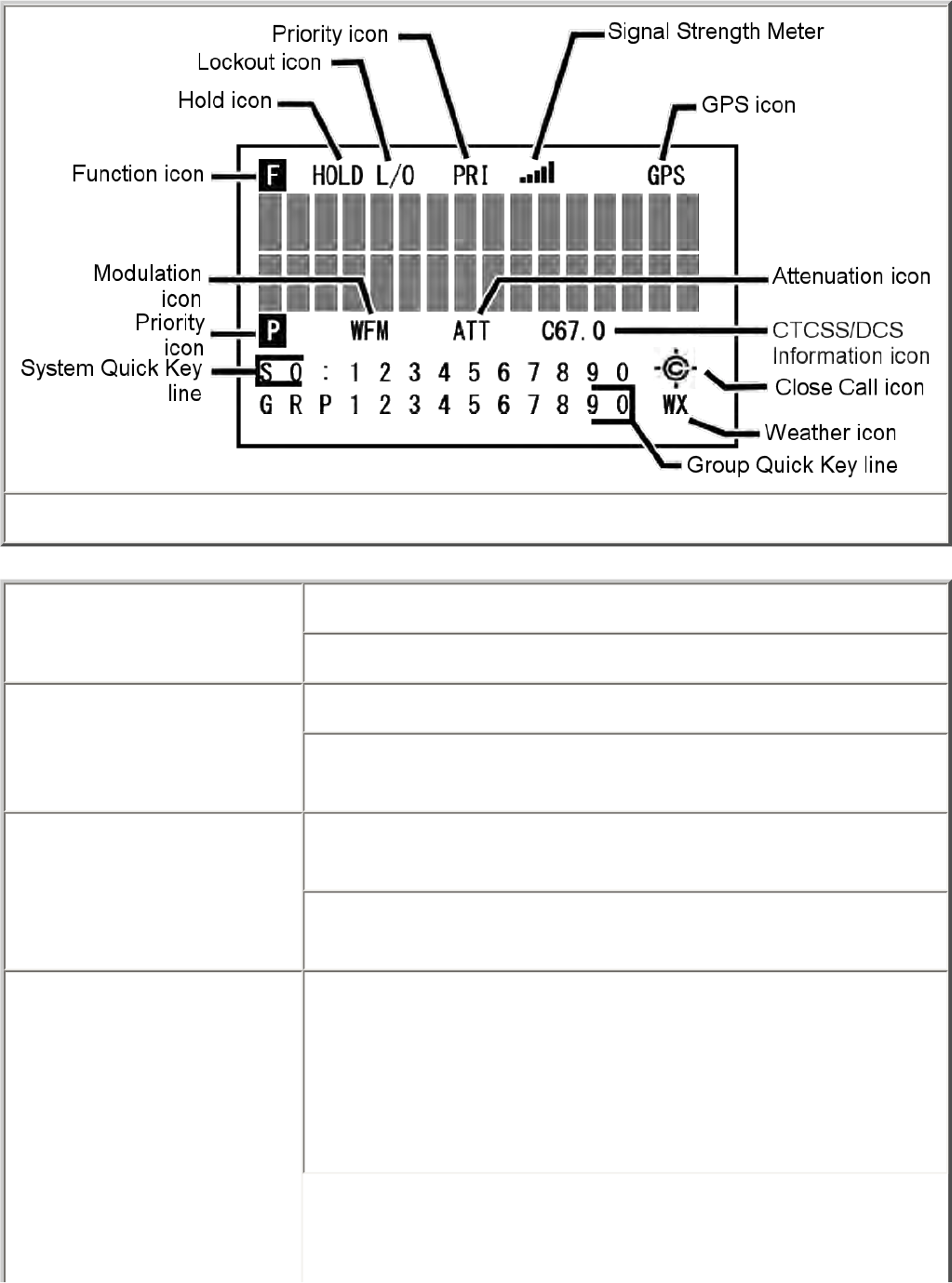
BCT15XReadingTheDisplay < UnidenMan4 < TWiki
General Display when Function is pressed
Alert Mute icon Steady: You have turned on permanent alert mute.
Blinking: Temporary alert mute is activated.
Attenuator icon Steady: The attenuator is turned on for the current channel.
Blinking: The attenuator is turned on globally (for all
channels).
Channel Info icon Cxx.x: The scanner has detected a CTCSS code; the received
code is displayed in place of the Xs.
DCSxxx: The scanner has detected a DCS code; the received
code is displayed in place of the Xs.
Close call icon Normal (open) icon:
● Steady: Close call priority mode is on.
● Blinking: Close Call Only mode is on, or the scanner
has detected a close call signal.
file:///C|/Documents%20and%20Settings/POpitz/My%20...CDImage_090515/Manual/BCT15XReadingTheDisplay.html (2 of 5)5/26/2009 11:12:55 AM

BCT15XReadingTheDisplay < UnidenMan4 < TWiki
Reversed (filled) icon:
● Steady: Close call DND mode is on.
● Blinking: Close call DND mode is on, and the scanner
has detected a close call signal.
Function icon Steady: You tapped the FUNCTION key; the scanner will
remember the FUNCTION + key combination for the next 3
seconds.
Blinking: You pressed & held the FUNCTION key: the
scanner will remember the FUNCTION + key combination
until you tap FUNCTION again.
Group number line
(GRP) In Scan mode: The group Quick Key numbers (GQK) of any
unlocked groups in the current system or site are displayed on
this line. The GQK number of the group that is currently being
scanned blinks.
In Hold mode: This line displays the GQK number of the
current group only.
In Custom Search mode: The numbers of any programmed
search ranges are display on this line. The number of the
custom range that is currently being searched blinks.
Hold icon The scanner is in Hold mode.
IFX icon You switched to the intermediate frequency (IF exchange).
This icon appears above the System Number Line in the
Function mode. (Not illustrated.)
GPS icon GPS: The scanner is receiving data from the GPS device.
Lockout icon The current channel is locked out.
Modulation icon This icon displays the modulation type of the current channel:
AM, FM, NFM, FMB, or WFM.
Priority icon The current channel is set as a priority channel.
Priority scan icon (PRI) Steady: Priority scan is turned on.
Blinking: Priority Plus scan is turned on.
file:///C|/Documents%20and%20Settings/POpitz/My%20...CDImage_090515/Manual/BCT15XReadingTheDisplay.html (3 of 5)5/26/2009 11:12:55 AM

BCT15XReadingTheDisplay < UnidenMan4 < TWiki
REP icon The Repeater Find feature is turned on.
Signal level icon This icon displays the strength of the current signal; the icon
ranges from zero bars (no signal) to five bars (strong signal).
State-by-State icons PL: Indicates the Local Police search is turned on.
DT: Indicates the Department of Transportation search is
turned on.
HP: Indicates the Highway Patrol search is turned on.
BT: Indicates the Beartracker Warning System is turned on.
When any of these modes are turned on, the scanner will
interrupt other communications periodically to check for
activity.
System number line (Sx:) In Scan mode: The system/site Quick Key numbers (SQK) of
any unlocked systems or sites are displayed on this line. The
SQK number of the system or site that is currently being
scanned blinks. For SQK numbers above 9, the tens digit
replaces the X in the icon; the ones digits are shown on this
line.
In Hold mode: This line displays the SQK number of the
current system or site only. For SQK numbers above 9, the tens
digit replaces the X in the icon; the ones digit is displayed on
this line.
In Service Search mode: The icon SCR replaces the System
numbers if the broadcast screen feature is turned on.
V+0 Indicates the volume offset for the current channel (-3 to +3).
This icon appears above the System Number Line in the
Function mode. (Not illustrated.)
Weather alert icon Weather Alert Priority scan is turned on.
Special displays
In some operation modes, the display can be very different from the main display. These modes
file:///C|/Documents%20and%20Settings/POpitz/My%20...CDImage_090515/Manual/BCT15XReadingTheDisplay.html (4 of 5)5/26/2009 11:12:55 AM

BCT15XReadingTheDisplay < UnidenMan4 < TWiki
also have 2 or 3 different displays you can cycle through.
● Band Scope mode display
● Hold mode displays
● GPS mode display
This page applies to the following scanner(s): BCT15X Users
Guide
file:///C|/Documents%20and%20Settings/POpitz/My%20...CDImage_090515/Manual/BCT15XReadingTheDisplay.html (5 of 5)5/26/2009 11:12:55 AM

StatebyStateScanning < UnidenMan4 < TWiki
State-by-State Scanning
The BCT15X comes preprogrammed with many of the channels used by local police,
department of transportation, and highwaypatrol agencies, organized by state. You can
also assign a state to the systems you program so that they can be included in State-by-
State scanning.
Selecting your State
To select your state, tap FUNCTION (the scroll knob) then tap the Volume control.
Rotate the scroll knob to select your state, then press E to make your selection. The
scanner unlocks any systems you have set to the selected state, locks out systems that are
set to a different state, and uses the current state preprogrammed data during state-by-
state scanning.
Using the Built-In State-by-State Agencies
To use the built-in State-by-State agencies, repeatedly tap DOT/POL/PRI and (Bear
Paw)/HP/ALT until the desired agency type's icon shows in the bottom row of the
display:
PL — Local Police
DT — Department of Transportation
HP — Highway Patrol
BT — BearTracker Warning System
After scanning your programmed systems, the BCT15X will scan the enabled state-by-
state agencies, then resume scanning your programmed systems.
This page applies to the following scanner(s): BCT15X Users
Guide
file:///C|/Documents%20and%20Settings/POpitz/My%20Documents/temp/CDImage_090515/Manual/StatebyStateScanning.html5/26/2009 11:12:55 AM

BearTrackerWarningSystem < UnidenMan4 < TWiki
BearTracker Warning System
The BearTracker Warning System (BWS) alerts you to nearby public safety radio
activity. This can give you an advanced warning of police activity and other hazards
when you are driving.
The earliest BWS implementations primarily monitored for the frequencies used by
mobile radio extenders -- radio units installed in patrol cars that extended the range of
the officer's handheld radio. BWS has been extended to now include the "input"
frequencies used by public safety agencies in your state. These frequencies are typically
only receivable when you are up to 2 miles from the unit transmitting.
Because the frequencies used vary from location to location, we've set up the scanner so
that all you need to do is select what state you are in. From that point, BWS will use
frequencies most often used in your state to alert you to nearby activity.
Selecting your State
To select the frequencies for your state, tap FUNC (the scroll knob) then the Volume
knob. Use the scroll knob to select your state or Canadian province, then press E (or tap
the scroll knob) to use your selection.
Turning on the BearTracker Warning System
To turn on the BearTracker Warning System, repeatedly press the (Bear Paw)/HP/ALT
button until BT is displayed in the bottom line in the display.
When BWS is turned on, you will notice received audio cutting out about every 2
seconds as the scanner checks for public safety radio activity. If the scanner detects such
activity, it alerts you using the alert you set in the Set Bear Tracker menus.
Muting BearTracker Alerts
To temporarily mute BWS alerts, tap the Squelch knob during an alert. Alerts will be
muted until you tap Squelch again.
file:///C|/Documents%20and%20Settings/POpitz/My%20D...CDImage_090515/Manual/BearTrackerWarningSystem.html (1 of 2)5/26/2009 11:12:56 AM
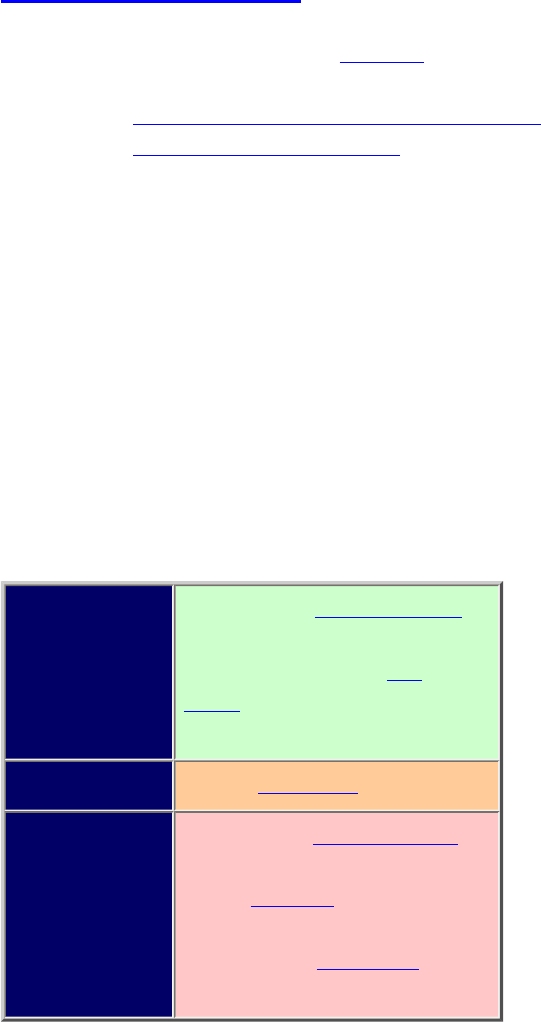
BCT15XToneOutMode < UnidenMan4 < TWiki
Tone Out mode
This page applies only to the BCT15X. For other models see:
● BCD396XT and BC346XT Tone Out Mode
● BCD996XT Tone Out Mode
With the tone out feature, the scanner monitors up to 10 different channels for paging tones (two-tone
sequential, single tone, and group tone). Normally, the scanner monitors each of the 10 channels in turn.
However, if any tone-out channels share the same frequency, modulator, and attenuator settings, the scanner
checks these channels simultaneously.
Configuring Tone Out channels
To configure Tone-Out channels:
1. MENU --> Tone-Out for... --> Tone-Out Setup.
2. Select the Tone-Out channel ( Tone-Out 1 through Tone-Out 10 ) you want to configure.
3. Press E to enter the configuration menu and set the properties as desired.
Required Frequencies ( Set Frequencies)
Tone A and Tone B ( Set
Tones)
Recommended Name ( Edit Name)
Optional Delay Time ( Set Delay Time)
Alert ( Set Alert)
Record Flag ( Set Record)
Using Tone-Out Mode
To start a Tone-Out search, MENU --> Tone-Out for... --> Tone-Out Standby. The scanner starts searching the
most recently-used Tone-Out channel (and any other Tone-Out Channels that have the same frequency,
modulation, and attenuator settings).
● If you want to search a different channel, just turn the SCROLL knob until you find the channel you
want.
● To exit Tone-Out mode, tap SCAN.
file:///C|/Documents%20and%20Settings/POpitz/My%20.../temp/CDImage_090515/Manual/BCT15XToneOutMode.html (1 of 4)5/26/2009 11:12:59 AM
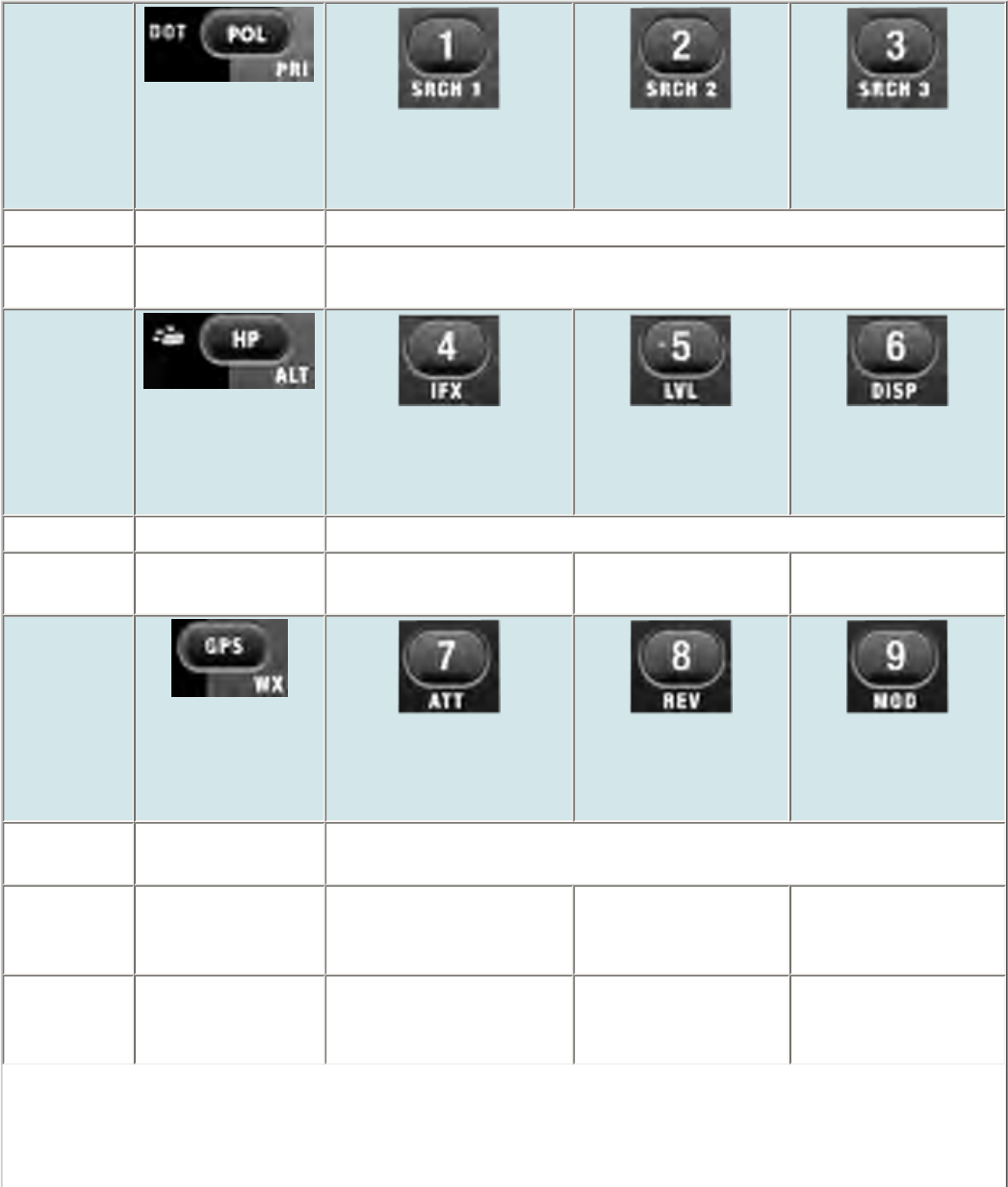
BCT15XToneOutMode < UnidenMan4 < TWiki
● To hear all transmissions on a tone-out frequency, even when a tone-out has not been activated, press
HOLD. To return to Tone-Out Search mode, press HOLD again.
Key Operation in Tone Out Mode
Key Name
(2nd
operation)
Action On
Police /
PRIORITY
1 (Search 1)
2 (Search 2)
3 (Search 3)
Tap Go to Scan mode. Enter a digit in Direct Entry mode.
FUNCTION
+ Tap NA Start the search range assigned to this Search Key.
Key Name
(2nd
operation)
Action on:
Highway Patrol /
Alert Plus
4 (IF exchange)
5 (Level offset)
6 (Display mode)
Tap Go to Scan mode. Enter a digit in Direct Entry mode.
FUNCTION
+ Tap Start scanning in
Alert Plus mode. Toggle the IF for that the
current frequency. NA NA
Key Name
(2nd
operation)
Action on:
GPS / Weather
7 (Attenuation)
8 (Reverse freq.)
9 (Modulation)
Tap Switch to the GPS
Navigation display. Enter a digit in Direct Entry mode.
FUNCTION
+ Tap Toggle Weather
Alert Priority
mode.
Toggle the attenuator
state. NA Change the
modulation.
FUNCTION
+ Press &
hold
Go to Weather
Scan mode. Toggle the attenuator
state for all signals. NA NA
file:///C|/Documents%20and%20Settings/POpitz/My%20.../temp/CDImage_090515/Manual/BCT15XToneOutMode.html (2 of 4)5/26/2009 11:12:59 AM
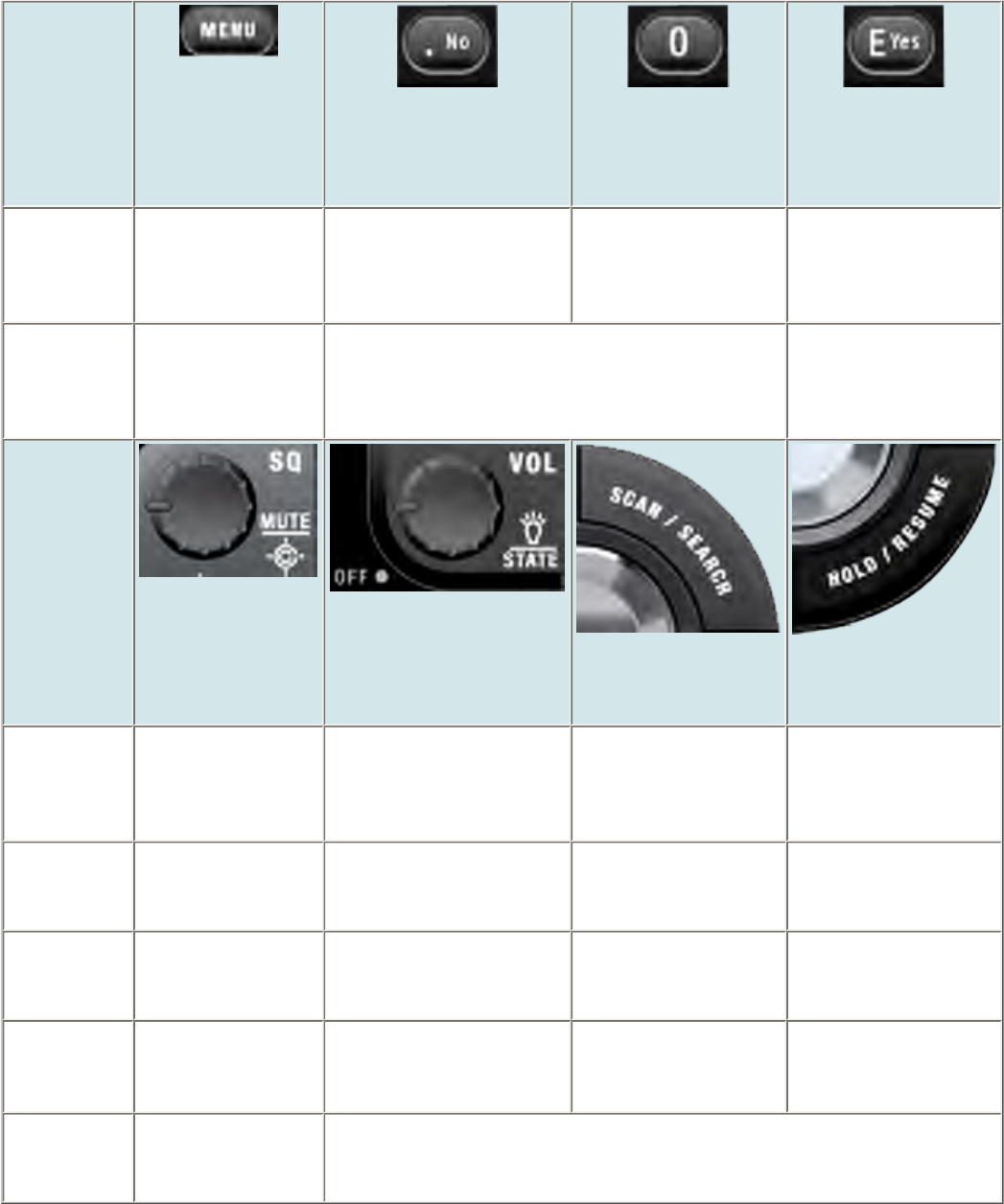
BCT15XToneOutMode < UnidenMan4 < TWiki
Key Name
(2nd
operation)
Action on:
Menu
. / No (Decimal)
0
Yes (Enter)
Tap Enter the Menu
Mode. Enter a decimal point or
"i" in Direct Entry mode. Enter a digit in Direct
Entry mode. Go to the
configuration settings
for the selected tone-
out.
Function +
Tap Enter the Menu
Mode at the "Tone-
Out for..." menu.
NA Go to the
configuration settings
for the selected tone-
out.
Key Name
(2nd
operation)
Action on:
SQUELCH
VOLUME
SCAN/SEARCH
HOLD/RESUME
Rotate Adjust Squelch. Adjust volume. Turn
fully counterclockwise
past click to turn off
scanner.
NA NA
Tap Temporarily mute
alerts. Tap again to
restore.
Change backlight level. Go to Scan mode. Toggle Tone Out
Hold mode.
Press &
Hold Permanently mut
alerts. Tap again to
restore.
NA NA NA
FUNCTION
+ Tap Toggle Close Call
modes. Select the state to use for
state-by-state searches. Prompt to go to Quick
Search mode. Toggle Tone Out
Hold mode.
FUNCTION
+ Press &
Hold
Go to Close Call
Only mode. NA
file:///C|/Documents%20and%20Settings/POpitz/My%20.../temp/CDImage_090515/Manual/BCT15XToneOutMode.html (3 of 4)5/26/2009 11:12:59 AM
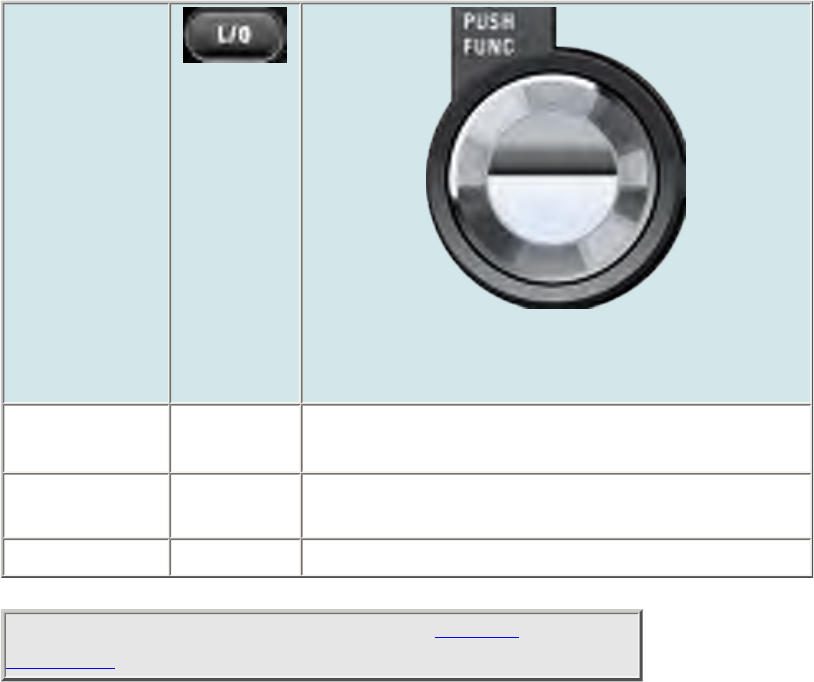
BCT15XToneOutMode < UnidenMan4 < TWiki
Key Name
(2nd operation)
Action on:
LOCKOUT
SCROLL - FUNCTION
Rotate NA Select the Tone Out to use.
Tap NA Activate the FUNCTION mode for the next
keypress.
Press & Hold NA Lock the FUNCTION mode.
This page applies to the following scanner(s): BCT15X
UsersGuide
file:///C|/Documents%20and%20Settings/POpitz/My%20.../temp/CDImage_090515/Manual/BCT15XToneOutMode.html (4 of 4)5/26/2009 11:12:59 AM
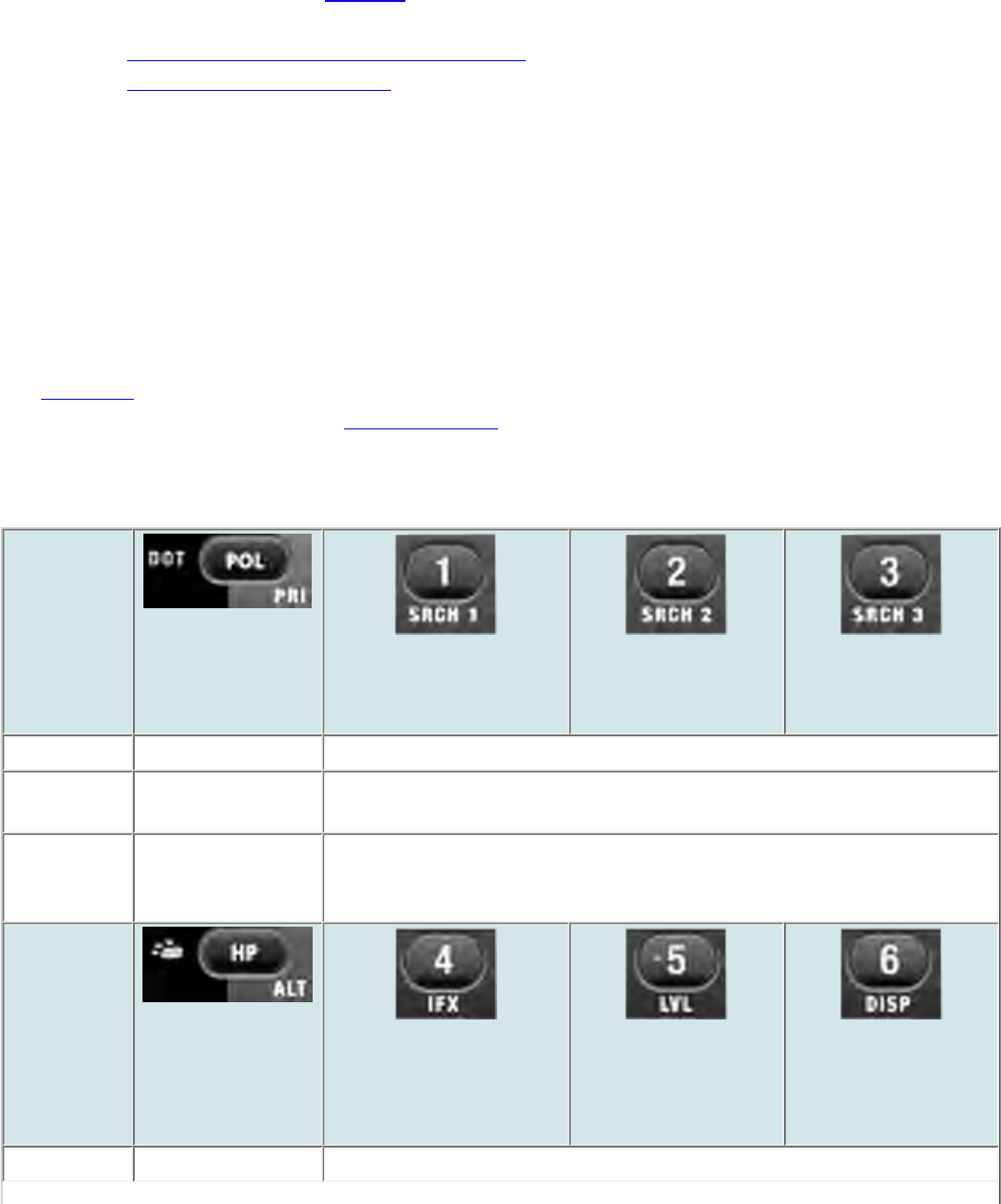
BCT15XCloseCallMode < UnidenMan4 < TWiki
Close Call Mode
This page applies only to the BCT15X. For other models see:
● BCD396XT and BC346XT Close Call Mode
● BCD996XT Close Call Mode
When the scanner is in Close Call mode, it performs a close call check every 2 seconds. The scanner switches to
the selected bands and searches for unusually strong signals (indicating the transmitter is probably somewhere
close by). After the close call check, the scanner returns to its previous function.
In Close Call Do Not Disturb mode, the scanner does not perform a Close Call check if it is already receiving
an audio transmission. This prevents the audio from cutting out every 2 seconds.
In Close Call Only mode, the scanner only performs Close Call checks.
The Close Call menu lets you change the operation settings of the Close Call feature. You can change the
overall Close Call options through the Srch/CloCall Opt menu.
Key Operation in Close Call Mode
Key Name
(2nd
operation)
Action On
DOT / Police /
PRIORITY
1 (Search 1)
2 (Search 2)
3 (Search 3)
Tap Go to Scan mode. Turn on/off the associated Close Call range.
FUNCTION
+ Tap NA Start the search range assigned to this Search Key.
When
holding on a
frequuency
Go to Scan mode. Input the corresponding number in Direct Entry mode.
Key Name
(2nd
operation)
Action on:
BearTracker /
Highway Patrol /
Alert
4 (IF exchange)
5 (Level offset)
6 (Display mode)
Tap Go to Scan mode. Turn on/off the associated Close Call range.
file:///C|/Documents%20and%20Settings/POpitz/My%20...emp/CDImage_090515/Manual/BCT15XCloseCallMode.html (1 of 4)5/26/2009 11:13:02 AM
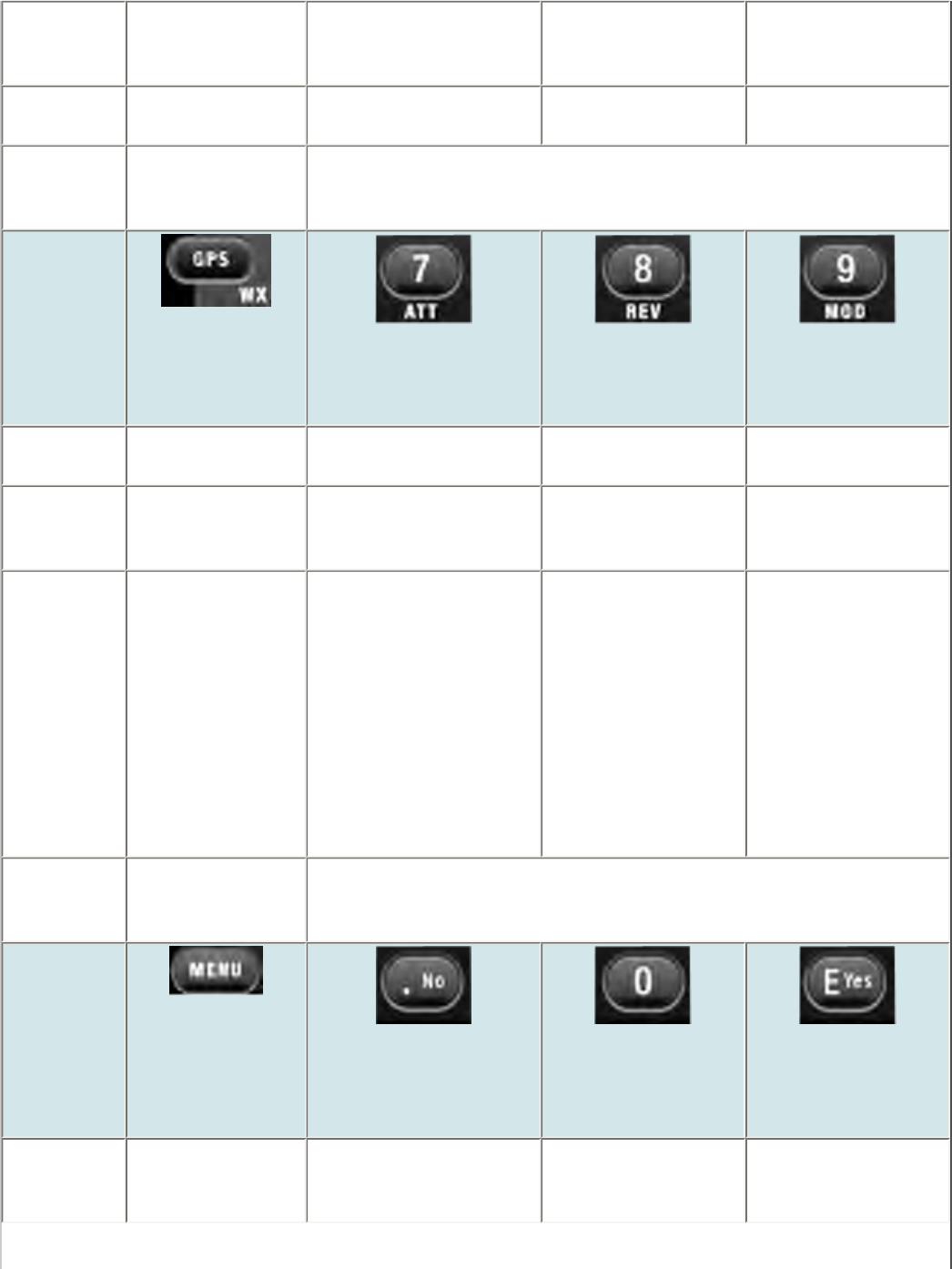
BCT15XCloseCallMode < UnidenMan4 < TWiki
FUNCTION
+ Tap Start scanning in
Alert Plus mode. When monitoring a
frequency, toggle the IF
for that frequency.
NA NA
Press &
Hold NA NA NA NA
When
holding on a
frequency
Same functions as
normal Close Call
mode.
Input the corresponding number in Direct Entry mode.
Key Name
(2nd
operation)
Action on:
GPS / Weather
7 (Attenuation)
8 (Reverse freq.)
9 (Modulation)
Tap Switch to the GPS
Navigation display. Turn off the associated
Close Call range. NA NA
FUNCTION
+ Tap Toggle Weather
Alert Priority
mode.
Toggle the attenuator
state. NA Change the
modulation.
FUNCTION
+ Press &
hold
Go to Weather
Scan mode. Toggle the attenuator
state for all signals. If stopped on a
frequency that has a
valid reverse (input)
frequency, show the
repeater reverse
frequency for the
current frequency (the
scanner returns to the
original frequency
when you release the
key).
NA
When
holding on a
frequency
Same functions as
normal Close Call
mode.
Input the corresponding number in Direct Entry mode.
Key Name
(2nd
operation)
Action on:
Menu
. / No (Decimal)
0
Yes (Enter)
Tap Enter the Menu
Mode. NA NA If stopped on a
frequency, store the
current frequency.
file:///C|/Documents%20and%20Settings/POpitz/My%20...emp/CDImage_090515/Manual/BCT15XCloseCallMode.html (2 of 4)5/26/2009 11:13:02 AM
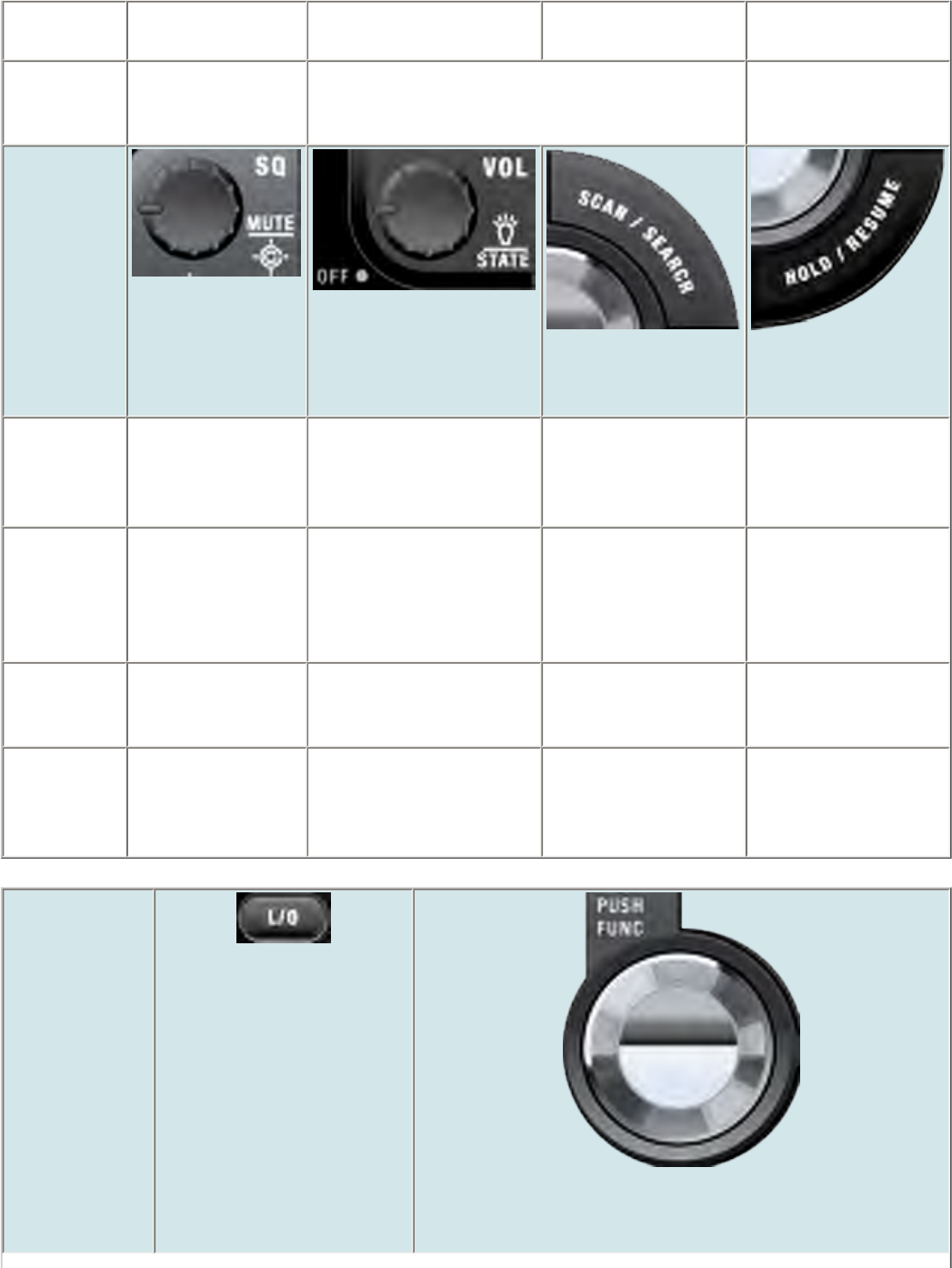
BCT15XCloseCallMode < UnidenMan4 < TWiki
FUNCTION
+ Tap Enter the Close
Call Menu. NA NA NA
When
holding on a
frequency
Enter the Menu
Mode. Input the corresponding key in Direct Entry
mode. Accept entered value
for Direct Entry
mode.
Key Name
(2nd
operation)
Action on:
SQUELCH
VOLUME
SCAN/SEARCH
HOLD/RESUME
Rotate Adjust Squelch. Adjust volume. Turn
fully counterclockwise
past click to turn off
scanner.
NA NA
Tap Stop an alert tone
and set temporary
alert mute. Tap to
release mute.
Change backlight level. Go to Scan mode Hold on the most
recent Close Call hit
frequency. If you
have not received a
Close Call hit, NA.
Press &
Hold Set permanent alert
mute. Tap to
release mute.
NA NA NA
FUNCTION
+ Tap Turn off Close Call
mode and return to
scan.
Select the State. Go to the Quick
Search prompt. If on a Close Call hit,
hold on the current
frequency. Otherwise,
NA.
Key Name
(2nd operation)
Action on:
LOCKOUT
SCROLL - FUNCTION
file:///C|/Documents%20and%20Settings/POpitz/My%20...emp/CDImage_090515/Manual/BCT15XCloseCallMode.html (3 of 4)5/26/2009 11:13:02 AM
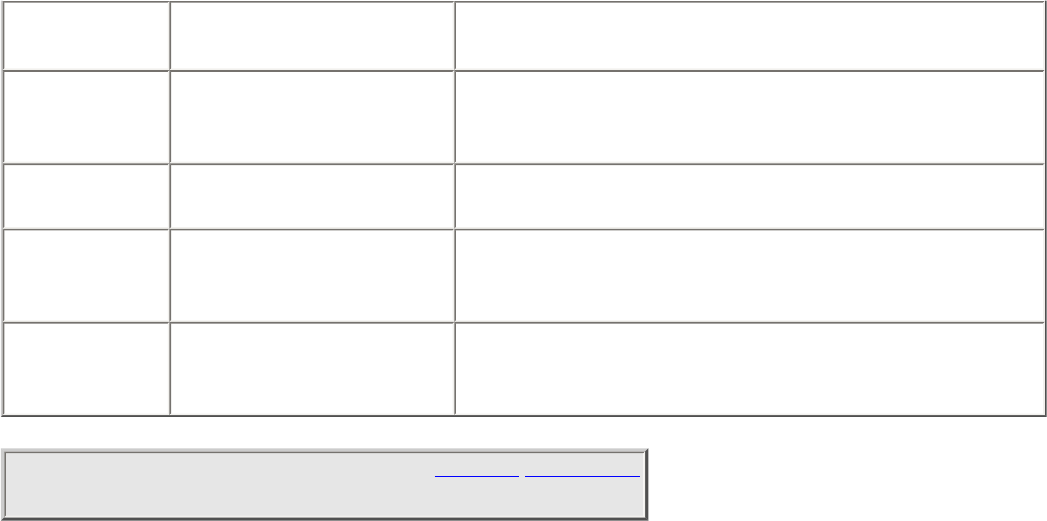
BCT15XCloseCallMode < UnidenMan4 < TWiki
Rotate NA If stopped on a Close Call, resume Close Call.
Tap If stopped on a frequency,
temporarily lockout the
frequency.
Activate the FUNCTION mode for the next keypress.
Function + Tap Go to the lockout review
mode. NA
Double Tap If stopped on a frequency,
permanently lockout the
frequency.
NA
Press & Hold If stopped on a frequency,
unlock all search
frequencies.
"Latch" the FUNCTION mode. Scanner stays on the current
system and all keypresses use the FUNCTION mode until
you tap the control again.
This page applies to the following scanner(s): BCT15X Users Guide
file:///C|/Documents%20and%20Settings/POpitz/My%20...emp/CDImage_090515/Manual/BCT15XCloseCallMode.html (4 of 4)5/26/2009 11:13:02 AM

BCT15XBandScopeMode < UnidenMan4 < TWiki
This page applies only to the BCT15X. For other models see:
● BCD396XT and BC346XT Band Scope Mode
● BCD996XT Band Scope Mode
Band Scope mode
Band Scope mode is a special type of Search mode where the scanner displays the strength of any signal it finds.
● In a band scope search, the scanner starts at the lowest frequency in the range and moves up the search
range.
● In Max Hold Search mode, the scanner displays the strongest signal that it found.
● If you manually set the mode to NFM or FM, the scanner will not reliably detect signals that are
modulated in either FMB or WFM.
To turn on Band Scope mode:
Band Scope mode is the default setting for Search Key 3. To turn on Band Scope mode, enter Hold or Search
mode, then tap FUNCTION + 3 (SR3) . (To change the Search Key assignment, see Search Keys#Programming
Search Keys.)
Reading the display in Band Scope mode
file:///C|/Documents%20and%20Settings/POpitz/My%20...emp/CDImage_090515/Manual/BCT15XBandScopeMode.html (1 of 5)5/26/2009 11:13:04 AM
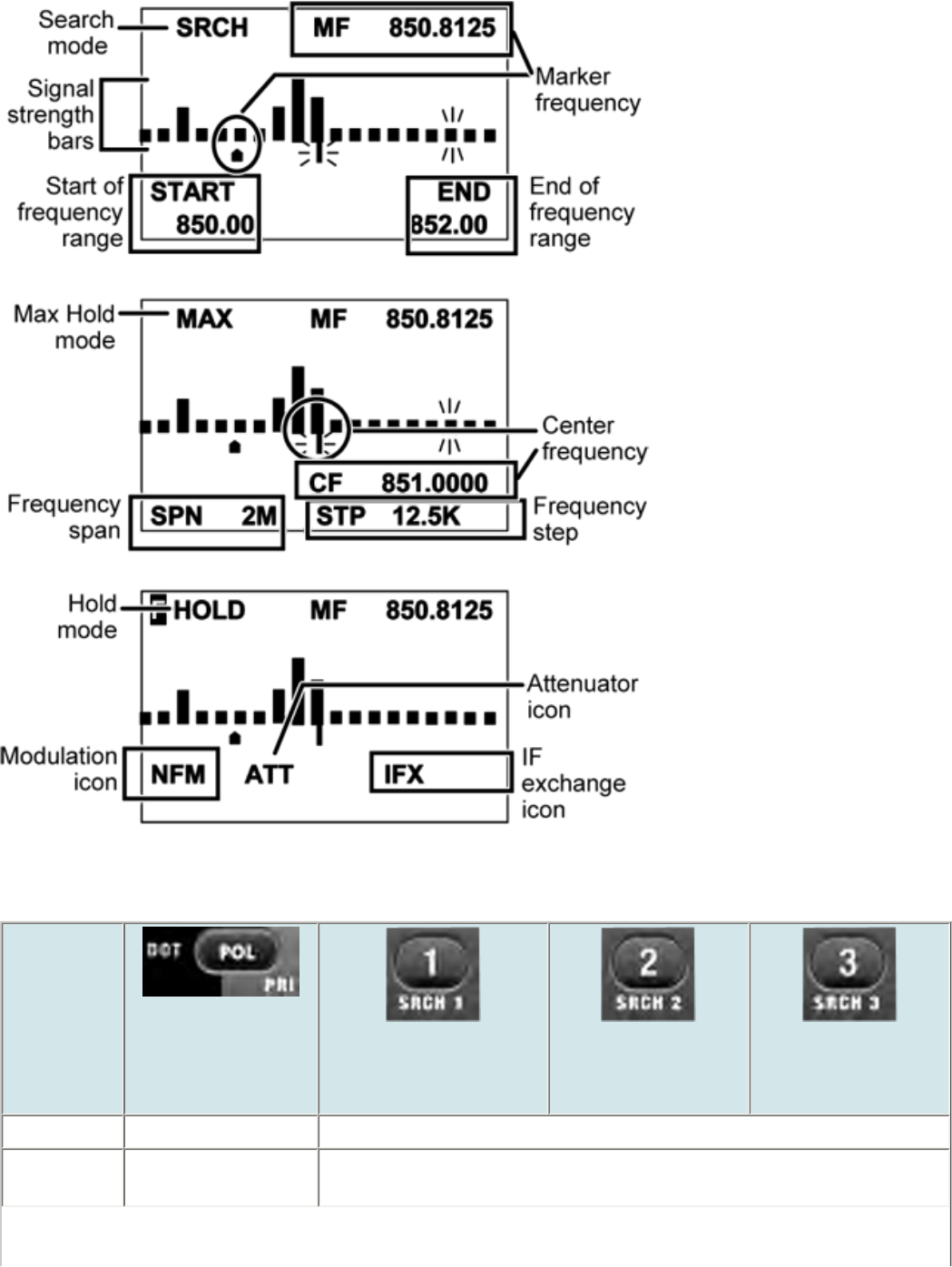
BCT15XBandScopeMode < UnidenMan4 < TWiki
Key Operation in Band Scope Mode
Key Name
(2nd
operation)
Action On
Police/DOT/
PRIORITY
1 (Search 1)
2 (Search 2)
3 (Search 3)
Tap Go to Scan Mode. NA
FUNCTION
+ Tap NA Start the search range assigned to this Search Key.
file:///C|/Documents%20and%20Settings/POpitz/My%20...emp/CDImage_090515/Manual/BCT15XBandScopeMode.html (2 of 5)5/26/2009 11:13:04 AM
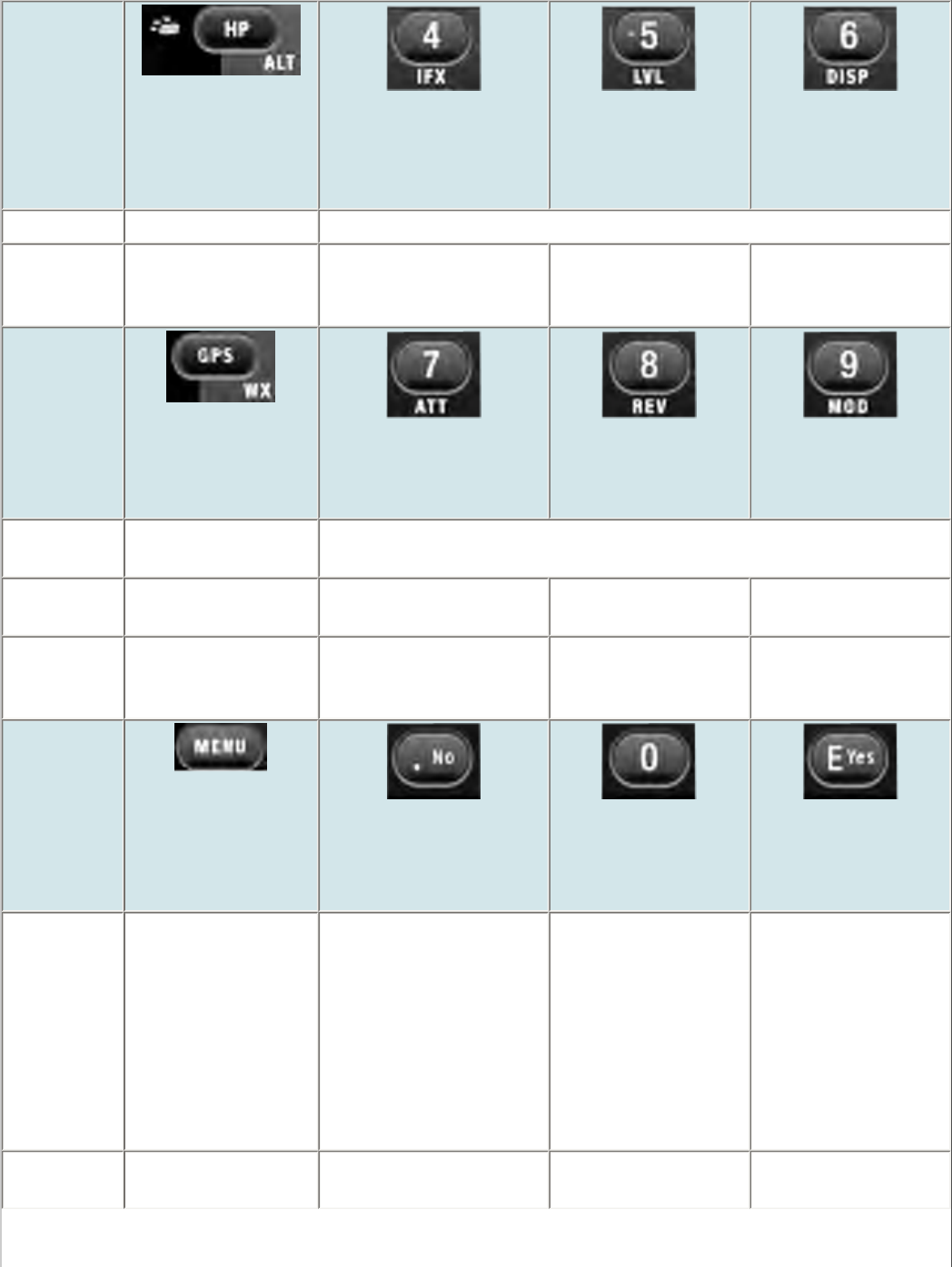
BCT15XBandScopeMode < UnidenMan4 < TWiki
Key Name
(2nd
operation)
Action on:
Highway Patrol /
<nop>BearTracker /
Alert
4 (IF exchange)
5 (Level offset)
6 (Display mode)
Tap Go to Scan Mode. NA
FUNCTION
+ Tap Go into Alert Plus
mode and start
scanning.
Toggle the IF for that the
current frequency. NA NA
Key Name
(2nd
operation)
Action on:
GPS / Weather
7 (Attenuation)
8 (Reverse freq.)
9 (Modulation)
Tap Switch to the GPS
Navigation display. NA
FUNCTION
+ Tap Toggle the Weather
Alert Priority mode. Toggle the attenuator
state. NA Change the
modulation.
FUNCTION
+ Press &
hold
Start Weather Scan. Toggle the attenuator
state for all signals. NA NA
Key Name
(2nd
operation)
Action on:
Menu
. / No (Decimal)
0
Yes (Enter)
Tap Enter the Menu
Mode. Press to enter the Band
Scope Setting mode and
select a setting. The
selected setting flashes.
In Band Scope Setting
mode, selects the next
setting.
NA Set the marker
frequency as the
center frequency.
In Band Scope Setting
mode, with CF
selected edit the
center frequency.
FUNCTION
+ Tap Enter the Menu
Mode. NA NA NA
file:///C|/Documents%20and%20Settings/POpitz/My%20...emp/CDImage_090515/Manual/BCT15XBandScopeMode.html (3 of 5)5/26/2009 11:13:04 AM
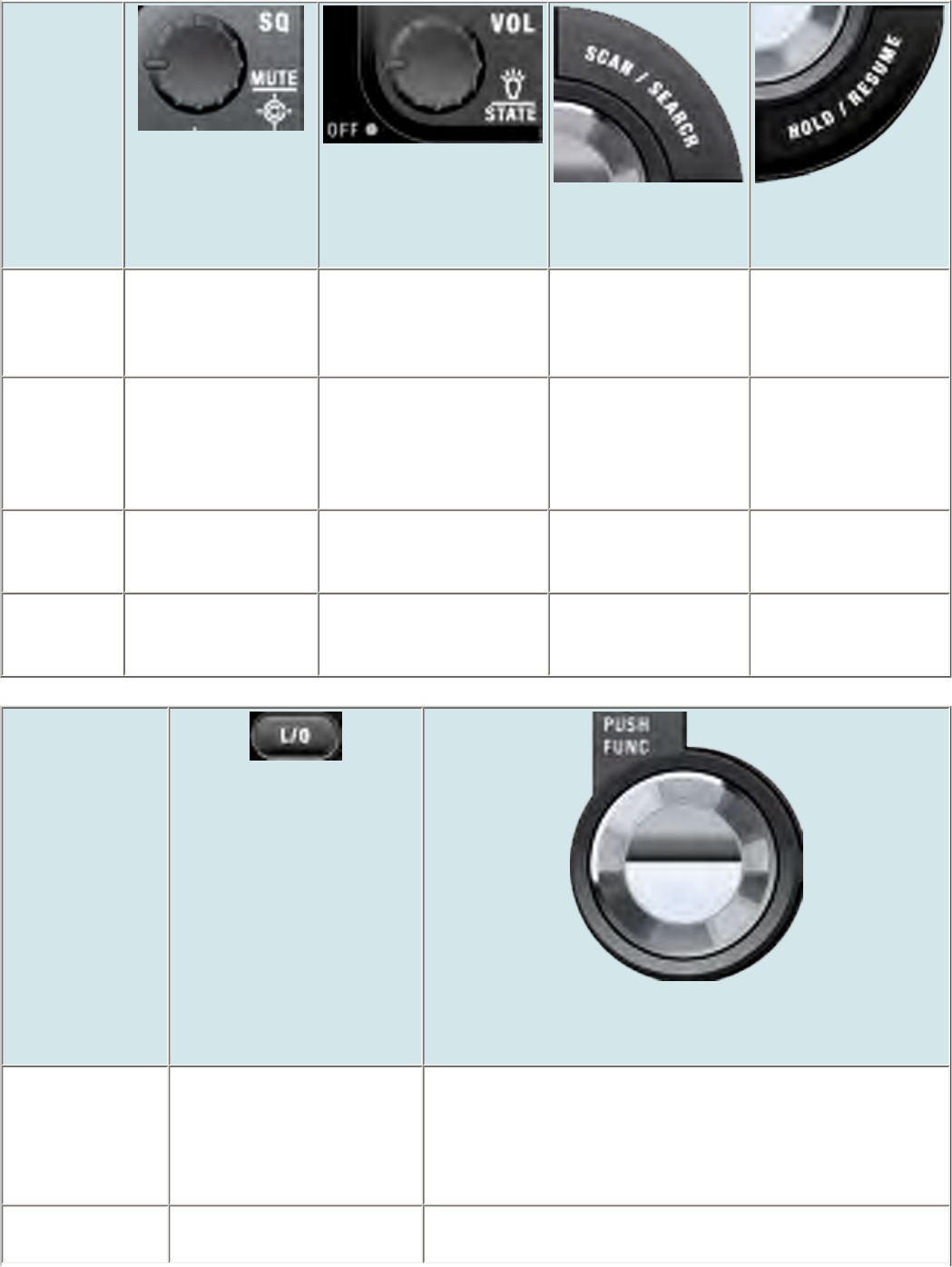
BCT15XBandScopeMode < UnidenMan4 < TWiki
Key Name
(2nd
operation)
Action on:
SQUELCH
VOLUME
SCAN/SEARCH
HOLD/RESUME
Rotate Adjust Squelch. Adjust volume. Turn
fully counterclockwise
past click to turn off
scanner.
NA NA
Tap Stop the alert tone
and set the scanner to
temporary mute
alerts. Press again to
cancel.
Change backlight level. Resume scanning. Hold on the current
frequency. Press again
to resume.
Press &
Hold Permanently mute
alerts. Press again to
cancel.
NA NA NA
FUNCTION
+ Tap Toggle Close Call
Modes. Select the current state. Switch between Max
Hold Search mode
and Search Mode.
Hold on the current
frequency. Press again
to resume.
Key Name
(2nd operation)
Action on:
LOCKOUT
SCROLL - FUNCTION
Rotate NA Change the marker frequency one step frequency per click.
In Band Scope Setting mode, change the selected parameter
(except CF).
Function +
Rotate NA Change the marker frequency one "bar" per click.
file:///C|/Documents%20and%20Settings/POpitz/My%20...emp/CDImage_090515/Manual/BCT15XBandScopeMode.html (4 of 5)5/26/2009 11:13:04 AM

BCT15XBandScopeMode < UnidenMan4 < TWiki
Tap In Band Scope setting mode,
return to the normal Band
Scope mode.
Activate the FUNCTION mode for the next keypress.
Function + Tap Restart the Band Scope. NA
This page applies to the following scanner(s): BCT15X
UsersGuide
file:///C|/Documents%20and%20Settings/POpitz/My%20...emp/CDImage_090515/Manual/BCT15XBandScopeMode.html (5 of 5)5/26/2009 11:13:04 AM
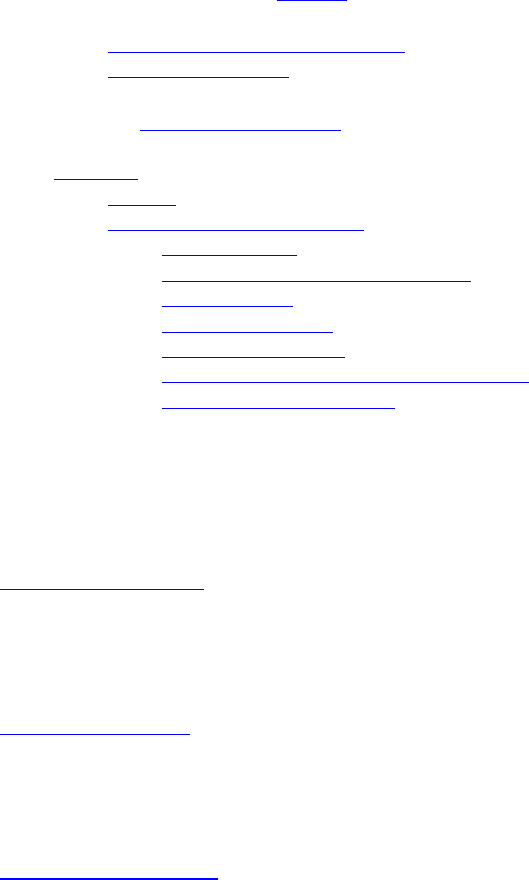
BCT15XGPSMode < UnidenMan4 < TWiki
GPS Mode
This page applies only to the BCT15X. For other models see:
● BCD396XT and BC346XT GPS Mode
● BCD996XT GPS Mode
You must have a compatible GPS receiver connected!
● GPS Mode
❍ See Also
❍ Reading the display in GPS mode
■ GPS Data display
■ ETA / Clock / Elevation / Speed Display
■ Location Display
■ Location Alert display
■ Location review display
■ Keypad controls in GPS Review Location Mode
■ Keypad controls in GPS Mode
See Also
GPS mode is only one small part of location-based scanning. For more information on using your scanner with a GPS receiver, see the
following links:
Location-based Scanning contains
● an overview of why you might want to use a GPS receiver with your scanner
● an explanation of two different approaches to location-based scanning
● some information on finding antenna locations
Programming locations contains
● details on how to program locations for systems, sites, and channels
● details on how to program Points of Interest ( POI ), Dangerous Roads, and Dangerous Intersections ( Dangerous Xing )
● information on reviewing and editing locations
Connecting a GPS receiver contains
● details on which GPS receivers are compatible
● instructions on connecting a GPS receiver
● troubleshooting tips if you can't the receiver working with the scanner
Reading the display in GPS mode
There are several displays available in GPS mode.
GPS Data display
file:///C|/Documents%20and%20Settings/POpitz/My%20...ents/temp/CDImage_090515/Manual/BCT15XGPSMode.html (1 of 5)5/26/2009 11:13:07 AM
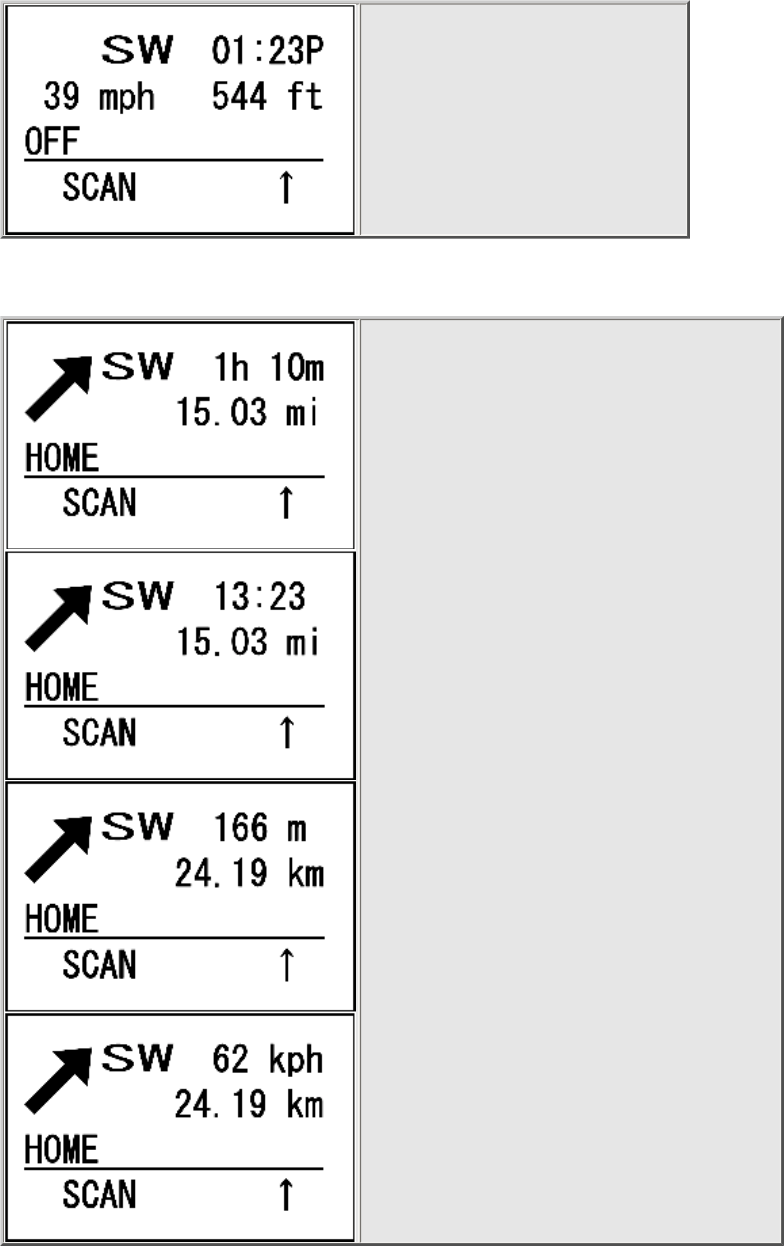
BCT15XGPSMode < UnidenMan4 < TWiki
● Direction of Travel
● Current Time
● Current Speed
● Current Elevation
● OFF indicates no POI is selected
ETA / Clock / Elevation / Speed Display
These displays are available if you select a POI.
● Large arrow shows direction to the POI
● Current Direction of Travel
● Distance to the POI
● Upper right corner depends on display mode:
❍ ETA to POI
❍ Current time
❍ Current elevation
❍ Current speed
Location Display
file:///C|/Documents%20and%20Settings/POpitz/My%20...ents/temp/CDImage_090515/Manual/BCT15XGPSMode.html (2 of 5)5/26/2009 11:13:07 AM
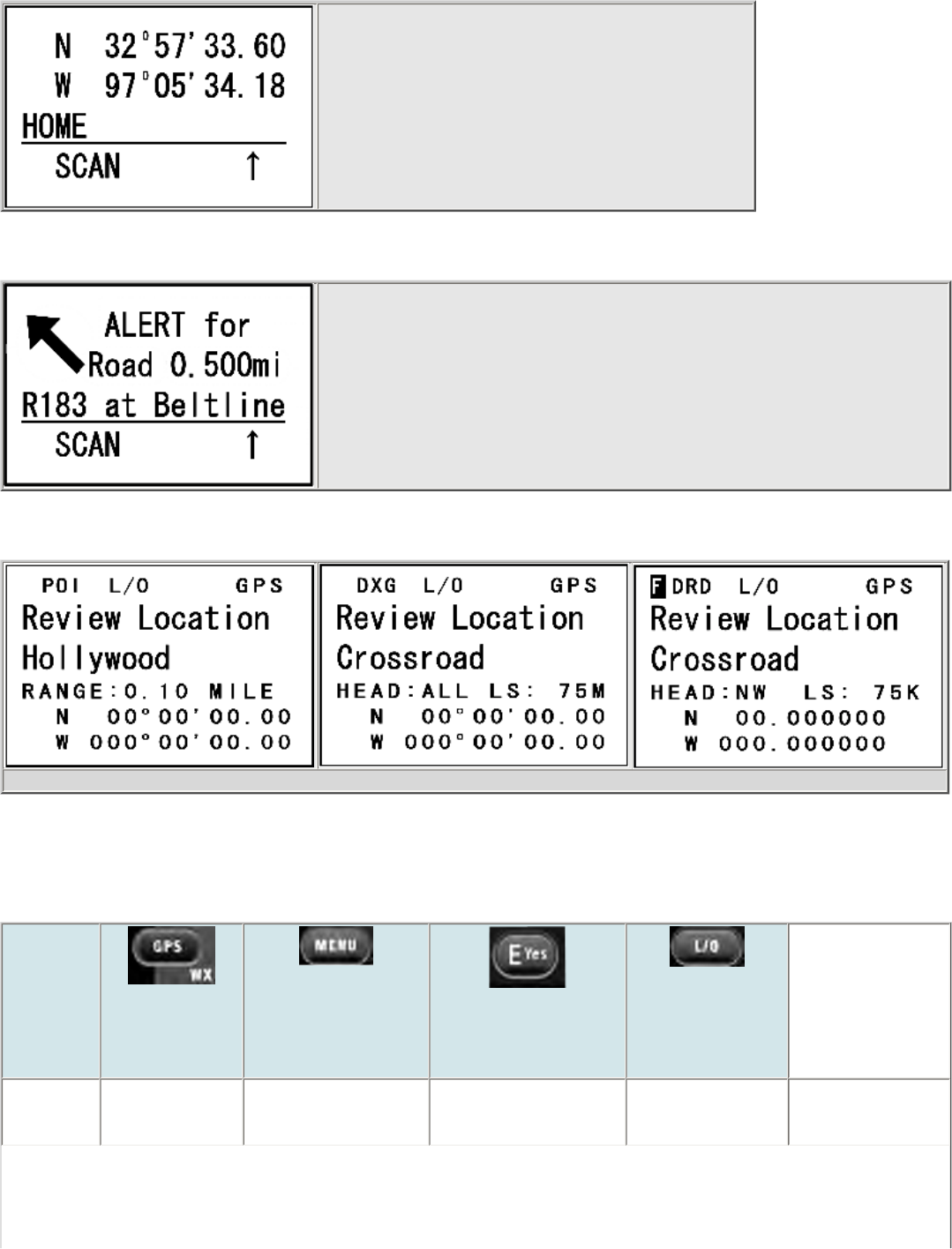
BCT15XGPSMode < UnidenMan4 < TWiki
● Latitude of current location
● Longtitude of current location
● OFF if no POI selected, otherwise the name of the POI
Location Alert display
● Location Alert Type
● Distance to Alert location
● Location Alert Name
● Direction to Alert location
● ALERT indicator also flashes when you approach a Dangerous Crossing or
Dangerous Road
Location review display
These displays show the details of each location you've set. SCROLL to go to the next location.
Keypad controls in GPS Review Location Mode
Keys not listed have no function in this mode.
Key Name
(2nd
operation)
Action on:
GPS / Weather
MENU
Yes (Enter)
LOCKOUT
Tap NA Return to GPS Mode Go to the menu mode. Change the lockout
status of the current
location.
file:///C|/Documents%20and%20Settings/POpitz/My%20...ents/temp/CDImage_090515/Manual/BCT15XGPSMode.html (3 of 5)5/26/2009 11:13:07 AM
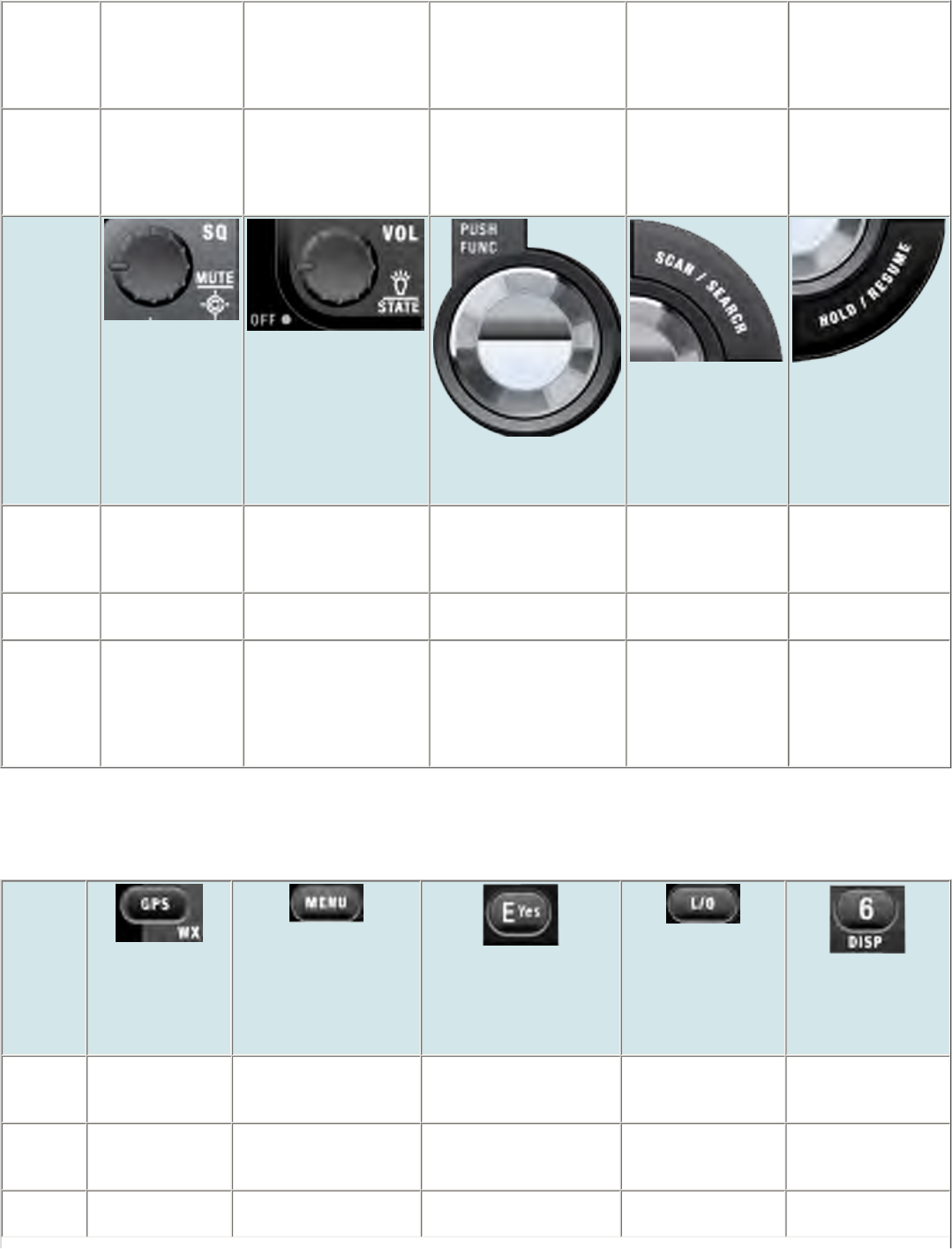
BCT15XGPSMode < UnidenMan4 < TWiki
Press &
Hold Overwrite the
selected location
with the current
location.
NA NA Unlock all locations
of the current type
(POI, Dangerous
Road, Dangous
Crossing)
FUNCTION
+ Press &
Hold
NA NA NA Display "Unlock All
Locations?" If you
press E/YES all
locations of all types
are unlocked.
Key Name
(2nd
operation)
Action on:
SQUELCH
VOLUME
SCROLL - FUNCTION
SCAN/SEARCH HOLD/RESUME
Rotate Adjust Squelch. Adjust volume. Turn
fully counterclockwise
past click to turn off
scanner.
Select a location. NA NA
Tap NA Change backlight level. Activate the FUNCTION
mode for the next keypress. Go to Scan Mode Go to Scan Hold
mode.
Press &
Hold NA NA "Latch" the FUNCTION
mode. Scanner stays on the
current system and all
keypresses use the
FUNCTION mode until
you tap the control again.
NA NA
Keypad controls in GPS Mode
Keys not listed have no function in this mode.
Key
Name
(2nd
operation)
Action on:
GPS / Weather
MENU
Yes (Enter)
LOCKOUT
6 / DISPLAY
Tap NA Go to the Menu mode. Go to the review location
mode. Temporarily lockout
the current location
alert if it one is active.
NA
Double
Tap NA NA NA Permanently lockout
the current location
alert if it one is active.
NA
Press &
Hold Store the current
location. NA NA NA NA
file:///C|/Documents%20and%20Settings/POpitz/My%20...ents/temp/CDImage_090515/Manual/BCT15XGPSMode.html (4 of 5)5/26/2009 11:13:07 AM
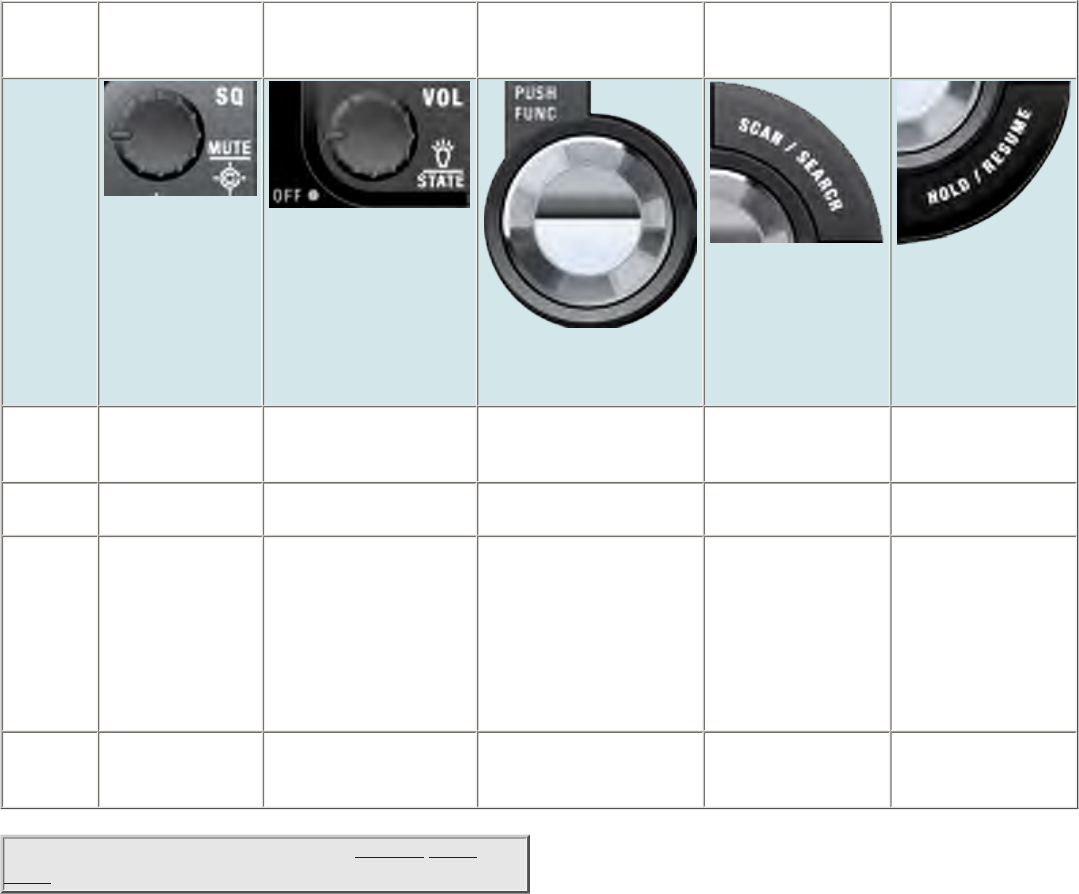
BCT15XGPSMode < UnidenMan4 < TWiki
Function
+ Tap NA Go to the menu mode to
edit the current location. NA Temporary lockout the
current location alert
if one is active.
Switch between GPS
display modes.
Key
Name
(2nd
operation)
Action on:
SQUELCH
VOLUME
SCROLL - FUNCTION
SCAN/SEARCH HOLD/RESUME
Rotate Adjust Squelch. Adjust volume. Turn fully
counterclockwise past
click to turn off scanner.
Select a POI. NA NA
Tap NA Change backlight level. Activate the FUNCTION
mode for the next keypress. Return to previous
operation. Hold on the current
channel.
Press &
Hold NA NA "Latch" the FUNCTION
mode. Scanner stays on the
current system and all
keypresses use the
FUNCTION mode until
you tap the control again.
NA Hold on the current
system.
If already holding on a
system, resume
normal scanning when
in scan mode.
Function
+ Rotate NA NA Quickly skip to the location
starting with the next
alphabetic character.
Return to previous
operation. NA
This page applies to the following scanner(s): BCT15X Users
Guide
file:///C|/Documents%20and%20Settings/POpitz/My%20...ents/temp/CDImage_090515/Manual/BCT15XGPSMode.html (5 of 5)5/26/2009 11:13:07 AM
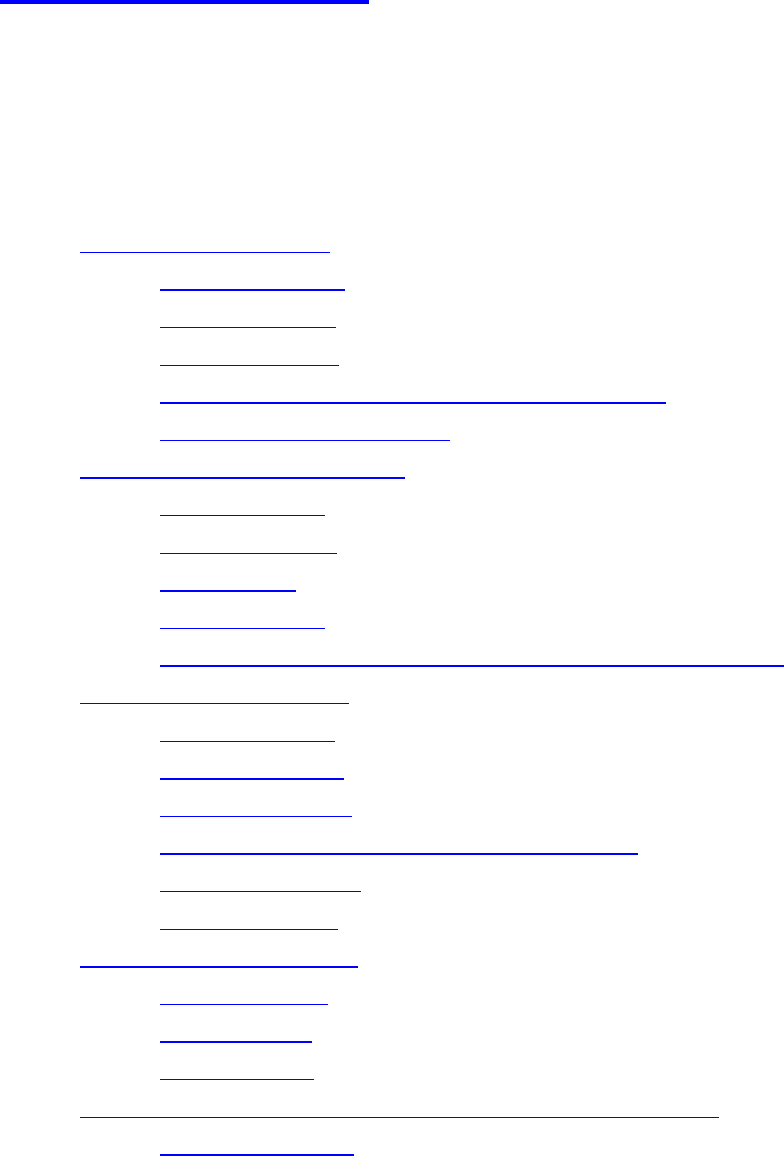
EditSysOption < UnidenMan4 < TWiki
Edit Sys Option
To determine whether the information on this page applies to your
scanner, see the tags at the bottom of the page.
System options vary depending on the system type.
● Global system options
❍ Set Number Tag
❍ Set Delay Time
❍ Set Audio AGC
❍ Set Record (BCD996XT and BCT15X Only)
❍ Set State (BCT15X Only)
● Conventional system options
❍ Set Quick Key
❍ Set Startup Key
❍ Set Lockout
❍ Set Hold Time
❍ P25 Waiting Time (BCD396XT and BCD996XT Only)
● Trunked system options
❍ ID Scan/Search
❍ Priority ID Scan
❍ Emergency Alert
❍ Set ID Format (DEC/HEX) or (AFS/DEC)
❍ Rvw ID:Srch L/O
❍ Clr All L/O IDs
● Motorola system options
❍ Edit Fleet Map
❍ Set Status Bit
❍ Set End Code
● P25 System options (BCD396XT and BCD996XT Only)
❍ P25 NAC Option
Global system options
file:///C|/Documents%20and%20Settings/POpitz/My%20Documents/temp/CDImage_090515/Manual/EditSysOption.html (1 of 7)5/26/2009 11:14:43 AM

EditSysOption < UnidenMan4 < TWiki
The following options are available for all types of systems.
Set Number Tag
Assign a number to this system or channel that you can use to tune directly to a specific
channel. Choose a number from 0 to 999. (For more information, see Number Tags.)
Set Delay Time
Set the number of seconds the scanner should wait after a transmission stops before
moving on to the next channel. Select 0, 1, 2 (default), 5, 10, or 30 seconds.
To have scanner leave the channel after a designated number of seconds whether the
transmission stops or not, select one of the negative values. Choose -10 seconds to have
the scanner leave the channel after 10 seconds even if the transmission is still going on;
choose -5 seconds or -2 seconds to have the scanner leave after 5 seconds or 2 seconds,
respectively.
Set Audio AGC
Turn on Automatic Gain Control (AGC) for this system. When you activate this feature,
the scanner automatically adjusts the volume for each channel based on the signal
strength. You can turn on the gain control for Analog and Digital signals separately.
To change the settings for the audio AGC, see Adjust Audio AGC
Set Record (BCD996XT and BCT15X Only)
Set whether the audio from channels on the system come out the RECORD OUT jack on
the back of the scanner. You have three options:
● All Channel -- All channels in the system go to the RECORD OUT jack.
● Marked Channel -- Only those channels that have the RECORD option turned on
go to the RECORD OUT jack.
● Off -- No channels in the system go to the RECORD OUT jack (even those wit
the RECORD option turned on).
file:///C|/Documents%20and%20Settings/POpitz/My%20Documents/temp/CDImage_090515/Manual/EditSysOption.html (2 of 7)5/26/2009 11:14:43 AM

EditSysOption < UnidenMan4 < TWiki
Set State (BCT15X Only)
Sets the U.S. State or Canadian Province associated with the system. If selected, the
system will be unlocked when you set the scanner to the state and locked out when you
select a different state.
Conventional system options
The following options are available when you're editing a conventional system:
Set Quick Key
Assign this system or site to a Quick Key so you can easily enable or disable it during
scanning. Enter a number from 0 to 99; tap NO (the decimal point) if you don't want to
assign this system or site to a Quick Key. (For more information, see Quick Keys.)
Set Startup Key
Assign this system or site to a Startup Key so you can lock or unlock it during power up.
Enter a number from 0 to 9; tap NO (the decimal point) if you don't want to assign this
system or site to a Startup Key. (For more information, see Startup Keys.)
Set Lockout
Decide whether you want to lock out the system so the scanner will ignore it during Scan
and Search modes. If you lock out a system, all channels within that system are locked
out. Choose one of the following options:
● Unlocked: The system is not locked out.
● Temporary L/O: The system is locked out until you turn the scanner off and back
on.
● Lockout: The system is permanently locked out.
Set Hold Time
Set the minimum number of seconds the scanner should spend checking this system or
site even if there is no traffic on any channel. (The scanner always checks each channel
file:///C|/Documents%20and%20Settings/POpitz/My%20Documents/temp/CDImage_090515/Manual/EditSysOption.html (3 of 7)5/26/2009 11:14:43 AM

EditSysOption < UnidenMan4 < TWiki
in a system or site once even if the hold time is set to 0 seconds.) Select the number of
seconds from 0 through 255 (0 is the default).
P25 Waiting Time (BCD396XT and BCD996XT Only)
On channels that contain a mix of analog and digital signals (i.e., where the Audio Mode
is set to All), it is possible to have false decode problems caused by digital noise at the
beginning of transmissions. To prevent this, a user-configurable P25 wait time (from 0 to
1000 ms) has been added.
During the wait time, the scanner evaluates the received signal; if it detects P25 data, the
scanner opens squelch immediately. If it does not detect any P25 data, the scanner opens
squelch as soon as the wait time expires.
Note: Any analog transmissions on this channel will lose the first part of
the transmission, up to the wait time you set here.
Select the number of milliseconds (after the start of a transmission) the scanner should
wait while checking for P25 data. Choose a number from 0 through 1000 ms in 100 ms
increments. The scanner only applies the wait time setting to Conventional or Motorola
(non P25) systems, and only when the channel's Audio Mode setting is All.
Trunked system options
The following options are available when you're editing a trunked system:
ID Scan/Search
Choose whether the scanner only checks the Talk Group IDs that you program ( ID
Scan ) or checks all the Talk Group IDs it can find ( ID Search ) when scanning this site.
Priority ID Scan
Choose On to have the scanner check any priority-labeled channels in this system during
Priority ID Scan mode. Choose Off if you want the scanner to ignore this system when
scanning priority channels.
Emergency Alert
file:///C|/Documents%20and%20Settings/POpitz/My%20Documents/temp/CDImage_090515/Manual/EditSysOption.html (4 of 7)5/26/2009 11:14:43 AM

EditSysOption < UnidenMan4 < TWiki
This menu lets you configure whether the scanner triggers an alert tone and light when it
detects an emergency flag within an active Talk Group. (Compare this to the channel
setting Set Alert, which can trigger an alert tone and light whenever a channel becomes
active.) The settings for Set Alert Tone and Set Alert Light are common to both types of
alerts.
Set ID Format (DEC/HEX) or (AFS/DEC)
Trunked systems have three different formats for the Talk Group ID, but not all formats
are used by each system type. Choose the Talk Group ID format used by this system:
● Dec : The system uses a decimal (base 10) format for the Talk Group IDs
(available for all trunked systems)
● Hex : The system uses a hexadecimal (base 16) format for the Talk Group IDs
(available for P25 and Motorola systems only)
● AFS : The system uses the Agency-Fleet-Subfleet format for the Talk Group IDs
(available for EDACS wide or narrow systems only)
Rvw ID:Srch L/O
This feature displays a list of all locked out Talk Group IDs. If you want to unlock a Talk
Group ID, just select it from the list and press YES .
Clr All L/O IDs
Choose yes to unlock all the Talk Group IDs in this system or site. (Choose no to cancel
and go back to the previous screen.)
Motorola system options
The following options are available when only when you're editing a Motorola system:
Edit Fleet Map
(Motorola Type I or Hybrid systems only) This menu lets you choose one of the 16 pre-
programmed fleet maps; select Custom to manually program your own fleet map
file:///C|/Documents%20and%20Settings/POpitz/My%20Documents/temp/CDImage_090515/Manual/EditSysOption.html (5 of 7)5/26/2009 11:14:43 AM

EditSysOption < UnidenMan4 < TWiki
information. (See Motorola fleet maps for more information.)
Set Status Bit
Choose Yes to have the scanner check the status bit in each TalkGroup ID, or choose
Ignore to ignore all status bits in this system.
Set End Code
Choose whether the scanner recognizes any end transmission codes when deciding to
leave a channel. You have the following options:
BCD396XT and BCD996XT:
● Analog: The scanner recognizes only analog end transmission codes.
● Analog-Digital: The scanner recognizes both analog and digital end codes.
● Ignore: The scanner waits for the carrier to drop before leaving a channel.
BC346XT and BCT15X
● Yes: The scanner recognizes end transmission codes.
● Ignore: The scanner waits for the carrier to drop before leaving a channel.
P25 System options (BCD396XT and BCD996XT Only)
The following options are available when only when you're editing a P25 system:
P25 NAC Option
(P25 single frequency systems only)Choose whether the scanner limits reception to
transmissions that include a specific Network Access Code (NAC) for this system or
frequency.
● Search: The scanner opens squelch for any digital signal, but displays the NAC
being used.
● Set P25 NAC: The scanner opens squelch only for signals that include the NAC
you enter here. Enter a hexadecimal number between 0 and FFF.
file:///C|/Documents%20and%20Settings/POpitz/My%20Documents/temp/CDImage_090515/Manual/EditSysOption.html (6 of 7)5/26/2009 11:14:43 AM

EditGroup < UnidenMan4 < TWiki
Edit Group
To determine whether the information on this page applies to your
scanner, see the tags at the bottom of the page.
When you create a new channel group, the scanner automatically assigns a default name
of Group XX, where XX is a 2-digit sequential number (1 through 20).
● Options available for all groups:
❍ Edit Name
❍ Set Quick Key
❍ Edit Channel
❍ Set LocationInfo
❍ Set Lockout
❍ Delete Group
❍ New Group
Options available for all groups:
You have the following options for channel groups:
Edit Name
Enter a name or edit the existing one. Names can be 16 characters long, and they can
contain upper and lower case letters, punctuation, and spaces. Turn the SELECT-
VOLUME-SQUELCH knob on the handheld scanners or the SCROLL / FUNCTION
knob on mobile scanners to choose the character you want, then press 6 (right cursor) to
move the cursor to the next character.
Set Quick Key
Assign this group to a Quick Key so you can easily enable or disable it during scanning.
Enter a number from 0 to 9; tap NO (the decimal point) if you don't want to assign this
group to a Quick Key. (For more information, see Quick Keys.)
file:///C|/Documents%20and%20Settings/POpitz/My%20Documents/temp/CDImage_090515/Manual/EditGroup.html (1 of 2)5/26/2009 11:14:44 AM
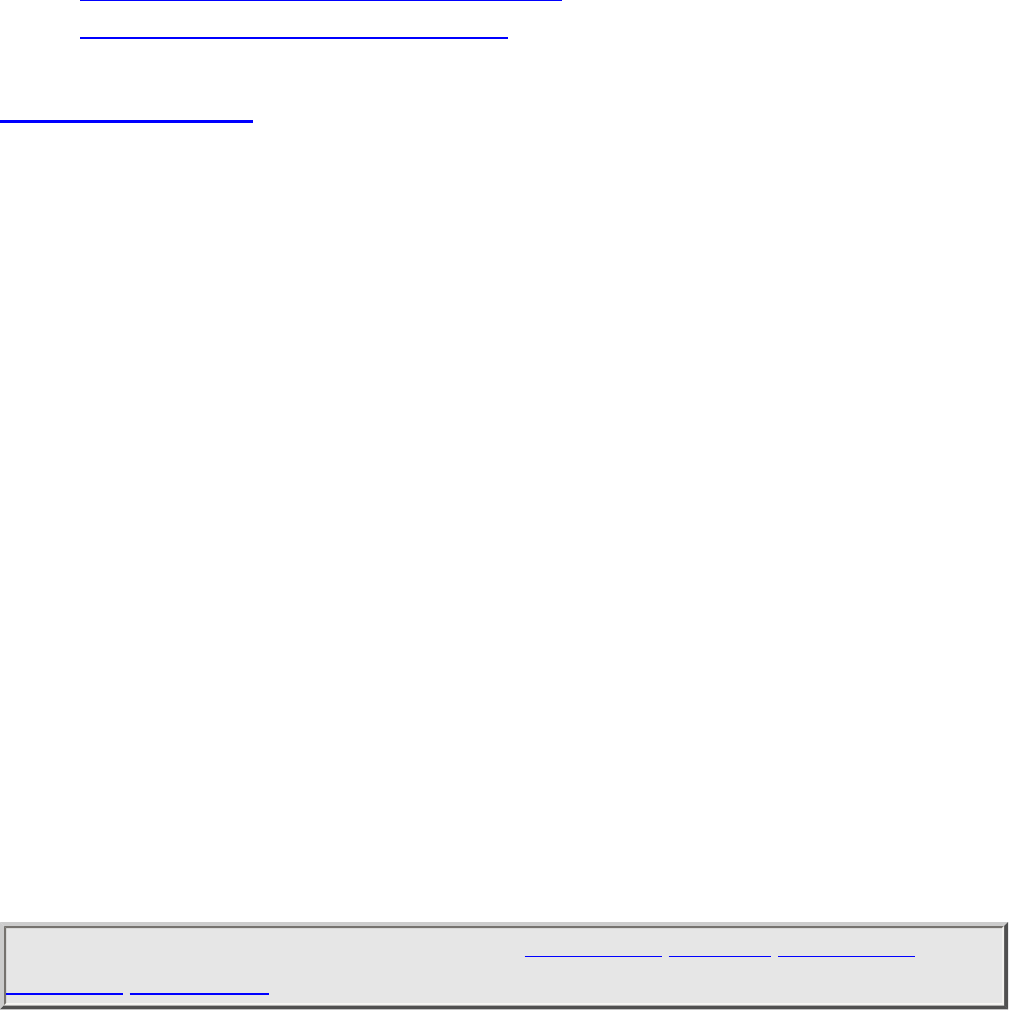
EditGroup < UnidenMan4 < TWiki
Edit Channel
Use this menu to program channel information for this group. Click on your scanner
model below to go the correct Edit channel menu:
● BCD396XT and BCD996XT Edit Channel menu
● BC346XT and BCT15X Edit Channel menu
Set LocationInfo
Use this menu to program location information for this group.
Set Lockout
Decide whether you want to lock out the channel group so the scanner will ignore it
during Scan and Search modes. If you lock out the channel group, all channels in the
group are also ignored during Scan and Search. Choose one of the following options:
● Unlocked: The channel group is not locked out.
● Temporary L/O: The channel group is locked out until you turn the scanner off
and back on.
● Lockout: The channel group is permanently locked out.
Delete Group
Delete this group and all its settings, including any channels and frequencies.
New Group
Create a new group.
This page applies to the following scanner(s): BCD996XT BCT15X BCD396XT
BC346XT Users Guide
file:///C|/Documents%20and%20Settings/POpitz/My%20Documents/temp/CDImage_090515/Manual/EditGroup.html (2 of 2)5/26/2009 11:14:44 AM

SetLocationInfo < UnidenMan4 < TWiki
Set LocationInfo
Use this menu to configure geographic information for each system or site. With this
information and a standard NMEA GPS input, the scanner can automatically change
which systems, sites and channel groups it scans as you change location. You must set
the location information if you want to use Location-based Scanning.
Set Latitude and Set Longitude
Enter the latitude and longitude of the center of this system or site. You can use any
geographical coordinates as the center, but most often it will be the physical location of
the antenna, the center of a city, county, or other geopolitical territory, or some
combination of the two.
Geographical coordinates can be represented in a few different ways. The two most
common representations are DMS and Deg.
DMS breaks the coordinate into Degrees, Minutes, and Seconds. This is typically
represented like: 44° 58' 12.79" N. Your scanner uses this format.
Decimal degrees simply use the degrees expressed as a decimal number. 44° 59' 12"
equates to 44.97381 Degrees. Mathematically, you can change DMS to Deg using the
formula DDD + MM/60 + SS.ss/3600. You would perform the reverse calculation to
convert Deg to DMS.
To more easily convert Decimal Degrees to the DDD° MM' SS.sss" format or vice versa,
see the converter at this link.
Set Range
Enter the maximum distance from the center that this site or channel will be active. As
long as your position is within the radius you enter here, the scanner monitors this site or
channel; when you leave the channel range, the scanner locks out this site or channel.
The scanner treats the number you enter here as miles or kilometers depending on the
value you selected in the Set Unit field in the Set GPS Format menu (under the main
Settings menu). Enter a range from 0.5 through 125.0 mi/km, in 0.5 mi/km steps.
file:///C|/Documents%20and%20Settings/POpitz/My%20Do...ents/temp/CDImage_090515/Manual/SetLocationInfo.html (1 of 2)5/26/2009 11:14:44 AM

SetLocationInfo < UnidenMan4 < TWiki
Set GPS Enable
(A GPS unit must be connected)
Turn this feature on if you want the scanner to lock out this site or channel group when
you leave the range and enable the site or channel group when you are within the range.
This page applies to the following scanner(s): BCD996XT BCT15X BCD396XT
BC346XT Users Guide
file:///C|/Documents%20and%20Settings/POpitz/My%20Do...ents/temp/CDImage_090515/Manual/SetLocationInfo.html (2 of 2)5/26/2009 11:14:44 AM
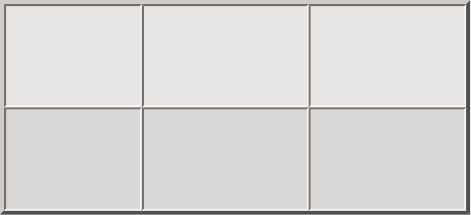
TemplateVolumeOffset < UnidenMan4 < TWiki
The scanner can automatically adjust the volume when it tunes to this channel or
frequency. Enter one of the following options:
Softer No
Change Louder
-3, -2, -
1 0 (default) +1, +2,
+3
file:///C|/Documents%20and%20Settings/POpitz/My%20Docum...ts/temp/CDImage_090515/Manual/TemplateVolumeOffset.html5/26/2009 11:14:46 AM
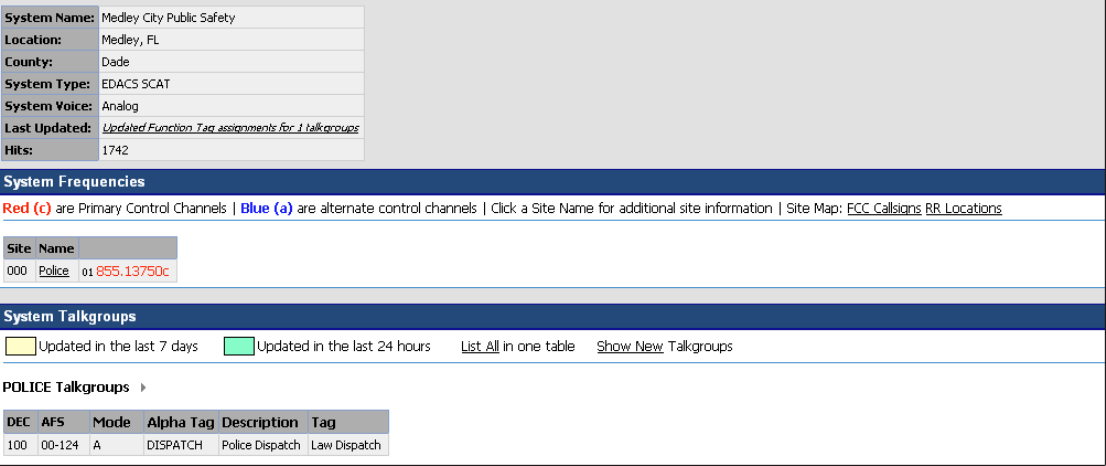
file:///C|/Documents%20and%20Settings/POpitz/My%20Documents/te...090515/Manual/rsrc/UnidenMan4/EDACSSCATSystems/RREDACSSCAT.png
file:///C|/Documents%20and%20Settings/POpitz/My%20Do...ual/rsrc/UnidenMan4/EDACSSCATSystems/RREDACSSCAT.png5/26/2009 11:14:46 AM
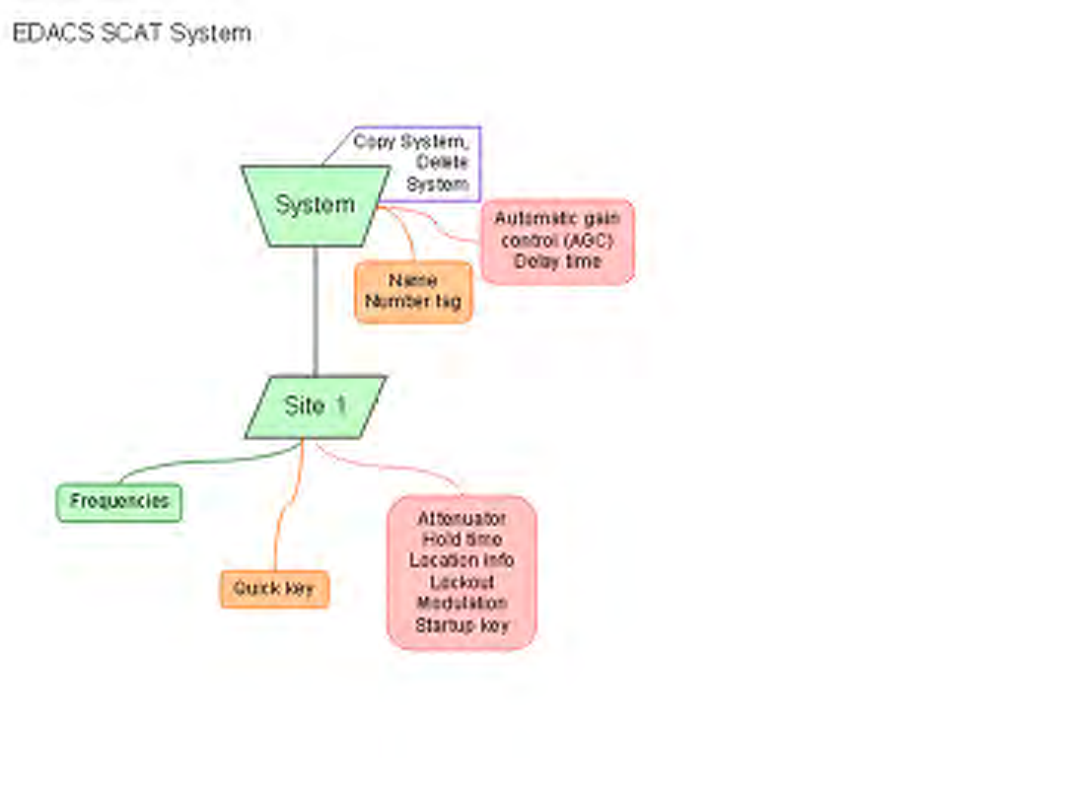
file:///C|/Documents%20and%20Settings/POpitz/My%20Documents/tem...e_090515/Manual/rsrc/UnidenMan4/EDACSSCATSystems/LayoutSCAT.png
file:///C|/Documents%20and%20Settings/POpitz/My%20Doc...anual/rsrc/UnidenMan4/EDACSSCATSystems/LayoutSCAT.png5/26/2009 11:14:47 AM
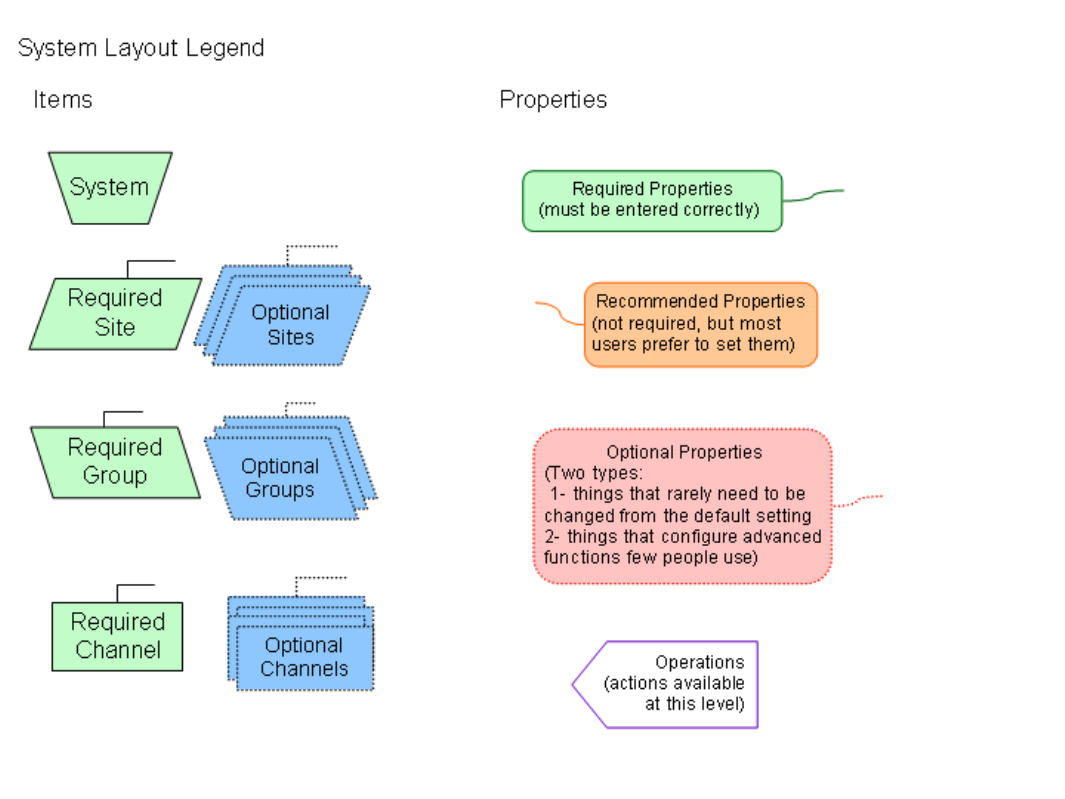
file:///C|/Documents%20and%20Settings/POpitz/My%20Documents/temp..._090515/Manual/rsrc/UnidenMan4/EDACSSCATSystems/LayoutLegend.png
file:///C|/Documents%20and%20Settings/POpitz/My%20Docu...nual/rsrc/UnidenMan4/EDACSSCATSystems/LayoutLegend.png5/26/2009 11:14:47 AM

EditSite < UnidenMan4 < TWiki
Edit Site
To determine whether the information on this page applies to your
scanner, see the tags at the bottom of the page.
When you create a new site, the scanner automatically assigns a default site name using
the following pattern
Site XXX-YYY TTT
where XXX is a 3-digit system index number, YYY is a sequential site number (1 through
256), and TTT is one of the following 3-letter type codes:
● EDC (any EDACS system)
● LTR (any LTR system)
● MOT (any Motorola system)
● P25 (a standard P25 system)
● 1FQ (a single-frequency P25 system)
● Options available for all sites:
❍ Edit Name
❍ Set Quick Key
❍ Set Startup Key
❍ Set Frequencies
❍ Set Modulation
❍ Set Attenuator
❍ Set Lockout
❍ Set Hold Time
❍ Set LocationInfo
❍ Set State (BCT15X Only)
❍ Delete Site
❍ New Site
● Options available for Motorola systems
❍ Edit Band Plan
❍ P25 Waiting Time (BCD396XT and BCD996XT Only)
● Options available for P25 systems (BCD396XT and BCD996XT Only)
file:///C|/Documents%20and%20Settings/POpitz/My%20Documents/temp/CDImage_090515/Manual/EditSite.html (1 of 5)5/26/2009 11:14:48 AM

EditSite < UnidenMan4 < TWiki
❍ Edit Band Plan (P25)
● Options available for EDACS systems
❍ Set Site Type
❍ Volume Offset (EDACS SCAT Only)
Options available for all sites:
You have the following options for sites:
Edit Name
Enter a name or edit the existing one. Names can be 16 characters long, and they can
contain upper and lower case letters, punctuation, and spaces. Turn the SELECT-
VOLUME-SQUELCH knob on the handheld scanners or the SCROLL / FUNCTION
knob on mobile scanners to choose the character you want, then press 6 (right cursor) to
move the cursor to the next character.
Set Quick Key
Assign this system or site to a Quick Key so you can easily enable or disable it during
scanning. Enter a number from 0 to 99; tap NO (the decimal point) if you don't want to
assign this system or site to a Quick Key. (For more information, see Quick Keys.)
Set Startup Key
Assign this system or site to a Startup Key so you can lock or unlock it during power up.
Enter a number from 0 to 9; tap NO (the decimal point) if you don't want to assign this
system or site to a Startup Key. (For more information, see Startup Keys.)
Set Frequencies
Use this menu to program frequencies for this site.
Set Modulation
Select what type of modulation the scanner should use for this frequency or channel.
(Only the modulation types available for this frequency or channel are displayed.)
file:///C|/Documents%20and%20Settings/POpitz/My%20Documents/temp/CDImage_090515/Manual/EditSite.html (2 of 5)5/26/2009 11:14:48 AM
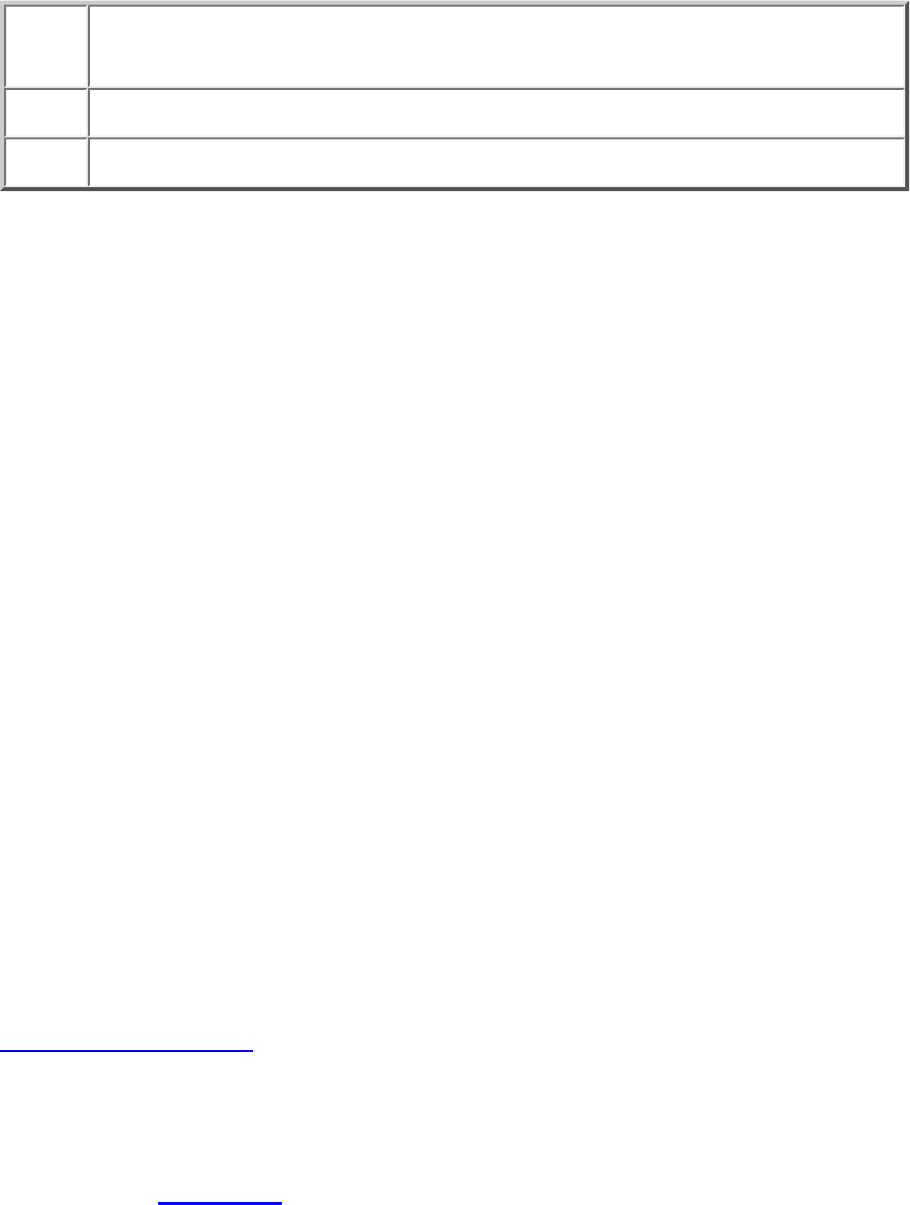
EditSite < UnidenMan4 < TWiki
Auto The scanner uses the default modulation type for this frequency's
band.
NFM The scanner treats the frequency as a Narrowband FM band.
FM The scanner treats the frequency as an FM band.
Set Attenuator
Turn on attenuation to reduce the signal strength by 20 dB. You can turn on attentuation
for individual frequencies and channels or for entire sites. If you turn on attenuation for a
site, all frequencies within that site will be attenuated.
Set Lockout
Decide whether you want to lock out the site so the scanner will ignore it during Scan
and Search modes. Choose one of the following options:
● Unlocked: The site is not locked out.
● Temporary L/O: The site is locked out until you turn the scanner off and back on.
● Lockout: The site is permanently locked out.
Set Hold Time
Set the minimum number of seconds the scanner should spend checking this system or
site even if there is no traffic on any channel. (The scanner always checks each channel
in a system or site once even if the hold time is set to 0 seconds.) Select the number of
seconds from 0 through 255 (0 is the default).
Set LocationInfo
Use this menu to program location information for this site.
Set State (BCT15X Only)
Sets the U.S. State or Canadian Province associated with the system. If selected, the
system will be unlocked when you set the scanner to the state and locked out when you
file:///C|/Documents%20and%20Settings/POpitz/My%20Documents/temp/CDImage_090515/Manual/EditSite.html (3 of 5)5/26/2009 11:14:48 AM
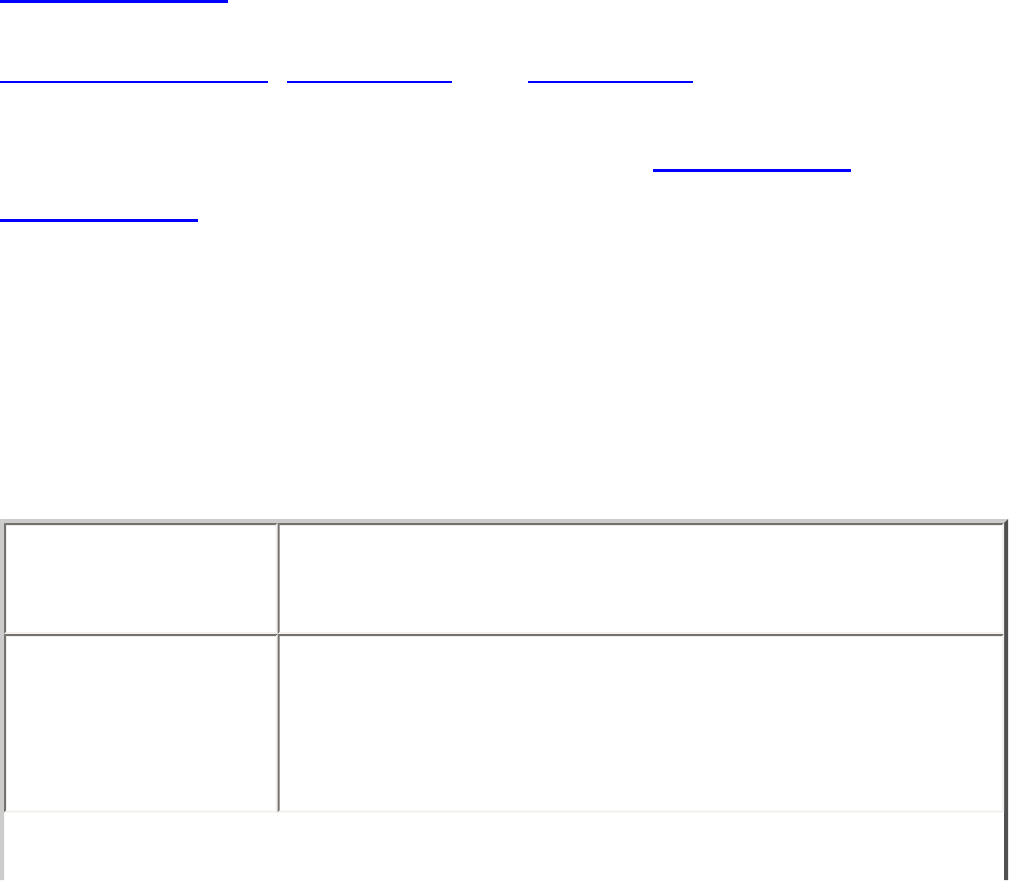
EditSite < UnidenMan4 < TWiki
select a different state.
Delete Site
Delete this site and all its settings; this includes any frequencies.
New Site
Create a new site.
Options available for Motorola systems
Edit Band Plan
P25 Waiting Time (BCD396XT and BCD996XT Only)
Options available for P25 systems (BCD396XT and
BCD996XT Only)
Edit Band Plan (P25)
Most P25 systems include the band plan information in the control channel data.
However, if a system does not include this information, you can program it manually.
The scanner will prompt you for the following information:
Band plan
number Select one of the 16 available band plan slots.
Input Base Freq Enter the lower limit of the band frequency. Valid
frequencies are between 25.00000 MHz and 1300.00000
MHz at each 5.0 Hz step (25.000000 MHz, 25.000005
MHz, 25.000010 MHz, etc.).
file:///C|/Documents%20and%20Settings/POpitz/My%20Documents/temp/CDImage_090515/Manual/EditSite.html (4 of 5)5/26/2009 11:14:48 AM
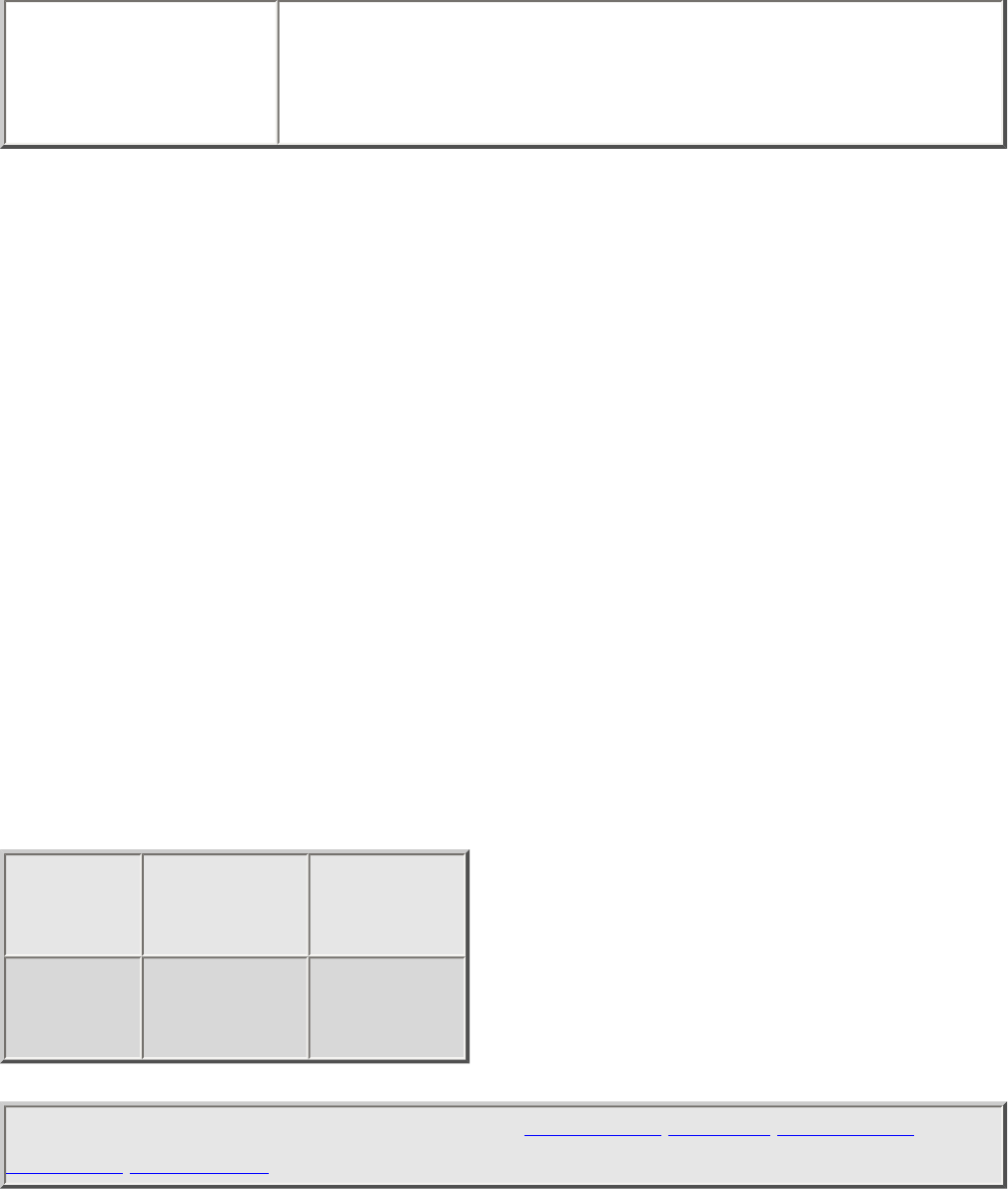
EditSite < UnidenMan4 < TWiki
Input Spacing Enter the number of kHz between each channel. Valid
spacings range between 125 kHz and 128 kHz at each 125
Hz step (125.000 kHz, 125.125 kHz, 125.250 kHz, etc.)
When you're finished, the scanner renames the band plan in the following pattern:
{band plan number} :{base frequency} / {spacing}
So a band plan label of 6:534.02585/127.750 means this is band plan number 6, with a
base frequency of 534.02585 MHz and 127.750 kHz between each channel.
Options available for EDACS systems
Set Site Type
Select Wide (standard) or Narrow according to the EDACS site type.
Volume Offset (EDACS SCAT Only)
The scanner can automatically adjust the volume when it tunes to this channel or
frequency. Enter one of the following options:
Softer No
Change Louder
-3, -2, -
1 0 (default) +1, +2,
+3
This page applies to the following scanner(s): BCD996XT BCT15X BCD396XT
BC346XT Users Guide
file:///C|/Documents%20and%20Settings/POpitz/My%20Documents/temp/CDImage_090515/Manual/EditSite.html (5 of 5)5/26/2009 11:14:48 AM

SetFrequencies < UnidenMan4 < TWiki
Set Frequencies
To determine whether the information on this page applies to your
scanner, see the tags at the bottom of the page.
This menu lets you create frequencies and edit existing ones. All existing frequencies are
listed in the order they were created: select the frequency you want to edit, or select New
Frequency to create a new one. When creating frequencies, keep the following rules in
mind:
● You can't duplicate frequencies within a site.
● You can store at least 500 frequencies per site.
● You can store up to 1000 frequencies per site, depending on the number of TGID
in the entire system.
● Set Frequencies
❍ Edit Frequency
❍ Set Lockout
❍ Delete Frequency
❍ New Frequency
● LTR and EDACS system options
❍ LCN (Logical Channel Number)
● EDACS SCAT system options
❍ Set Number Tag
❍ Volume Offset
❍ Set Record (BCD996XT and BCT15X Only)
Edit Frequency
Enter a valid frequency for this band. If the frequency is invalid or if it already exists, the
scanner sounds an error tone and prompts you to re-enter the frequency.
Set Lockout
Determines whether the frequency will be scanned. If you lock out the frequency and the
frequency is used as the control channel, the system will not be scanned.
file:///C|/Documents%20and%20Settings/POpitz/My%20Documents/temp/CDImage_090515/Manual/SetFrequencies.html (1 of 3)5/26/2009 11:14:49 AM

SetFrequencies < UnidenMan4 < TWiki
● Temporary Lockout - The lockout will be cleared when you cycle power.
● Lockout - The lockout must be manually cleared.
● Unlocked - The scanner will use the frequency when monitoring the system.
Delete Frequency
Delete this frequency or channel and all associated settings.
New Frequency
Create a new frequency.
LTR and EDACS system options
When you're editing site frequencies within an LTR or EDACS wide or narrow system,
you have the following additional options:
LCN (Logical Channel Number)
When you enter a new frequency or edit an exisitng frequency, the scanner prompts you
enter a logical channel number (LCN). Enter a number from 1 through 20 for an LTR
system or a number from 1 through 30 for an EDACS wide or narrow system.
EDACS SCAT system options
When you're editing site frequencies within an EDACS SCAT system, you have the
following additional options:
Set Number Tag
Assign a number to this system or channel that you can use to tune directly to a specific
channel. Choose a number from 0 to 999. (For more information, see Number Tags.)
Volume Offset
The scanner can automatically adjust the volume when it tunes to this channel or
file:///C|/Documents%20and%20Settings/POpitz/My%20Documents/temp/CDImage_090515/Manual/SetFrequencies.html (2 of 3)5/26/2009 11:14:49 AM
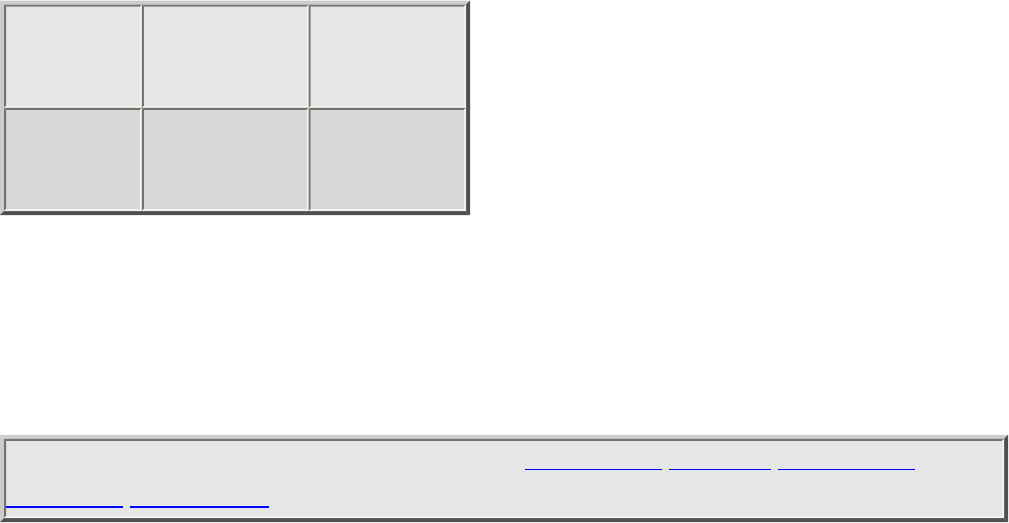
SetFrequencies < UnidenMan4 < TWiki
frequency. Enter one of the following options:
Softer No
Change Louder
-3, -2, -
1 0 (default) +1, +2,
+3
Set Record (BCD996XT and BCT15X Only)
Turn on this option to have the scanner output transmissions from the RECORD OUT
jack.
This page applies to the following scanner(s): BCD996XT BCT15X BCD396XT
BC346XT Users Guide
file:///C|/Documents%20and%20Settings/POpitz/My%20Documents/temp/CDImage_090515/Manual/SetFrequencies.html (3 of 3)5/26/2009 11:14:49 AM

file:///C|/Documents%20and%20Settings/POpitz/My%20Documents/tem...0515/Manual/rsrc/UnidenMan4/EDACSTrunkedSystems/RREDACSWide.gif
file:///C|/Documents%20and%20Settings/POpitz/My%20Docu...al/rsrc/UnidenMan4/EDACSTrunkedSystems/RREDACSWide.gif5/26/2009 11:14:49 AM
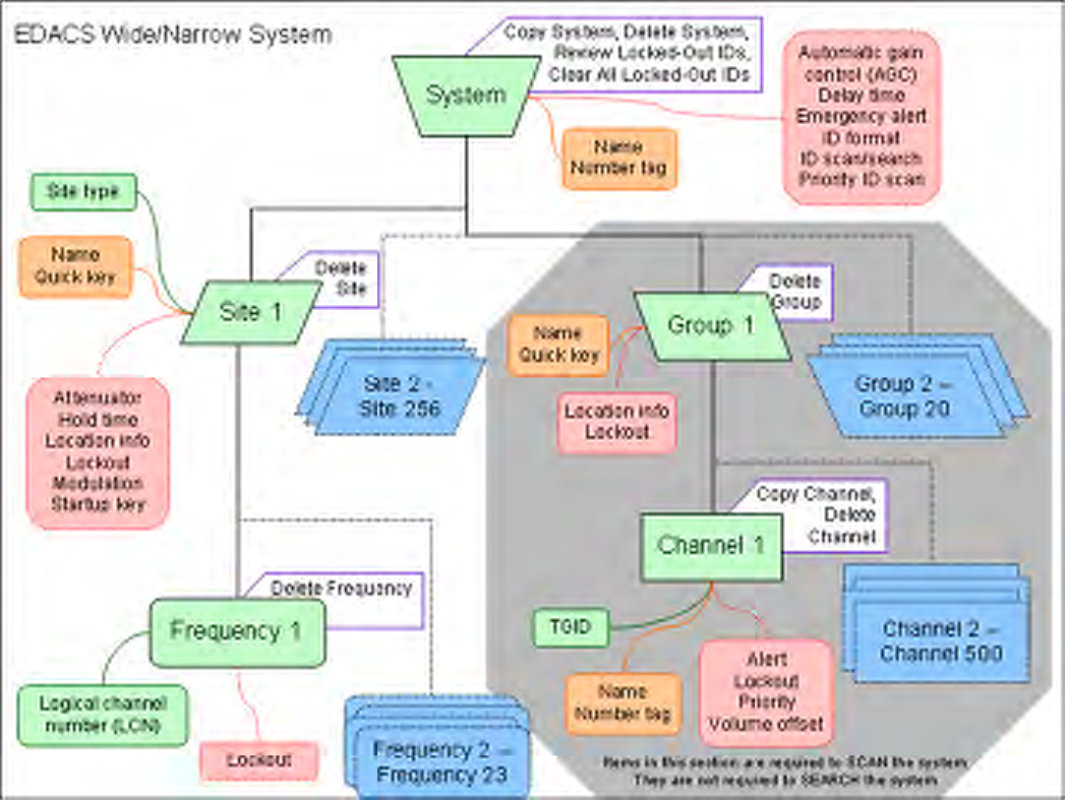
file:///C|/Documents%20and%20Settings/POpitz/My%20Documents/temp...90515/Manual/rsrc/UnidenMan4/EDACSTrunkedSystems/LayoutEDACS.png
file:///C|/Documents%20and%20Settings/POpitz/My%20Docu...al/rsrc/UnidenMan4/EDACSTrunkedSystems/LayoutEDACS.png5/26/2009 11:14:50 AM
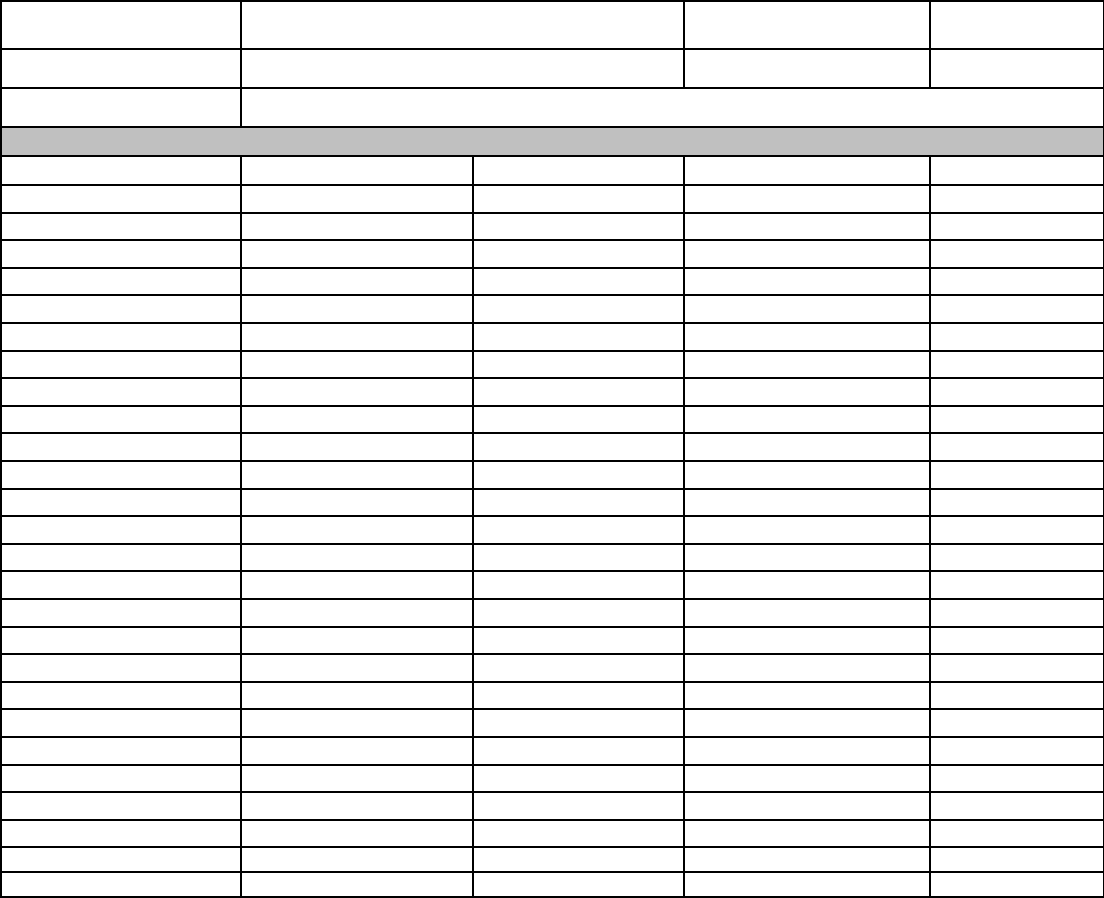
EDACS/LTR System Worksheet A
System Name: System Number Tag:
Group Name: Group Quick Key:
Location Info:
Channel information:
Talk Group ID (TGID) Name (Alpha Tag) Number Tag Priority Alert
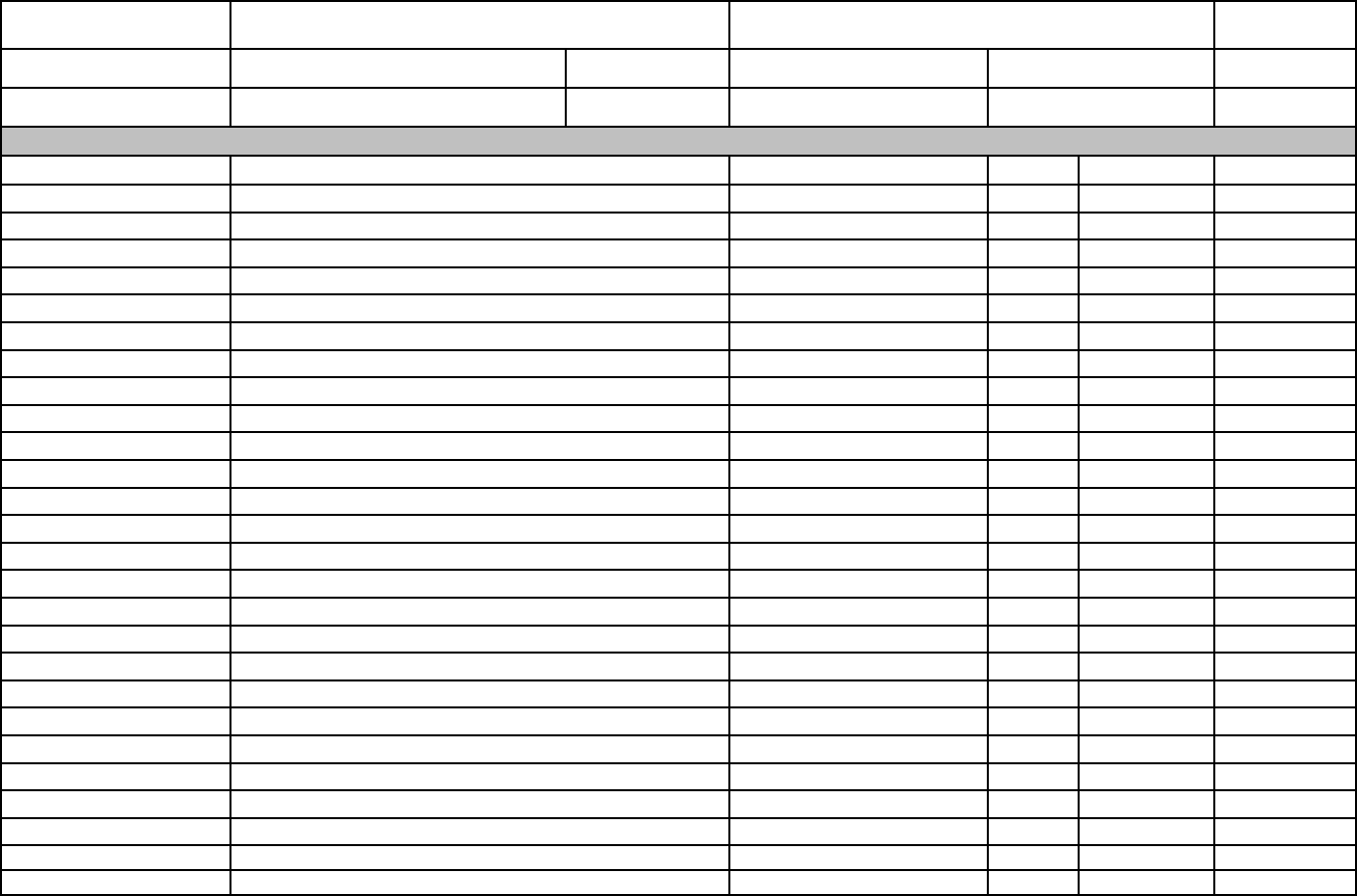
EDACS/LTR System Worksheet B
System Name: System Number Tag:
Site Name: Site Type: Site Quick Key:
Site Number Tag: Location Info: Site Startup Key:
Channel information:
Frequency Name (Alpha Tag) Number Tag Priority Modulation Alert

EditTalkGroupID < UnidenMan4 < TWiki
Edit Talk Group ID
To determine whether the information on this page applies to your
scanner, see the tags at the bottom of the page.
All Talk Group IDs must be in the proper format for each system type.
● Motorola Type I Systems
● Motorola Type II Systems
● P25 Single Frequency Systems (BCD396XT and BCD996XT only) or Standard
System Trunk Site
● EDACS Wide or Narrow Systems
❍ AFS format
● I-Call channel (Motorola, P25 (BCD396XT and BCD996XT Only), or EDACS)
● LTR systems
Motorola Type I Systems
Enter the Talk Group ID in the following format:
BFFF-SS
● B = Block # (1 digit)
● F = Fleet # (2-3 digits)
● S = Sub-Fleet # (1-2 digits)
Press the decimal key to enter the hyphen.
(If you try to enter a hexadecimal TGID for a Type I system, the scanner
treats the entry as a decimal number.)
Motorola Type II Systems
● Decimal format: Enter the TGID in numbers only, up to 5 digits
● Hexadecimal format: up to 3 characters
file:///C|/Documents%20and%20Settings/POpitz/My%20Do...ents/temp/CDImage_090515/Manual/EditTalkGroupID.html (1 of 3)5/26/2009 11:14:58 AM

EditTalkGroupID < UnidenMan4 < TWiki
Select the first Hex character (0 through F), then move the cursor to the
right and select the second character. Press yes when you're finished.
P25 Single Frequency Systems (BCD396XT and
BCD996XT only) or Standard System Trunk Site
● Decimal format: Enter the TGID in numbers only, up to 8 digits
● Hexadecimal format: up to 6 characters
Select the first Hex character (0 through F), then move the cursor to the
right and select the second character. Press yes when you're finished.
EDACS Wide or Narrow Systems
AFS format
Enter the Talk Group ID in the following format:
AA-FFS
● A = Agency # (00 - 15)
● F = Fleet # (00 - 15)
● S = Sub-fleet # (0 - 7)
Press the decimal key to enter the hyphen.
Leave the Fleet or Sub-Fleet # empty to treat it as a wildcard (any Sub-
Fleet within that Fleet). For example, "15-" will match all TGIDs for
Agency 15. "15-04-" will match all TGIDs for Agency 15, Fleet 4.
I-Call channel (Motorola, P25 (BCD396XT and
BCD996XT Only), or EDACS)
Enter the Talk Group ID in the following format:
i{ID number}
file:///C|/Documents%20and%20Settings/POpitz/My%20Do...ents/temp/CDImage_090515/Manual/EditTalkGroupID.html (2 of 3)5/26/2009 11:14:58 AM

EditTalkGroupID < UnidenMan4 < TWiki
Press the decimal key to enter the lower-case i, then enter the ID number.
To monitor all iCalls, enter the iCall wildcard i0 in decimal or i in HEX.
LTR systems
Enter the Talk Group ID in the following format:
AHHUUU
● A = Area Code (0 or 1)
● H = Home repeater (01 - 20)
● U = User ID (000 - 254)
Press the decimal key to enter the hyphen.
Leave the User ID empty to treat it as a wildcard. For example, "1-15-"
will match all User IDs for Area Code 1, Home repeater 15.
This page applies to the following scanner(s): BCD996XT BCT15X BCD396XT
BC346XT Users Guide
file:///C|/Documents%20and%20Settings/POpitz/My%20Do...ents/temp/CDImage_090515/Manual/EditTalkGroupID.html (3 of 3)5/26/2009 11:14:58 AM
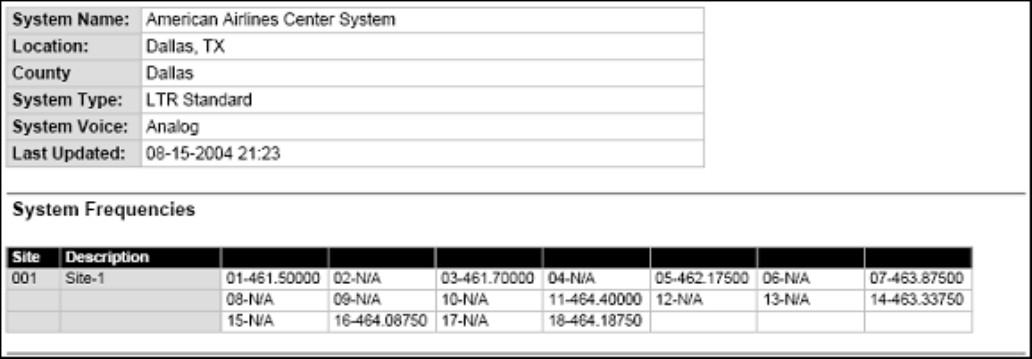
file:///C|/Documents%20and%20Settings/POpitz/My%20Documents/temp/CDImage_090515/Manual/rsrc/UnidenMan4/LTRTrunkedSystems/RRLTR.gif
file:///C|/Documents%20and%20Settings/POpitz/My%20Docu...515/Manual/rsrc/UnidenMan4/LTRTrunkedSystems/RRLTR.gif5/26/2009 11:14:58 AM
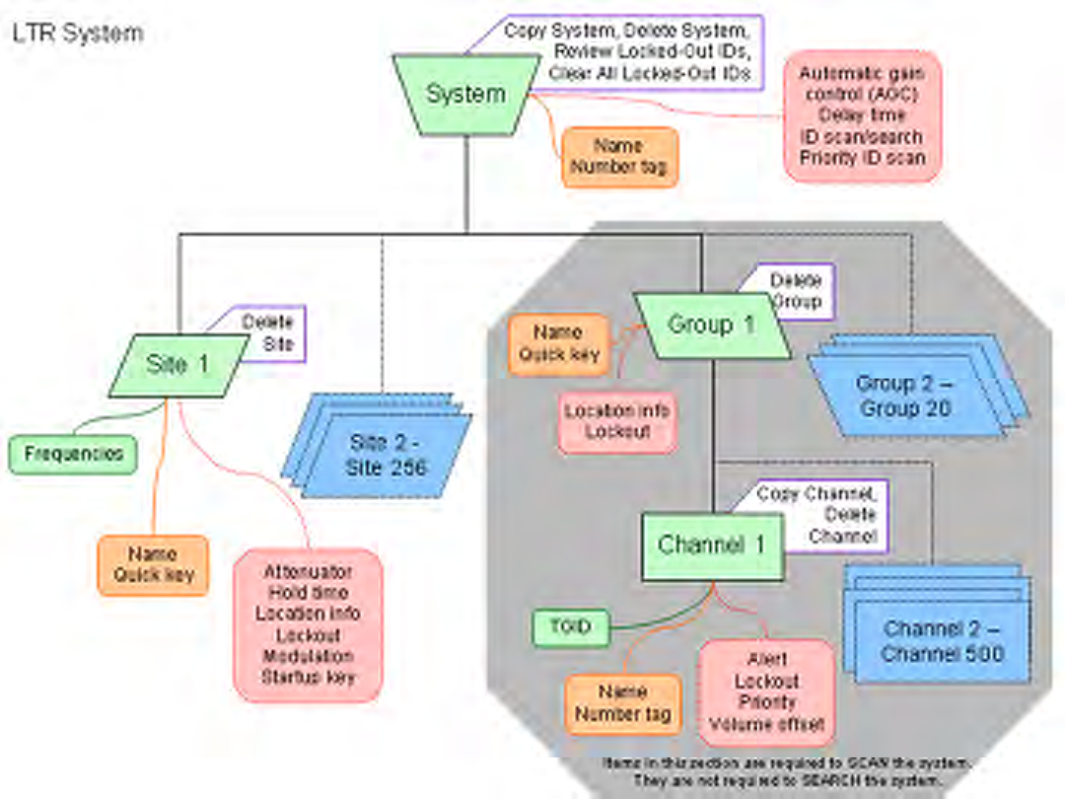
file:///C|/Documents%20and%20Settings/POpitz/My%20Documents/temp...ge_090515/Manual/rsrc/UnidenMan4/LTRTrunkedSystems/LayoutLTR.PNG
file:///C|/Documents%20and%20Settings/POpitz/My%20Docu...Manual/rsrc/UnidenMan4/LTRTrunkedSystems/LayoutLTR.PNG5/26/2009 11:14:59 AM
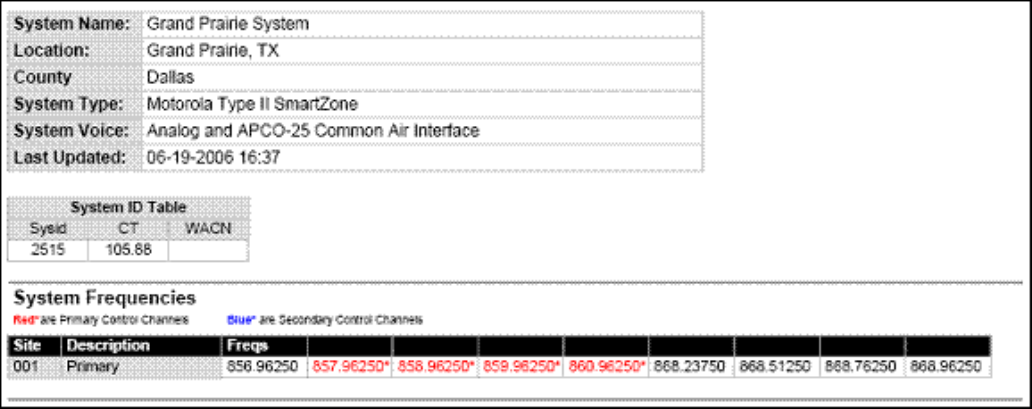
file:///C|/Documents%20and%20Settings/POpitz/My%20Documents/temp/...90515/Manual/rsrc/UnidenMan4/MotorolaTrunkedSystems/RRMOT800a.gif
file:///C|/Documents%20and%20Settings/POpitz/My%20Docum...al/rsrc/UnidenMan4/MotorolaTrunkedSystems/RRMOT800a.gif5/26/2009 11:15:00 AM
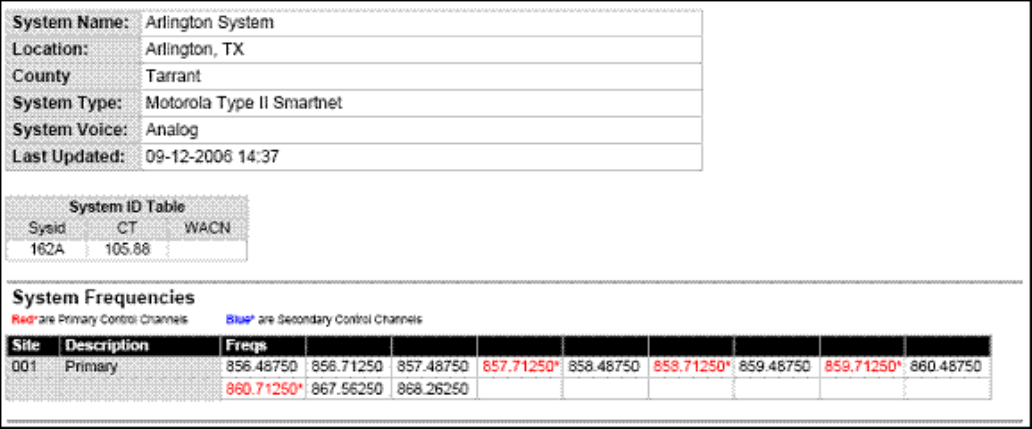
file:///C|/Documents%20and%20Settings/POpitz/My%20Documents/temp/...90515/Manual/rsrc/UnidenMan4/MotorolaTrunkedSystems/RRMOT800b.gif
file:///C|/Documents%20and%20Settings/POpitz/My%20Docum...al/rsrc/UnidenMan4/MotorolaTrunkedSystems/RRMOT800b.gif5/26/2009 11:15:01 AM
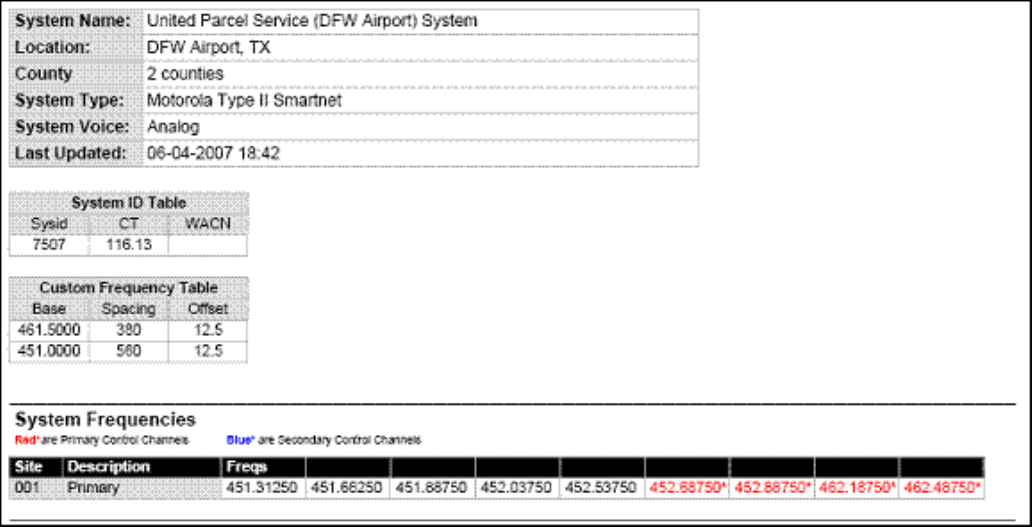
file:///C|/Documents%20and%20Settings/POpitz/My%20Documents/temp...90515/Manual/rsrc/UnidenMan4/MotorolaTrunkedSystems/RRMOTUHF.gif
file:///C|/Documents%20and%20Settings/POpitz/My%20Docu...al/rsrc/UnidenMan4/MotorolaTrunkedSystems/RRMOTUHF.gif5/26/2009 11:15:01 AM
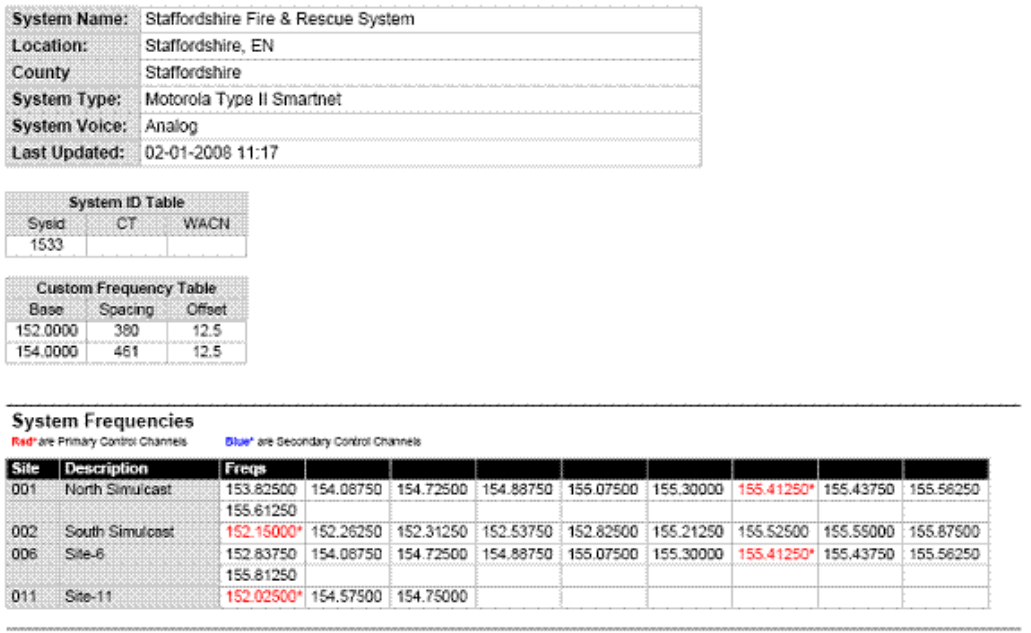
file:///C|/Documents%20and%20Settings/POpitz/My%20Documents/temp...90515/Manual/rsrc/UnidenMan4/MotorolaTrunkedSystems/RRMOTVHF.gif
file:///C|/Documents%20and%20Settings/POpitz/My%20Docu...al/rsrc/UnidenMan4/MotorolaTrunkedSystems/RRMOTVHF.gif5/26/2009 11:15:01 AM
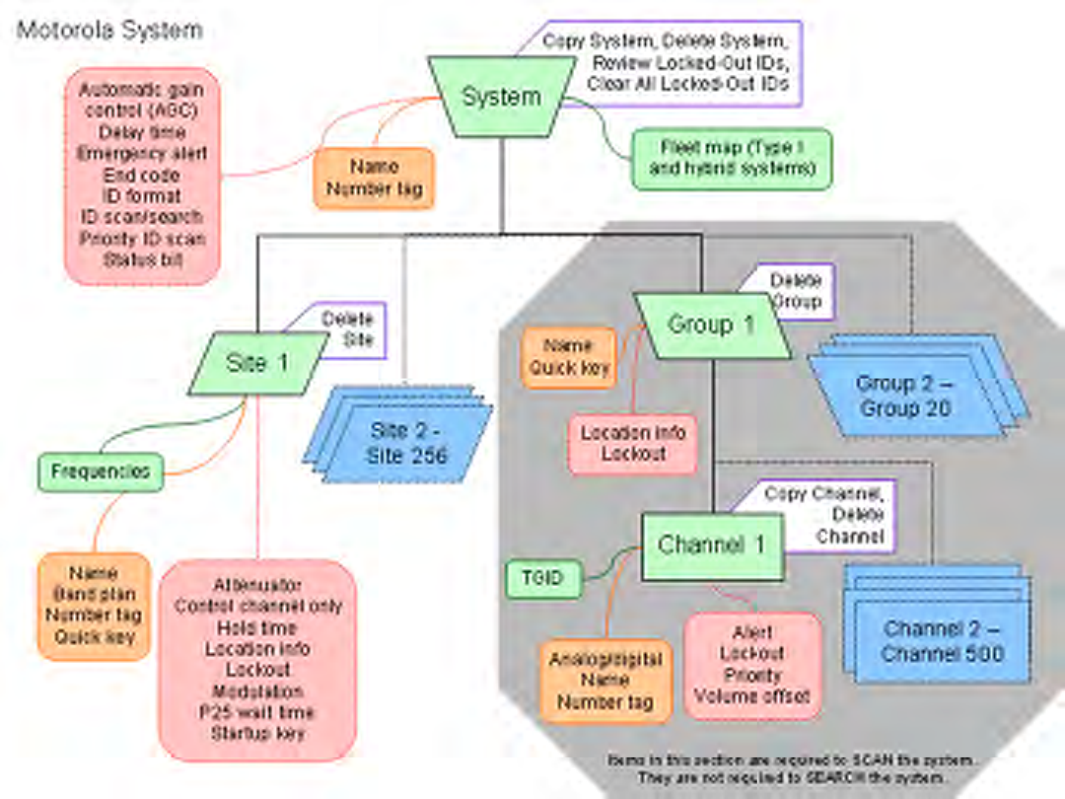
file:///C|/Documents%20and%20Settings/POpitz/My%20Documents/temp/C...5/Manual/rsrc/UnidenMan4/MotorolaTrunkedSystems/LayoutMotorola.png
file:///C|/Documents%20and%20Settings/POpitz/My%20Docum...rc/UnidenMan4/MotorolaTrunkedSystems/LayoutMotorola.png5/26/2009 11:15:02 AM
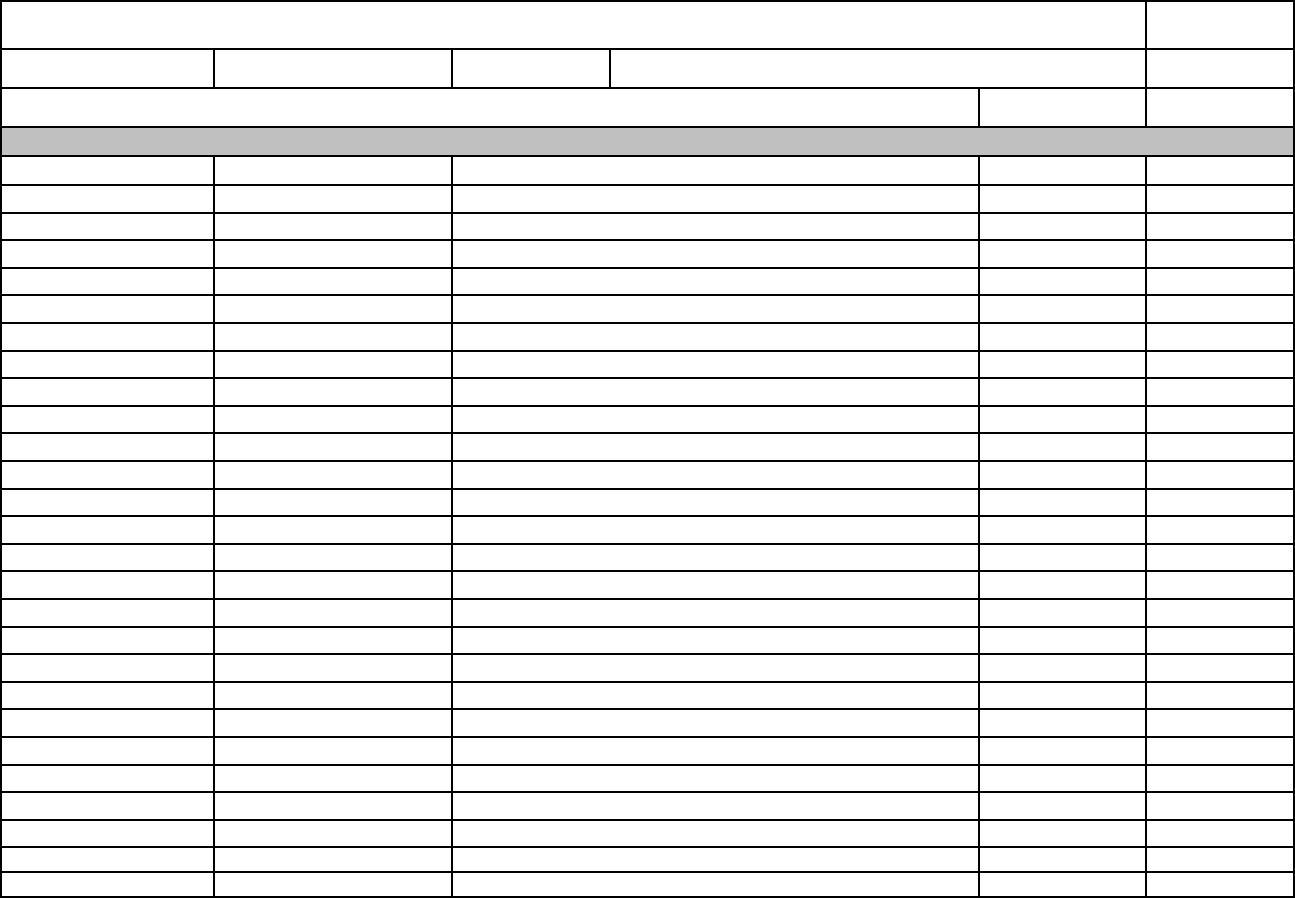
Motorola System Worksheet A (scan)
System Name: System Number Tag:
System Type: Group Name: Group Quick Key:
(available types: Type I, Type II: 800 MHz/Standard, 800 MHz/Splinter, UHF, VHF)
Channel information:
TGID Number Tag Name (Alpha Tag) Priority Alert
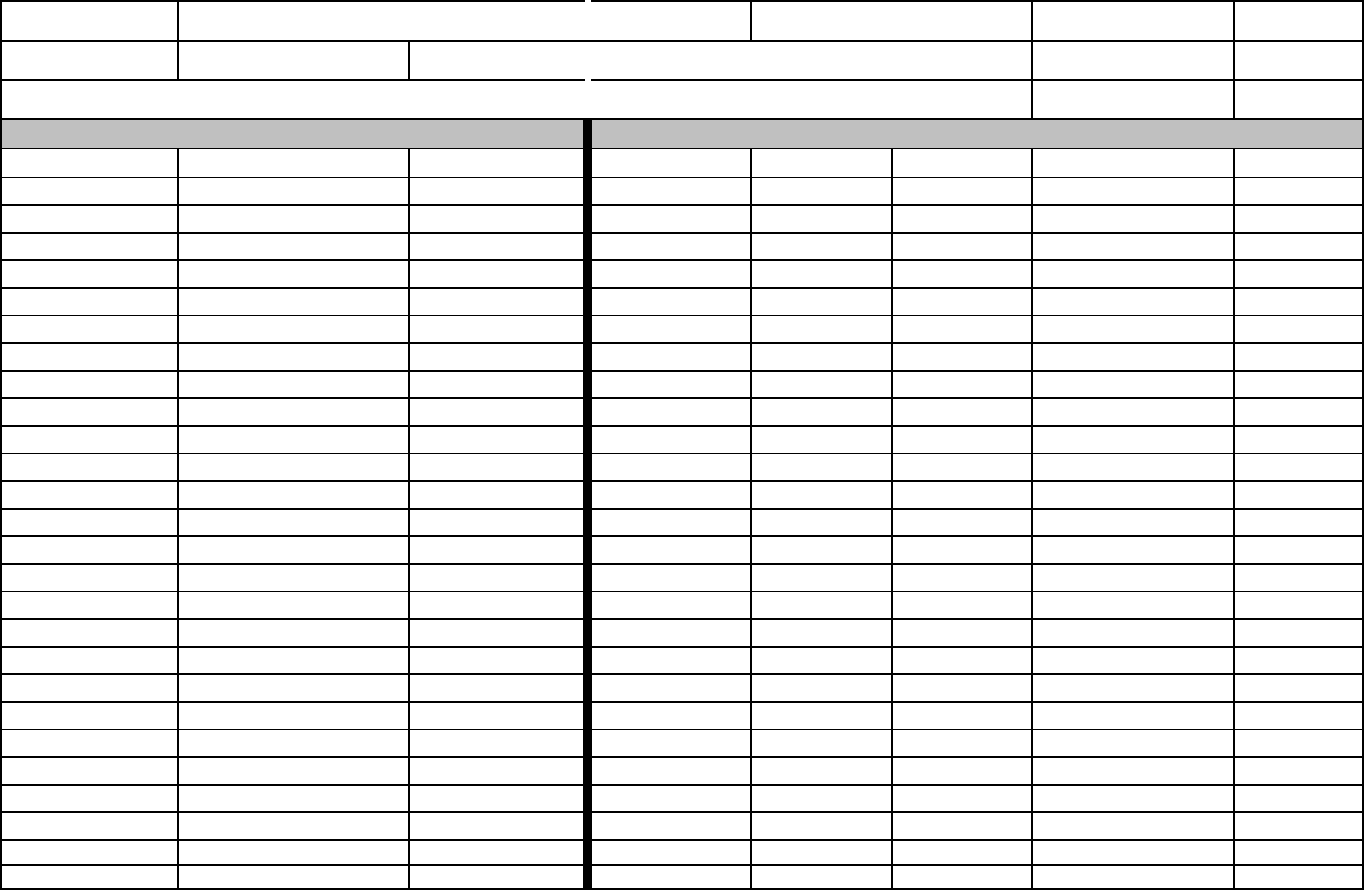
Motorola System Worksheet B (search)
System Name: Fleet Map #: Sys. Number Tag:
System Type: Site Name: Site Quick Key:
(available types: Type I, Type II: 800 MHz/Standard, 800 MHz/Splinter, UHF, VHF) Location Info:
Frequency information: Band Plan Infomation:
Frequency: Name (Alpha Tag) Number Tag Band Plan Lower Limit Upper Limit Spacing (step) Offset
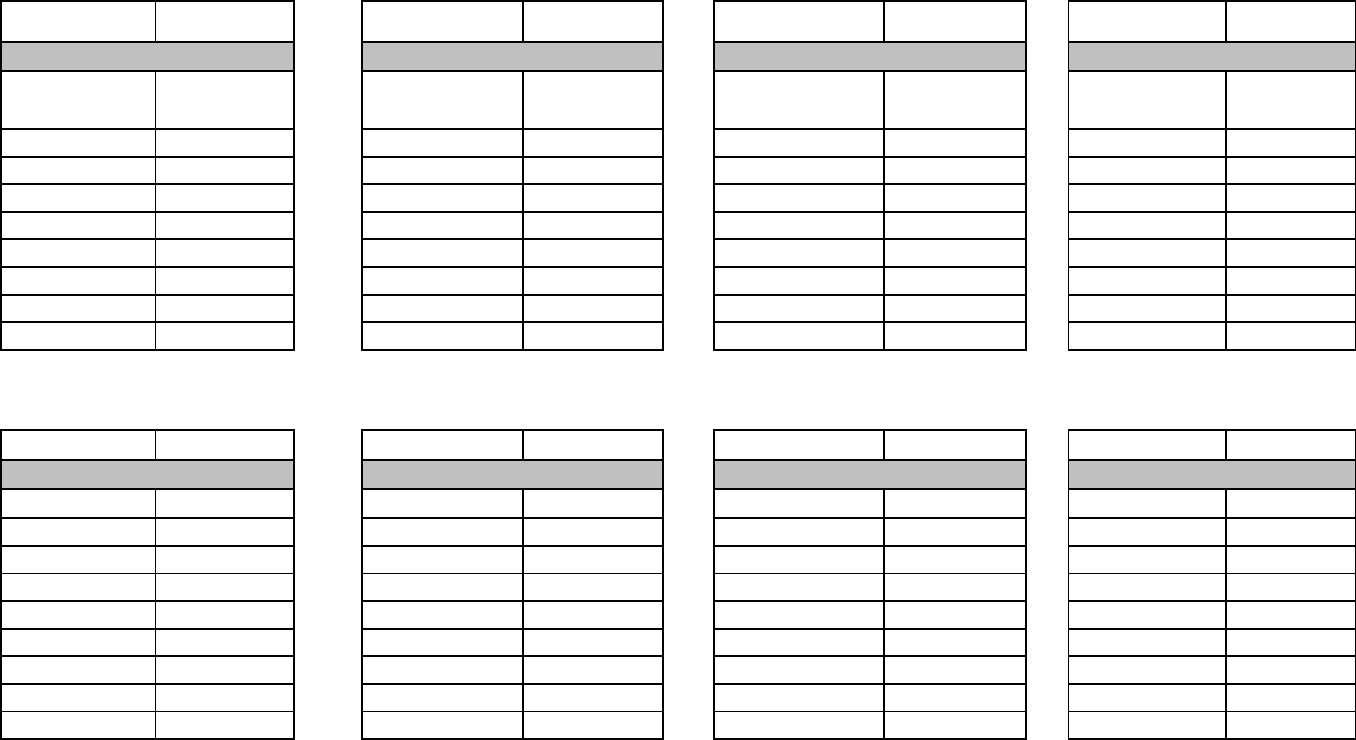
Motorola System Worksheet B (Fleet Maps)
Fleet Map #: Fleet Map #: Fleet Map #: Fleet Map #:
Block Information: Block Information: Block Information: Block Information:
Block Size Code Block Size Code Block Size Code Block Size Code
Block 0 Block 0 Block 0 Block 0
Block 1 Block 1 Block 1 Block 1
Block 2 Block 2 Block 2 Block 2
Block 3 Block 3 Block 3 Block 3
Block 4 Block 4 Block 4 Block 4
Block 5 Block 5 Block 5 Block 5
Block 6 Block 6 Block 6 Block 6
Block 7 Block 7 Block 7 Block 7
Fleet Map #: Fleet Map #: Fleet Map #: Fleet Map #:
Block Information: Block Information: Block Information: Block Information:
Block Size Code Block Size Code Block Size Code Block Size Code
Block 0 Block 0 Block 0 Block 0
Block 1 Block 1 Block 1 Block 1
Block 2 Block 2 Block 2 Block 2
Block 3 Block 3 Block 3 Block 3
Block 4 Block 4 Block 4 Block 4
Block 5 Block 5 Block 5 Block 5
Block 6 Block 6 Block 6 Block 6
Block 7 Block 7 Block 7 Block 7

EditBandPlan < UnidenMan4 < TWiki
Edit Band Plan
(Motorola systems only) The scanner prompts you to choose one of the two standard
band plan types: 800/900 Standard or 800 Splinter. Choose Custom if you need to create
your own band plan.
● Creating a custom band plan
❍ Band plan number
❍ Set Base Freq
❍ Set Offset
❍ Set Spacing
❍ Rebanded Motorola Systems
Creating a custom band plan
You will need to create a custom band plan for a Motorola VHF, UHF, and 800 MHz
Rebanded system. When you select Custom , the scanner prompts you for the following
information:
Band plan number
Select one of the 6 available band plan numbers, from Band Plan 1 through Band Plan
6 .
Set Base Freq
1. Input the lower limit of the band frequency.
2. Input the upper limit of the band frequency.
(See Calculating upper base frequencies for more information.)
Set Offset
Enter the offset.
file:///C|/Documents%20and%20Settings/POpitz/My%20Documents/temp/CDImage_090515/Manual/EditBandPlan.html (1 of 3)5/26/2009 11:15:05 AM
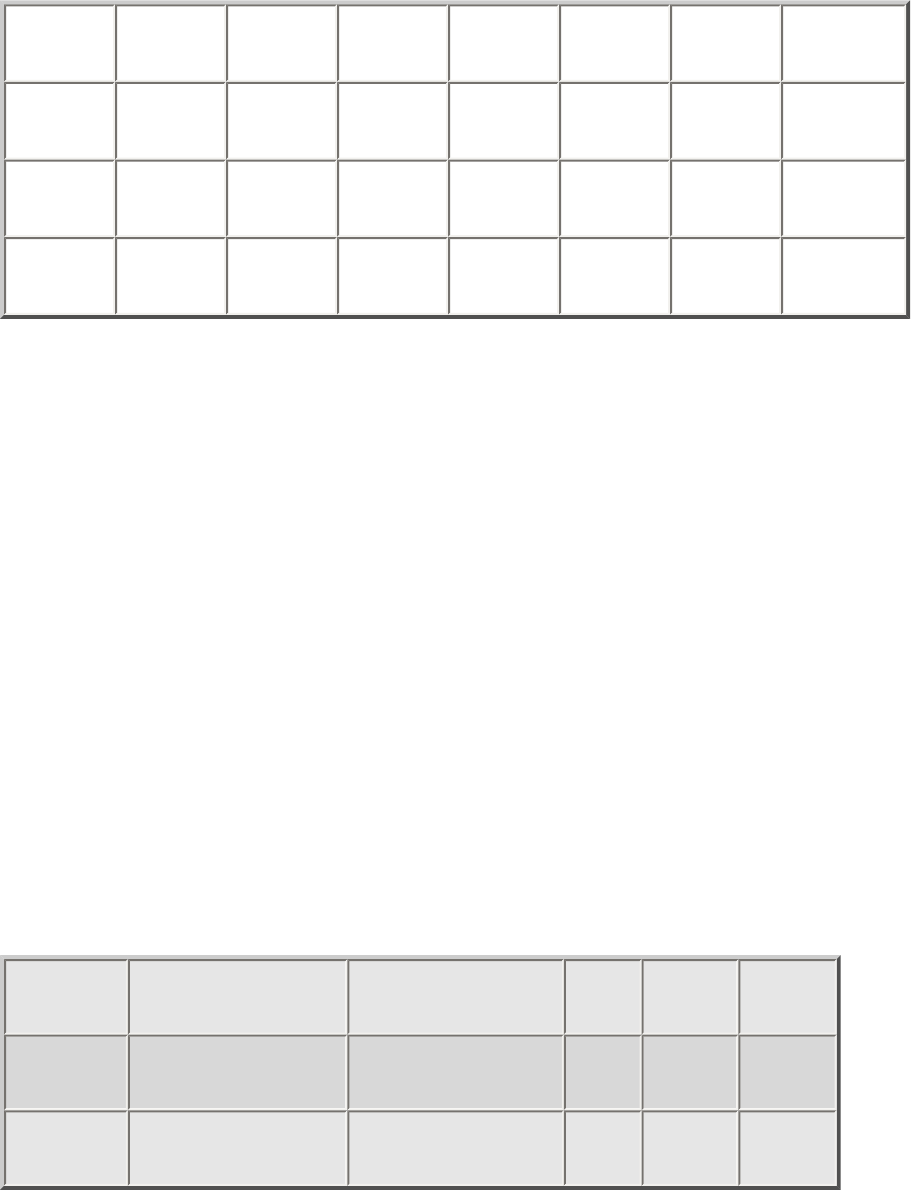
EditBandPlan < UnidenMan4 < TWiki
Set Spacing
Select the number of kHz between each channel. Your options are:
5.00 6.25 10.00 12.50 15.00 18.75 20.00 25.00
30.00 31.25 35.00 37.50 40.00 43.75 45.00 50.00
55.00 56.25 60.00 62.50 65.00 68.75 70.00 75.00
80.00 81.25 85.00 87.50 90.00 93.75 95.00 100.00
Rebanded Motorola Systems
When you create a system that has been rebanded to use the frequencies newly added for
use by the FCC, you have the option now of selecting 800MHz Custom as the Motorola
system type.
Once you create the system, you can set the custom band plan as follows:
1. Edit System Option --> Edit Band Plan
2. Select the band plan entry to edit.
3. Set each of the following entries for the band plan:
a. Set Base Freq (Lower and Upper)
b. Set Offset
c. Set Spacing
For standard rebanded systems, you need to set Band Plan 1 and Band Plan 2 as:
Band Plan Base Freq (Lower) Base Freq (Upper) Offset Polarity Spacing
1 851.025MHz 854.000MHz 440 + 25 kHz
2 851.0125MHz 868.9875MHz 0 + 25 kHz
file:///C|/Documents%20and%20Settings/POpitz/My%20Documents/temp/CDImage_090515/Manual/EditBandPlan.html (2 of 3)5/26/2009 11:15:05 AM
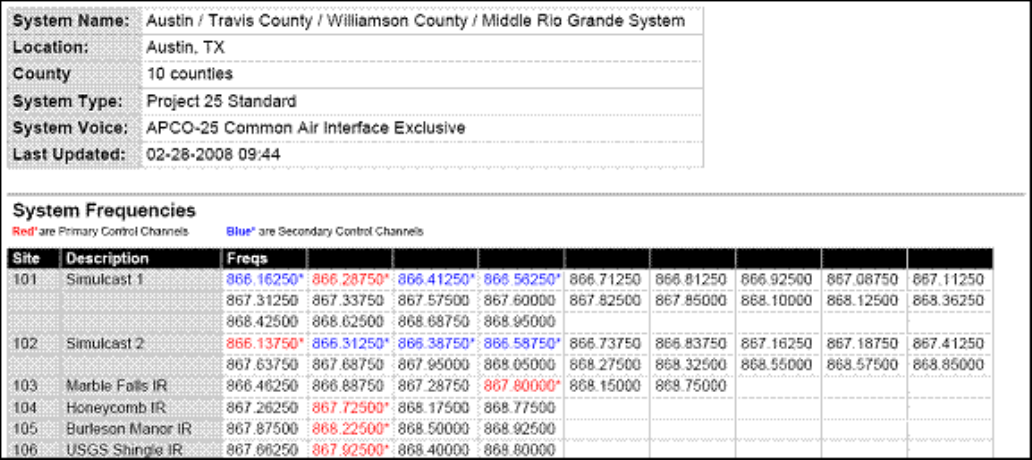
file:///C|/Documents%20and%20Settings/POpitz/My%20Documents/temp/C..._090515/Manual/rsrc/UnidenMan4/StandardP25TrunkedSystems/RRP25.gif
file:///C|/Documents%20and%20Settings/POpitz/My%20Docum...ual/rsrc/UnidenMan4/StandardP25TrunkedSystems/RRP25.gif5/26/2009 11:15:18 AM
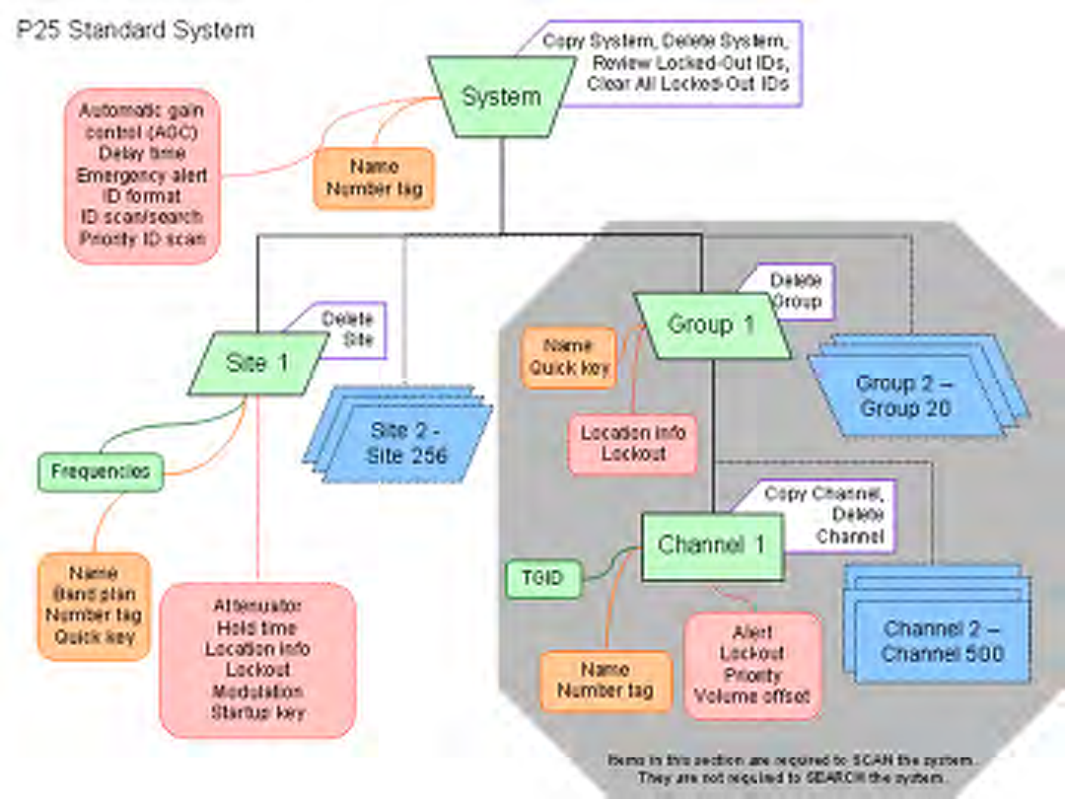
P25.pngfile:///C|/Documents%20and%20Settings/POpitz/My%20Documents/temp/C...515/Manual/rsrc/UnidenMan4/StandardP25TrunkedSystems/Layout
:20 AMfile:///C|/Documents%20and%20Settings/POpitz/My%20Docum...rsrc/UnidenMan4/StandardP25TrunkedSystems/LayoutP25.png5/26/2009 11:15
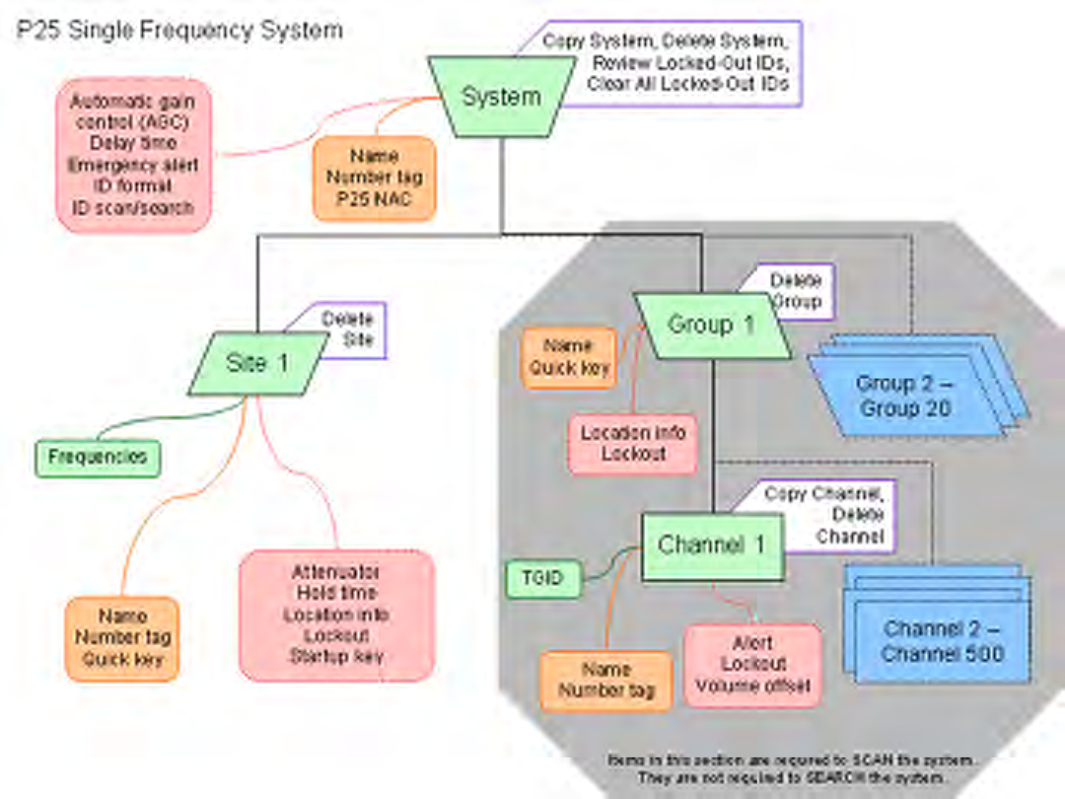
file:///C|/Documents%20and%20Settings/POpitz/My%20Documents/temp/...rc/UnidenMan4/SingleFrequencyP25TrunkedSystems/LayoutP251freq.PNG
file:///C|/Documents%20and%20Settings/POpitz/My%20Docum...an4/SingleFrequencyP25TrunkedSystems/LayoutP251freq.PNG5/26/2009 11:15:21 AM

CalculatingUpperBaseFrequencies < UnidenMan4 < TWiki
Calculating upper base frequencies
Custom Band Plans (800 Custom, VHF, UHF) require that you enter both a lower and an
upper base frequency value. Here's how to determine these values.
The Lower Base Frequency (or Base ) is always the base frequency as provided in the
RRDB. The Upper Base Frequency is calculated from the following formulas:
For sites with a single band plan:
Base + ( (759 – Offset ) ×
Step )
Where:
● Base = the lower base frequency listed in RRDB.
● Offset = the offset for this entry.
● Step = the step for this entry.
For sites with multiple band plans:
Upper Basen = Basen + ( Offsetn+1 – 1 – Offsetn ) ×
Stepn
Where:
● Basen is the lower base frequency for the entry.
● Offsetn+1 is the Offset for the next band plan (for the last table, use 760)
● Offsetn is the offset for this band plan
● Stepn is the step for this band.
For example:
Custom Frequency Table
file:///C|/Documents%20and%20Settings/POpitz/My%20Do...e_090515/Manual/CalculatingUpperBaseFrequencies.html (1 of 3)5/26/2009 11:15:48 AM

CalculatingUpperBaseFrequencies < UnidenMan4 < TWiki
Entry Base Spacing Offset
A 155.4150 15.0 380
B 157.2000 12.5 436
C 157.4700 15.0 454
Plugging these values into our formula, we get:
For entry A:
Upper
BaseA = BaseA + ( OffsetB –
1
–
OffsetA ) × StepA
Upper
BaseA = 155.415 MHz
+ (436 – 1 – 380) × 15kHz
Upper
BaseA = 155.415 MHz
+ 55 × 0.015
MHz
Upper
BaseA = 155.415 MHz
+ 0.825 MHz
Upper
BaseA = 156.240 MHz
For entry B:
Upper
BaseB = BaseB + ( OffsetC –
1
–
OffsetB ) × StepB
file:///C|/Documents%20and%20Settings/POpitz/My%20Do...e_090515/Manual/CalculatingUpperBaseFrequencies.html (2 of 3)5/26/2009 11:15:48 AM

CalculatingUpperBaseFrequencies < UnidenMan4 < TWiki
Upper
BaseB = 157.200 MHz
+ (454 – 1 – 436) × 12.5 kHz
Upper
BaseB = 157.200 MHz
+ 17 × 0.0125
MHz
Upper
BaseB = 157.200 MHz
+ 0.2125 MHz
Upper
BaseB = 157.4125 MHz
For entry C:
Upper
BaseC = BaseC + ( OffsetC+1 –
1
–
OffsetC ) × StepC
Upper
BaseC = 157.470 MHz
+ (760 – 1 – 454) × 15 kHz
Upper
BaseC = 157.470 MHz
+ 305 × 0.015
MHz
Upper
BaseC = 157.470 MHz
+ 4.575 MHz
Upper
BaseC = 162.045 MHz
( Click here to download a spreadsheet that will do all the math for you.)
This page applies to the following scanner(s): BCD996XT BCT15X BCD396XT
BC346XT Users Guide
file:///C|/Documents%20and%20Settings/POpitz/My%20Do...e_090515/Manual/CalculatingUpperBaseFrequencies.html (3 of 3)5/26/2009 11:15:48 AM

CloseCall < UnidenMan4 < TWiki
Close Call
To determine whether the information on this page applies to your
scanner, see the tags at the bottom of the page.
The Close Call (CC) feature searches for signals that are stronger than other signals on
the band (indicating the transmitter is probably somewhere close by). This menu lets you
change the operation settings of the close call feature; you can change the overall close
call options through the Srch/CloCall Opt menu.
● Close Call Only
● CC Auto Store
● Hits with Scan
❍ Set Quick Key
❍ Set Number Tag
❍ Set Lockout
❍ Set Hold Time
● Set CC Mode
● Set CC Override
● Set CC Alert
❍ Set Alert Tone
❍ Set Alert Light
❍ Set CC Pause
● Set CC Bands
Close Call Only
Search the selected bands for close call hits; the scanner stops all other scanning for a
close call only search.
CC Auto Store
Start a close call search. When a close call hit is detected, the scanner stores that
frequency in the system named Close Call in the Found Channels group. The scanner
saves found channels until it reaches the number set in the Max Auto Store setting on the
file:///C|/Documents%20and%20Settings/POpitz/My%20Documents/temp/CDImage_090515/Manual/CloseCall.html (1 of 5)5/26/2009 11:15:49 AM

CloseCall < UnidenMan4 < TWiki
Srch/CloCall Opt menu.
Hits with Scan
The scanner stores the 10 most recent close call hits to a temporary system; you can set
the options for this temporary system, just like you can for permanent systems. The
scanner deletes the 10 saved frequencies in this temporary system when you turn the
power off. If you want to save the any of these frequencies permanently, you need to
store them to a programmed system or use the CC Auto Store feature.
Set Quick Key
Assign this system or site to a Quick Key so you can easily enable or disable it during
scanning. Enter a number from 0 to 99; tap NO (the decimal point) if you don't want to
assign this system or site to a Quick Key. (For more information, see Quick Keys.)
Set Number Tag
Assign a number to this system you can use to tune directly to the system. Choose a
number from 0 to 999. (For more information, see Number Tags.) Note that you can only
set a system number tag for the Close Call system.
Set Lockout
Decide whether you want to lock out the system so the scanner will ignore it during Scan
and Search modes. If you lock out the system none of the found channels will be scanned
conventionally.
Unlocked: The system is not locked out.
Temporary L/O: The system is locked out until you turn the scanner off and back on.
Lockout: The system is permanently locked out.
Set Hold Time
Set the minimum number of seconds the scanner should spend checking this system or
file:///C|/Documents%20and%20Settings/POpitz/My%20Documents/temp/CDImage_090515/Manual/CloseCall.html (2 of 5)5/26/2009 11:15:49 AM

CloseCall < UnidenMan4 < TWiki
site even if there is no traffic on any channel. (The scanner always checks each channel
in a system or site once even if the hold time is set to 0 seconds.) Select the number of
seconds from 0 through 255 (0 is the default).
Set CC Mode
Choose whether scanner runs close call checks in the background, while you're
performing other scans or searches. (The scanner never runs close call checks when
you're in weather mode or tone-out mode.)
● Off : The scanner does not run close call checks in the background.
● CC DND : The scanner runs close call checks every 2 seconds, but it will not
leave an active channel for a close call check.
● CC Pri : The scanner runs close call checks every 2 seconds, even if the current
channel is active. The scanner runs the close call check even while you are
monitoring a transmission.
Set CC Override
Choose On if you want the scanner to stop its current operation and automatically jump
to the frequency when it detects a close call hit. Choose Off if you want the scanner to
alert you to the close call hit and prompt you to change frequency; if you choose not to
change frequency, the scanner times out and returns to its previous operation.
Set CC Alert
Decide whether the scanner triggers an alert tone and light when it detects a close call
hit. (Compare this to the system setting Emergency Alert, which triggers a tone and light
when a Talk Group contains an emergency flag.) The available options for Set Alert
Tone and Set Alert Light are common to both types of alerts.
Set Alert Tone
Set Alert Light
Set CC Pause
file:///C|/Documents%20and%20Settings/POpitz/My%20Documents/temp/CDImage_090515/Manual/CloseCall.html (3 of 5)5/26/2009 11:15:49 AM
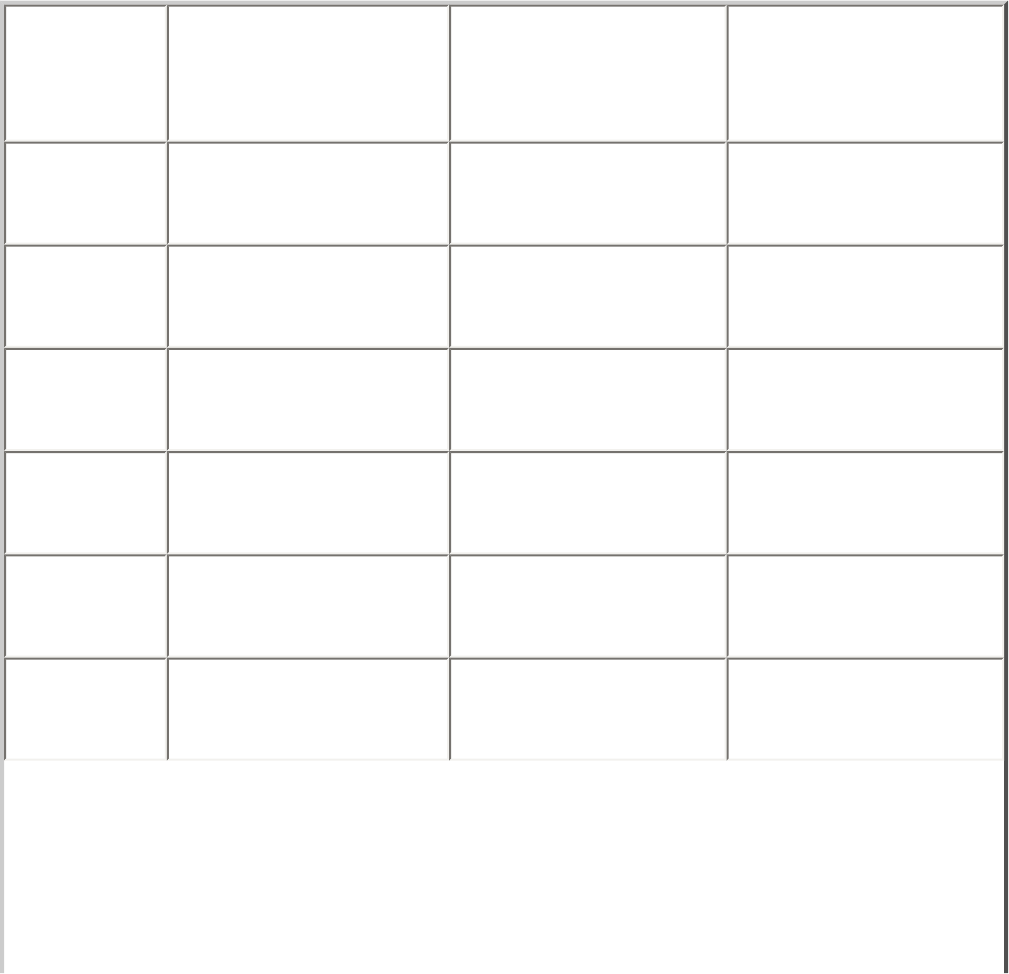
CloseCall < UnidenMan4 < TWiki
Choose how long you want the scanner to pause on a close call hit before going back to
its previous operation; this setting only applies when the Set CC Override feature is
turned off. Choose a pause time of 3, 5, 10, 15, 30, 45, or 60 seconds. If you want the
scanner to wait for your input whenever it detects a close call hit, select Infinite.
Set CC Bands
Choose whether you want the scanner to search for close call hits on the frequency bands
listed below. Select each band you want to search, then press YES to turn that band On .
The scanner only searches for close call hits on bands that are turned on.
Band BCD396XT and
BCD996XT
frequencies
BC346XT
frequencies BCT15X
frequencies
VHF Low
1 25.0000–53.9800
MHz 25.0000–53.9800
MHz 25.0000-53.9800
MHz
VHF Low
2 54.0000–107.9000
MHz 54.0000–107.9000
MHz 54.0000-107.9000
MHz
Air Band 108.0000–136.9916
MHz 108.0000–136.9916
MHz 108.0000-136.9916
MHz
VHF High
1 137.0000–224.9800
MHz 137.0000–224.9800
MHz 137.0000-224.9800
MHz
VHF High
2 225.0000–319.9500
MHz Not available 225.0000-319.9500
MHz
UHF 320.0000–512.0000
MHz 400.0000–512.0000
MHz 320.0000-512.0000
MHz
file:///C|/Documents%20and%20Settings/POpitz/My%20Documents/temp/CDImage_090515/Manual/CloseCall.html (4 of 5)5/26/2009 11:15:49 AM
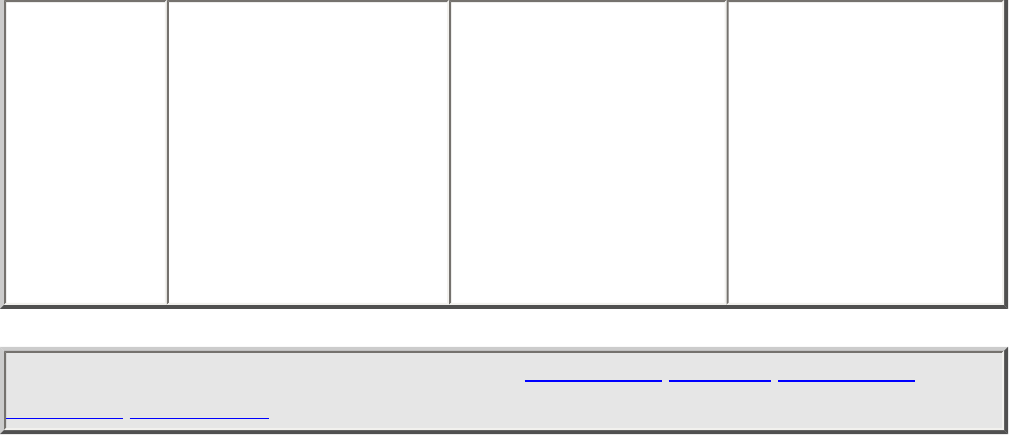
CloseCall < UnidenMan4 < TWiki
800 MHz
+ 758.0000–823.9875
MHz
849.0125–868.9875
MHz
894.0125–960.0000
MHz
1240.0000–
1300.0000 MHz
806.0000–823.9875
MHz
849.0125–868.9875
MHz
894.0125–960.0000
MHz
1240.0000–
1300.0000 MHz
758.0000-823.9875
MHz
849.0125-868.9875
MHz
894.0125-960.0000
MHz
1240.0000-
1300.0000 MHz
This page applies to the following scanner(s): BCD996XT BCT15X BCD396XT
BC346XT Users Guide
file:///C|/Documents%20and%20Settings/POpitz/My%20Documents/temp/CDImage_090515/Manual/CloseCall.html (5 of 5)5/26/2009 11:15:49 AM
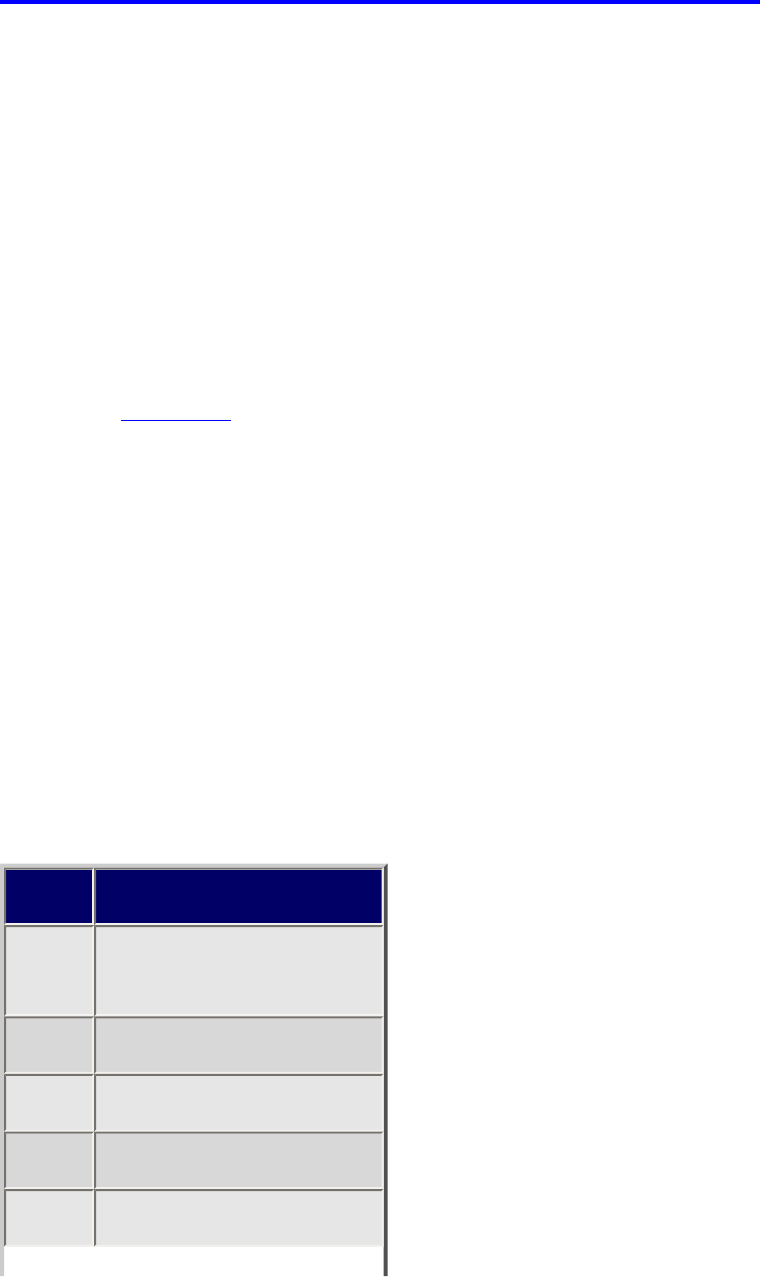
IntroductionToSAMEMessages < UnidenMan4 < TWiki
Introduction to SAME messages
Hazard alerts are transmitted with Specific Area Message Encoding (SAME) data, which
includes:
● Nature of the alert
● Hazard level
● Affected counties
● Expiration time
Receivers that can decode the SAME data can filter alerts by area and/or hazard level
and show details about the alert on a display. For a table of all the alerts and the code
meanings, click here.
FIPS Codes
The US National Weather Service uses 6-digit Federal Information Processing System
(FIPS) codes to issue hazard alerts in specific areas. You can choose which areas you
want to hear alerts for by programming the appropriate FIPS codes into your receiver:
the receiver only sounds the alert tone if an incoming FIPS code matches one of the
areas you entered.
Each county (or parish, etc.) is designated by a 5-digit FIPS code; parts of a county are
marked by a section code inserted at the front:
Code Country area
0 Entire County
(default)
1 Northwest
2 North Central
3 Northeast
4 West Central
file:///C|/Documents%20and%20Settings/POpitz/My%20D...Image_090515/Manual/IntroductionToSAMEMessages.html (1 of 2)5/26/2009 11:15:50 AM
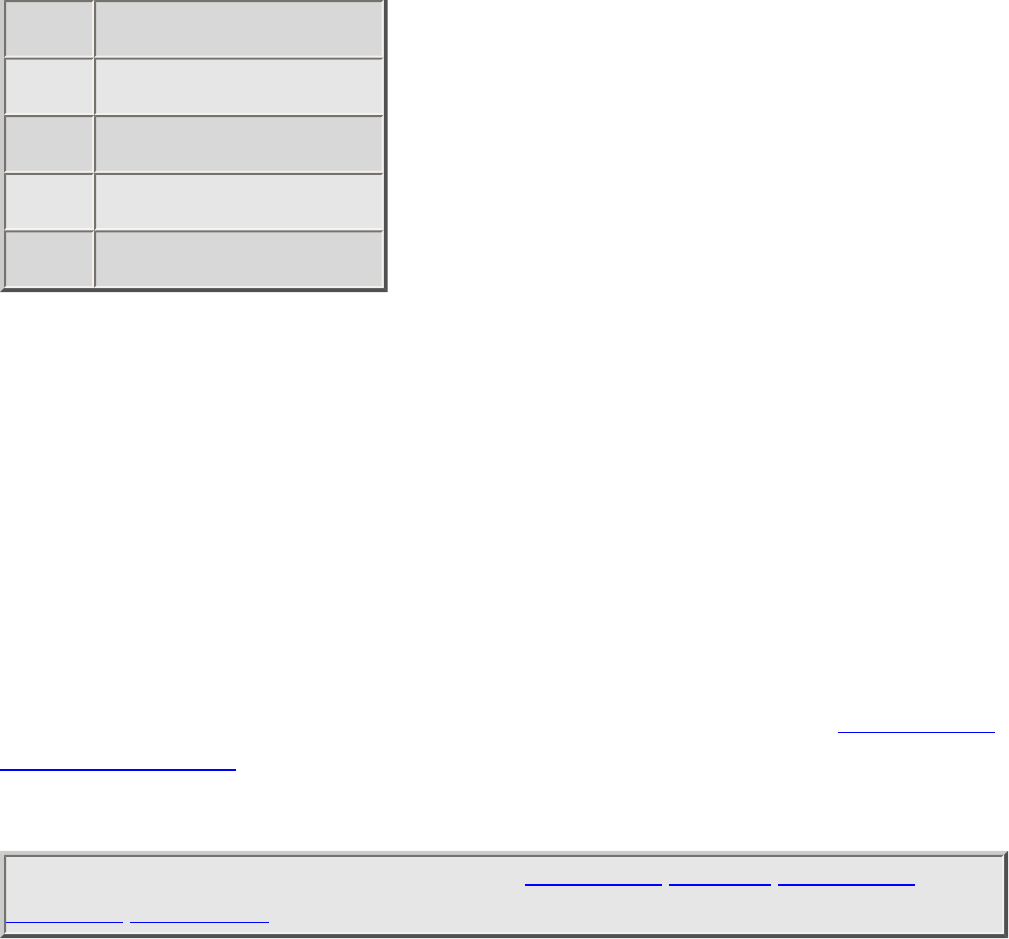
IntroductionToSAMEMessages < UnidenMan4 < TWiki
5 Central
6 East Central
7 Southwest
8 South Central
9 Southeast
● Very few counties are large enough to use the section code; most counties just
code all hazards as 0 for the entire county.
● If you use 0 for the section code, you will receive all alerts for that county
regardless of the transmitted section code (because the entire county includes all
sections of the county).
● If you use any other section code, you will only receive alerts for that section and
entire county alerts. For example, if you program the section code as 5 (Central),
you will receive alerts transmitted with section code 0 and section code 5. You
will not receive alerts that are transmitted with section codes 1 through 4 or 6
through 9.
For a complete index of the FIPS codes used in SAME broadcasts, see the United States
and Territories Table at the National Weather Radio website, or call 1-888-NWR-
SAME (1-888-697-7263) for a voice menu.
This page applies to the following scanner(s): BCD996XT BCT15X BCD396XT
BC346XT Users Guide
file:///C|/Documents%20and%20Settings/POpitz/My%20D...Image_090515/Manual/IntroductionToSAMEMessages.html (2 of 2)5/26/2009 11:15:50 AM
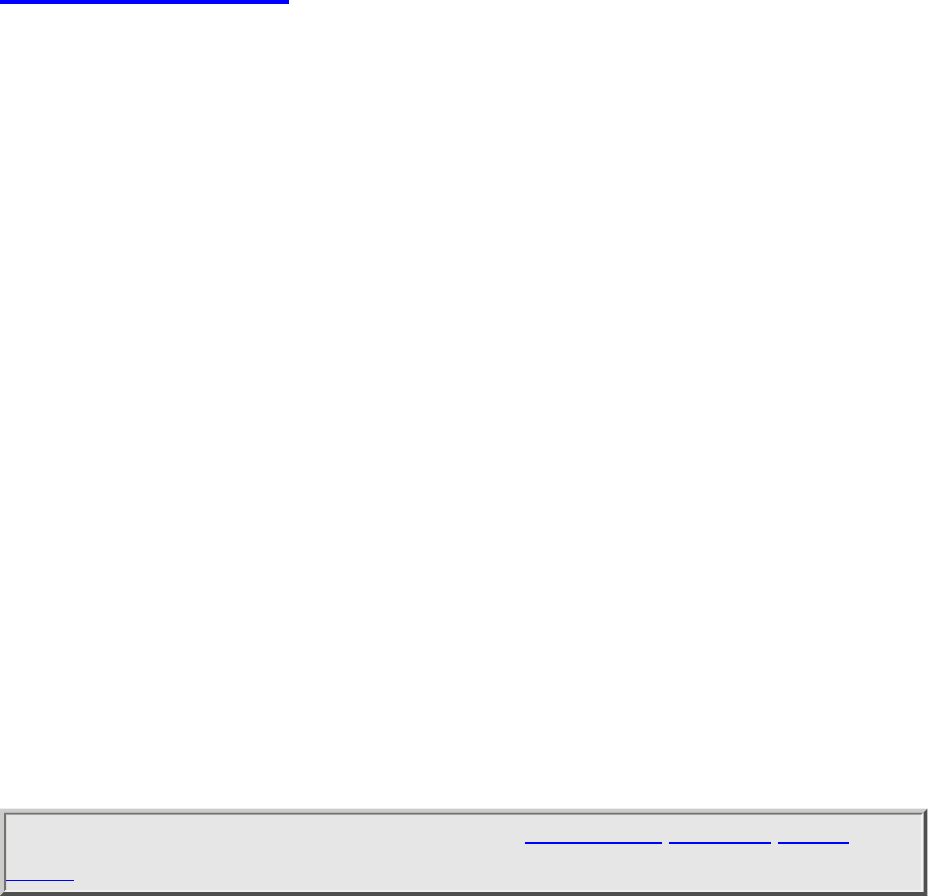
MobileWiredClone < UnidenMan4 < TWiki
Wired Clone
This feature allows you to copy all the settings from one scanner to another of the same
model:
1. Use one of the included data cables to connect the two scanners. Plug the DB9
end into the rear port of one scanner and the other end into the front port of the
other scanner.
2. On the scanner you want to copy from, go to the Wired Clone menu and select
Master then select the port (Front Port or Rear Port) that the cable is connected
to on that scanner .
3. On the scanner you want to copy to, go to the Wired Clone menu and select Slave
then select the port (Front Port or Rear Port) that the cable is connected to on
that scanner .
The master scanner checks to make sure the slave is properly connected and ready to
receive, then begins the data transfer. Do not disconnect the data cable or turn off
either scanner during the transfer.
When the transfer is finished, both scanners display a Complete message. Reboot the
slave scanner to load the new settings.
All settings and data saved on the Slave scanner will be erased!
This page applies to the following scanner(s): BCD996XT BCT15X Users
Guide
file:///C|/Documents%20and%20Settings/POpitz/My%20Documents/temp/CDImage_090515/Manual/MobileWiredClone.html5/26/2009 11:15:51 AM
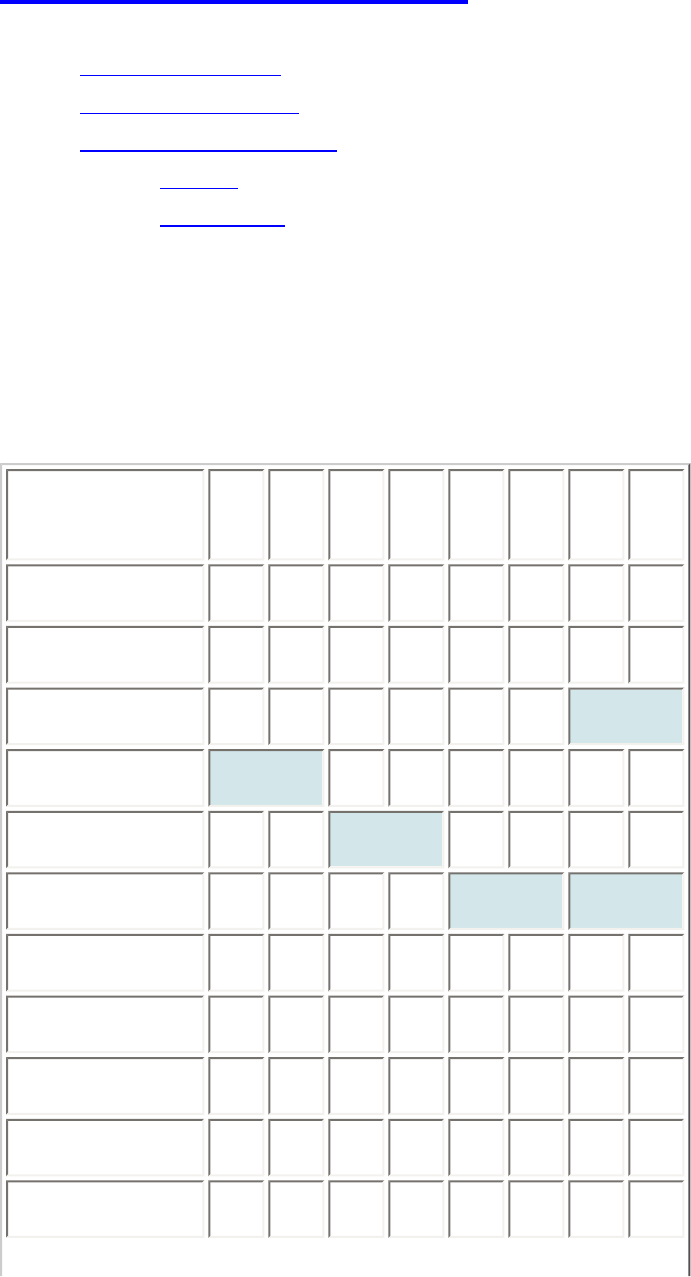
MotorolaFleetMaps < UnidenMan4 < TWiki
Motorola fleet maps
● Preset Fleet Maps
● Custom Fleet Maps
● How Fleet Maps Work
❍ Blocks
❍ Size Codes
Preset Fleet Maps
The scanner contains 16 pre-programmed fleet maps you can select. The table below
gives the size code for each block of the preset fleet maps:
Block
number 0 1 2 3 4 5 6 7
Preset 1 11 11 11 11 11 11 11 11
Preset 2 4 4 4 4 4 4 4 4
Preset 3 4 4 4 4 4 4 12
Preset 4 12 4 4 4 4 4 4
Preset 5 4 4 12 4 4 4 4
Preset 6 3 10 4 4 12 12
Preset 7 10 10 11 4 4 4 4 4
Preset 8 1 1 2 2 3 3 4 4
Preset 9 4 4 0 0 0 0 0 0
Preset 10 0 0 0 0 0 0 4 4
Preset 11 4 0 0 0 0 0 0 0
file:///C|/Documents%20and%20Settings/POpitz/My%20Do...ts/temp/CDImage_090515/Manual/MotorolaFleetMaps.html (1 of 4)5/26/2009 11:15:52 AM
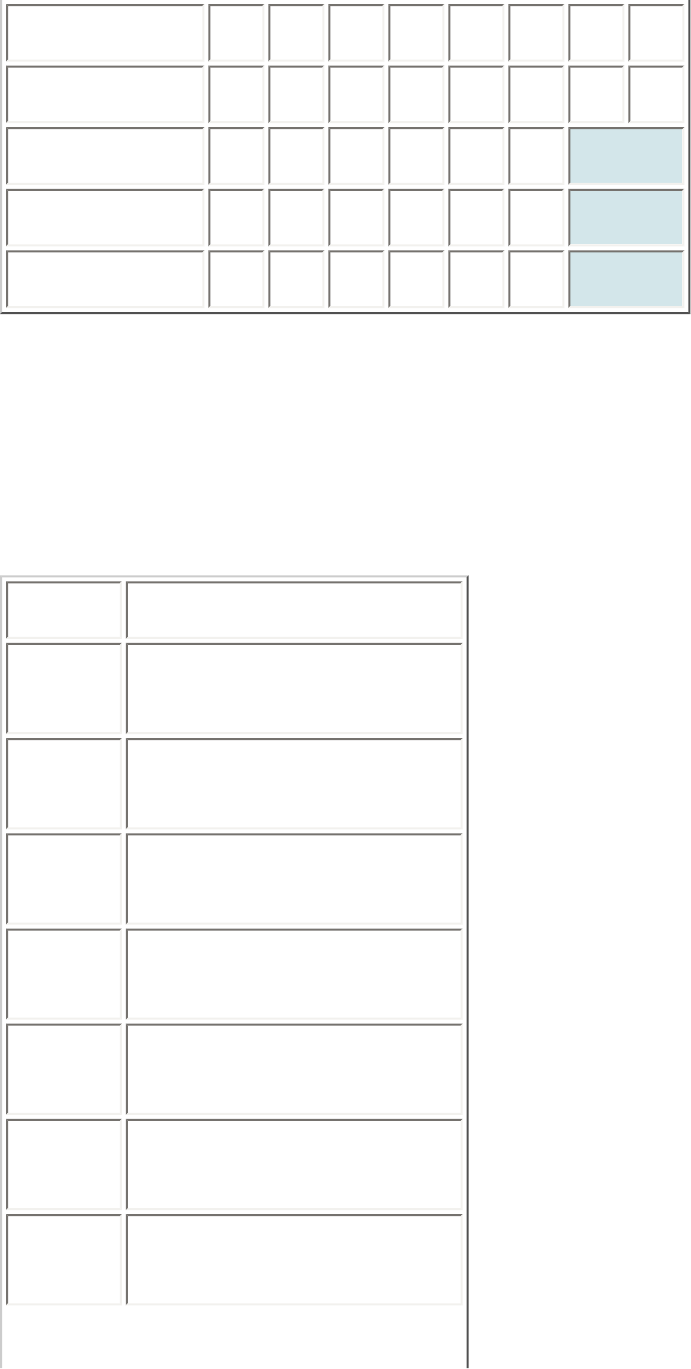
MotorolaFleetMaps < UnidenMan4 < TWiki
Preset 12 0 0 0 0 0 0 0 4
Preset 13 3 3 11 4 4 0 0 0
Preset 14 4 3 10 4 4 4 12
Preset 15 4 4 4 11 11 0 12
Preset 16 3 10 10 11 0 0 12
Custom Fleet Maps
To program a custom fleet map, select Custom under the Edit Fleet Map option. Then,
select the appropriate size code for each block. Remember, not all size codes are
available for all blocks:
Block Valid Size Codes
Block
0 0 - 14
Block
1 0 - 13 (14 not valid)
Block
2 0 - 13 (14 not valid)
Block
3 0 - 13 (14 not valid)
Block
4 0 - 13 (14 not valid)
Block
5 0 - 12 (13, 14 not valid)
Block
6 0 - 12 (13, 14 not valid)
file:///C|/Documents%20and%20Settings/POpitz/My%20Do...ts/temp/CDImage_090515/Manual/MotorolaFleetMaps.html (2 of 4)5/26/2009 11:15:52 AM
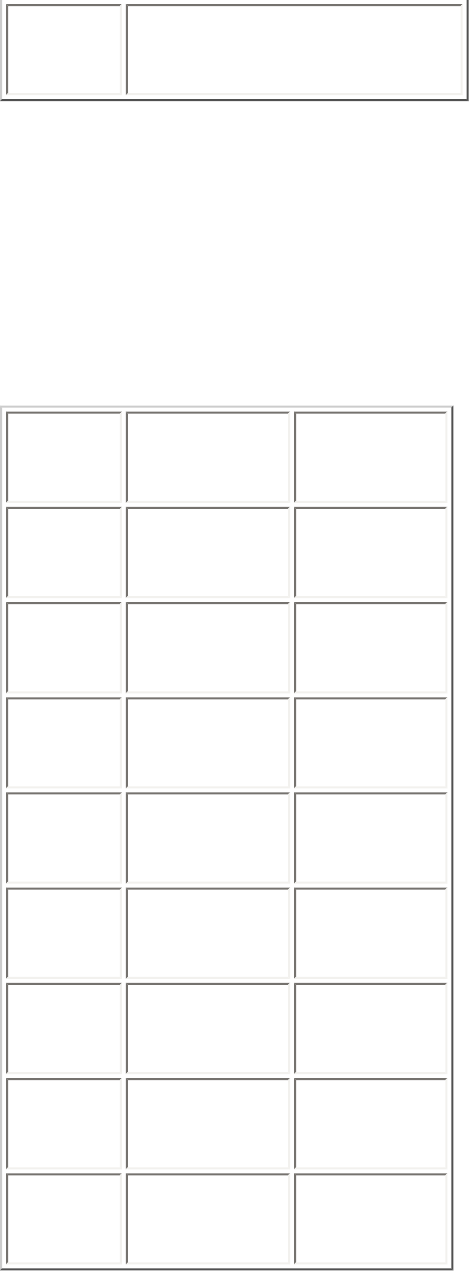
MotorolaFleetMaps < UnidenMan4 < TWiki
Block
7 0 - 11 (12, 13, 14 not
valid)
How Fleet Maps Work
Blocks
Talk Group IDs can range from 0 to 65,535. To make it easier to handle this many IDs,
the system divides the TGID range into 8 equal blocks :
Block Starting
ID Ending
ID
Block
0 0 8191
Block
1 8192 16383
Block
2 16384 24575
Block
3 24576 32767
Block
4 32768 40959
Block
5 40960 49151
Block
6 49152 57343
Block
7 57344 65535
Size Codes
file:///C|/Documents%20and%20Settings/POpitz/My%20Do...ts/temp/CDImage_090515/Manual/MotorolaFleetMaps.html (3 of 4)5/26/2009 11:15:52 AM
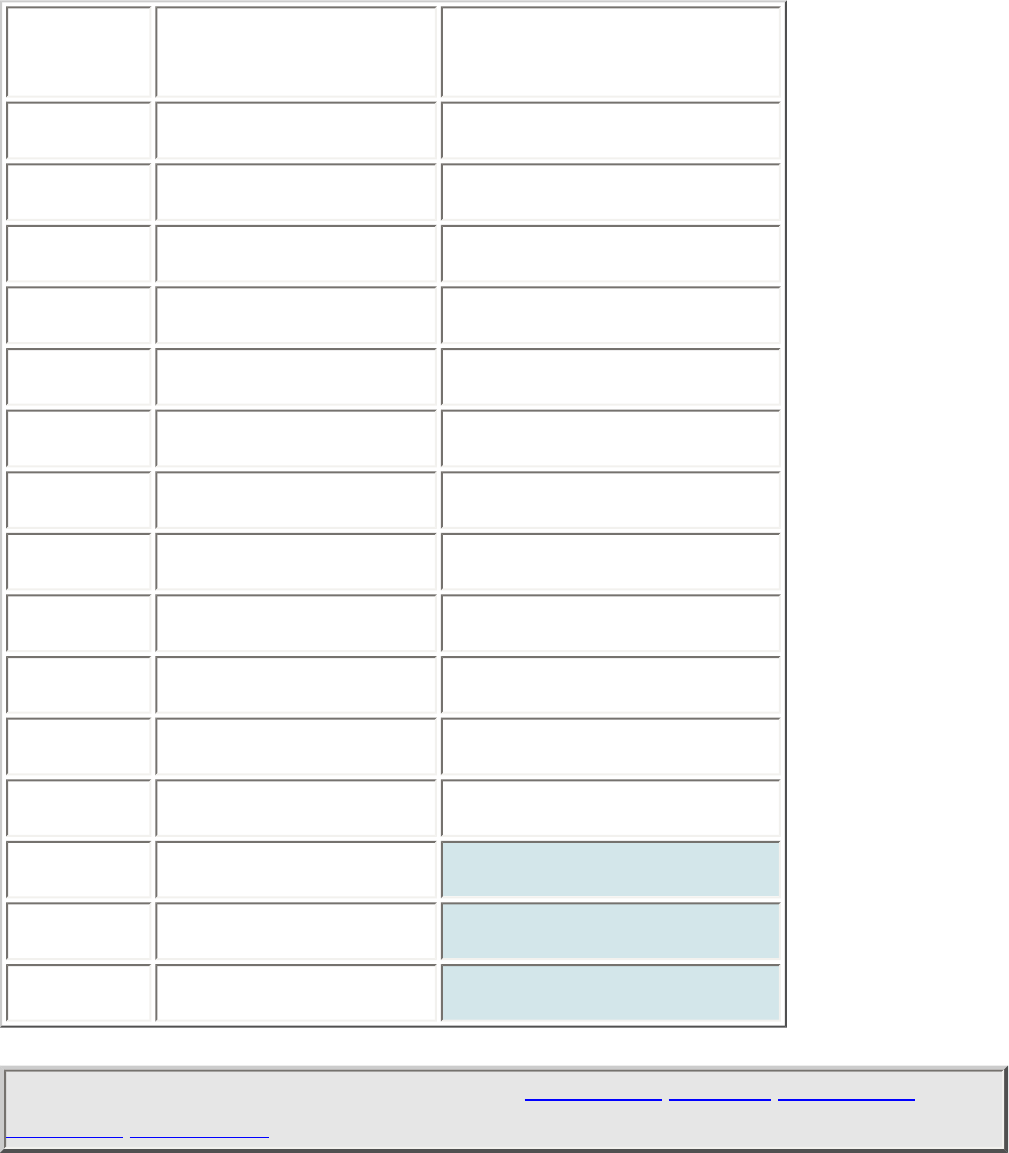
MotorolaFleetMaps < UnidenMan4 < TWiki
Each block is assigned a size code based on the way the control channel sends the TGID
data. Note that codes 12, 13, and 14 take up more than one block:
Size
Code Fleet / SubFleet? /
ID Number of Blocks
Needed
0 (as Type II ID) 1
1 128 / 4 / 16 1
2 16 / 8 / 64 1
3 8 / 8 / 128 1
4 1 / 16 / 512 1
5 64 / 4 / 32 1
6 32 / 8 / 32 1
7 32 / 4 / 64 1
8 16 / 4 / 128 1
9 8 / 4 / 256 1
10 4 / 8 / 256 1
11 2 / 16 / 256 1
12 1 / 16 / 1024 2
13 1 / 16 / 2048 4
14 1 / 16 / 4096 8
This page applies to the following scanner(s): BCD996XT BCT15X BCD396XT
BC346XT Users Guide
file:///C|/Documents%20and%20Settings/POpitz/My%20Do...ts/temp/CDImage_090515/Manual/MotorolaFleetMaps.html (4 of 4)5/26/2009 11:15:52 AM

PriorityScan < UnidenMan4 < TWiki
Priority Scan
To determine whether the information on this page applies to your
scanner, see the tags at the bottom of the page.
This section applies to conventional system priority mode only. For priority on trunked
systems, turn on the Priority ID system option and set the desired channels as priority
channels.
Priority mode has two "sub modes" (similar to Close Call and Close Call Only):
● In Priority Scan mode, the scanner pauses the current operation at a designated
interval to check for activity on any unlocked channels set as priority channels.
After the priority channel check is complete, the scanner resumes the previous
operation.
● In Priority Plus Scan mode, the scanner stops the current operation and only
checks the priority channels.
● Priority Scan menu
❍ Set Priority
❍ Set Interval
❍ MaxCHs/Pri-Scan
Priority Scan menu
Use the Priority Scan menu to control how Priority mode operates:
Set Priority
Choose one of the following priority scan methods:
● On : Enter Priority Scan mode; also, the scanner performs a normal priority scan
whenever you enter Priority mode in the future.
● Plus On : Enter Priority Plus Scan mode; also, the scanner performs a priority
plus scan whenever you enter Priority mode in the future.
● Off : Exit Priority mode, and do not go into Priority mode in the future.
file:///C|/Documents%20and%20Settings/POpitz/My%20Documents/temp/CDImage_090515/Manual/PriorityScan.html (1 of 2)5/26/2009 11:15:53 AM

PriorityScan < UnidenMan4 < TWiki
Set Interval
Decide how many seconds you want the scanner to wait between priority channel
checks. Enter a number between 1 and 10 seconds. (This setting is used in normal
priority scans only.)
MaxCHs/Pri-Scan
Decide how many priority channels the scanner checks during each interval. Enter a
number between 1 and 100. If the number of priority channels is greater than the number
you enter here, the scanner divides them into groups. For example, if you set the
maximum channels to 20 and there are 100 priority channels, the scanner checks those
100 channels in groups of 20 and takes a total of 5 intervals to complete the priority
scan.
This page applies to the following scanner(s): BCD996XT BCT15X BCD396XT
BC346XT Users Guide
file:///C|/Documents%20and%20Settings/POpitz/My%20Documents/temp/CDImage_090515/Manual/PriorityScan.html (2 of 2)5/26/2009 11:15:53 AM
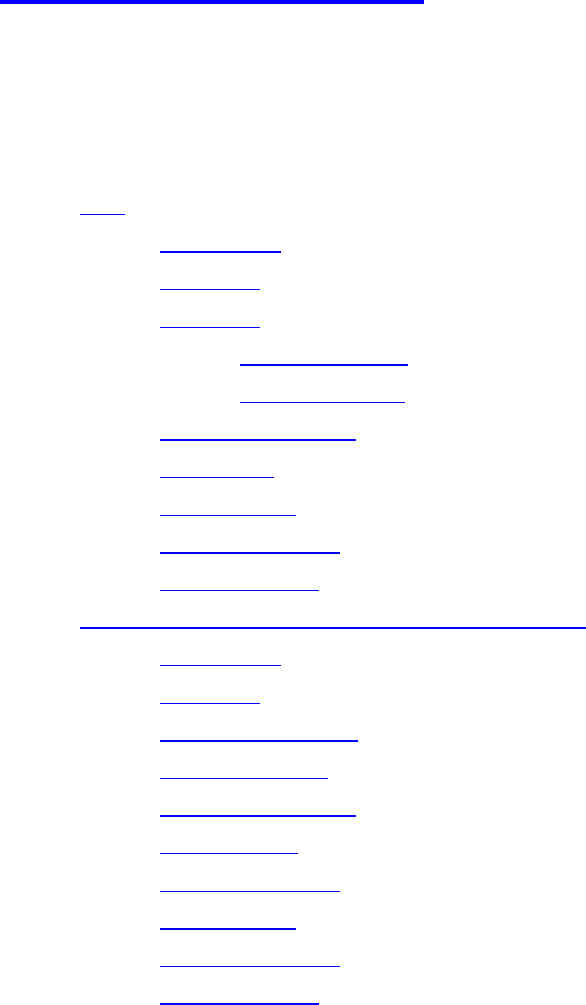
ProgramLocation < UnidenMan4 < TWiki
Program Location
The Program Location menu lets you create and edit points of interest ( POI ),
intersections( Dangerous Xing ), and roads ( Dangerous Road ). The available settings
vary for each location type.
● POI
❍ Edit Name
❍ Set Type
❍ Set Alert
■ Set Alert Light
■ Set Alert Tone
❍ Set Location Info
❍ Set Range
❍ Set Lockout
❍ Delete Location
❍ New Location
● Dangerous Xing and Dangerous Road menus
❍ Edit Name
❍ Set Type
❍ Set Alert Volume
❍ Set Alert Light
❍ Set Location Info
❍ Set Heading
❍ Set Speed Limit
❍ Set Lockout
❍ Delete Location
❍ New Location
POI
Edit Name
Enter a name or edit the existing one. Names can be 16 characters long, and they can
contain upper and lower case letters, punctuation, and spaces. Turn the SELECT-
file:///C|/Documents%20and%20Settings/POpitz/My%20Do...ents/temp/CDImage_090515/Manual/ProgramLocation.html (1 of 6)5/26/2009 11:15:53 AM

ProgramLocation < UnidenMan4 < TWiki
VOLUME-SQUELCH knob on the handheld scanners or the SCROLL / FUNCTION
knob on mobile scanners to choose the character you want, then press 6 (right cursor) to
move the cursor to the next character.
Set Type
When you create a location, the location is created as the type you are currently viewing
(POI, Dangerous Xing, or Dangerous Road). If you want to change the location type,
you can select the new location type here.
When you change the location type, the scanner goes back to the Program Location
menu. Select the new location type to edit this location; the scanner resets the available
options based on the new location type.
Set Alert
This menu lets you configure whether the scanner triggers an alert tone and light when
you approach this location.
Set Alert Light
This setting is exactly the same as its counterpart on the system, site, and channel menus.
Click on the setting for a complete explanation.
Set Alert Tone
Choose one of the available alert tones for this POI:
● Alert 1 :
1047 Hz for 125 ms / Silence for 50 ms / 1047 Hz for 125 ms / Silence for
50 ms / 1319 Hz for 125 ms / Silence for 50 ms / 1568 Hz for 125 ms /
Silence for 175 ms / 1319 Hz for 125 ms / Silence for 50 ms / 1568 Hz for
125 ms
● Alert 2 :
1047 Hz for 200 ms / Silence for 200 ms / 1760 Hz for 250 ms / Silence
file:///C|/Documents%20and%20Settings/POpitz/My%20Do...ents/temp/CDImage_090515/Manual/ProgramLocation.html (2 of 6)5/26/2009 11:15:53 AM

ProgramLocation < UnidenMan4 < TWiki
for 100 ms / 1397 Hz for 250 ms
● Alert 3 :
2093 Hz for 125 ms / Silence for 50 ms / 1976 Hz for 125 ms / Silence for
50 ms / 2093 Hz for 125 ms
● Alert 4 :
1319 Hz for 25 ms / Silence for 50 ms / 1397 Hz for 25 ms / Silence for 50
ms / 1175 Hz for 25 ms / Silence for 50 ms / 1319 Hz for 25 ms
● Off (No alert tone sounded).
If you select an alert tone, the scanner prompts you to select the volume level ( Level 1
through Level 15 ) you want to the alert tone to use; leave the volume at Auto to have the
scanner sound the alert tone without changing the volume.
Set Location Info
Enter the latitude and longitude for this location.
Set Range
Enter how far out from this location you want the scanner to alert you. You can
configure the scanner to sound an alert tone and flash a light when you reach the radius
entered here. The scanner treats the number you enter here as miles or kilometers
depending on the value you selected in the Set Unit field in the Set GPS Format menu
(under the main Settings menu). Enter a range from 0.05 through 4.0 mi/km, in 0.05 mi/
km steps.
Set Lockout
Decide whether you want to lock out this location so the scanner no longer checks it.
Choose Unlocked (default), Temporary L/O (the location is locked out until you turn the
scanner off and back on), or Lockout (the location is locked out until you change this
setting).
file:///C|/Documents%20and%20Settings/POpitz/My%20Do...ents/temp/CDImage_090515/Manual/ProgramLocation.html (3 of 6)5/26/2009 11:15:53 AM
ProgramLocation < UnidenMan4 < TWiki
Delete Location
Delete this location and its settings, including any alert settings.
New Location
Create a new location.
Dangerous Xing and Dangerous Road menus
(The settings and available options for dangerous crossings and dangerous roads are
exactly the same.)
Edit Name
Enter a name or edit the existing one. Names can be 16 characters long, and they can
contain upper and lower case letters, punctuation, and spaces. Turn the SELECT-
VOLUME-SQUELCH knob on the handheld scanners or the SCROLL / FUNCTION
knob on mobile scanners to choose the character you want, then press 6 (right cursor) to
move the cursor to the next character.
Set Type
When you create a location, the location is created as the type you are currently viewing
(POI, Dangerous Xing, or Dangerous Road). If you want to change the location type,
you can select the new location type here. When you change the location type, the
scanner goes back to the Program Location menu . Select the new location type to edit
this location; the scanner resets the available options based on the new location type.
Set Alert Volume
Activate the alert tone for this location. Select the volume level ( Level 1 through Level
15 ) you want to the alert tone to use, or select Auto to have the scanner sound the alert
tone without changing the volume. If you don't want the scanner to sound an alert as you
approach this location, select Off .
The tone pattern varies depending on what type of location this is:
file:///C|/Documents%20and%20Settings/POpitz/My%20Do...ents/temp/CDImage_090515/Manual/ProgramLocation.html (4 of 6)5/26/2009 11:15:53 AM

ProgramLocation < UnidenMan4 < TWiki
● Dangerous Xing alert tone:
1175 Hz for 250 ms / Silence for 50 ms / 1319 Hz for 50 ms / Silence for
50 ms / 1397 Hz for 250 ms
● Dangerous Road alert tone
1568 Hz for 250 ms / Silence for 50 ms / 1760 Hz for 50 ms / Silence for
50 ms / 1976 Hz for 250 ms / Silence for 50 ms / 2093 Hz for 50 ms /
Silence for 50 ms / 1047 Hz for 250 ms
Set Alert Light
This setting is exactly the same as its counterpart on the system, site, and channel menus.
Click on the setting for a complete explanation.
Set Location Info
Enter the latitude and longitude for this location.
Set Heading
Decide whether the scanner alerts you of this Dangerous Xing or Road each time you
approach it or only when you are traveling in a particular direction. To make the alert
direction-dependent, select the direction from the list; select All Range to be alerted
regardless or your direction.
Set Speed Limit
Decide whether the scanner alerts you of this Dangerous Xing or Road each time you
approach it or only when you are traveling above a certain speed. To make the alert
speed-dependent, enter the speed limit for this location; leave the speed limit blank to be
alerted regardless of your speed. The scanner treats the number you enter here as miles
or kilometers depending on the value you selected in the Set Unit field in the Set GPS
Format menu (under the main Settings menu). Enter a range from 0 through 200 mi/km,
in 1 mi/km steps.
file:///C|/Documents%20and%20Settings/POpitz/My%20Do...ents/temp/CDImage_090515/Manual/ProgramLocation.html (5 of 6)5/26/2009 11:15:53 AM

ProgramLocation < UnidenMan4 < TWiki
Set Lockout
Decide whether you want to lock out this location so the scanner no longer checks it.
Choose Unlocked (default), Temporary L/O (the location is locked out until you turn the
scanner off and back on), or Lockout (the location is locked out until you change this
setting).
Delete Location
Delete this location and its settings, including any alert settings.
New Location
Create a new location.
This page applies to the following scanner(s): BCD996XT BCT15X BCD396XT
BC346XT Users Guide
file:///C|/Documents%20and%20Settings/POpitz/My%20Do...ents/temp/CDImage_090515/Manual/ProgramLocation.html (6 of 6)5/26/2009 11:15:53 AM
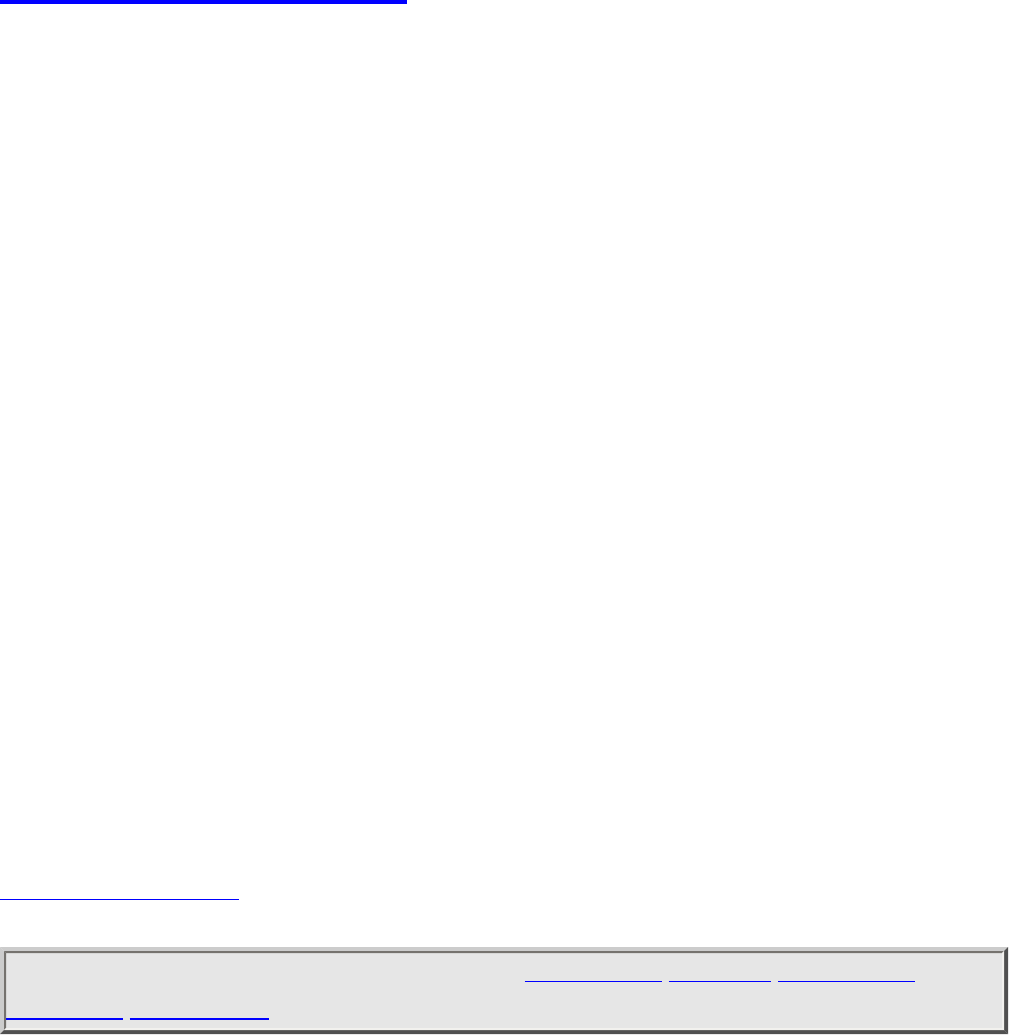
SearchAndStore < UnidenMan4 < TWiki
Search and Store
To determine whether the information on this page applies to your
scanner, see the tags at the bottom of the page.
With this feature, the scanner searches a system and saves any frequencies it finds
activity on. When the scanner detects activity on a frequency, it verifies that the
frequency has not already been stored, then adds the frequency to the Found Channels
group. (Since these frequencies are stored with individual systems, you must have at
least one programmed system to use the Search and Store feature.)
The scanner displays a list of all programmed systems. Select the system you want to
search and add found channels to. The options you have depend on the type of system
you select:
● If the system you selected is a conventional system , the scanner prompts you to
select a custom search or a preset service search range.
● If the system you selected is a trunked system , the scanner prompts you to
select a site within that system. The scanner searches the site for active Talk
Groups and stores the Talk Group ID to the Found Channels group. (If the site
you selected is locked, the scanner automatically unlocks it and begins the
search.)
● If the system you selected is an EDACS SCAT system , the scanner displays an
error message: the search and store feature can't be used on EDACS SCAT
systems.
Back to Search menu
This page applies to the following scanner(s): BCD996XT BCT15X BCD396XT
BC346XT Users Guide
file:///C|/Documents%20and%20Settings/POpitz/My%20Documents/temp/CDImage_090515/Manual/SearchAndStore.html5/26/2009 11:15:59 AM

SearchFor < UnidenMan4 < TWiki
Search for...
To determine whether the information on this page applies to your
scanner, see the tags at the bottom of the page.
Use this menu to start a search, to change the options for the three different types of
searches, and program the 3 search keys.
● Service Search
● Edit Service
❍ Set Delay Time
❍ Set Attenuator
❍ Set Audio AGC (BCD996XT and BCD396XT Only)
❍ Set Record (BCD996XT and BCT15X Only)
❍ P25 Waiting Time (BCD996XT and BCD396XT Only)
❍ Search with Scan
● Custom Search
● Edit Custom
❍ Edit Name
❍ Edit Srch Limit
❍ Set Delay Time
❍ Set Modulation
❍ Set Attenuator
❍ Set Step
❍ Set C-Ch Only
■ Set MOT Band Plan
❍ Set Audio AGC (BCD996XT and BCD396XT Only)
❍ Set Record (BCD996XT and BCT15X Only)
❍ P25 Waiting Time (BCD996XT and BCD396XT Only)
❍ Search with Scan
● Search and Store
● Set Search Key
Service Search
file:///C|/Documents%20and%20Settings/POpitz/My%20Documents/temp/CDImage_090515/Manual/SearchFor.html (1 of 6)5/26/2009 11:16:00 AM

SearchFor < UnidenMan4 < TWiki
Start a search of one of the 12 preset service bands. Choose from Public Safety, News,
HAM Radio, Marine, Railroad, Air, CB Radio, FRS/GMRS/MURS, Racing, FM
Broadcast, Military Air , or Special .
Edit Service
This menu lets you change the default settings for the 12 preset service bands. Select the
service you want to edit from the list, then set the following options:
Set Delay Time
Set the number of seconds the scanner should wait after a transmission stops before
moving on to the next channel. Select 0, 1, 2 (default), 5, 10, or 30 seconds.
To have scanner leave the channel after a designated number of seconds whether the
transmission stops or not, select one of the negative values. Choose -10 seconds to have
the scanner leave the channel after 10 seconds even if the transmission is still going on;
choose -5 seconds or -2 seconds to have the scanner leave after 5 seconds or 2 seconds,
respectively.
Set Attenuator
Turn on attenuation to reduce the signal strength by 20 dB. All frequencies in the search
range are attenuated during search.
Set Audio AGC (BCD996XT and BCD396XT Only)
Turn on Automatic Gain Control (AGC) for this system. When you activate this feature,
the scanner automatically adjusts the volume for each channel based on the signal
strength. You can turn on the gain control for Analog and Digital signals separately.
To change the settings for the audio AGC, see Adjust Audio AGC
Set Record (BCD996XT and BCT15X Only)
Set the scanner to provide the audio from found transmissions to the RECORD OUT
jack on the back of the scanner.
file:///C|/Documents%20and%20Settings/POpitz/My%20Documents/temp/CDImage_090515/Manual/SearchFor.html (2 of 6)5/26/2009 11:16:00 AM

SearchFor < UnidenMan4 < TWiki
P25 Waiting Time (BCD996XT and BCD396XT Only)
When searching in a band that has a mix of analog and digital signals (i.e., where the
Audio Mode is set to All), it is possible to have false decode problems that results in
digital noise at the beginning of transmissions. To prevent this, a user-configurable P25
wait time (from 0 to 1000 ms) has been added.
During the wait time, the scanner evaluates the received signal; if it detects P25 data, the
scanner opens squelch immediately. If it does not detect any P25 data, the scanner opens
squelch as soon as the wait time expires.
Note: Any analog transmissions on this channel will lose the first part of
the transmission, up to the wait time you set here.
Select the number of milliseconds (after the start of a transmission) the scanner should
wait while checking for P25 data. Choose a number from 0 through 1000 ms in 100 ms
increments. The scanner only applies the wait time when Tone/Code Search in Srch/
CloCall Opt is set to Off.
Search with Scan
Custom Search
Start a search of the 10 custom search ranges.
Edit Custom
This menu lets you program the ten custom search ranges. Select the custom search you
want to edit from the list, then set the following options:
Edit Name
Enter a name or edit the existing one. Names can be 16 characters long, and they can
contain upper and lower case letters, punctuation, and spaces. Turn the SELECT-
VOLUME-SQUELCH knob on the handheld scanners or the SCROLL / FUNCTION
knob on mobile scanners to choose the character you want, then press 6 (right cursor) to
file:///C|/Documents%20and%20Settings/POpitz/My%20Documents/temp/CDImage_090515/Manual/SearchFor.html (3 of 6)5/26/2009 11:16:00 AM

SearchFor < UnidenMan4 < TWiki
move the cursor to the next character.
Edit Srch Limit
Change the range of frequencies covered by this custom search. The scanner prompts
you to input the lower frequency limit and then the upper frequency limit.
Set Delay Time
Set the number of seconds the scanner should wait after a transmission stops before
moving on to the next channel. Select 0, 1, 2 (default), 5, 10, or 30 seconds.
To have scanner leave the channel after a designated number of seconds whether the
transmission stops or not, select one of the negative values. Choose -10 seconds to have
the scanner leave the channel after 10 seconds even if the transmission is still going on;
choose -5 seconds or -2 seconds to have the scanner leave after 5 seconds or 2 seconds,
respectively.
Set Modulation
Select what type of modulation the scanner should use for this frequency or channel.
(Only the modulation types available for this frequency or channel are displayed.)
Auto The scanner uses the default modulation type for this frequency's
band.
AM The scanner treats the frequency as an AM band.
NFM The scanner treats the frequency as a Narrowband FM band.
FM The scanner treats the frequency as an FM band.
WFM The scanner treats the frequency as a Wideband FM band.
FMB The scanner treats the frequency as an FM broadcast band.
Set Attenuator
Turn on attenuation to reduce the signal strength by 20 dB. All frequencies in the search
range are attenuated during search.
Set Step
file:///C|/Documents%20and%20Settings/POpitz/My%20Documents/temp/CDImage_090515/Manual/SearchFor.html (4 of 6)5/26/2009 11:16:00 AM

SearchFor < UnidenMan4 < TWiki
Select the number of kHz between each channel. Choose 5.0, 6.25, 7.5, 8.33, 10.0, 12.5,
15.0, 20.0, 25.0, 50.0 or 100.0 kHz. Select Auto to use the default step for this band.
Set C-Ch Only
If you set C-Ch Only Mode to On, the scanner will only search for control channel data.
If it detects such data it will stop on the control channel and display channel activity for
the found system. For Motorola systems, it will try to follow voice channel traffic using
the Motorola Band Plan you select in the next setting. It will also display the name of the
found system if the system's ID matches a known system.
Set MOT Band Plan
If this custom search is a Motorola system, you need to select a band plan, just like you
do when you program a Motorola system for scanning. See Edit Band Plan for more
information.
Set Audio AGC (BCD996XT and BCD396XT Only)
Turn on Automatic Gain Control (AGC) for this system. When you activate this feature,
the scanner automatically adjusts the volume for each channel based on the signal
strength. You can turn on the gain control for Analog and Digital signals separately.
To change the settings for the audio AGC, see Adjust Audio AGC
Set Record (BCD996XT and BCT15X Only)
Set the scanner to provide the audio from found transmissions to the RECORD OUT
jack on the back of the scanner.
P25 Waiting Time (BCD996XT and BCD396XT Only)
When searching in a band that has a mix of analog and digital signals (i.e., where the
Audio Mode is set to All), it is possible to have false decode problems that results in
digital noise at the beginning of transmissions. To prevent this, a user-configurable P25
wait time (from 0 to 1000 ms) has been added.
file:///C|/Documents%20and%20Settings/POpitz/My%20Documents/temp/CDImage_090515/Manual/SearchFor.html (5 of 6)5/26/2009 11:16:00 AM
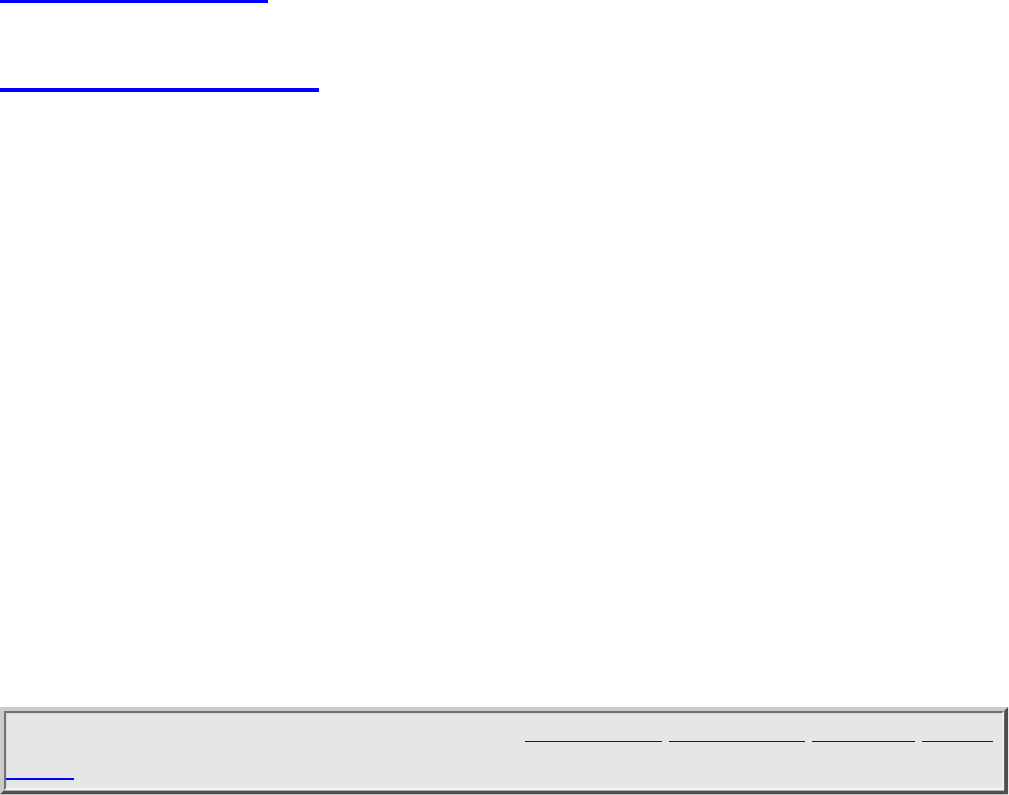
SearchFor < UnidenMan4 < TWiki
During the wait time, the scanner evaluates the received signal; if it detects P25 data, the
scanner opens squelch immediately. If it does not detect any P25 data, the scanner opens
squelch as soon as the wait time expires.
Note: Any analog transmissions on this channel will lose the first part of
the transmission, up to the wait time you set here.
Select the number of milliseconds (after the start of a transmission) the scanner should
wait while checking for P25 data. Choose a number from 0 through 1000 ms in 100 ms
increments. The scanner only applies the wait time when Tone/Code Search in Srch/
CloCall Opt is set to Off.
Search with Scan
Search and Store
Search a stored system and save the frequency information of any active channels.
Set Search Key
The scanner has three one-touch search keys (number keys 1 , 2 , and 3 ) that you can
assign to any saved search range.
1. Select the search key you want to program ( Search Key 1 through Search Key
3 ).
2. Select the search range you want to assign to this key. The search range can be a
service search, a custom search, a tone-out search, or a band scope search.
3. Press YES to confirm the selection.
Once you assign a search range to a key, you can start the search just by pressing the
appropriate key.
This page applies to the following scanner(s): BCD996XT BCD396XT BCT15X Users
Guide
file:///C|/Documents%20and%20Settings/POpitz/My%20Documents/temp/CDImage_090515/Manual/SearchFor.html (6 of 6)5/26/2009 11:16:00 AM

SearchWithScan < UnidenMan4 < TWiki
Search with Scan
To determine whether the information on this page applies to your
scanner, see the tags at the bottom of the page.
● Set Quick Key
● Set Startup Key
● Set Number Tag
● Set Lockout
● Set Hold Time
Set Quick Key
Assign this search range to a Quick Key so you can easily enable or disable it during
scanning. Enter a number from 0 to 99; tap NO (the decimal point) if you don't want to
assign this search range to a Quick Key. (For more information, see Quick Keys.)
Set Startup Key
Assign this search range to a Startup Key so you can lock or unlock it during power up.
Enter a number from 0 to 9; tap NO (the decimal point) if you don't want to assign this
search range to a Startup Key. (For more information, see Startup Keys.)
Set Number Tag
Assign a number to this search range that you can use to quickly access the first
frequency of the the search range. Choose a number from 0 to 999. (For more
information, see Number Tags.)
Set Lockout
Decide whether you want to lock out the search so the scanner will ignore it during Scan
and Search modes. Choose one of the following options:
● Unlocked: The search range is included while scanning.
● Temporary L/O: The search range is locked out until you turn the scanner off and
file:///C|/Documents%20and%20Settings/POpitz/My%20D...ents/temp/CDImage_090515/Manual/SearchWithScan.html (1 of 2)5/26/2009 11:16:01 AM

SearchWithScan < UnidenMan4 < TWiki
back on.
● Lockout: The search range is permanently locked out.
Set Hold Time
Set how long the scanner spends checking this search range before moving to the next
search range or system. (2 seconds is the default).
This page applies to the following scanner(s): BCD996XT BCT15X BCD396XT
BC346XT Users Guide
file:///C|/Documents%20and%20Settings/POpitz/My%20D...ents/temp/CDImage_090515/Manual/SearchWithScan.html (2 of 2)5/26/2009 11:16:01 AM
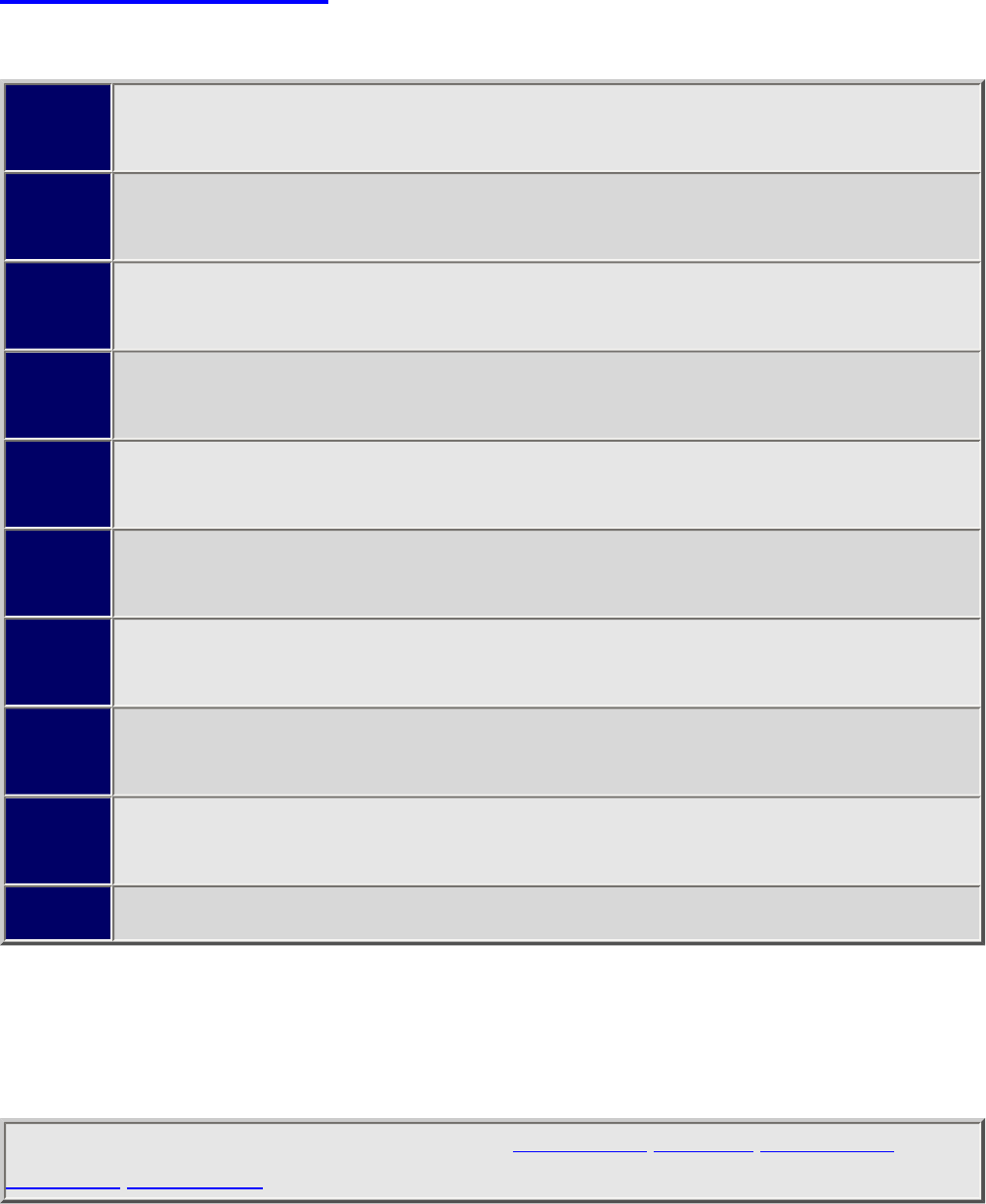
SetAlertTone < UnidenMan4 < TWiki
Set Alert Tone
Choose one of the 9 different tone patterns for the scanner to use for the alert tone:
Alert
1 4000 Hz for 50 ms » Silence for 20 ms » 4000 Hz for 50 ms » Silence for 20
ms » 4000 Hz for 50 ms
Alert
2 800 Hz for 50 ms » Silence for 20 ms » 1050 Hz for 50 ms » Silence for 20
ms » (repeat twice)
Alert
3 800 Hz for 50 ms » Silence for 20 ms » 1050 Hz for 50 ms » Silence for 20
ms » 4000 Hz for 100 ms
Alert
4 120 Hz for 10 ms » 800 Hz for 10 ms » 1200 Hz for 10 ms (repeat 5 times)
Alert
5 1200 Hz for 150 ms
Alert
6 1200 Hz for 70 ms » Silence for 50 ms » 1200 Hz for 70 ms
Alert
7 2000 Hz for 200 ms » Silence for 10 ms » 800 Hz for 150 ms (repeat 3
times)
Alert
8 500 Hz for 40 ms » Silence for 10 ms » 500 Hz for 40 ms » Silence for 10
ms » 500 Hz for 40 ms
Alert
9 2400 Hz for 70 ms » Silence for 20 ms » 3000 Hz for 70 ms » Silence for 70
ms (repeat twice)
Off No alert tone sounded.
If you select an alert tone, the scanner prompts you to select the volume level ( Level 1
through Level 15 ) you want to the alert tone to use; leave the volume at Auto to have the
scanner sound the alert tone without changing the volume.
This page applies to the following scanner(s): BCD996XT BCT15X BCD396XT
BC346XT Users Guide
file:///C|/Documents%20and%20Settings/POpitz/My%20Documents/temp/CDImage_090515/Manual/SetAlertTone.html5/26/2009 11:16:01 AM

SrchCloCallOpt < UnidenMan4 < TWiki
Srch/CloCall Opt
To determine whether the information on this page applies to your
scanner, see the tags at the bottom of the page.
This menu lets you set general options for how the scanner operates in Search and Close
Call modes.
● Freq Lockouts
● Broadcast Screen
❍ Set All Band On
❍ Set All Band Off
❍ Set Each Band
❍ Program Band
● Tone/Code Search (BCD396XT and BCD996XT)
● CTCSS / DCS Search (BC346XT and BCT15X)
● Repeater Find
● Max Auto Store
● Set Delay Time
● Set Attenuator
● Set Audio AGC (BCD996XT and BCD396XT only)
● Set Record (BCD996XT and BCT15X only)
● P25 Waiting Time (BCD396XT and BCD996XT only)
Freq Lockouts
● Rvw Search L/O : This option displays a list of all locked out frequencies. To
unlock any frequency on the list, just select it and press YES .
● Unlock All : This option removes the locks on all frequencies at once.
Broadcast Screen
Choose whether you want the scanner to screen out common broadcast bands and ignore
hits on these bands. You can screen out signals on 5 preset bands and up to 10 custom
file:///C|/Documents%20and%20Settings/POpitz/My%20D...ents/temp/CDImage_090515/Manual/SrchCloCallOpt.html (1 of 4)5/26/2009 11:16:02 AM
SrchCloCallOpt < UnidenMan4 < TWiki
bands. The preset bands are:
● Pager
● FM (88.1000 - 107.9000 MHz)
● UHF TV (470.0000 - 512.0000 MHz)
● VHF TV (54.0000 - 72.0000, 76.0000 - 88.0000, and 174.0000 - 216.0000 MHz)
● NOAA WX (161.6500, 161.7750, 162.4000, 162.4250, 162.4500, 162.4750,
162.5000, 162.5250, 162.5500, and 163.2750 MHz)
Your options for broadcast screening are listed below:
Set All Band On
Turn on screening for all broadcast bands and ignore any hits on these frequencies.
Set All Band Off
Turn off screening for all broadcast bands, and treat hits on these frequencies the same as
any other band.
Set Each Band
Turn screening on or off for each band individually. The scanner displays the bands
listed above. Select the band you want to change, then press YES to toggle the setting.
Program Band
Create up to 10 custom bands that you want the scanner to screen out hits on.
1. Select a custom band slot (Band 1 through Band 10).
2. When the scanner prompts you, input the lower frequency limit.
3. When the scanner prompts you, input the upper frequency limit.
4. Once you create the custom band, turn screening on or off the same way you did
for the preset bands.
Tone/Code Search (BCD396XT and BCD996XT)
Choose whether the scanner searches an active frequency for CTCSS/DCS tones
file:///C|/Documents%20and%20Settings/POpitz/My%20D...ents/temp/CDImage_090515/Manual/SrchCloCallOpt.html (2 of 4)5/26/2009 11:16:02 AM
SrchCloCallOpt < UnidenMan4 < TWiki
( CTCSS/DCS Search), P25 NAC codes ( P25 NAC Search), or neither ( Off). (The
scanner ignores this setting in AM, WFM, and FMB bands.)
CTCSS / DCS Search (BC346XT and BCT15X)
Choose whether the scanner searches an active frequency for CTCSS/DCS tones ( On)or
not ( Off). (The scanner ignores this setting in AM, WFM, and FMB bands.)
Repeater Find
If you turn this feature on, whenever the scanner detects a signal on a common repeater
input frequency, it automatically searches for that signal on the output frequency. If it
finds the signal on the output frequency, the scanner displays Repeater Found and
switches to monitor the output frequency.
Max Auto Store
Enter the maximum number of hits you want the scanner to store during Search and
Store mode or Close Call Auto Store mode. When the number of stored hits reaches the
number you enter here, the scanner stops storing hits. Enter a number from 1 to 256 .
Set Delay Time
This setting is used to set the delay time for Quick Search, Close Call, and the CC Hits
system.
Set the number of seconds the scanner should wait after a transmission stops before
moving on to the next channel. Select 0, 1, 2 (default), 5, 10, or 30 seconds.
To have scanner leave the channel after a designated number of seconds whether the
transmission stops or not, select one of the negative values. Choose -10 seconds to have
the scanner leave the channel after 10 seconds even if the transmission is still going on;
choose -5 seconds or -2 seconds to have the scanner leave after 5 seconds or 2 seconds,
respectively.
Set Attenuator
Turn on attenuation to reduce the signal strength by 20 dB. When you turn on this
file:///C|/Documents%20and%20Settings/POpitz/My%20D...ents/temp/CDImage_090515/Manual/SrchCloCallOpt.html (3 of 4)5/26/2009 11:16:02 AM
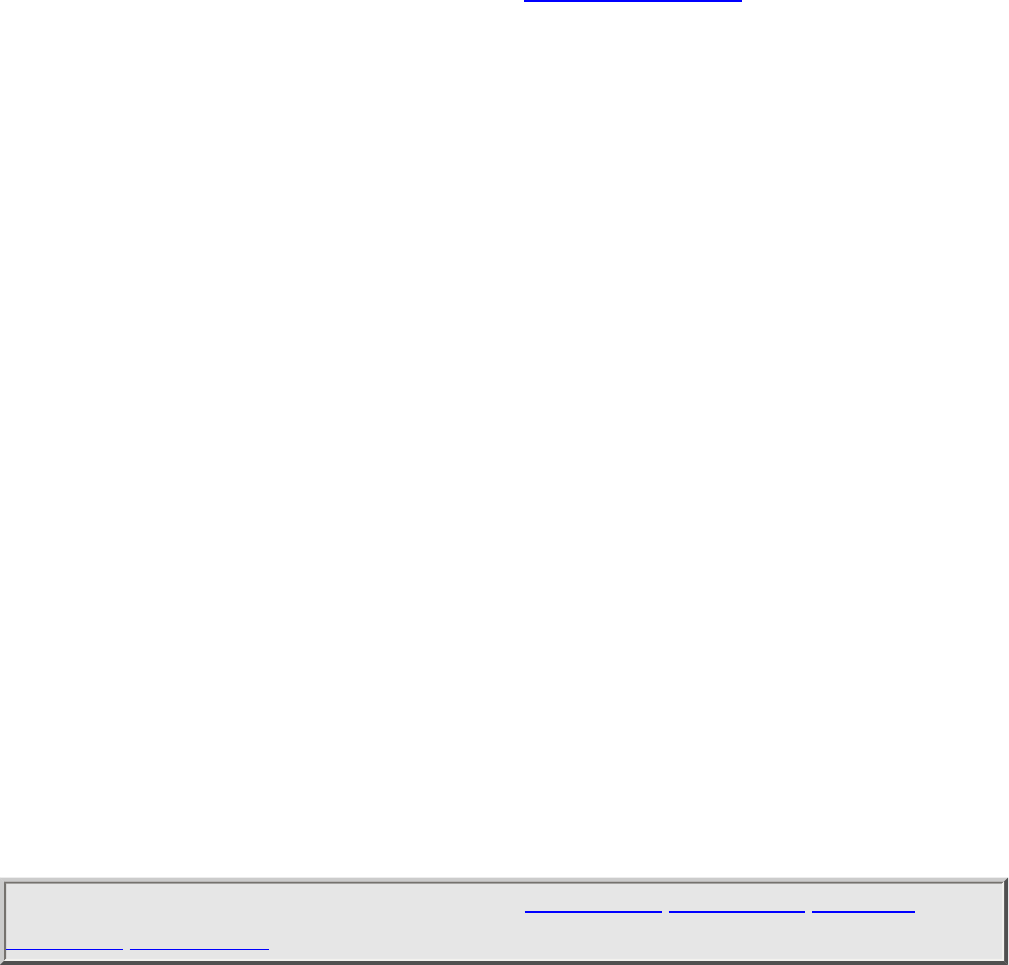
SrchCloCallOpt < UnidenMan4 < TWiki
setting, all frequencies in Quick Search mode, Close Call mode, and the Band Scope will
be attenuated.
Set Audio AGC (BCD996XT and BCD396XT only)
Turn on Automatic Gain Control (AGC) for this system. When you activate this feature,
the scanner automatically adjusts the volume for each channel based on the signal
strength. You can turn on the gain control for Analog and Digital signals separately.
To change the settings for the audio AGC, see Adjust Audio AGC
Set Record (BCD996XT and BCT15X only)
Set this to On to have the audio from active frequencies included on the scanners rear
RECORD OUT jack.
P25 Waiting Time (BCD396XT and BCD996XT only)
During search and Close Call operation, it is possible to have false decode problems that
result in digital noise at the beginning of transmissions. To prevent this, a user-
configurable P25 wait time (from 0 to 1000 ms) has been added.
During the wait time, the scanner evaluates the received signal; if it detects P25 data, the
scanner opens squelch immediately. If it does not detect any P25 data, the scanner opens
squelch as soon as the wait time expires.
Note: Any analog transmissions will lose the first part of the transmission,
up to the wait time you set here.
Select the number of milliseconds (after the start of a transmission) the scanner should
wait while checking for P25 data. Choose a number from 0 through 1000 ms in 100 ms
increments. This setting will be applied in Close Call, Quick Search, and Band Scope
modes.
This page applies to the following scanner(s): BCD996XT BCD396XT BCT15X
BC346XT Users Guide
file:///C|/Documents%20and%20Settings/POpitz/My%20D...ents/temp/CDImage_090515/Manual/SrchCloCallOpt.html (4 of 4)5/26/2009 11:16:02 AM

StartupKeys < UnidenMan4 < TWiki
Startup Keys
Startup Keys let you change the lockout state for several systems, sites, and search
ranges all at the same time. When you activate the Startup Key, the scanner checks all
systems, sites, or search ranges and locks or unlocks them according to these rules:
● If any systems, sites, or search ranges do not have a Startup Key assigned, the
scanner does not change their locked/unlocked state (i.e., if they are unlocked, it
leaves them unlocked).
● If any systems, sites, or search ranges do have an assigned Startup Key, the
scanner compared the assigned Startup Key to the one you activated:
❍ If a system's Startup Key does not match the one you activated, the
scanner locks that system.
❍ If a system's Startup Key matches the one you activated, the scanner
unlocks that system and enables all of its Quick Keys.
Assigning Startup Keys
● Multiple systems, sites, and search ranges can share the same Startup Key.
● Startup Keys range from 0 to 9 .
● If you do not want a system, site, or search range to be affected by any Startup
Keys, enter the decimal point for the Startup Key (this is the default setting).
To a conventional system:
1. Open the Program System menu.
2. Select the system you want to assign the Startup Key to.
3. Select Edit Sys Option, then select Set Startup Key.
4. Enter the Startup Key you want to use for this system.
To a trunked system:
1. Open the Program System menu.
2. Select the system you want to assign the Startup Key to.
3. Select Edit Site, then select the site you want.
4. Select Set Startup Key, then enter the Startup Key you want to use for this site.
file:///C|/Documents%20and%20Settings/POpitz/My%20Documents/temp/CDImage_090515/Manual/StartupKeys.html (1 of 3)5/26/2009 11:16:03 AM
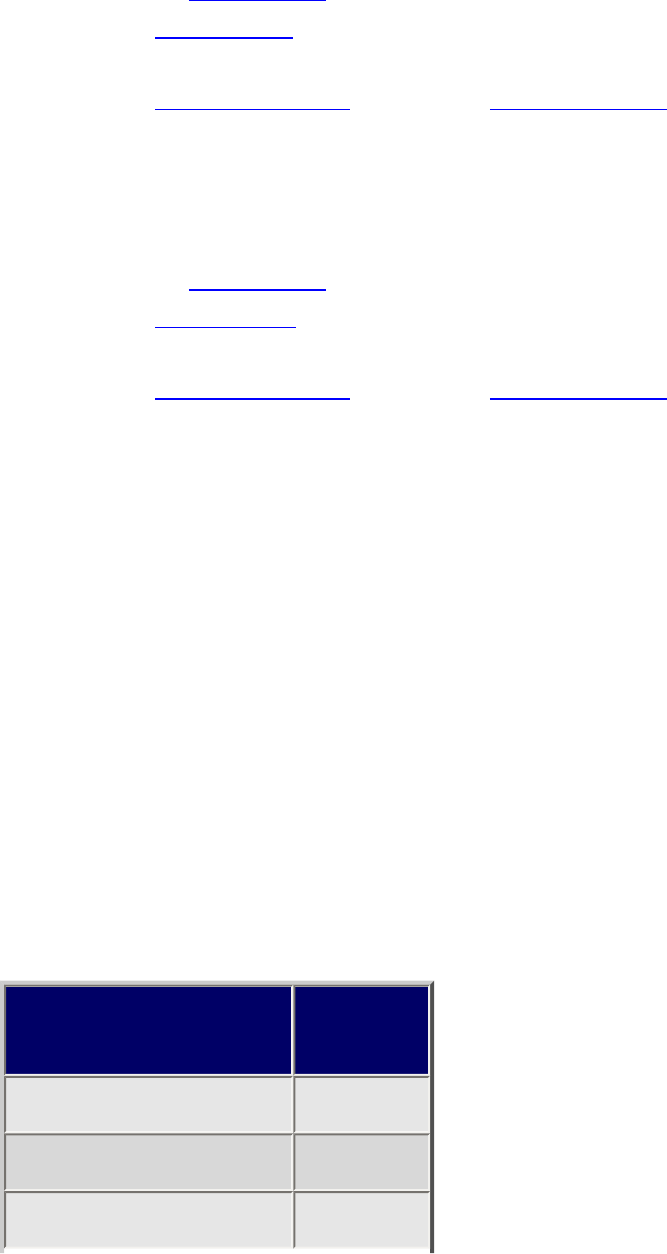
StartupKeys < UnidenMan4 < TWiki
To a service search range :
1. Open the Search for... menu.
2. Select Edit Service, then select the service search range you want to assign the
Startup Key to.
3. Select Search with Scan, then select Set Startup Key.
4. Enter the Startup Key you want to use for this search range.
To a custom search range :
1. Open the Search for... menu.
2. Select Edit Custom, then select the custom search range you want to assign the
Startup Key to.
3. Select Search with Scan, then select Set Startup Key.
4. Enter the Startup Key you want to use for this custom search range.
Using Startup Keys
To activate a Startup Key:
1. Turn the scanner off.
2. Press & hold the number key that corresponds to the Startup Key while you
power the scanner on. (e.g. To activate Startup Key configuration # 2, press &
hold 2 on the number pad while turning the scanner on.)
3. Continue holding the number key until the scanner display shows the number of
the Startup Key configuration (In the example above, the display shows Startup
Config. Key No. 2 ).
For example, say you have 4 systems programmed according to the table below:
Assigned Startup
Key State
3 Locked
None (.) Unlocked
None (.) Locked
file:///C|/Documents%20and%20Settings/POpitz/My%20Documents/temp/CDImage_090515/Manual/StartupKeys.html (2 of 3)5/26/2009 11:16:03 AM
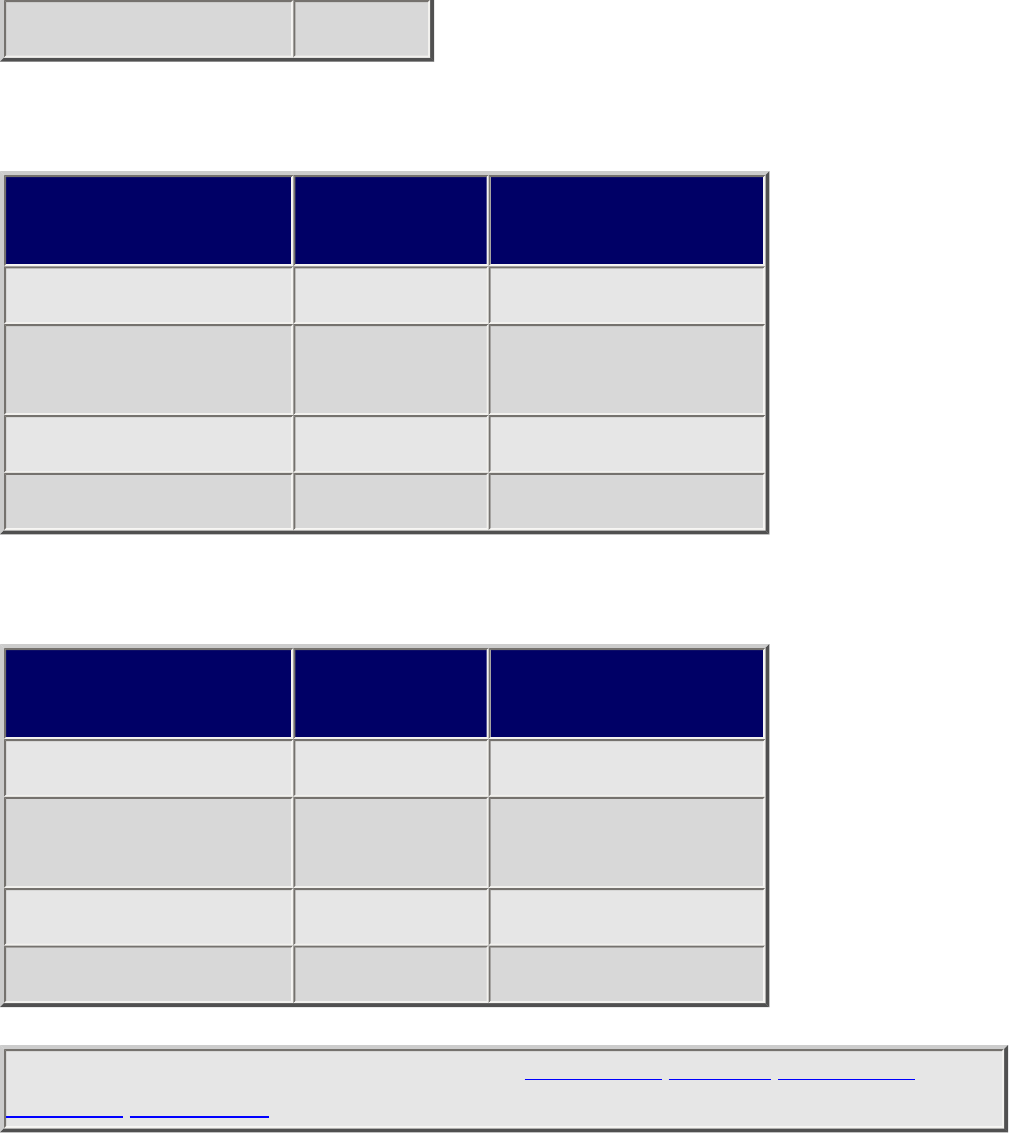
StartupKeys < UnidenMan4 < TWiki
9 Unlocked
Here is the result if you power on the scanner while you press and hold 3 :
Assigned Startup
Key Previous
state Resulting state
3 Locked Unlocked
None (.) Unlocked Unlocked (no
change)
None (.) Locked Locked (no change)
9 Unlocked Locked
Here is the result if you power on the scanner while you press and hold 5 :
Assigned Startup
Key Previous
state Resulting state
3 Locked Locked
None (.) Unlocked Unlocked (no
change)
None (.) Locked Locked (no change)
9 Unlocked Locked
This page applies to the following scanner(s): BCD996XT BCT15X BCD396XT
BC346XT Users Guide
file:///C|/Documents%20and%20Settings/POpitz/My%20Documents/temp/CDImage_090515/Manual/StartupKeys.html (3 of 3)5/26/2009 11:16:03 AM
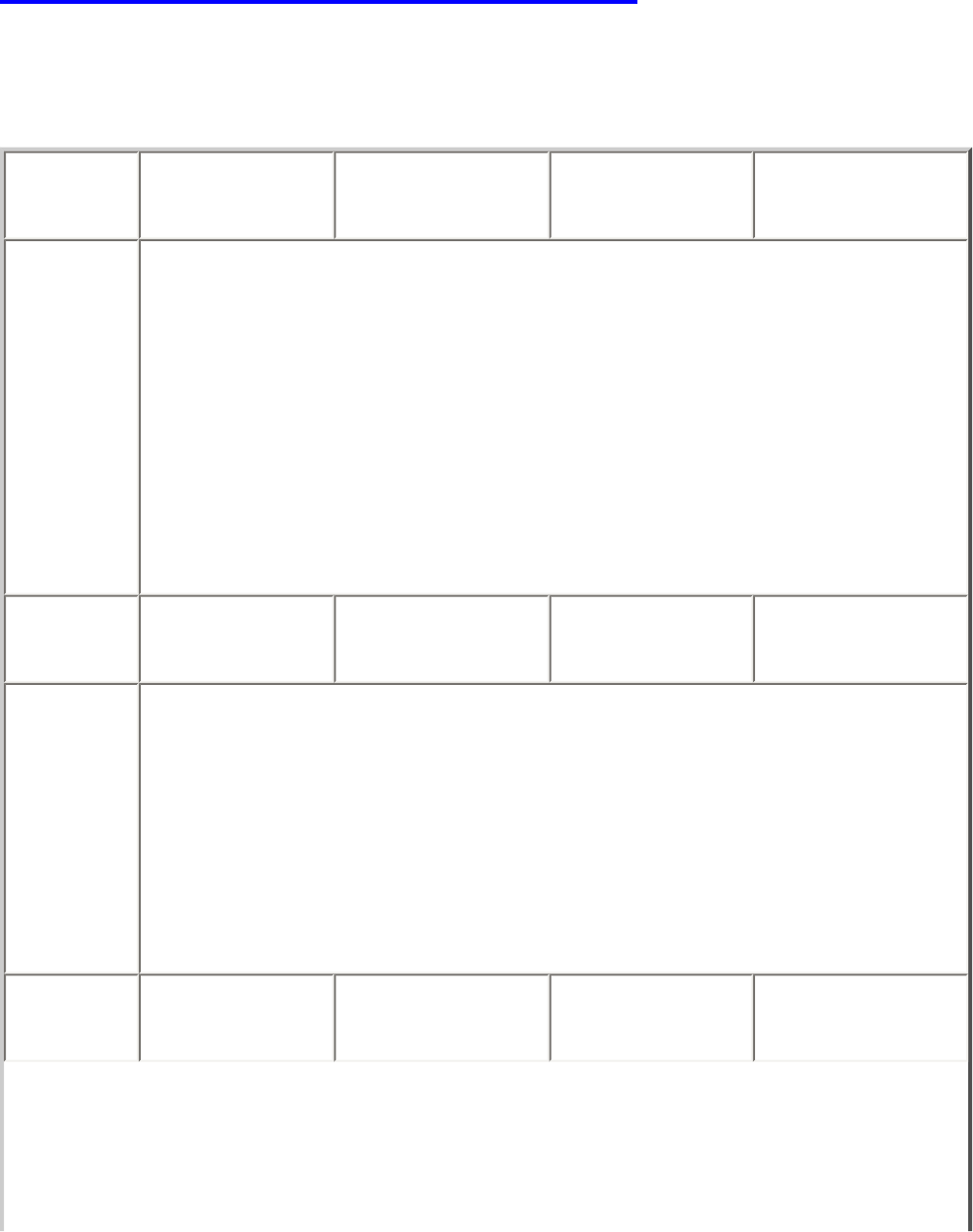
ToneAAndToneBSettings < UnidenMan4 < TWiki
Tone A and Tone B Settings
You can configure the scanner to search for tones in several different ways, based on the
values you enter for Tone A and Tone B:
Tone A
setting Positive number Tone B Setting Positive number
Operation Monitor the channel for two-tone pages only. The scanner opens squelch
and displays the tone information when the following occur:
1. The scanner detects a tone that matches the value you set for Tone
A.
2. The tone is at least 250 ms long.
3. Within 500 ms, the scanner detects a second tone that matches the
value set for Tone B.
4. The second tone is at least 100 ms long.
Tone A
setting Positive number Tone B Setting 0.0 Hz
Operation Monitor the channel for single-tone pages only. The scanner opens
squelch and displays the tone information when the following occur:
1. The scanner detects a tone that matches the value you set for Tone
A.
2. The tone is at least 1.25 seconds long and not more than 3.75
seconds long.
Tone A
setting 0.0 Hz Tone B Setting Positive number
file:///C|/Documents%20and%20Settings/POpitz/My%20...p/CDImage_090515/Manual/ToneAAndToneBSettings.html (1 of 2)5/26/2009 11:16:04 AM
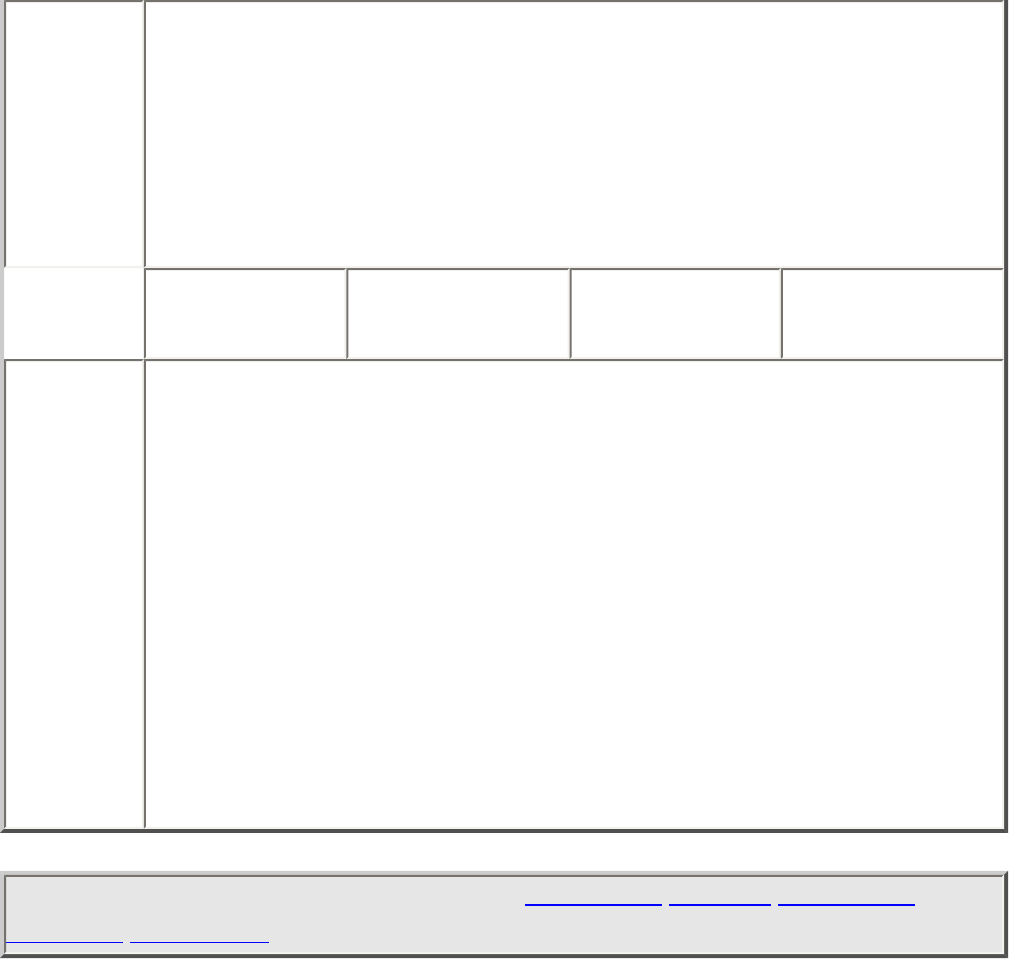
ToneAAndToneBSettings < UnidenMan4 < TWiki
Operation Monitor the channel for group tones only. The scanner opens squelch and
displays the tone information when the following occur:
1. The scanner detects a tone that matches the value you set for Tone
B.
2. The tone is at least 3.75 seconds long.
Tone A
setting 0.0 Hz Tone B Setting 0.0 Hz
Operation Monitor the channel for two-tone pages, single-tone pages, and group
tones. This tone out search mode works as follows:
1. All detected tones are compared to the three criteria listed above.
2. If the tone meets any one of the criteria, the scanner checks to see
if this tone frequency is already saved to a tone out channel with
the same frequency, modulation, and attenuator settings.
3. If the detected tone matches a saved tone, the scanner opens
squelch.
4. If the detected tone does not match any saved tones, the scanner
opens squelch, flashes the tone information on the display, and
asks if you want to save the tone information.
This page applies to the following scanner(s): BCD996XT BCT15X BCD396XT
BC346XT Users Guide
file:///C|/Documents%20and%20Settings/POpitz/My%20...p/CDImage_090515/Manual/ToneAAndToneBSettings.html (2 of 2)5/26/2009 11:16:04 AM
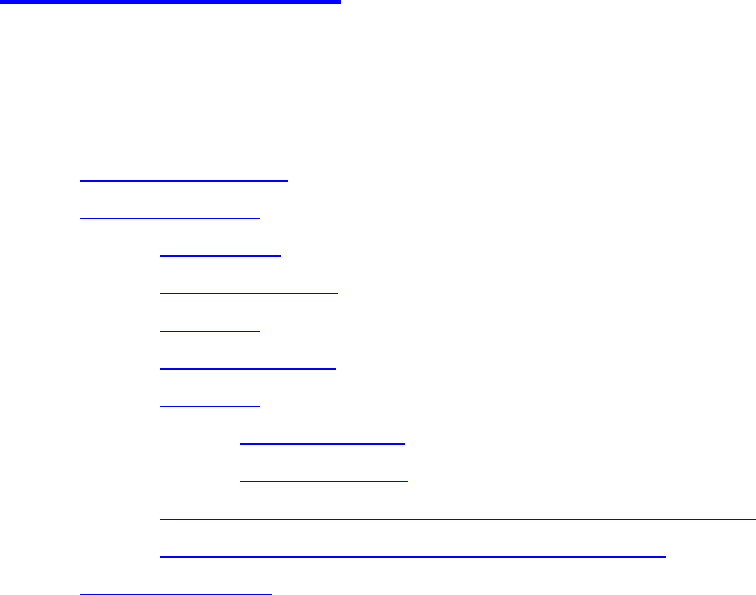
ToneOutFor < UnidenMan4 < TWiki
Tone-Out for...
To determine whether the information on this page applies to your
scanner, see the tags at the bottom of the page.
● Tone-Out Standby
● Tone-Out Setup
❍ Edit Name
❍ Set Frequencies
❍ Set Tone
❍ Set Delay Time
❍ Set Alert
■ Set Alert Tone
■ Set Alert Light
❍ Set Audio AGC (BCD396XT and BCD996XT Only)
❍ Set Record (BCD996XT and BCT15X Only)
● Tone-Out Search
Tone-Out Standby
Check the tone out channels for paging tones, according to each channel's individual
settings.
Tone-Out Setup
This menu lets you configure the 10 tone-out channels. Select the channel you want to
edit from the list, then set the frequency, tone, and other options for that channel.
Edit Name
Enter a name or edit the existing one. Names can be 16 characters long, and they can
contain upper and lower case letters, punctuation, and spaces. Turn the SELECT-
VOLUME-SQUELCH knob on the handheld scanners or the SCROLL / FUNCTION
knob on mobile scanners to choose the character you want, then press 6 (right cursor) to
move the cursor to the next character.
file:///C|/Documents%20and%20Settings/POpitz/My%20Documents/temp/CDImage_090515/Manual/ToneOutFor.html (1 of 3)5/26/2009 11:16:05 AM

ToneOutFor < UnidenMan4 < TWiki
Set Frequencies
Use this menu to program frequencies for this Tone Out channel.
Set Tone
This menu lets you configure the type of tone out search. Select the tone you want to edit
( Edit Tone A or Edit Tone B ), then set the frequency for that tone. Enter a frequency
between 250 Hz and 3500 Hz, or set the frequency to 0 Hz. (See Tone A and Tone B
Settings for more information.)
Set Delay Time
Set the number of seconds the scanner should wait after a transmission stops before
moving on to the next channel. Select 0, 1, 2 (default), 5, 10, or 30 seconds . To have the
scanner wait for your input before moving on to the next channel, select Infinite .
Set Alert
Decide whether the scanner triggers an alert tone and light when it detects a tone on this
channel. (Compare this to the system setting Emergency Alert, which triggers a tone and
light when a Talk Group contains an emergency flag.) The available options for Set Alert
Tone and Set Alert Light are common to both types of alerts.
Set Alert Tone
Set Alert Light
Set Audio AGC (BCD396XT and BCD996XT Only)
Turn on Automatic Gain Control (AGC) for this Tone-Out channel. When you activate
this feature, the scanner automatically adjusts the volume for the channel based on the
signal strength.
To change the settings for the audio AGC, see Settings#Adjust Audio AGC.
file:///C|/Documents%20and%20Settings/POpitz/My%20Documents/temp/CDImage_090515/Manual/ToneOutFor.html (2 of 3)5/26/2009 11:16:05 AM

ToneOutFor < UnidenMan4 < TWiki
Set Record (BCD996XT and BCT15X Only)
Turn this setting on to have the audio from received tone-outs included on the rear
RECORD OUT jack.
Tone-Out Search
You can set the scanner to search for and identify the tones used in tone-outs. To do so,
you set both the A and B tones to a value of "0". See Tone A and Tone B Settings for
more information.
This page applies to the following scanner(s): BCD996XT BCT15X BCD396XT
BC346XTUsers Guide
file:///C|/Documents%20and%20Settings/POpitz/My%20Documents/temp/CDImage_090515/Manual/ToneOutFor.html (3 of 3)5/26/2009 11:16:05 AM
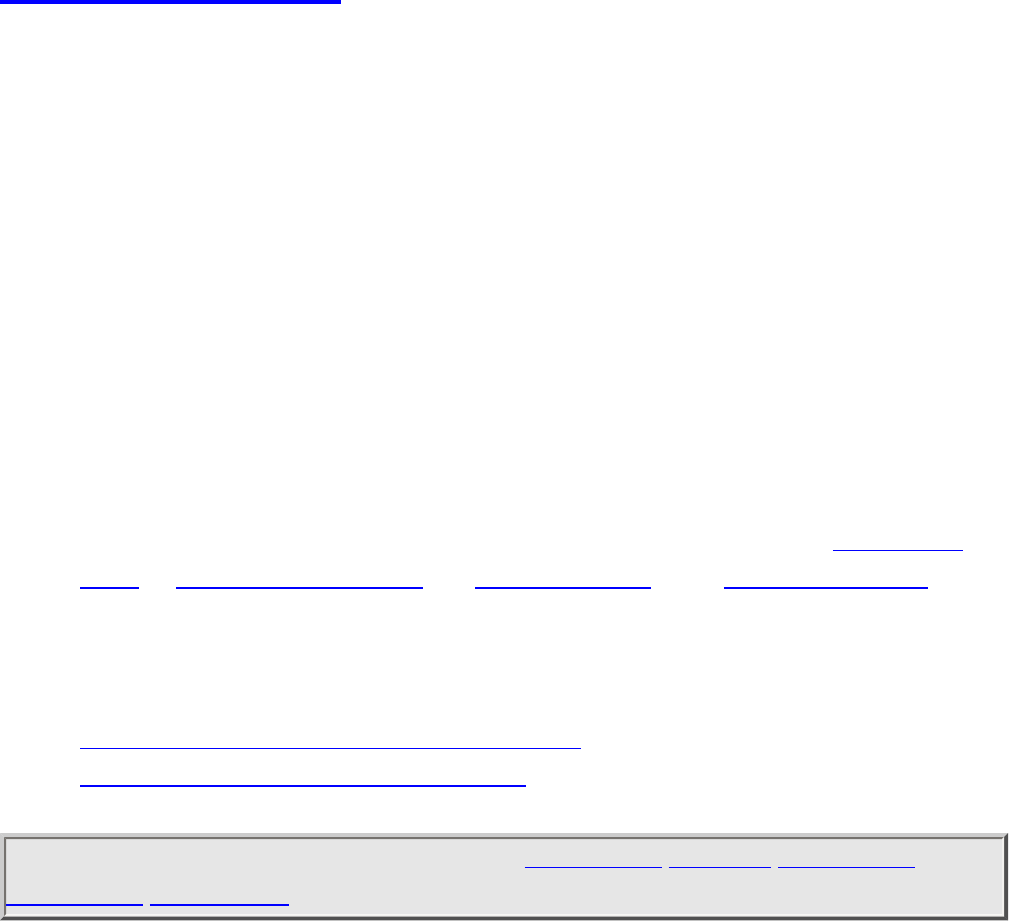
WeatherMode < UnidenMan4 < TWiki
Weather mode
Since the 10 NOAA weather channels now cooperate with the FCC and DHS to alert you
of other hazards besides weather, it's important to understand how weather mode works:
● Weather channels cannot be locked out.
● The scanner does not run close call checks in the background while monitoring
the weather channels.
● Normal weather scan treats the weather channels like any other channel: the
scanner cycles through the channels, pausing whenever it detects a signal. In
normal weather scan, the scanner does not react to alert tones on these channels.
● With a Weather alert scan , the scanner checks the weather channels for alert
tones and only opens squelch when it detects one. You can program the scanner
to filter alerts by region through the Weather Alert menu.
● With a Weather alert priority scan , the scanner checks the weather channels
every 5 seconds when you are in scan or search mode or close call mode. Weather
alert priority scan does not function in the search and store modes (Search and
Store or Close Call Auto Store), in Tone Out mode, or in Band Scope mode.
Weather menus
● BCD396XT and BCD996XT WX Operation menu
● BC346XT and BCT15X WX Operation menu
This page applies to the following scanner(s): BCD996XT BCT15X BCD396XT
BCD346XT Users Guide
file:///C|/Documents%20and%20Settings/POpitz/My%20Documents/temp/CDImage_090515/Manual/WeatherMode.html5/26/2009 11:16:06 AM
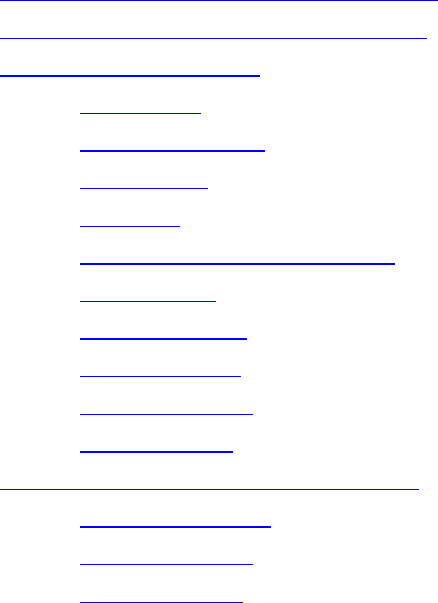
AnalogEditChannel < UnidenMan4 < TWiki
To determine whether the information on this page applies to your
scanner, see the tags at the bottom of the page.
This menu lets you create channels and edit existing channels. All existing channels are
listed in the order they were created: select the channel you want to edit, or select New
Channel to create a new one. You can have up to up to 1000 channels in a conventional
system and 500 channels in a trunked system.
When you create a new channel, the scanner prompts you to enter the frequency (in a
conventional system) or the Talk Group ID (in a trunked system) for the channel: you
can edit these at any time through this menu.
● Edit Frequency (conventional systems)
● Edit Talk Group ID (trunked systems)
● Global channel options
❍ Edit Name
❍ Set Number Tag
❍ Set Priority
❍ Set Alert
❍ Set Record (BCT15X Only)
❍ Set Lockout
❍ Volume Offset
❍ Copy Channel
❍ Delete Channel
❍ New Channel
● Conventional system channel options
❍ Set CTCSS/DCS
❍ Set Modulation
❍ Set Attenuator
Edit Frequency (conventional systems)
Enter a valid frequency for this band. If the frequency is invalid or if it already exists, the
scanner sounds an error tone and prompts you enter the frequency again.
Edit Talk Group ID (trunked systems)
file:///C|/Documents%20and%20Settings/POpitz/My%20Do...ts/temp/CDImage_090515/Manual/AnalogEditChannel.html (1 of 5)5/26/2009 11:16:07 AM

AnalogEditChannel < UnidenMan4 < TWiki
● Edit Talk Group ID menu
Global channel options
You have the following options when editing channels in any system:
Edit Name
Enter a name or edit the existing one. Names can be 16 characters long, and they can
contain upper and lower case letters, punctuation, and spaces. Turn the SELECT-
VOLUME-SQUELCH knob on the handheld scanners or the SCROLL / FUNCTION
knob on mobile scanners to choose the character you want, then press 6 (right cursor) to
move the cursor to the next character.
Set Number Tag
Assign a number to this system or channel that you can use to tune directly to a specific
channel. Choose a number from 0 to 999. (For more information, see Number Tags.)
Set Priority
Choose whether this channel should be flagged as a priority channel so the scanner
checks it during priority scans and searches.
Set Alert
This menu lets you configure whether the scanner triggers an alert tone and light
whenever this channel or frequency becomes active. (Compare this to the system setting
Emergency Alert, which triggers a tone and light when a Talk Group contains an
emergency flag.) The available options for Set Alert Tone and Set Alert Light are
common to both types of alerts.
Set Record (BCT15X Only)
This item lets you select whether the channel's audio is output from the RECORD OUT
jack on the back of the scanner. Note that you must also set the RECORD --> Marked
file:///C|/Documents%20and%20Settings/POpitz/My%20Do...ts/temp/CDImage_090515/Manual/AnalogEditChannel.html (2 of 5)5/26/2009 11:16:07 AM
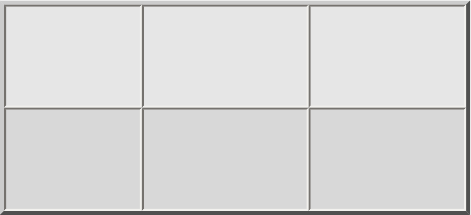
AnalogEditChannel < UnidenMan4 < TWiki
Channel System Option to fully enable this function.
Set Lockout
Decide whether you want to lock out a system, site, or channel so the scanner will ignore
it during Scan and Search modes. If you lock out a system or site, all channels within
that system or site will be locked out. Choose one of the following options:
● Unlocked: The system, site, or channel is not locked out.
● Temporary L/O: The system, site or channel is locked out until you turn the
scanner off and back on.
● Lockout: The system, site, or channel is permanently locked out.
Volume Offset
The scanner can automatically adjust the volume when it tunes to this channel or
frequency. Enter one of the following options:
Softer No
Change Louder
-3, -2, -
1 0 (default) +1, +2,
+3
Copy Channel
Copy this channel and all its settings into the buffer. When a channel is stored in the
buffer, the scanner adds Paste Channel to the bottom of the Program Channel menu
whenever you are editing a compatible system (that is, a system that is the same type as
the one you copied the channel from).
Delete Channel
Delete this frequency or channel and all associated settings.
New Channel
file:///C|/Documents%20and%20Settings/POpitz/My%20Do...ts/temp/CDImage_090515/Manual/AnalogEditChannel.html (3 of 5)5/26/2009 11:16:07 AM
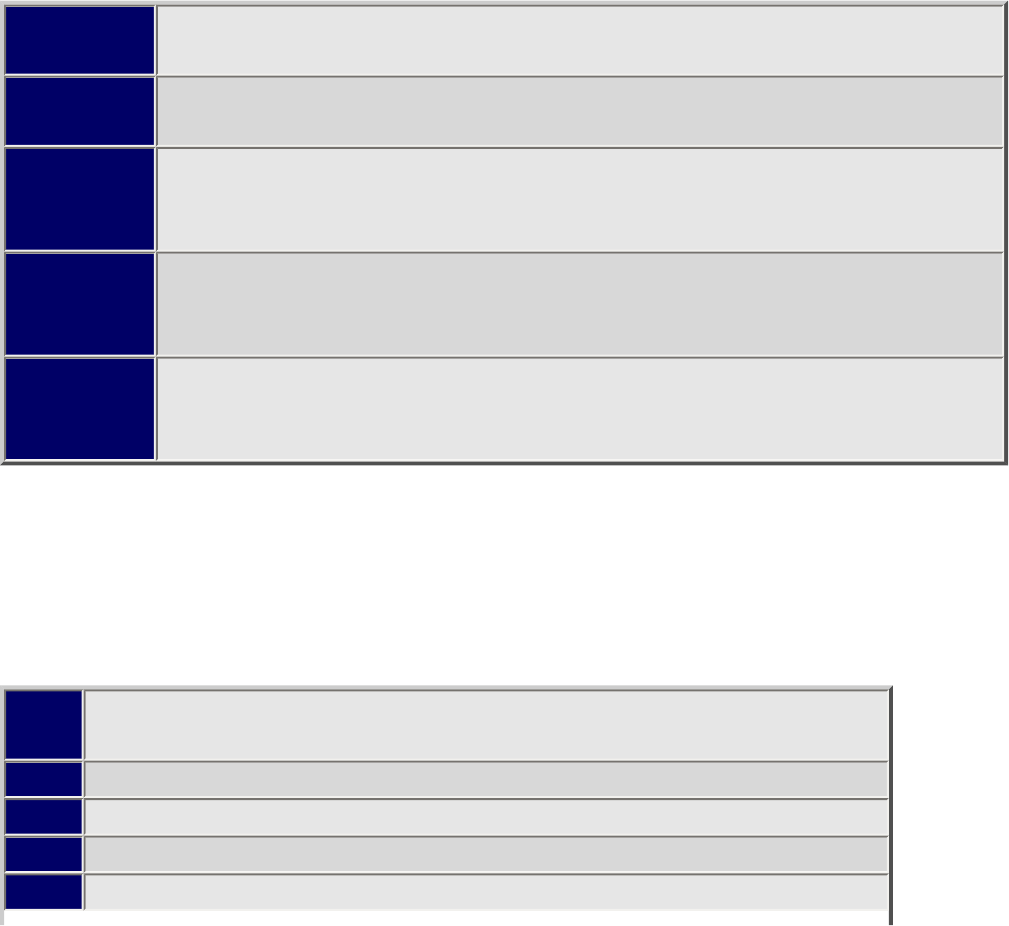
AnalogEditChannel < UnidenMan4 < TWiki
Create a new channel.
Conventional system channel options
You have the following additional options when editing channels in a conventional
system:
Set CTCSS/DCS
(Conventional systems only) Choose one of the following CTCSS/DCS options for this
channel:
Off The scanner ignores all CTCSS and DCS tones and opens squelch on any
signal.
Search The scanner displays any received CTCSS and DCS tones, but it opens
squelch on any signal.
CTCSS The scanner prompts you to enter a CTCSS code; it will only open
squelch if the received signal contains a CTCSS tone that matches the one
you enter here.
DCS The scanner prompts you to enter a DCS code; it will only open squelch if
the received signal contains a DCS tone that matches the one you enter
here.
Set
Lockout The scanner prompts you to enter a CTCSS or DCS code that you want to
lockout for this channel. The scanner will not open squelch if the received
signal contains a matching CTCSS or DCS tone.
Set Modulation
Select what type of modulation the scanner should use for this frequency or channel.
(Only the modulation types available for this frequency or channel are displayed.)
Auto The scanner uses the default modulation type for this frequency's
band.
AM The scanner treats the frequency as an AM band.
NFM The scanner treats the frequency as a Narrowband FM band.
FM The scanner treats the frequency as an FM band.
WFM The scanner treats the frequency as a Wideband FM band.
file:///C|/Documents%20and%20Settings/POpitz/My%20Do...ts/temp/CDImage_090515/Manual/AnalogEditChannel.html (4 of 5)5/26/2009 11:16:07 AM
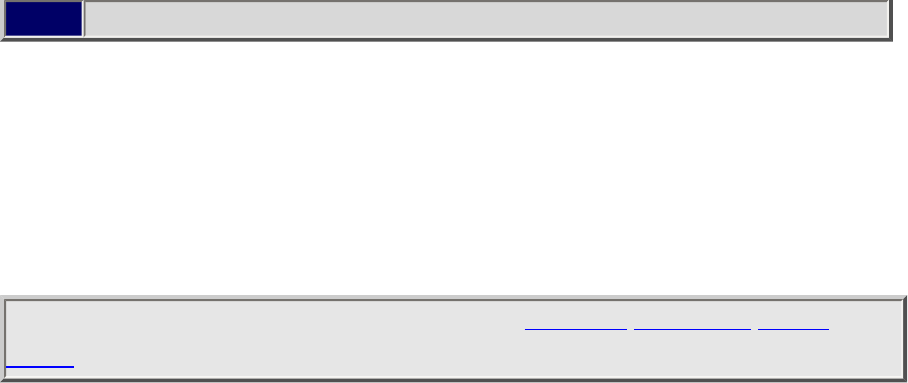
AnalogEditChannel < UnidenMan4 < TWiki
FMB The scanner treats the frequency as an FM broadcast band.
Set Attenuator
Turn on attenuation to reduce the signal strength by 20 dB. You can turn on attentuation
for individual frequencies and channels or for entire sites. If you turn on attenuation for a
site, all frequencies within that site will be attenuated.
This page applies to the following scanner(s): BCT15X BC346XT Users
Guide
file:///C|/Documents%20and%20Settings/POpitz/My%20Do...ts/temp/CDImage_090515/Manual/AnalogEditChannel.html (5 of 5)5/26/2009 11:16:07 AM

AnalogWXOperation < UnidenMan4 < TWiki
WX Operation
To determine whether the information on this page applies to your
scanner, see the tags at the bottom of the page.
This menu lets you configure how the scanner operates in Weather (WX) mode and
Weather Alert (WX Alert) mode.
● Weather Scan
● Weather Alert
❍ Alert Only
❍ SAME 1 through SAME 5
❍ All FIPS
● Program SAME
❍ Edit Name (SAME)
❍ Edit County
● Set Delay Time
● Set Attenuator
● Set Record (BCT15 Only)
● WX Alt Priority
Weather Scan
Start a normal weather scan. In normal weather scan mode, the scanner does not react to
alert tones on weather channels.
Weather Alert
Choose how you want the scanner to filter any alerts it detects on the weather channels:
Alert Only
The scanner responds to all alert tones detected on the weather channels, regardless of
region or hazard level. When an alert is detected, the scanner sounds an alert siren and
opens squelch on the weather channel.
file:///C|/Documents%20and%20Settings/POpitz/My%20D...s/temp/CDImage_090515/Manual/AnalogWXOperation.html (1 of 3)5/26/2009 11:16:08 AM

AnalogWXOperation < UnidenMan4 < TWiki
SAME 1 through SAME 5
Choose one of 5 programmable regions to filter alerts by. The scanner only responds to
alerts that affect the selected region you select here, and only if the hazard level is an
Advisory, a Watch, or a Warning. When an alert is detected, the scanner sounds an alert
siren, displays available information (hazard level, type, etc.) on the screen, and opens
squelch on the weather channel.
All FIPS
The scanner responds to alerts regardless of region, but only if the hazard level is an
Advisory, a Watch, or a Warning. When an alert is detected, the scanner sounds an alert
siren, displays available information (hazard level, type, etc.) on the screen, and opens
squelch on the weather channel.
Program SAME
You can pre-program up to 5 regions for filtering hazard alerts, then select one of these
regions on the Weather Alert menu. The scanner will only respond to alerts in the
selected region.
Edit Name (SAME)
Enter the name you want to use for each region. The default names are SAME 1 through
SAME 5.
Edit County
Enter the designated FIPS code for up to 8 counties. To edit a FIPS code, select it from
the list. Use the number keypad to enter the 6-digit code, and press YES when you're
finished. If you don't enter all 6 digits, the scanner can't store the code and displays it as
"-----" on the county list.
(See Introduction to SAME messages for more information.)
Set Delay Time
file:///C|/Documents%20and%20Settings/POpitz/My%20D...s/temp/CDImage_090515/Manual/AnalogWXOperation.html (2 of 3)5/26/2009 11:16:08 AM

AnalogWXOperation < UnidenMan4 < TWiki
Set the number of seconds the scanner should wait after a transmission stops before
moving on to the next channel. Select 0, 1, 2 (default), 5, 10, or 30 seconds.
To have scanner leave the channel after a designated number of seconds whether the
transmission stops or not, select one of the negative values. Choose -10 seconds to have
the scanner leave the channel after 10 seconds even if the transmission is still going on;
choose -5 seconds or -2 seconds to have the scanner leave after 5 seconds or 2 seconds,
respectively.
Set Attenuator
Turn on attenuation to reduce the signal strength by 20 dB. You can turn on attentuation
for individual frequencies and channels or for entire sites. If you turn on attenuation for a
site, all frequencies within that site will be attenuated.
Set Record (BCT15 Only)
Turn on this option if you want the weather mode audio to be included on the rear
RECORD OUT jack.
WX Alt Priority
Select On if you want the scanner to check the weather channels in the background
during Scan, Search, or Close Call mode. The scanner can't run Weather Alert Priority
check in Search and Store, Close Call Auto Store, Band Scope, or Tone-Out modes.
This page applies to the following scanner(s): BCT15X BC346XT Users
Guide
file:///C|/Documents%20and%20Settings/POpitz/My%20D...s/temp/CDImage_090515/Manual/AnalogWXOperation.html (3 of 3)5/26/2009 11:16:08 AM
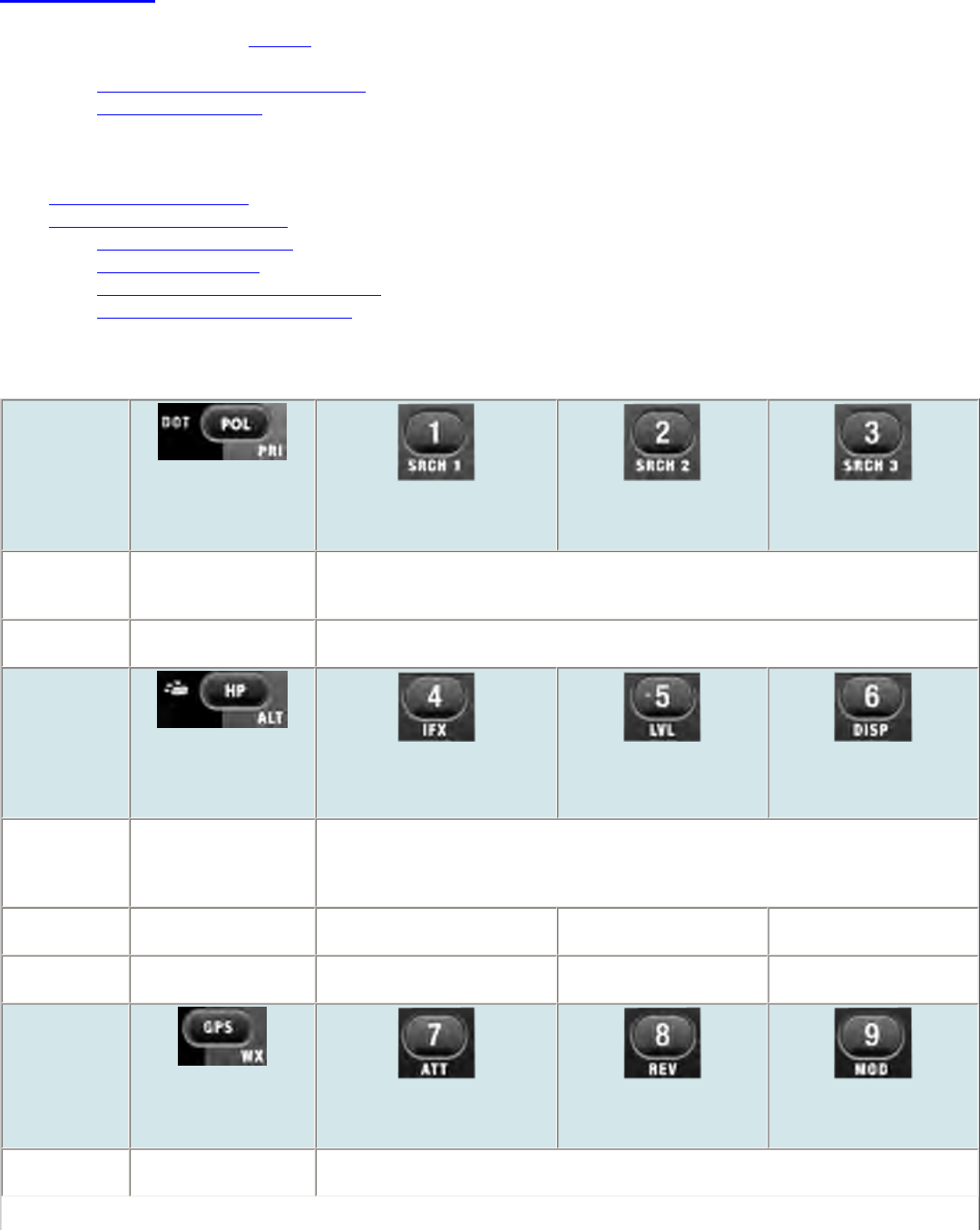
BCT15XHoldMode < UnidenMan4 < TWiki
Hold mode
This page applies only to the BCT15X. For other models see:
● BCD396XT and BC346XT Hold Mode
● BCD996XT Hold Mode
Hold mode lets you edit the current frequency, system, site, or channel. You can access these functions by using the different key operations:
● Key Operation in Hold Mode
● Reading the displays in Hold mode
❍ Conventional system display
❍ Trunked system display
❍ Hold on a trunked system control channel
❍ Service search with scan hold display
Key Operation in Hold Mode
Key Name
(2nd operation)
Action On
DOT / Police/
PRIORITY
1 (Search 1)
2 (Search 2)
3 (Search 3)
Tap Toggle DOT and Police
State-by-State search
mode.
Enter the digit in Direct Entry.
FUNCTION +
Tap Toggle priority mode. Start the search range assigned to this Search Key.
Key Name
(2nd operation)
Action on:
BearTracker / Highway
Patrol / Alert
4 (IF exchange)
5 (Level offset)
6 (Display mode)
Tap Toggle the BearTracker
Warning System and
Highway Patrol State-by-
State search mode.
Enter the digit in Direct Entry.
FUNCTION +
Tap Start scanning in Alert
Plus mode. Toggle the IF for that the current
frequency. Change the volume offset for
the current channel. Change the display mode.
FUNCTION +
Press & Hold NA NA NA NA
Key Name
(2nd operation)
Action on:
GPS / Weather
7 (Attenuation)
8 (Reverse freq.)
9 (Modulation)
Tap Switch to the GPS
Navigation display. Enter the digit in Direct Entry.
file:///C|/Documents%20and%20Settings/POpitz/My%20...nts/temp/CDImage_090515/Manual/BCT15XHoldMode.html (1 of 6)5/26/2009 11:16:17 AM
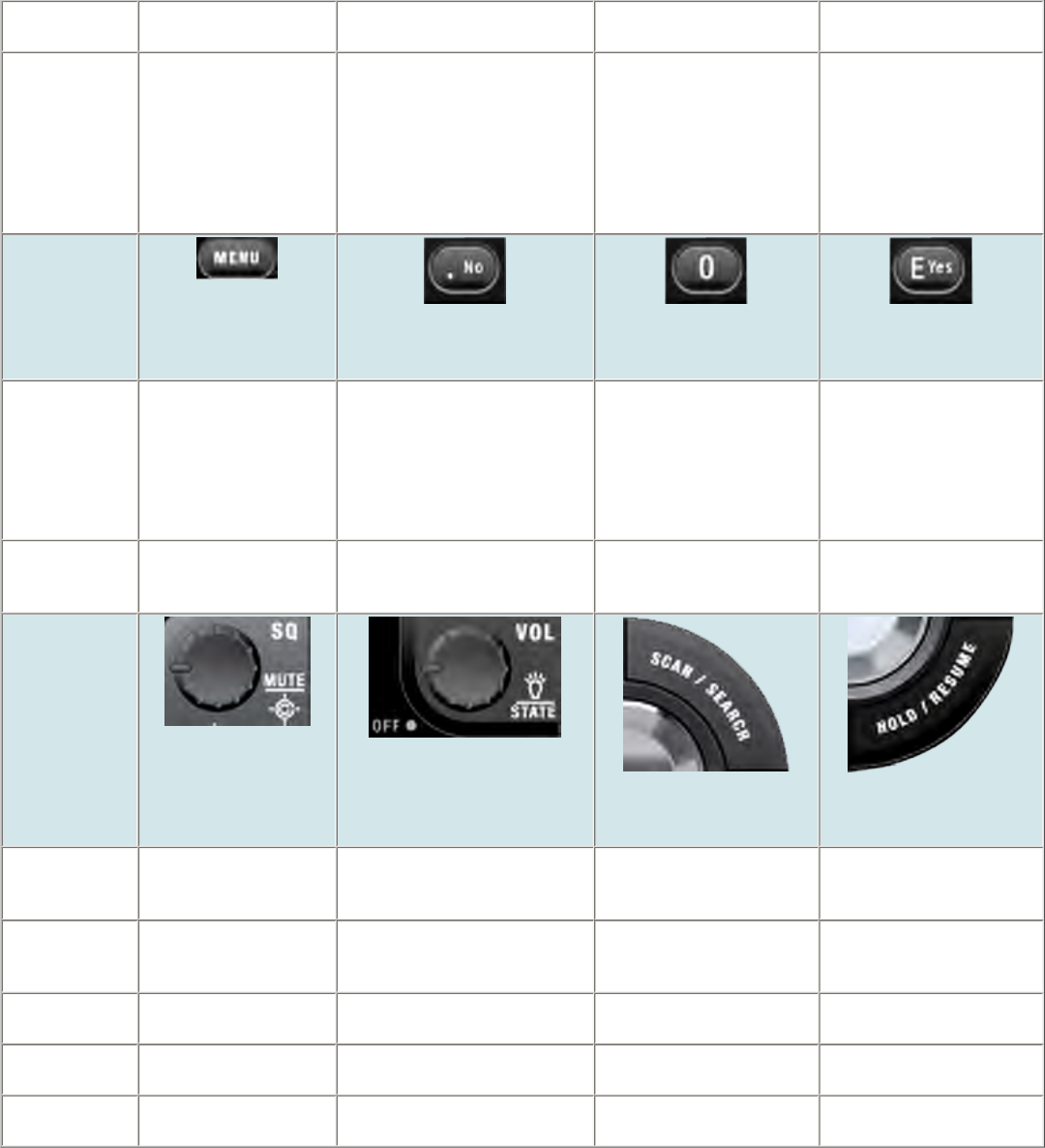
BCT15XHoldMode < UnidenMan4 < TWiki
FUNCTION +
Tap Toggle the Weather
Priority mode. Toggle the attenuator state. NA Change the modulation.
FUNCTION +
Press & hold Go to Weather Scan
mode. Toggle the attenuator state for all
signals. If on a channel that has a
valid reverse (input)
frequency, show the repeater
reverse frequency for the
current frequency (the
scanner returns to the
original frequency when you
release the key).
NA
Key Name
(2nd operation)
Action on:
Menu
. / No (Decimal)
0
Yes (Enter)
Tap Enter the Menu Mode.
If you've entered a
system number tag/
channel number tag in
Direct Entry, go to the
specified system and
channel.
Enter a decimal point, hyphen, or
"i" for Direct Entry. Enter 0 in Direct Entry. Go to edit mode for the
current channel or, if set to a
trunked system frequency go
go the edit mode for the
system.
FUNCTION +
Tap Enter the Menu for the
current system or search
range.
NA NA NA
Key Name
(2nd operation)
Action on:
SQUELCH
VOLUME
SCAN/SEARCH
HOLD/RESUME
Rotate Adjust Squelch. Adjust volume. Turn fully
counterclockwise past click to
turn off scanner.
NA NA
Tap Stop an alert tone and
temporarily mute alerts.
Tap again to unmute.
Change backlight level. Resume scanning. Resume scanning.
Press & Hold Permanently mute alerts.
Tap to unmute. NA NA Hold on the current system
and resume scanning.
FUNCTION +
Tap Toggle Close Call
modes. Select the state for state-by-state
search modes. Go to the Quick Search
prompt. Resume Scanning.
FUNCTION +
Press and Hold Start Close Call Only
mode. NA NA Hold on the current system
and resume scanning.
file:///C|/Documents%20and%20Settings/POpitz/My%20...nts/temp/CDImage_090515/Manual/BCT15XHoldMode.html (2 of 6)5/26/2009 11:16:17 AM
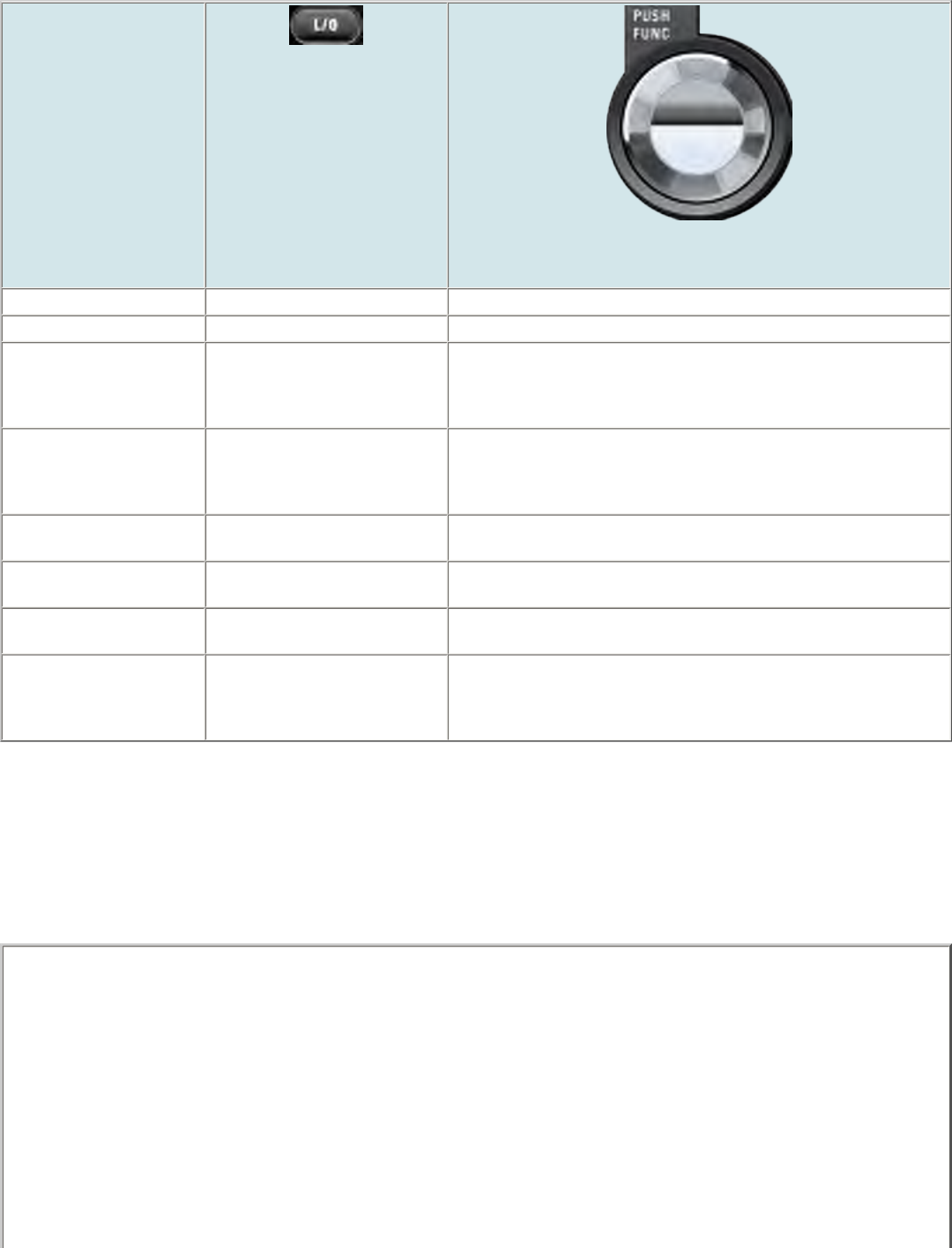
BCT15XHoldMode < UnidenMan4 < TWiki
Key Name
(2nd operation)
Action on:
LOCKOUT
SCROLL - FUNCTION
Rotate NA Scroll through channels.
Function + Rotate NA Scroll through systems.
Tap Temporary lockout the current
channel. If the current channel is
temporarily or permanently locked
out, unlock it.
Activate the FUNCTION mode for the next keypress.
FUNCTION + Tap Temporarily lockout the current
system. If the current system is
temporarily or permanently locked
out, unlock it.
NA
Double Tap Permanently lockout the current
channel. NA
FUNCTION + Double Tap Permanently lockout the current
system. NA
Press & Hold Unlock all channels in the current
system. "Latch" the FUNCTION mode. Scanner stays on the current system and
all keypresses use the FUNCTION mode until you tap the control again.
FUNCTION + Press &
Hold Prompt to Unlock All Systems (Y/
N)? If you press E/Yes the
scanner unlocks and enables all
systems, sites, and searches.
NA
Reading the displays in Hold mode
The display information in Hold mode varies depending on the type of system the scanner is Holding on.
Conventional system display
When the scanner is holding on a conventional system, it displays the following screens:
file:///C|/Documents%20and%20Settings/POpitz/My%20...nts/temp/CDImage_090515/Manual/BCT15XHoldMode.html (3 of 6)5/26/2009 11:16:17 AM
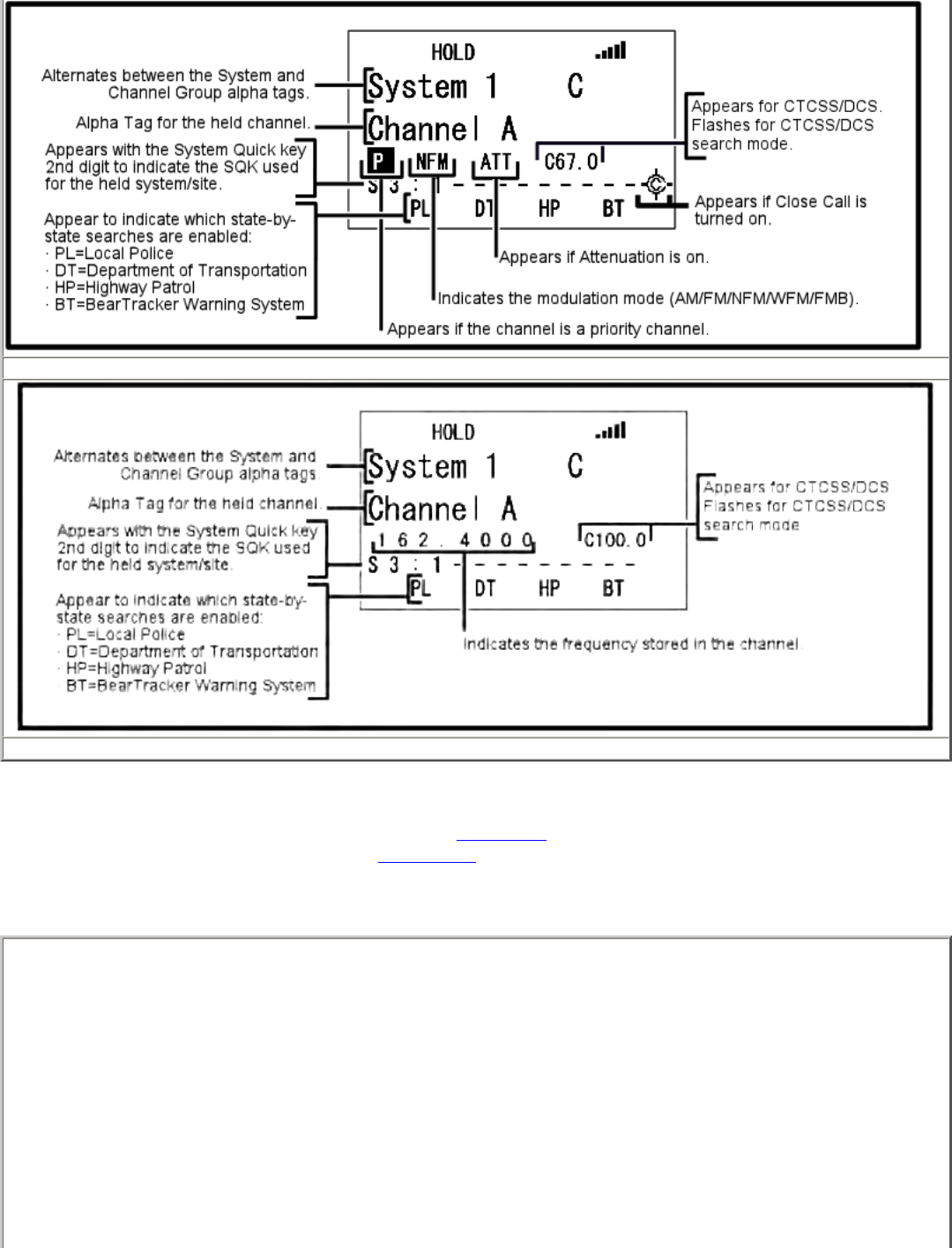
BCT15XHoldMode < UnidenMan4 < TWiki
Display Modes 1 and 3
Display Mode 2
● To see the alternate information on the display at the top, cycle through the display modes by pressing FUNCTION + 6/DISP.
● To see the display at the bottom of the diagram, tap FUNCTION .
● For an explanation of System and Channel Number Tags, see Number Tags.
● For an explanation of the volume offset level, see Volume Offset.
Trunked system display
file:///C|/Documents%20and%20Settings/POpitz/My%20...nts/temp/CDImage_090515/Manual/BCT15XHoldMode.html (4 of 6)5/26/2009 11:16:17 AM
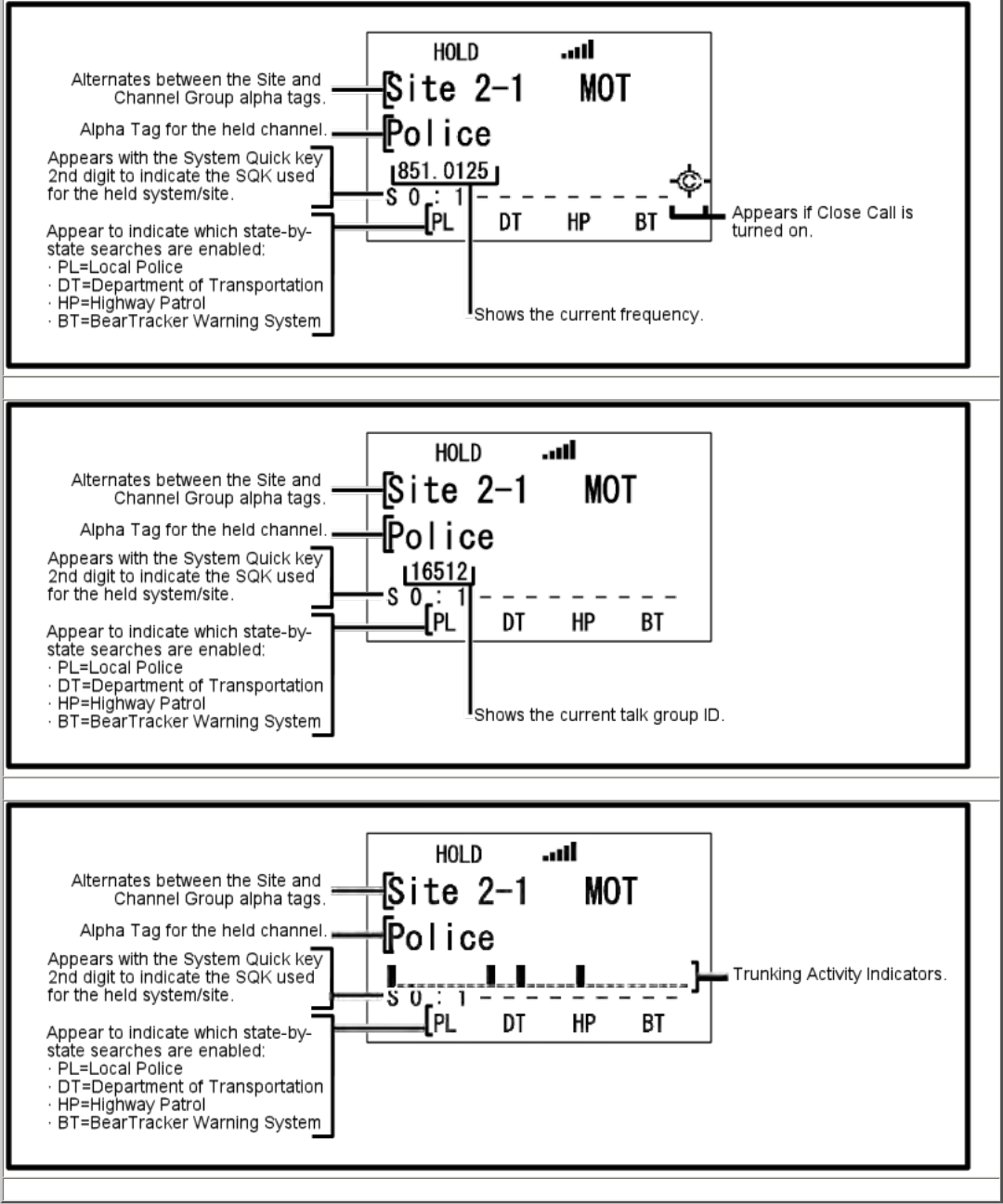
BCT15XHoldMode < UnidenMan4 < TWiki
Display Mode 1
Display Mode 2
Display Mode 3
Hold on a trunked system control channel
If you press HOLD while the scanner is scanning an idle trunked system, the scanner will hold on the active control channel.
file:///C|/Documents%20and%20Settings/POpitz/My%20...nts/temp/CDImage_090515/Manual/BCT15XHoldMode.html (5 of 6)5/26/2009 11:16:17 AM
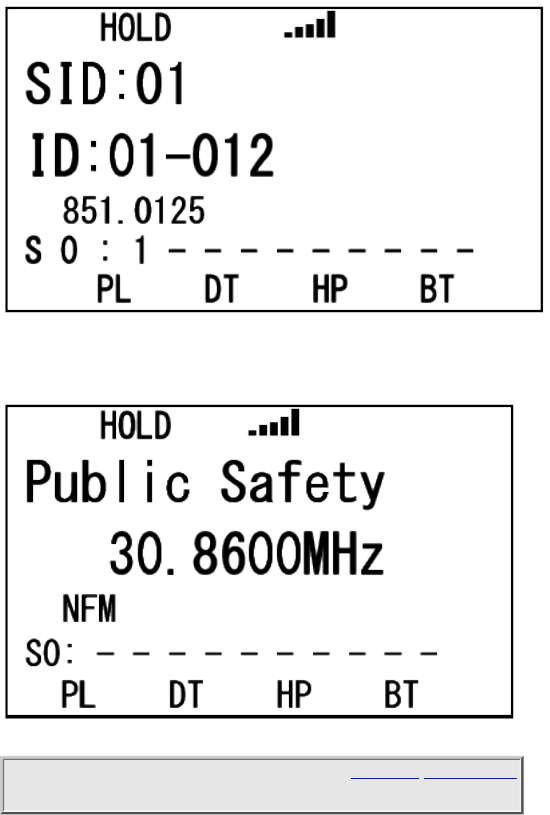
BCT15XHoldMode < UnidenMan4 < TWiki
For Motorola systems, the Site name will alternate with the System/Site ID.
As channels become active, their TGID or Channel Alsph Tag will appear.
Service search with scan hold display
This page applies to the following scanner(s): BCT15X Users Guide
file:///C|/Documents%20and%20Settings/POpitz/My%20...nts/temp/CDImage_090515/Manual/BCT15XHoldMode.html (6 of 6)5/26/2009 11:16:17 AM
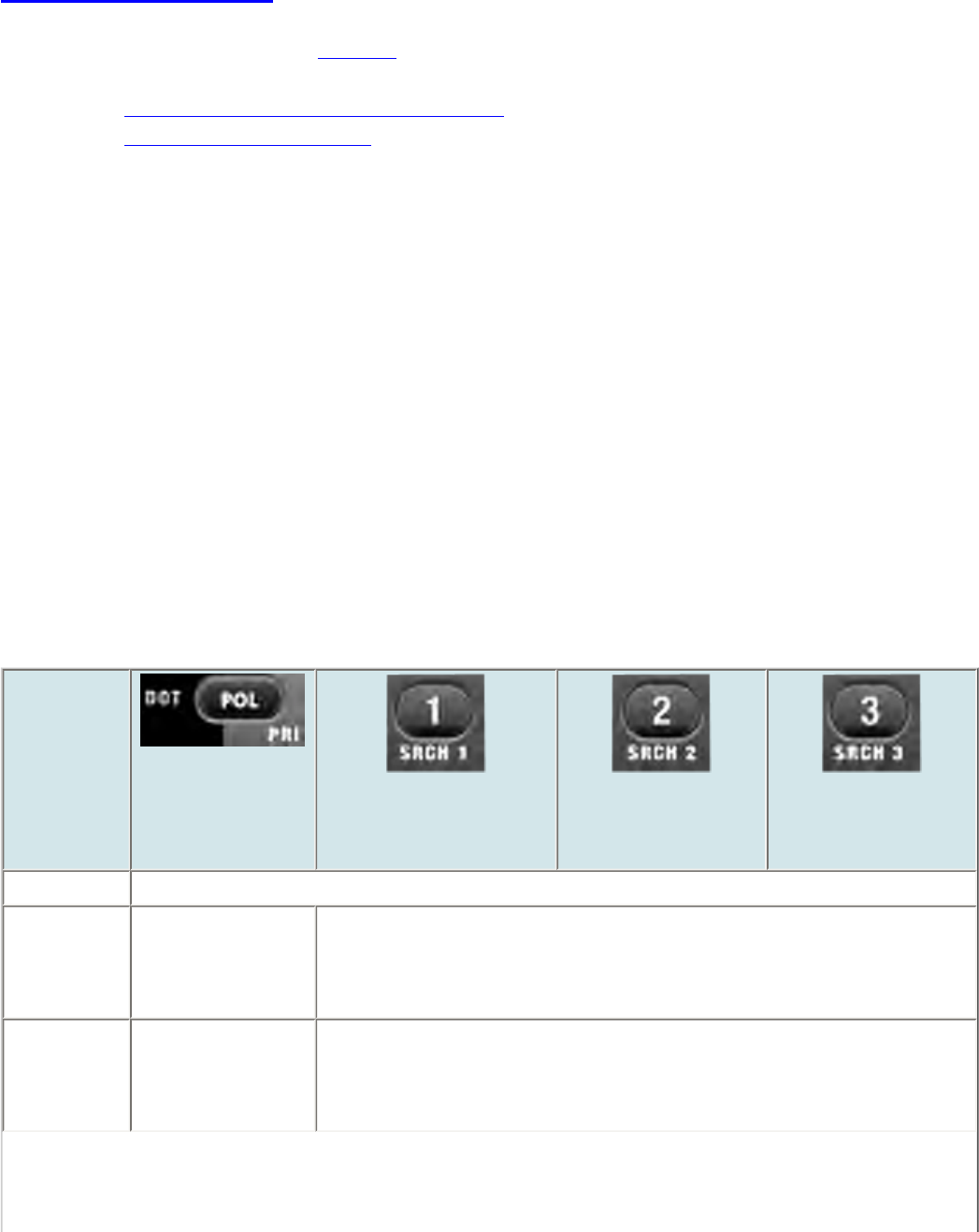
BCT15XKeySafeMode < UnidenMan4 < TWiki
Key Safe Mode
This page applies only to the BCT15X. For other models see:
● BCD396XT and BC346XT Key Safe Mode
● BCD996XT Key Safe Mode
Key Safe mode locks out the programming menu and more advanced functions so the user can't accidently
"break" the scanner. This mode is ideal for any situation where you want another person to be able to use the
scanner without changing any of the settings.
To turn Key Safe mode on (or off)
● Turn the scanner off.
● Press and hold FUNCTION while you turn the scanner back on.
● The scanner display shows Key Safe Mode On (or Key Safe Mode Off ), then returns to the operation it
was performing when you turned it off.
● While Key Safe mode is on, MENU is disabled along with the key combinations described in the table
below.
● When you try to use a disabled key combination, the scanner display shows Key Safe Mode. Press
FUNC while Power On for Full Operation .
The table below shows which key combinations are disabled and which ones operate normally (depending on
the operating mode the scanner is in):
Key Name
(2nd
operation)
Action On
DOT / Police /
PRIORITY
1 (Search 1)
2 (Search 2)
3 (Search 3)
Tap Normal Operation
FUNCTION
+ Tap while
holding
Scan mode:
Normal Operation
Other modes:
Disabled
Disabled
FUNCTION
+ Tap while
scanning
Scan mode:
Normal Operation
Other modes:
Disabled
Normal Operation
file:///C|/Documents%20and%20Settings/POpitz/My%20.../temp/CDImage_090515/Manual/BCT15XKeySafeMode.html (1 of 4)5/26/2009 11:16:19 AM
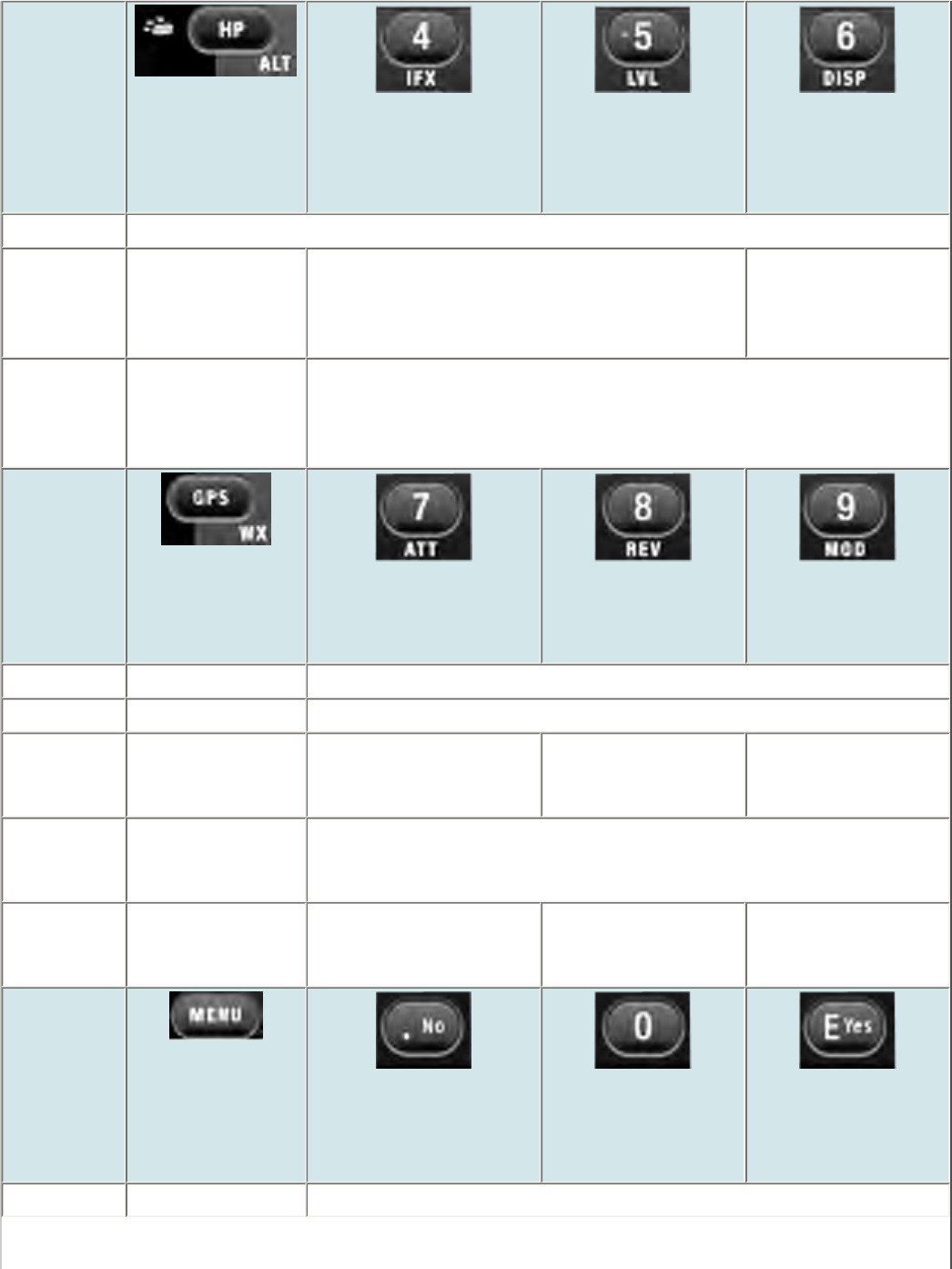
BCT15XKeySafeMode < UnidenMan4 < TWiki
Key Name
(2nd
operation)
Action on:
Beartracker /
Highway Patrol /
Alert
4 (IF exchange)
5 (Level offset)
6 (Display mode)
Tap Normal Operation
FUNCTION
+ Tap while
holding
Scan mode:
Normal Operation
Other modes:
Disabled
Disabled Normal Operation
FUNCTION
+ Tap while
scanning
Scan mode:
Normal Operation
Other modes:
Disabled
Normal Operation
Key Name
(2nd
operation)
Action on:
GPS / Weather
7 (Attenuation)
8 (Reverse freq.)
9 (Modulation)
Tap Disabled Normal Operation
Press & hold Disabled NA
FUNCTION
+ Tap while
holding
Normal Operation Disabled Normal Operation Disabled
FUNCTION
+ Tap while
scanning
Normal Operation Normal Operation
FUNCTION
+ Press &
hold
Disabled Disabled Normal Operation NA
Key Name
(2nd
operation)
Action on:
Menu
. / No (Decimal)
0
Yes (Enter)
Tap Disabled Normal Operation
file:///C|/Documents%20and%20Settings/POpitz/My%20.../temp/CDImage_090515/Manual/BCT15XKeySafeMode.html (2 of 4)5/26/2009 11:16:19 AM
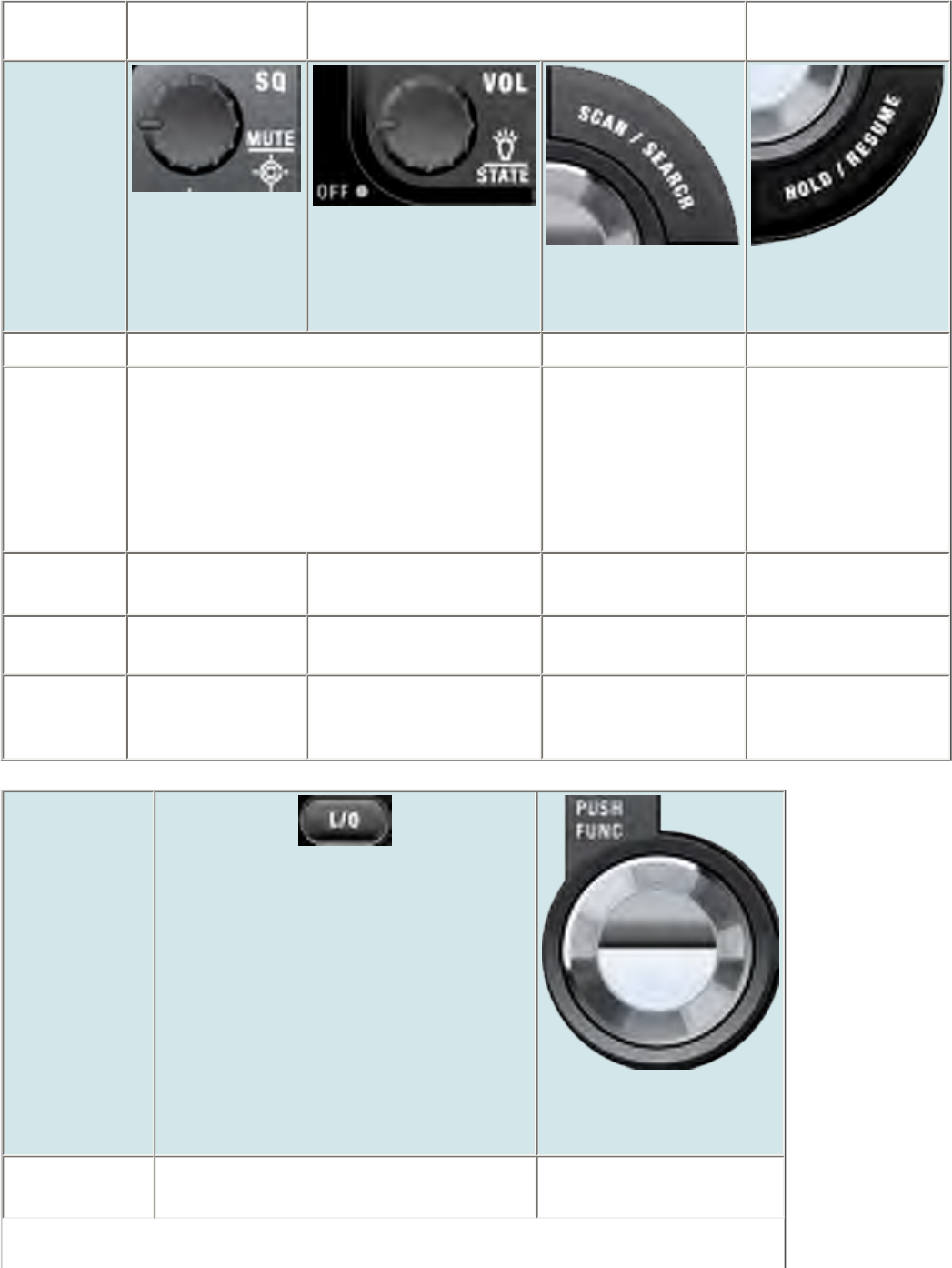
BCT15XKeySafeMode < UnidenMan4 < TWiki
FUNCTION
+ Tap Disabled Normal Operation NA
Key Name
(2nd
operation)
Action on:
SQUELCH
VOLUME
SCAN/SEARCH
HOLD/RESUME
Rotate Normal Operation NA NA
Tap Normal Operation In Close Call, Tone-
Out, WX, GPS, and
Band Scope modes,
this key is disabled. In
Search mode, this
operates as the
Resume function.
Normal Operation
Press &
Hold NA NA NA Normal Operation
FUNCTION
+ Tap Normal Operation Disabled Disabled Normal Operation
FUNCTION
+ Press &
Hold
Disabled NA NA NA
Key Name
(2nd operation)
Action on:
LOCKOUT
SCROLL - FUNCTION
Rotate NA Normal Operation
file:///C|/Documents%20and%20Settings/POpitz/My%20.../temp/CDImage_090515/Manual/BCT15XKeySafeMode.html (3 of 4)5/26/2009 11:16:19 AM

BCT15XKeySafeMode < UnidenMan4 < TWiki
Tap Normal Operation (temporary lockout
only) Normal Operation
Function + Tap Normal Operation (temporary lockout
only) NA
Press & Hold Disabled Normal Operation
This page applies to the following scanner(s): BCT15X Users Guide
file:///C|/Documents%20and%20Settings/POpitz/My%20.../temp/CDImage_090515/Manual/BCT15XKeySafeMode.html (4 of 4)5/26/2009 11:16:19 AM
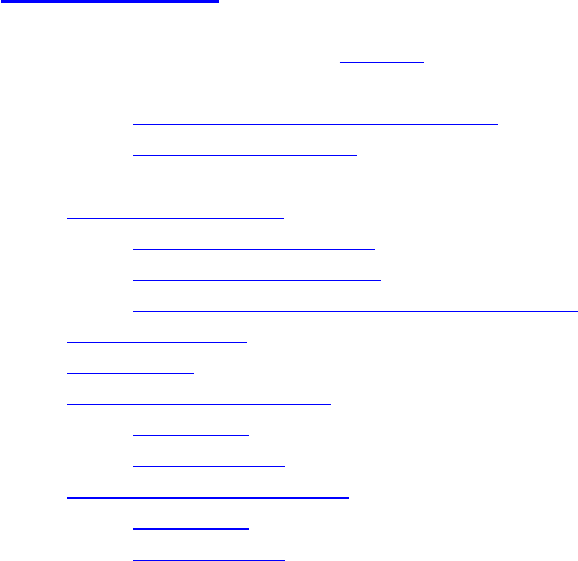
BCT15XScanMode < UnidenMan4 < TWiki
Scan mode
This page applies only to the BCT15X. For other models see:
● BCD396XT and BC346XT Scan Mode
● BCD996XT Scan Mode
● Scanning vs. Searching
❍ Scanning trunked systems
❍ Searching trunked systems
❍ State-by-State and Beartracker Warning System
● Default Scan Mode
● Locked Items
● Key operation in Scan mode
❍ Special keys
❍ Keypad controls
● Key operation in Search mode
❍ Special keys
❍ Keypad controls
Scanning vs. Searching
Scan and Search mode have very similar operations. In both Scan and Search modes, the scanner steps through
a set of frequencies and checks for activity. For Scan mode, you program each individual frequency or Talk
Group ID you want the scanner to check; for Search mode, you designate a range of frequencies, and the
scanner will check each individual frequency that falls within that range.
With trunked systems, Scan mode and Search mode are very similar, so the scanner can combine the two in a
single operation, switching from one to the other depending on the settings of each individual system:
Scanning trunked systems
● The scanner scans a system if the ID Scan Search option is set to ID Scan
● The scanner only checks for activity on unlocked Talk Group IDs that are programmed for this system.
● If any programmed Talk Group ID becomes active, the scanner switches to the voice channel and
monitors the transmission until it ends or until the Delay Time expires.
● The scanner checks each unlocked Talk Group ID at least once; if the hold time has expired, it moves on
to the next system.
Searching trunked systems
● The scanner searches a system if the ID Scan Search option is set to ID Search .
● When any Talk Group ID becomes active, the scanner checks to see if that ID is locked out.
● If the ID is unlocked, the scanner switches to the voice channel and monitors the transmission until it
file:///C|/Documents%20and%20Settings/POpitz/My%20...nts/temp/CDImage_090515/Manual/BCT15XScanMode.html (1 of 9)5/26/2009 11:16:22 AM

BCT15XScanMode < UnidenMan4 < TWiki
ends or until the Delay Time expires.
● The scanner monitors the system until the hold time expires, then moves on to the next system.
State-by-State and Beartracker Warning System
If any of the state-by-state searches are enabled, normal reception will be interrupted periodically (as set by the
Set Interval setting in the Priority Scan menu) to search for signals in the enabled searches. The number of
channels checked during state-by-state searches is set in the MaxCHs/Pri-Scan setting in the Priority Scan
menu. The more channels you have the scanner check during a priority check, the longer the audio dropout
during reception of other channels.
If the Beartracker Warning system is enabled, the scanner sounds an alert tone if it detects a transmission on a
frequency identified as a short-range frequency commonly used by law enforcement.
Default Scan Mode
In the default Scan mode, the scanner checks frequencies in the following order:
1. Scans or searches any unlocked systems programmed to system Quick Keys (SQKs) in ascending order
starting with the system or site assigned to SQK #1.
❍ In the system, the scanner first checks any unlocked groups assigned to group Quick Keys
(GQKs)in ascending order starting with the system or site assigned to SQK #1 (through GQK
#0).
❍ The scanner then checks any remaining unlocked groups in that system in the order in which you
created them. If none of the groups in the system have been assigned to GQKs, the scanner
checks all unlocked groups in the order in which you created them.
❍ The scanner does not check systems if the SQK is disabled off.
❍ The scanner does not check groups if the GQK is turned off.
2. Scans any remaining unlocked conventional systems (not assigned to an SQK) in alphabetical order
based on the system's Name. (The scanner checks groups within each system as described in step 1.)
3. Checks all unlocked trunked systems (not assigned to an SQK) in alphabetical order based on the
system's Name. (The scanner checks groups within each system as described in step 1.)
4. Searches through the designated general service frequencies (Public safety, Military, Air, etc.).
5. Searches through any unlocked frequencies saved in the Custom Search list.
6. Checks any frequencies saved in the Close Call Hits list.
Locked Items
The scanner does not check locked out items in either scanning or searching:
● A system or site is considered locked if
❍ its SQK is turned off
❍ its Set Lockout field is set to Locked Out or Temporary L/O
● A group is considered locked if
❍ the system or site containing it is locked
❍ its GQK is turned off
❍ its Set Lockout field is set to Locked Out or Temporary L/O
● A channel or frequency is considered locked if
file:///C|/Documents%20and%20Settings/POpitz/My%20...nts/temp/CDImage_090515/Manual/BCT15XScanMode.html (2 of 9)5/26/2009 11:16:22 AM
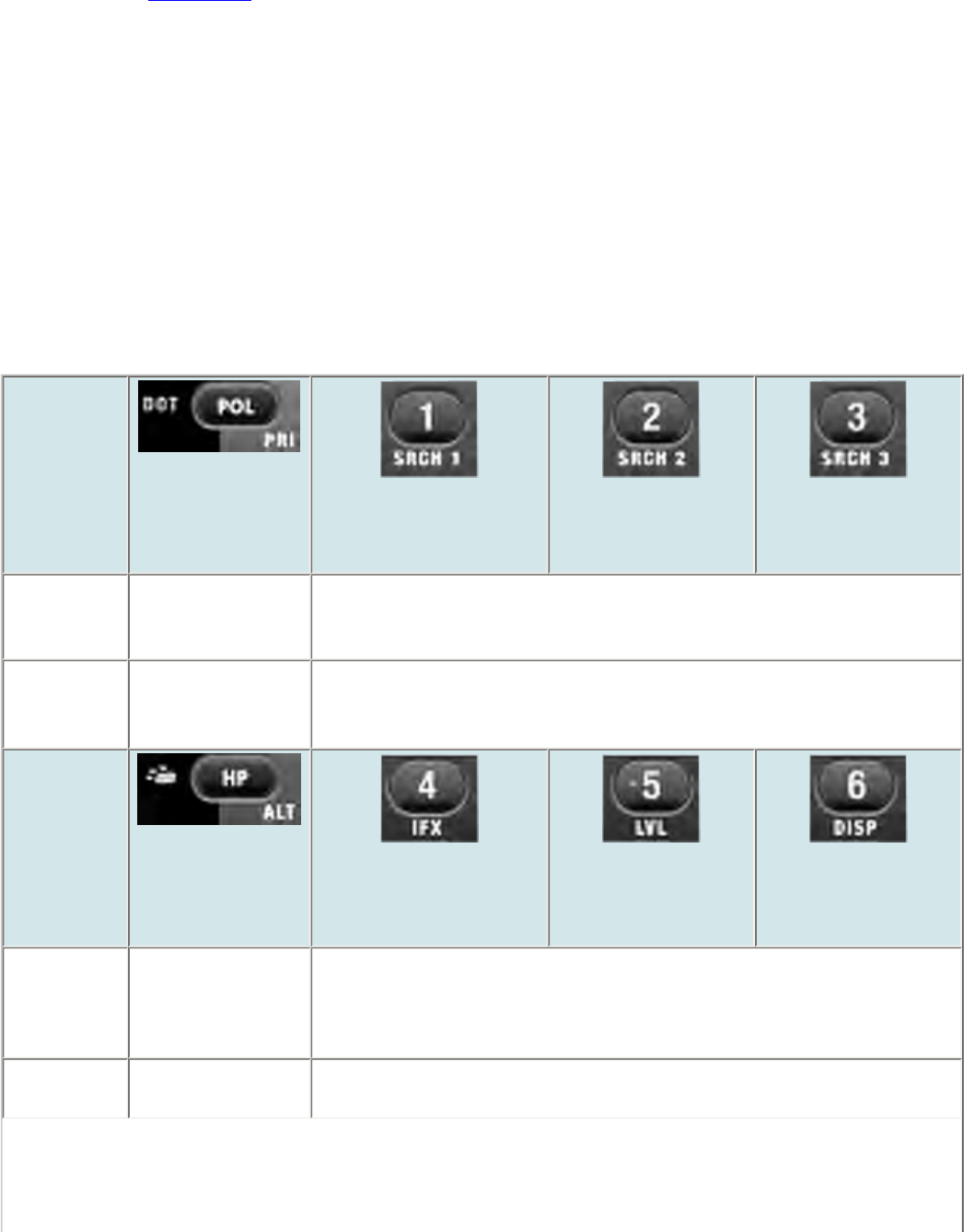
BCT15XScanMode < UnidenMan4 < TWiki
❍ the group containing it is locked
❍ its Set Lockout field is set to Locked Out or Temporary L/O
Key operation in Scan mode
Special keys
● Turn the SCROLL knob to change the direction of the scan.
● While monitoring a channel, rotate the SCROLL knob or press SCAN to resume scanning.
● FUNCTION + turn the SCROLL knob to select a system. The scanner starts scanning at the system
you select here.
● FUNCTION + tap MENU to edit the current system.
Keypad controls
Key Name
(2nd
operation)
Action On
Police / Priority
1 (Search 1)
2 (Search 2)
3 (Search 3)
Tap Toggle DOT and
Police State-by-
State search mode.
Disable the systems or sites assigned to this System/Site Quick Key
(SQK). Tap again to enable.
FUNCTION
+ Tap Toggle priority
modes. Disable the channel groups in the current system assigned to this Group
Quick Key (GQK). Tap again to enable.
Key Name
(2nd
operation)
Action on:
Highway Patrol /
Alert
4 (IF exchange)
5 (Level offset)
6 (Display mode)
Tap Toggle Highway
Patrol / Beartrack
Warning System
modes.
Disable the systems or sites assigned to this System/Site Quick Key
(SQK). Tap again to enable.
FUNCTION
+ Tap Toggle Alert Plus
mode. Disable the channel groups in the current system assigned to this Group
Quick Key (GQK). Tap again to enable.
file:///C|/Documents%20and%20Settings/POpitz/My%20...nts/temp/CDImage_090515/Manual/BCT15XScanMode.html (3 of 9)5/26/2009 11:16:22 AM
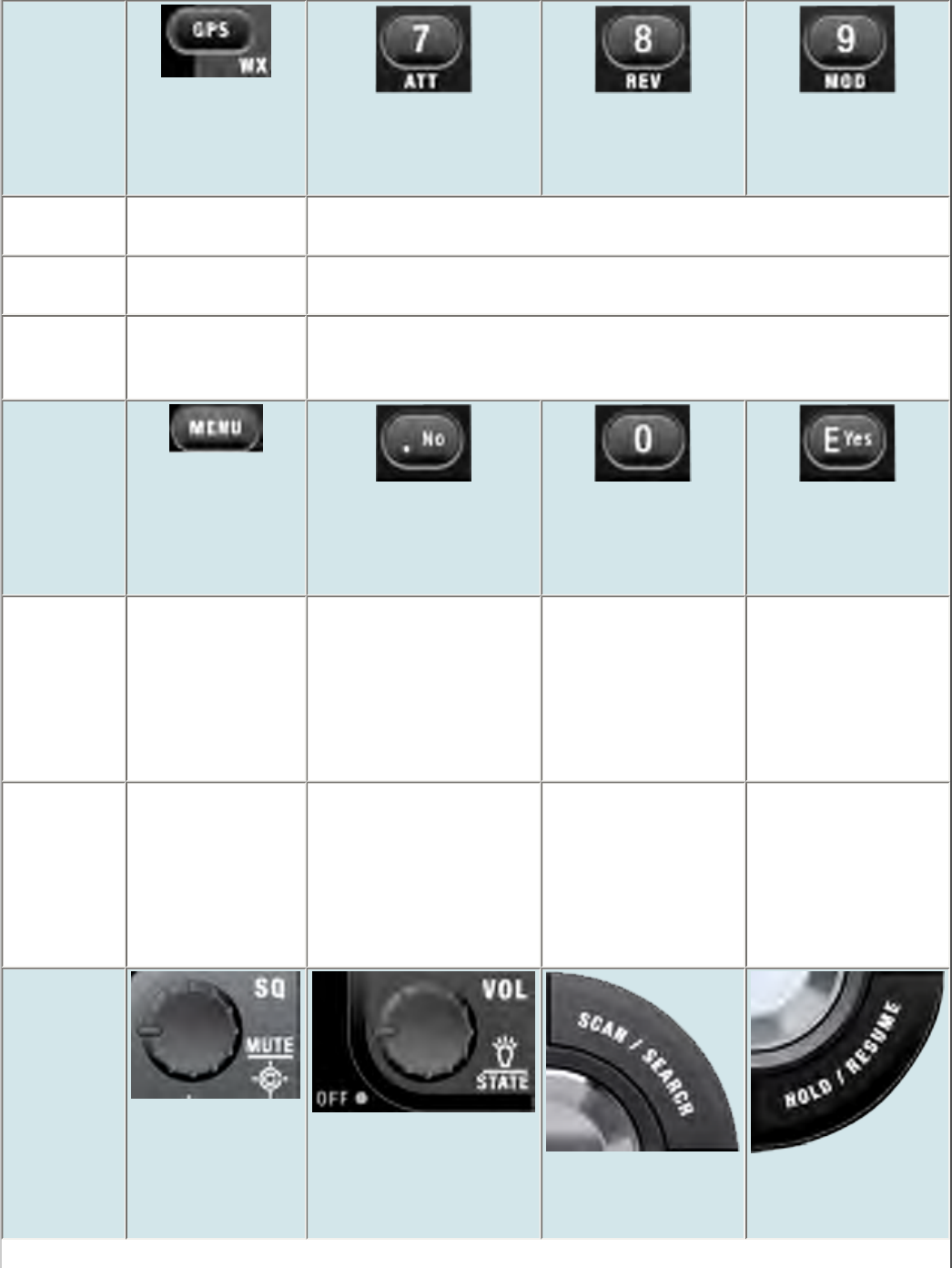
BCT15XScanMode < UnidenMan4 < TWiki
Key Name
(2nd
operation)
Action on:
GPS / Weather
7 (Attenuation)
8 (Reverse freq.)
9 (Modulation)
Tap Change to GPS
Mode. Disable the systems or sites assigned to this System/Site Quick Key
(SQK). Tap again to enable.
FUNCTION
+ Tap Toggle Weather
Priority mode. Disable the channel groups in the current system assigned to this Group
Quick Key (GQK). Tap again to enable.
FUNCTION
+ Press &
Hold
Start Weather Scan
mode. NA
Key Name
(2nd
operation)
Action on:
MENU
. / No
0
Yes (Enter)
Tap Go to the Menu
Mode Start a 2-digit SQK entry.
The next two digits will
be treated as the SQK.
During a system
message: Cancel the
message and exit that
screen.
Disable the systems or
sites assigned to
System/Site Quick
Key 0. Tap again to
enable.
If stopped on a
channel, edit the
current channel.
FUNCTION
+ Tap Go to the editing
menu for the
current system.
Start a 2-digit SQK entry.
The next two digits will
be treated as the SQK.
During a system
message: Cancel the
message and exit that
screen.
Disable or enable the
channel groups in the
current system
assigned to Group
Quick Key 0 (GQK
0). Tap again to
enable.
If stopped on a
channel, edit the
current channel.
Key Name
(2nd
operation)
Action on:
SQUELCH
VOLUME
SCAN/SEARCH
HOLD/RESUME
file:///C|/Documents%20and%20Settings/POpitz/My%20...nts/temp/CDImage_090515/Manual/BCT15XScanMode.html (4 of 9)5/26/2009 11:16:22 AM
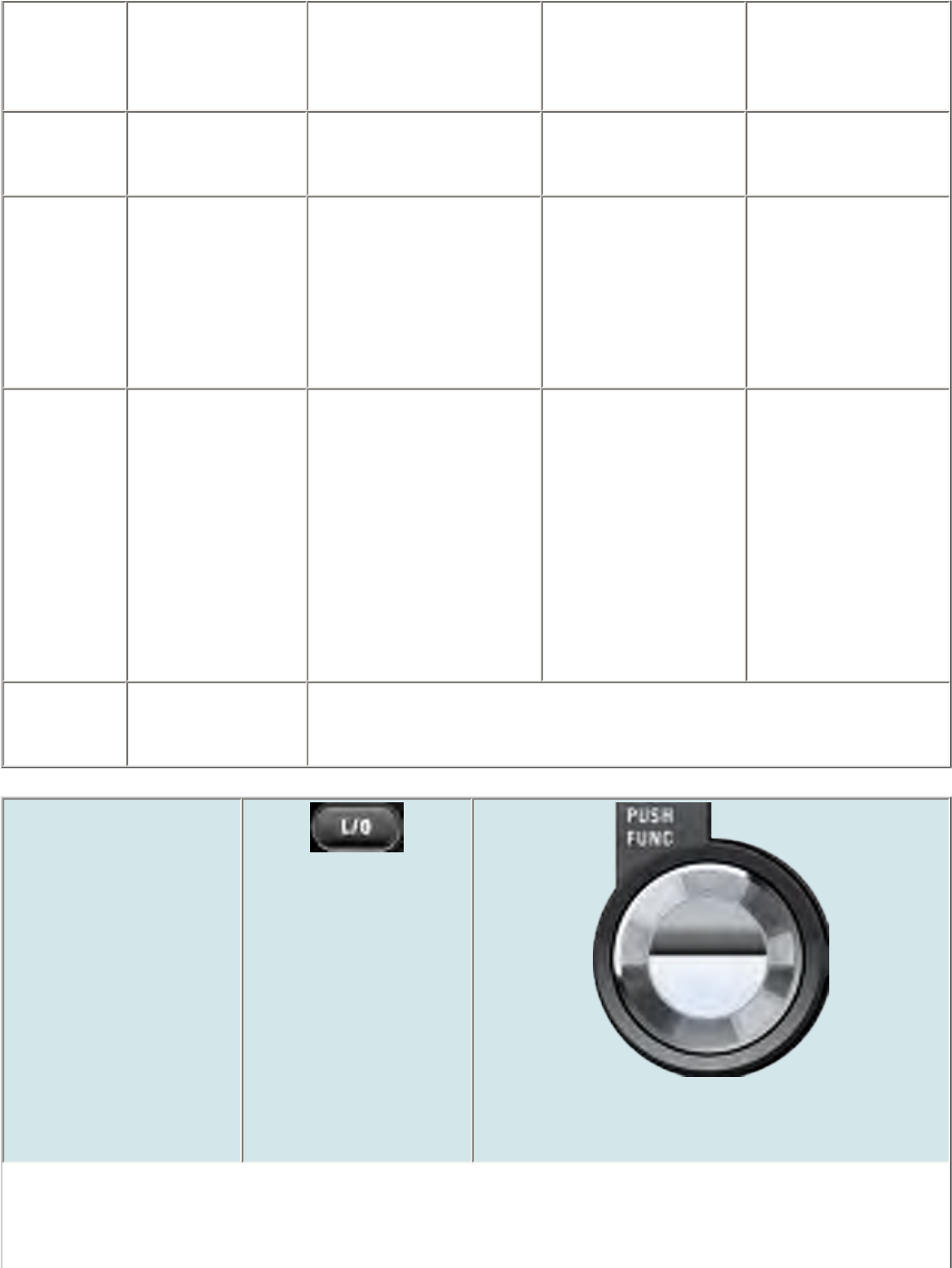
BCT15XScanMode < UnidenMan4 < TWiki
Rotate Adjust Squelch. Adjust volume. Turn
fully counterclockwise
past click to turn off
scanner.
NA NA
Tap Temporarily stop
alert tone. Tap
again to restore.
Change backlight level. Resume scanning (if
stopped on a channel). Hold on the current
channel.
Press &
Hold Permanently stop
alert tone. Tap
again to restore.
NA NA Hold on the current
system.
If already holding on
a system, resume
normal scanning.
FUNCTION
+ Tap Toggle close call
modes. Select the state to use for
state-by-state searches. When scanning a
trunked system,
toggle between ID
Scan and ID Search
mode.
When scanning a
conventional system,
go to Quick Search
mode.
Hold on the current
channel.
FUNCTION
+ Press &
hold
Start Close Call
Only mode. NA
Key Name
(2nd operation)
Action on:
LOCKOUT
SCROLL - FUNCTION
file:///C|/Documents%20and%20Settings/POpitz/My%20...nts/temp/CDImage_090515/Manual/BCT15XScanMode.html (5 of 9)5/26/2009 11:16:22 AM
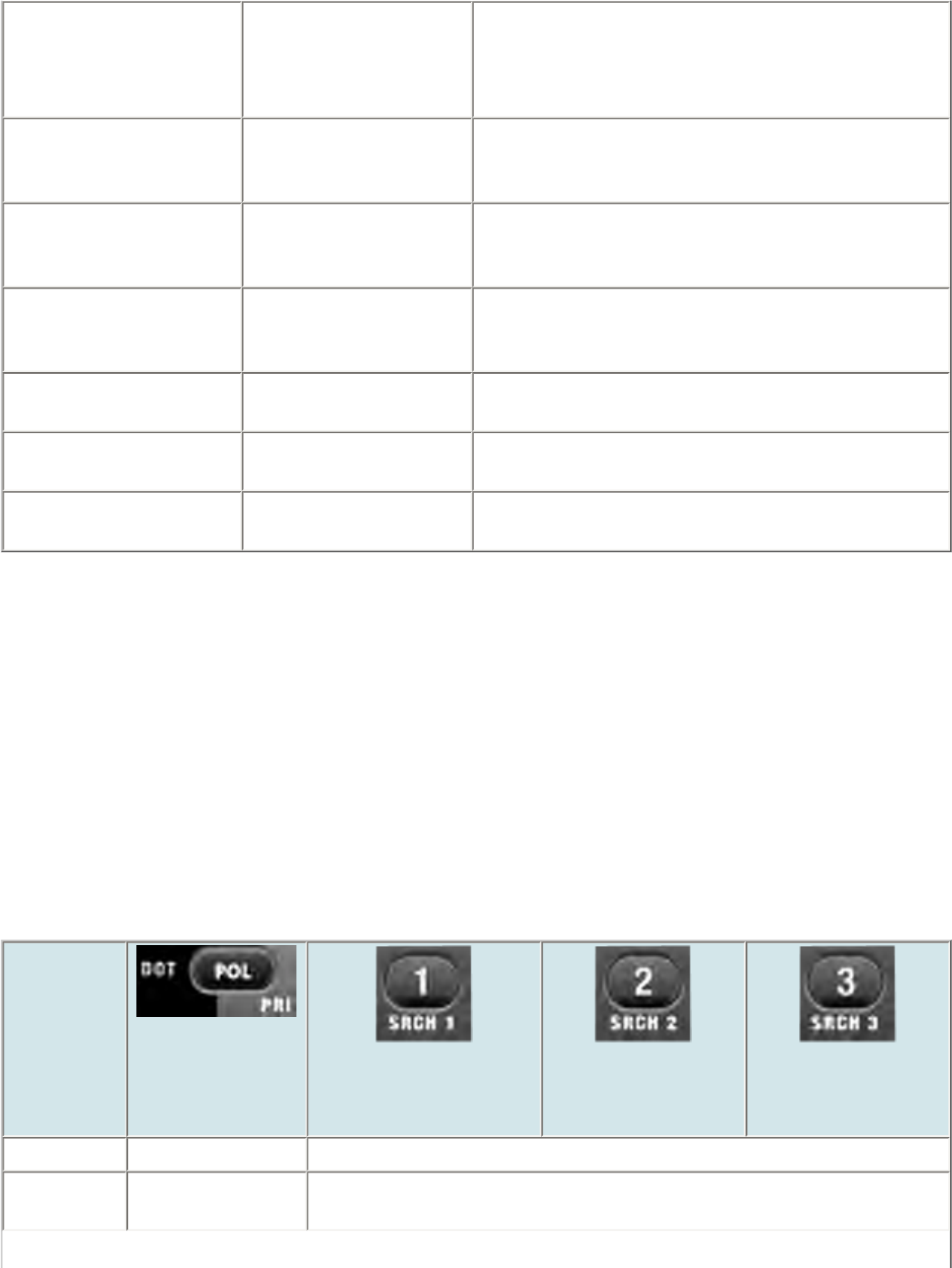
BCT15XScanMode < UnidenMan4 < TWiki
Rotate NA Change scan direction.
If stopped on a channel, resume scanning.
Tap If stopped on a channel,
temporarily lockout the
channel.
Activate the FUNCTION mode for the next keypress.
Double Tap If stopped on a channel,
permanently lockout the
channel.
NA
Press & Hold If stopped on a channel,
unlock all channels in the
current system.
"Latch" the FUNCTION mode. Scanner stays on the
current system and all keypresses use the FUNCTION
mode until you tap the control again.
FUNCTION + Tap Temporarily lockout the
current system. NA
FUNCTION + Double
Tap Permanently lockout the
current system. NA
FUNCTION + Press &
Hold Unlock all items,
regardless of type. NA
Key operation in Search mode
Special keys
● Turn the SCROLL knob to change the direction of the search.
● While monitoring a channel, rotate the SCROLL knob to resume searching.
● In Custom Search mode, FUNCTION + turn the SCROLL knob to select a custom search range. The
scanner starts at the custom search range you select here.
● FUNCTION+ tap MENU to go to the Search for... menu.
● During a Quick Search, FUNCTION+ tap MENU to go to the Srch/CloCall Opt menu.
Keypad controls
Key Name
(2nd
operation)
Action On
Police / Priority
1 (Search 1)
2 (Search 2)
3 (Search 3)
Tap Go to scan mode Disable the custom search range assigned to this key. Tap again to enable.
FUNCTION
+ Tap NA Start the search range assigned to this Search Key.
file:///C|/Documents%20and%20Settings/POpitz/My%20...nts/temp/CDImage_090515/Manual/BCT15XScanMode.html (6 of 9)5/26/2009 11:16:22 AM
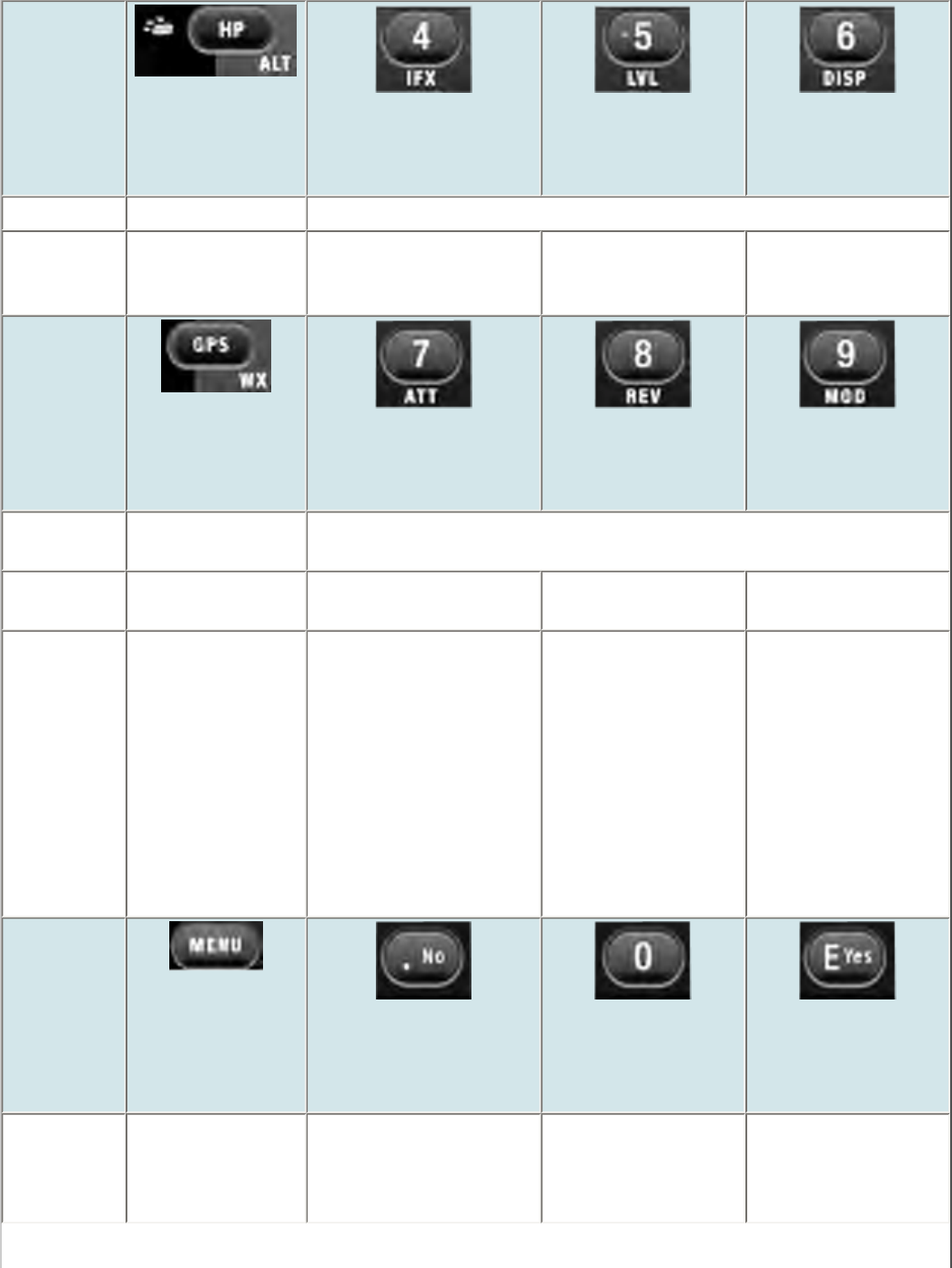
BCT15XScanMode < UnidenMan4 < TWiki
Key Name
(2nd
operation)
Action on:
Highway Patrol /
Alert
4 (IF exchange)
5 (Level offset)
6 (Display mode)
Tap Go to scan mode. Disable the custom search range assigned to this key. Tap again to enable.
FUNCTION
+ Tap Go to Alert Plus
scanning. When monitoring a
frequency, toggle the IF
for that frequency.
NA Switch the display
mode.
Key Name
(2nd
operation)
Action on:
GPS / Weather
7 (Attenuation)
8 (Reverse freq.)
9 (Modulation)
Tap Switch to the GPS
Navigation display. Disable the custom search range assigned to this key. Tap again to enable.
FUNCTION
+ Tap Toggle Weather
Prioirty mode. Toggle the attenuator
state. NA Change the
modulation.
FUNCTION
+ Press &
hold
Go to Weather
Scan mode. Toggle the attenuator
state for all signals. If stopped on a
frequency that has a
valid reverse (input)
frequency, show the
repeater reverse
frequency for the
current frequency (the
scanner returns to the
original frequency
when you release the
key).
NA
Key Name
(2nd
operation)
Action on:
Menu
. / No (Decimal)
0
Yes (Enter)
Tap Enter the Menu
Mode. NA Disable the search
range assigned to this
key. Tap again to
enable.
If stopped on a
frequency, store the
current frequency.
file:///C|/Documents%20and%20Settings/POpitz/My%20...nts/temp/CDImage_090515/Manual/BCT15XScanMode.html (7 of 9)5/26/2009 11:16:22 AM
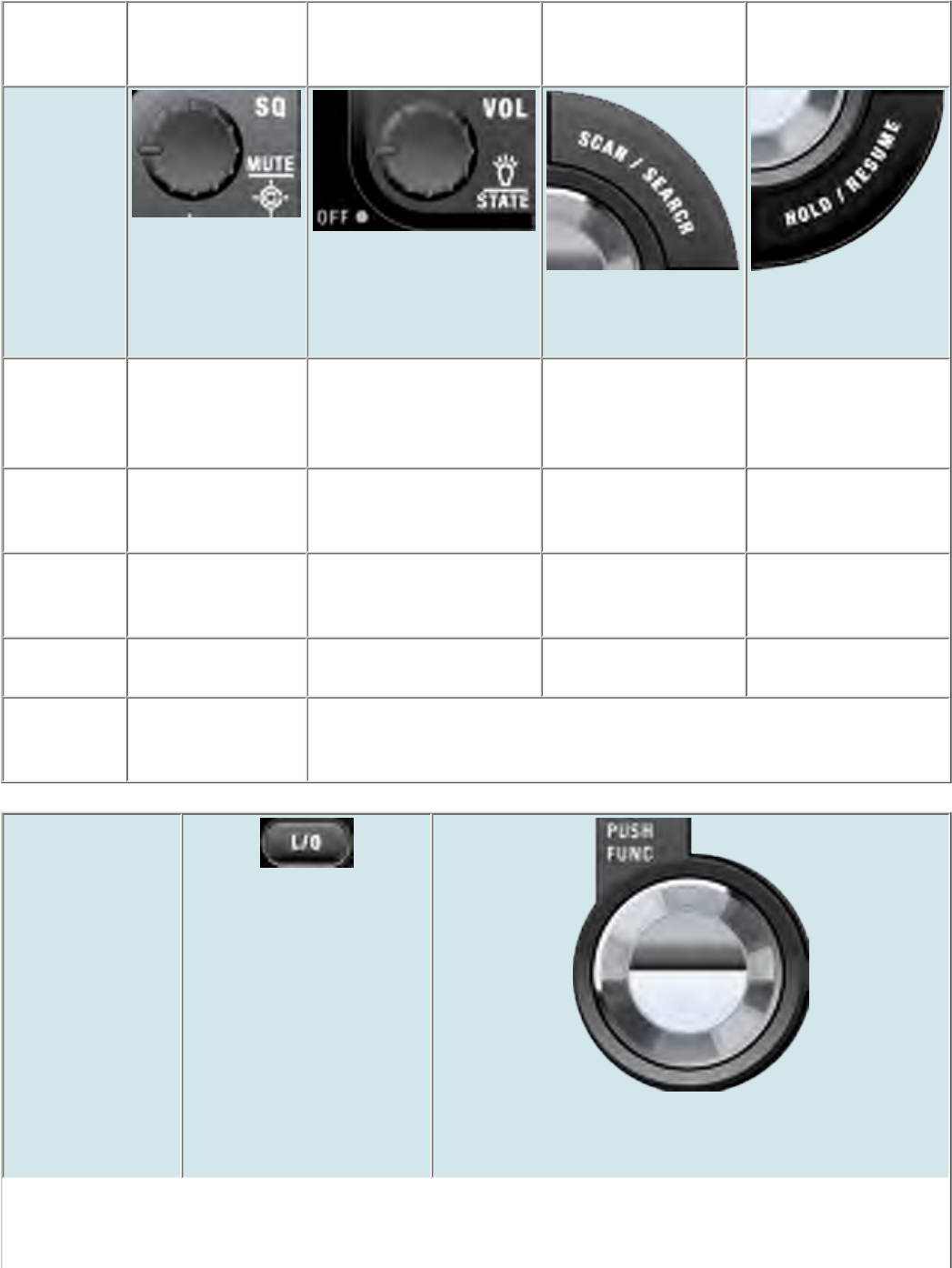
BCT15XScanMode < UnidenMan4 < TWiki
FUNCTION
+ Tap Enter the "Search
for..." Menu. NA NA If stopped on a
frequency, store the
current frequency.
Key Name
(2nd
operation)
Action on:
SQUELCH
VOLUME
SCAN/SEARCH
HOLD/RESUME
Rotate Adjust Squelch. Adjust volume. Turn
fully counterclockwise
past click to turn off
scanner.
NA NA
Tap Temporarily mute
alerts. Tap again to
restore.
Change backlight level. Go to Scan mode. Hold on the current
frequency.
Press &
Hold Permanently mute
alerts. Tap again to
restore.
NA NA NA
FUNCTION
+ Tap Toggle Close Call
modes. Change the state for state-
by-state searches. Resume Searching. Hold on the current
frequency.
FUNDTION
+ Press &
hold
Go to Close Call
Only mode. NA
Key Name
(2nd operation)
Action on:
LOCKOUT
SCROLL - FUNCTION
file:///C|/Documents%20and%20Settings/POpitz/My%20...nts/temp/CDImage_090515/Manual/BCT15XScanMode.html (8 of 9)5/26/2009 11:16:22 AM
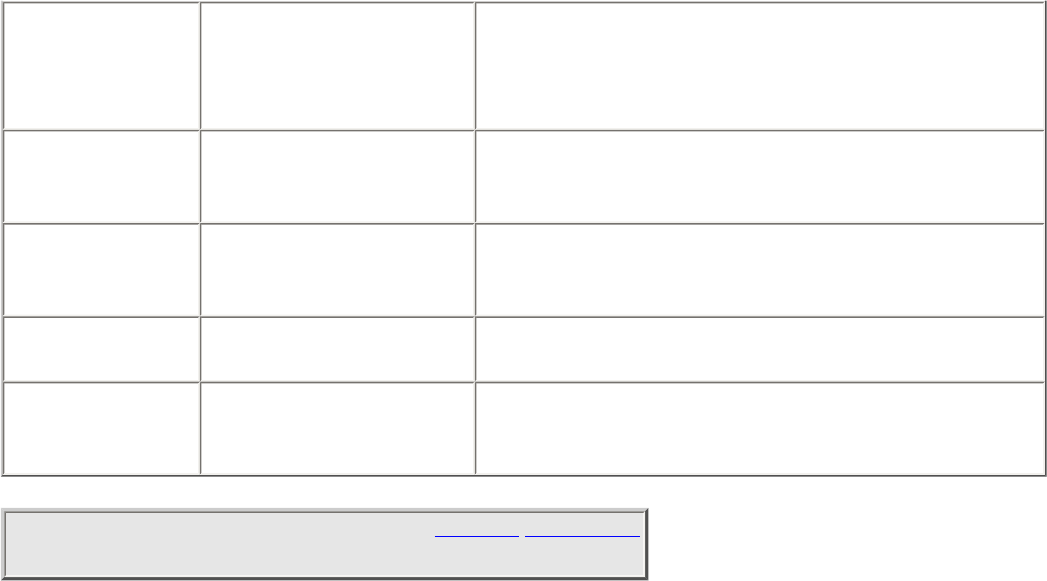
BCT15XScanMode < UnidenMan4 < TWiki
Rotate NA Change search direction.
If stopped on a frequency, resume searching.
Tap If stopped on a frequency,
temporarily lockout the
frequency.
Activate the FUNCTION mode for the next keypress.
Double Tap If stopped on a frequency,
permanently lockout the
frequency.
NA
FUNCTION +
Tap Review the list of locked
out frequencies. NA
Press & Hold If stopped on a frequency,
unlock all search
frequencies.
"Latch" the FUNCTION mode. Scanner stays on the
current system and all keypresses use the FUNCTION
mode until you tap the control again.
This page applies to the following scanner(s): BCT15X Users Guide
file:///C|/Documents%20and%20Settings/POpitz/My%20...nts/temp/CDImage_090515/Manual/BCT15XScanMode.html (9 of 9)5/26/2009 11:16:22 AM
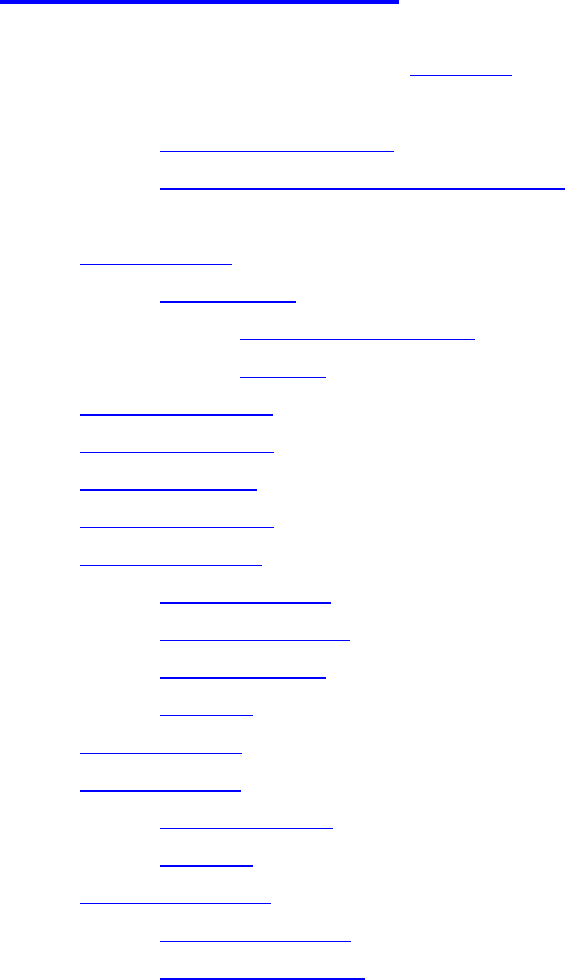
BCT15XSettings < UnidenMan4 < TWiki
BCT15X Settings
This page applies only to the BCT15X. For other models see:
● BCD996XT Settings
● BCD396XT and BC346XT Settings
● Set Backlight
❍ Set Dimmer
■ Auto: Select Polarity
■ Manual
● Adjust Key Beep
● Set Upside-down
● Adjust Contrast
● Set C-CH Output
● Set GPS Format
❍ Set Pos Format
❍ Set Time Format
❍ Set Time Zone
❍ Set Unit
● Set Serial Port
● Band Defaults
❍ Set Modulation
❍ Set Step
● See Scanner Info
❍ % Memory Used
❍ Firmware Version
Set Backlight
This menu lets you configure the display and key backlight.
Set Dimmer
file:///C|/Documents%20and%20Settings/POpitz/My%20D...ents/temp/CDImage_090515/Manual/BCT15XSettings.html (1 of 5)5/26/2009 11:16:23 AM

BCT15XSettings < UnidenMan4 < TWiki
Selects whether the backlight brightness is set automatically or manually.
Auto: Select Polarity
+
Polarity The backlight dims when +12V is applied to the orange lead.
- Polarity The backlight dims when +12V is not being applied to the orange
lead.
Manual
Manually select the brightness of the backlight. Your options are high (brightest),
middle, and low (dimmest).
Adjust Key Beep
Select the volume level (Level 1 through Level 15) you want the keybeep to use, or
select Auto to have the scanner sound the keybeep without changing the volume. If you
don't want the scanner to beep when you press the keys, select Off .
Set Upside-down
Lets you invert the display. Useful if you are mounting the scanner in an overhead space.
Adjust Contrast
Select one of the 15 available contrast levels for the display. As you scroll through the
options, the display adjusts to the highlighted contrast level; press YES when you see the
display contrast you want to use.
Set C-CH Output
Choose how you want the scanner to handle control channel data:
● Off : The scanner will not output the control channel data.
● On : The scanner will output the control channel data.
● Extend : The scanner will output the control channel data along with any
file:///C|/Documents%20and%20Settings/POpitz/My%20D...ents/temp/CDImage_090515/Manual/BCT15XSettings.html (2 of 5)5/26/2009 11:16:23 AM
BCT15XSettings < UnidenMan4 < TWiki
description.
Set GPS Format
Configure how the scanner displays position coordinates, time, and units during GPS
operation:
Set Pos Format
Select how the scanner displays longitude and latitude:
● DMS: DDD° MM' SS.ss : Display coordinates in degrees (DDD), minutes (MM),
and seconds (SS.ss).
● DEG: DDD.dddddd : Display coordinates as decimal degrees.
Set Time Format
Select 12H for 12-hour (am/pm) time format or 24H for 24-hour time format.
Set Time Zone
Set the number of hours your local time zone differs from universal time (GMT/UTC).
Select from -14 hours to +14 hours in half-hour (0.5 h) increments.
Set Unit
Select the unit used for distance: mile or kilometer (km).
Set Serial Port
Select the port you are adjusting ( Set Front Port or Set Rear Port) Then, set the baud
rate for the selected serial port. Choose from 4800, 9600, 19200, 38400, 57600 , or
115200 bps; select Off to disable the serial port.
The front port defaults to 115200 bps. The rear port defaults to 4800 bps to maintain
compatibility with GPS units.
file:///C|/Documents%20and%20Settings/POpitz/My%20D...ents/temp/CDImage_090515/Manual/BCT15XSettings.html (3 of 5)5/26/2009 11:16:23 AM
BCT15XSettings < UnidenMan4 < TWiki
Band Defaults
Use this menu to change the default modulation and frequency step or spacing used for
each band. The scanner displays the list of available bands in the following format:
{Frequency} : {modulation type} / {step}
Select the frequency band you want to edit. The scanner prompts you for the following
information:
Set Modulation
Select the type of modulation you want the scanner to use as the default for this band:
AM, Narrowband FM (NFM), FM, Wideband FM (WFM), or FM broadcast (FMB).
Set Step
Select the number of kHz between each frequency or channel step: 5.0, 6.25, 7.5, 8.33,
10.0, 12.5, 15.0, 20.0, 25.0, 50.0, or 100.0 kHz.
See Scanner Info
This menu lets you see detailed information about the memory and firmware, including
the ESN and ESN Checksum.
% Memory Used
See the percent of overall memory used ( Memory Used) along with the number of
programmed Systems, Sites , and channels ( CHN) and the percent of available memory
positions used for each.
Firmware Version
See the firmware version ( Version), the electronic serial number ( ESN), checksum
( SUM), and major firmware version number ( M-Ver) of the scanner.
file:///C|/Documents%20and%20Settings/POpitz/My%20D...ents/temp/CDImage_090515/Manual/BCT15XSettings.html (4 of 5)5/26/2009 11:16:23 AM

SetBearTracker < UnidenMan4 < TWiki
Set Bear Tracker
To determine whether the information on this page applies to your
scanner, see the tags at the bottom of the page.
The menu items under Set Bear Tracker affect how the Beartracker Warning System
operates. The Bear Tracker Warning system is turned on by repeatedly pressing HP/ALT
until BT appears in the bottom row of the display.
When Bear Tracker Warning System is turned on the scanner will check the Bear
Tracker state-by-state frequencies every 2 seconds. You will hear a brief break in
transmissions when the scanner makes the check. You select the state to use by
FUNCTION + Tap Volume, then rotate the scroll control to select your state. These
frequencies are frequencies typically used by Highway Patrol, State Police, State Patrol,
and Air Patrol that are typically receivable from short ranges (<2 miles). If the scanner
detects a transmission in Bear Tracker mode, it sounds an alert to let you know of nearby
law enforcement activities.
● Set Hold Time
● Set Delay Time
● Set Alert
❍ Set Alert Tone
❍ Set Alert Light
● Set Record
Set Hold Time
This sets how long the scanner checks for BearTracker alerts before returning to
programmed scanning.
Set Delay Time
This sets how long the scanner stays on a frequency after a transmission ends before
resuming scanning.
file:///C|/Documents%20and%20Settings/POpitz/My%20Do...ments/temp/CDImage_090515/Manual/SetBearTracker.html (1 of 2)5/26/2009 11:16:28 AM

SetBearTracker < UnidenMan4 < TWiki
Set Alert
This sets the alert tone and light for BearTracker Warning System alerts.
Set Alert Tone
First, select the alert pattern to sound. As you scroll through options, the scanner sounds
the selected tone. Press E to make your selection. The scanner then prompts you to select
the tone level. As you scroll through options, the scanner sounds at the selected volume
level. If you select AUTO, the alert level will match the volume control setting. Press E
to make your selection. The scanner returns to the Set Alert Tone menu.
Set Alert Light
First, select the alert flash speed. As you scroll through options, the scanner flashes at the
selected speed. Press E to make your selection. The scanner returns to the Set Alert Tone
menu.
Set Record
Sets the scanner to send the BearTracker alerts audio out the RECORD OUT jack on the
back of the scanner.
This page applies to the following scanner(s): BCT15X Users
Guide
file:///C|/Documents%20and%20Settings/POpitz/My%20Do...ments/temp/CDImage_090515/Manual/SetBearTracker.html (2 of 2)5/26/2009 11:16:28 AM

AnalogProgramSystem < UnidenMan4 < TWiki
To determine whether the information on this page applies to your
scanner, see the tags at the bottom of the page.
The Program System menu lets you create systems and edit existing systems. All
existing systems are listed in the order they were created: select the system you want to
edit, or select New System to create a new one.
When you create a new system, the scanner prompts you to select a system type; the
system type you select controls what options are available for the system setup. You
can't change a system type once the system is created: if you need to change the system
type, delete the system and create it all over again as a new system.
The System Type options are:
● MOT : Use for any Motorola system.
● EDCS : Use for any EDACs system. When you select this system type, the
scanner prompts you to choose WIDE/NARROW or SCAT .
● LT : Use for any LTR system.
● Conventional : Use for any non-trunked system.
REMEMBER: Once you select a system type, you can't change it!
● Edit Name
● Edit Sys Option
● Edit Site
● Edit Group
● Copy System
● Delete System
● New System
Edit Name
Enter a name or edit the existing one. Names can be 16 characters long, and they can
contain upper and lower case letters, punctuation, and spaces. Turn the SELECT-
VOLUME-SQUELCH knob on the handheld scanners or the SCROLL / FUNCTION
knob on mobile scanners to choose the character you want, then press 6 (right cursor) to
move the cursor to the next character.
file:///C|/Documents%20and%20Settings/POpitz/My%20D...temp/CDImage_090515/Manual/AnalogProgramSystem.html (1 of 2)5/26/2009 11:16:43 AM
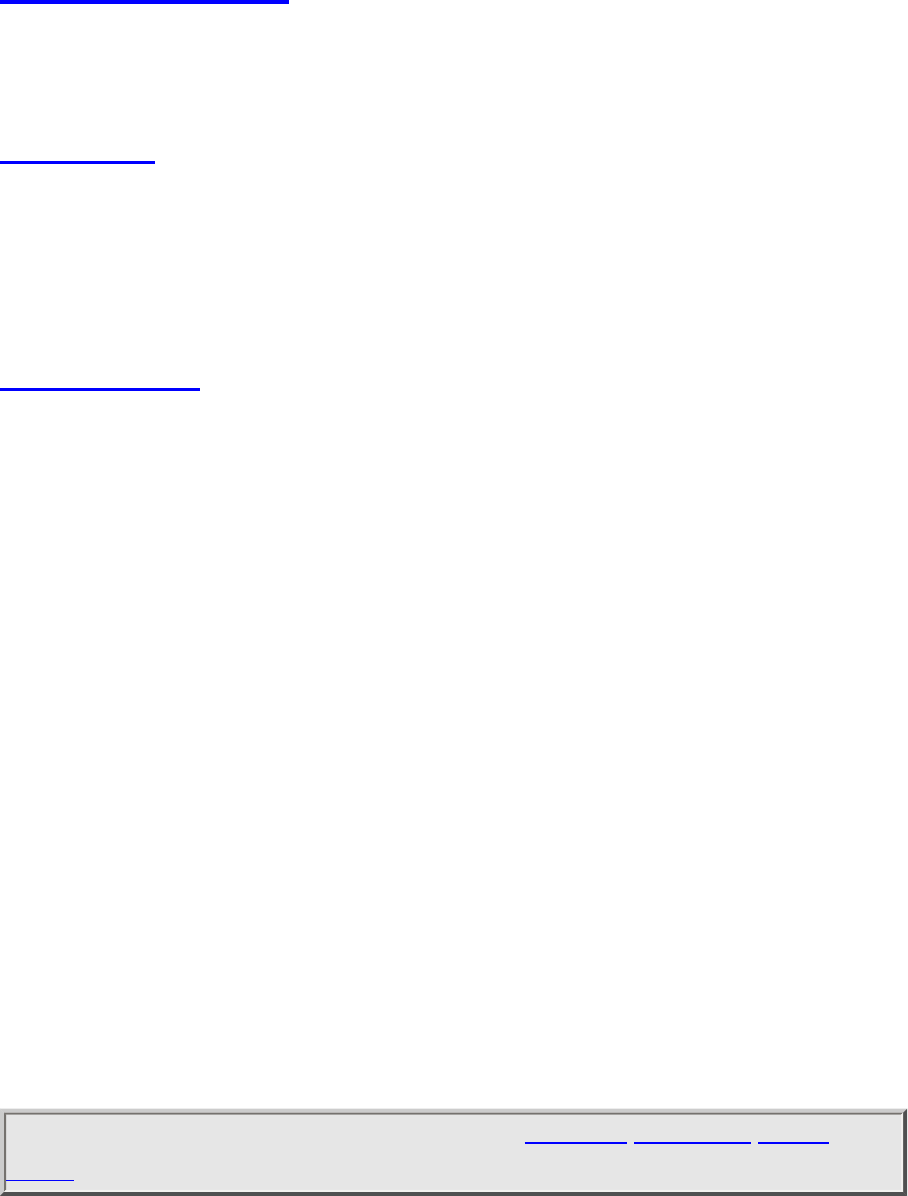
AnalogProgramSystem < UnidenMan4 < TWiki
Edit Sys Option
This menu lets you set the options for each system.
Edit Site
(trunked systems only) This menu lets you create sites and edit existing sites. All
existing sites are listed in the order they were created: select the site you want to edit, or
select New Site to create a new one.
Edit Group
This menu lets you create groups and edit existing groups. All existing groups are listed
in group quick key order: select the group you want to edit, or select New Group to
create a new one. You can have up to 20 groups in each system.
Copy System
Make a copy of this system and all its settings including all sites, groups, channels, and
frequencies. The scanner prompts you to enter a new system name.
Delete System
Delete this system and all its settings; this includes sites, groups, channels, and
frequencies.
New System
Create a new system.
This page applies to the following scanner(s): BCT15X BC346XT Users
Guide
file:///C|/Documents%20and%20Settings/POpitz/My%20D...temp/CDImage_090515/Manual/AnalogProgramSystem.html (2 of 2)5/26/2009 11:16:43 AM

TemplateSetAlertLight < UnidenMan4 < TWiki
Monocolor backlights
The following scanners have only one backlight color
● BC346XT
● BCT15X
For these scanners, decide whether it triggers a light when the alert condition occurs.
Choose the flash pattern (steady On, Slow Blink, or Fast Blink) you want the scanner to
use for the alert light. Leave this option at Off if you don't want the scanner to flash an
alert light.
Multicolor backlights
The following scanners have 7 different backlight colors (blue, red, magenta, green,
cyan, yellow, or white)
● BCD396XT
● BCD996XT
For these scanners, choose one of backlight colors for the scanner to use for the alert
light. Leave this option at Off if you don't want the scanner to flash an alert light.
If you select a light color, the scanner prompts you to select the flash pattern (steady On,
Slow Blink, or Fast Blink) you want to the alert light to use.
file:///C|/Documents%20and%20Settings/POpitz/My%20Documents/temp/CDImage_090515/Manual/TemplateSetAlertLight.html5/26/2009 11:17:02 AM
TemplateP25WaitingTime < UnidenMan4 < TWiki
On channels that contain a mix of analog and digital signals (i.e., where the Audio Mode
is set to All), it is possible to have false decode problems caused by digital noise at the
beginning of transmissions. To prevent this, a user-configurable P25 wait time (from 0 to
1000 ms) has been added.
During the wait time, the scanner evaluates the received signal; if it detects P25 data, the
scanner opens squelch immediately. If it does not detect any P25 data, the scanner opens
squelch as soon as the wait time expires.
Note: Any analog transmissions on this channel will lose the first part of
the transmission, up to the wait time you set here.
Select the number of milliseconds (after the start of a transmission) the scanner should
wait while checking for P25 data. Choose a number from 0 through 1000 ms in 100 ms
increments. The scanner only applies the wait time setting to Conventional or Motorola
(non P25) systems, and only when the channel's Audio Mode setting is All.
file:///C|/Documents%20and%20Settings/POpitz/My%20Docu...temp/CDImage_090515/Manual/TemplateP25WaitingTime.html5/26/2009 11:17:03 AM
TemplateSetLockout < UnidenMan4 < TWiki
Decide whether you want to lock out a system, site, or channel so the scanner will ignore
it during Scan and Search modes. If you lock out a system or site, all channels within
that system or site will be locked out. Choose one of the following options:
● Unlocked: The system, site, or channel is not locked out.
● Temporary L/O: The system, site or channel is locked out until you turn the
scanner off and back on.
● Lockout: The system, site, or channel is permanently locked out.
file:///C|/Documents%20and%20Settings/POpitz/My%20Documents/temp/CDImage_090515/Manual/TemplateSetLockout.html5/26/2009 11:17:03 AM

CEA Specific Area Message Encoding (SAME) Event Codes
Received Code
Event Name Event Level
Short Name (Scanner Display)
ADR Administrative Message Advisory Admin Message
AVA Avalanche Watch Watch Avalanche
AVW Avalanche Warning Warning Avalanche
BHW Biological Hazard Warning Warning Biological
BWW Boil Water Warning Warning Boil Water
BZW Blizzard Warning Warning Blizzard
CAE Child Abduction Emergency Advisory Child Emergency
CDW Civil Danger Warning Warning Civil Danger
CEM Civil Emergency Message Warning Civil Emergency
CFA Coastal Flood Watch Watch Coastal Flood
CFW Coastal Flood Warning Warning Coastal Flood
CHW Chemical Hazard Warning Warning Chemical Hazard
CWW Contaminated Water Warning Warning Contam. Water
DBA Dam Watch Watch Dam Break
DBW Dam Break Warning Warning Dam Break
DEW Contagious Disease Warning Warning Contagious
DMO Practice/demo Advisory System Demo
DSW Dust Storm Warning Warning Dust Storm
EAN Emergency Action Notification Warning EMG Notify
EAT Emergency Action Termination Advisory EMG End
EQW Earthquake Warning Warning Earthquake
EVA Evacuation Watch Watch Evacuate Note
EVI Immediate Evacuation Warning Evacuate Note
FCW Food Contamination Warning Warning Food
FFA Flash Flood Watch Watch Flash Flood
FFS Flash Flood Statement Advisory Flash Flood
FFW Flash Flood Warning Warning Flash Flood
FLA Flood Watch Watch Flood
FLS Flood Statement Advisory Flood
FLW Flood Warning Warning Flood
FRW Fire Warning Warning Fire
FSW Flash Freeze Warning Warning Flash Freeze
FZW Freeze Warning Warning Freeze
HLS Hurricane Statement Advisory Hurricane
HMW Hazardous Material Warning Warning Hazardous
HUW Hurricane Watch Watch Hurricane
HWA High Wind Watch Watch High Wind
HWW High Wind Warning Warning High Wind
IBW Iceberg Warning Warning Iceberg
IFW Industrial Fire Warning Warning Industrial Fire

Received Code
Event Name Event Level
Short Name (Scanner Display)
LAE Local Area Emergency Advisory Local EMG
LEW Law Enforcement Warning Warning Law Enforcement
LSW Land Slide Warning Warning Land Slide
NAT National Audible Test Advisory National Audible
NIC National Information Center Advisory National Info
NMN Network Notification Message Advisory Network Message
NPT National Periodic Test Advisory Nation Periodic
NST National Silent Test Advisory Nation Silent
NUW Nuclear Power Plant Warning Warning Nuclear Plant
POS Power Outage Advisory Advisory Power Outage
RHW Radiological Hazard Warning Radiological
RMT Required Monthly Test Advisory Monthly
RWT Required Weekly Test Advisory Weekly
SMW Special Marine Warning Warning Special Marine
SPS Special Weather Statement Advisory Special WX
SPW Shelter In-place Warning Warning Shelter
SVA Severe Thunderstorm Watch Watch Thunderstorm
SVR Severe Thunderstorm Warning Warning Thunderstorm
SVS Severe Weather Statement Advisory Severe WX
TOA Tornado Watch Watch Tornado
TOE 911 Telephone Outage Emergency Advisory 911 Phone Outage
TOR Tornado Warning Warning Tornado
TRA Tropical Storm Watch Watch Tropic Storm
TRW Tropical Storm Warning Warning Tropic Storm
TSA Tsunami Watch Watch Tsunami
TSW Tsunami Warning Warning Tsunami
TXB Transmitter Backup On Advisory TX Backup On
TXF Transmitter Carrier Off Advisory TX Carrier Off
TXO Transmitter Carrier On Advisory TX Carrier On
TXP Transmitter Primary On Advisory TX Primary On
VOW Volcano Warning Warning Volcano
WFA Wild Fire Watch Watch Wild Fire
WFW Wild Fire Warning Warning Wild Fire
WSA Winter Storm Watch Watch Winter Storm
WSW Winter Storm Warning Warning Winter Storm
* * A Unrecognized Watch Watch Unrecognized
* * E Unrecognized Emergency Advisory Unrecognized
* * S Unrecognized Statement Advisory Unrecognized
* * W Unrecognized Warning Warning Unrecognized

TemplateSetStartupKey < UnidenMan4 < TWiki
Assign this system or site to a Startup Key so you can lock or unlock it during power up.
Enter a number from 0 to 9; tap NO (the decimal point) if you don't want to assign this
system or site to a Startup Key. (For more information, see Startup Keys.)
file:///C|/Documents%20and%20Settings/POpitz/My%20Docum...s/temp/CDImage_090515/Manual/TemplateSetStartupKey.html5/26/2009 11:17:05 AM







